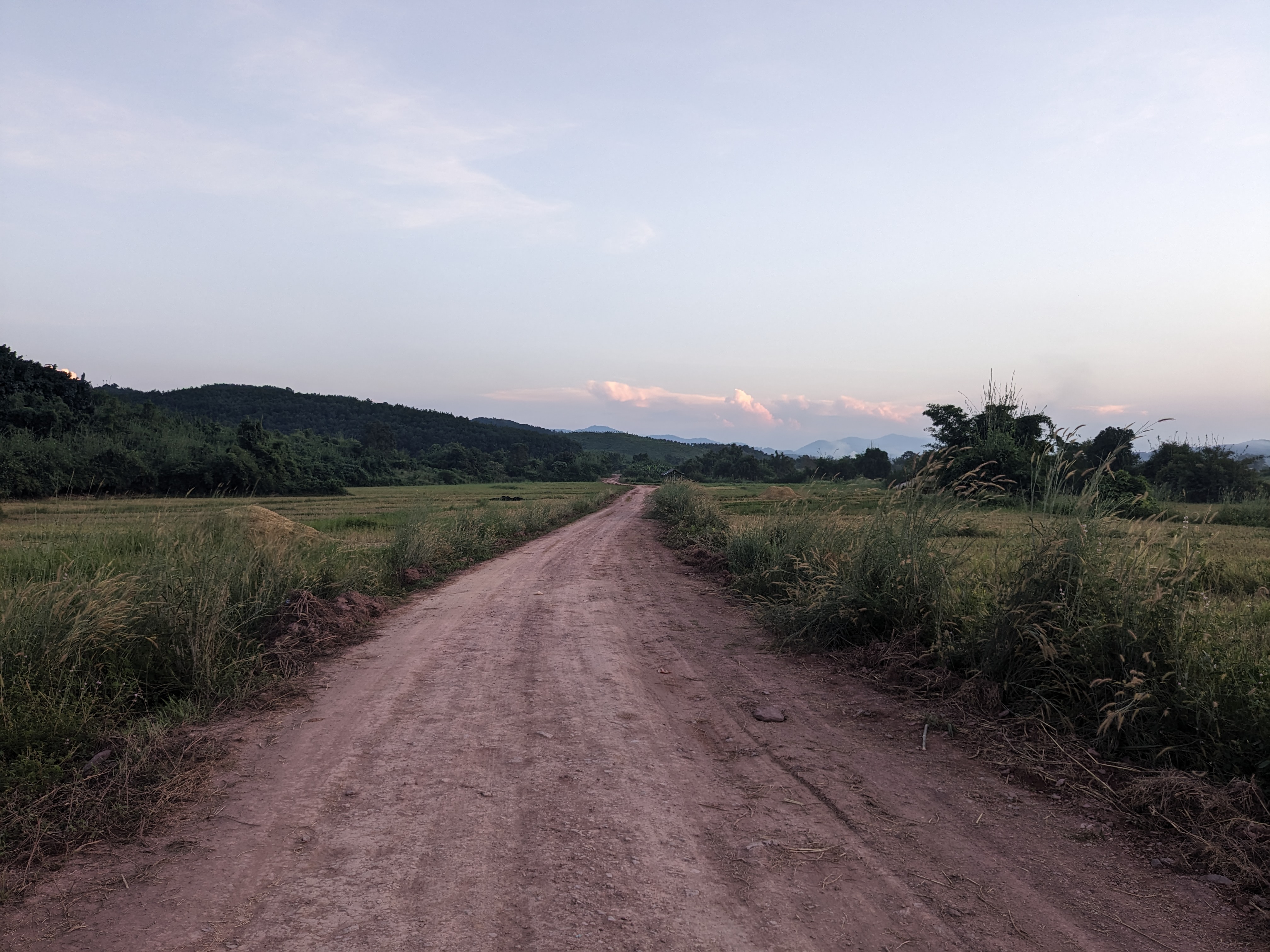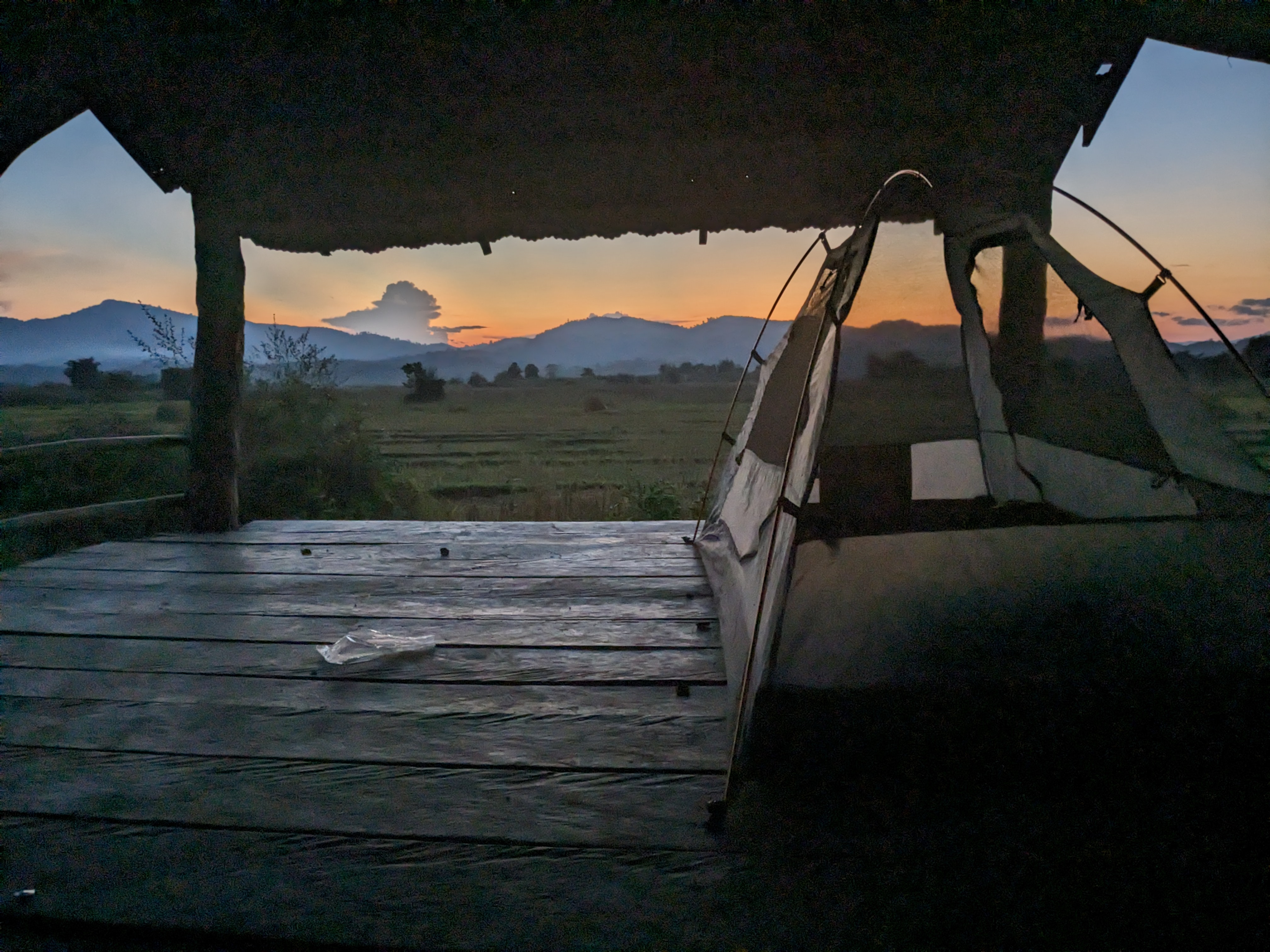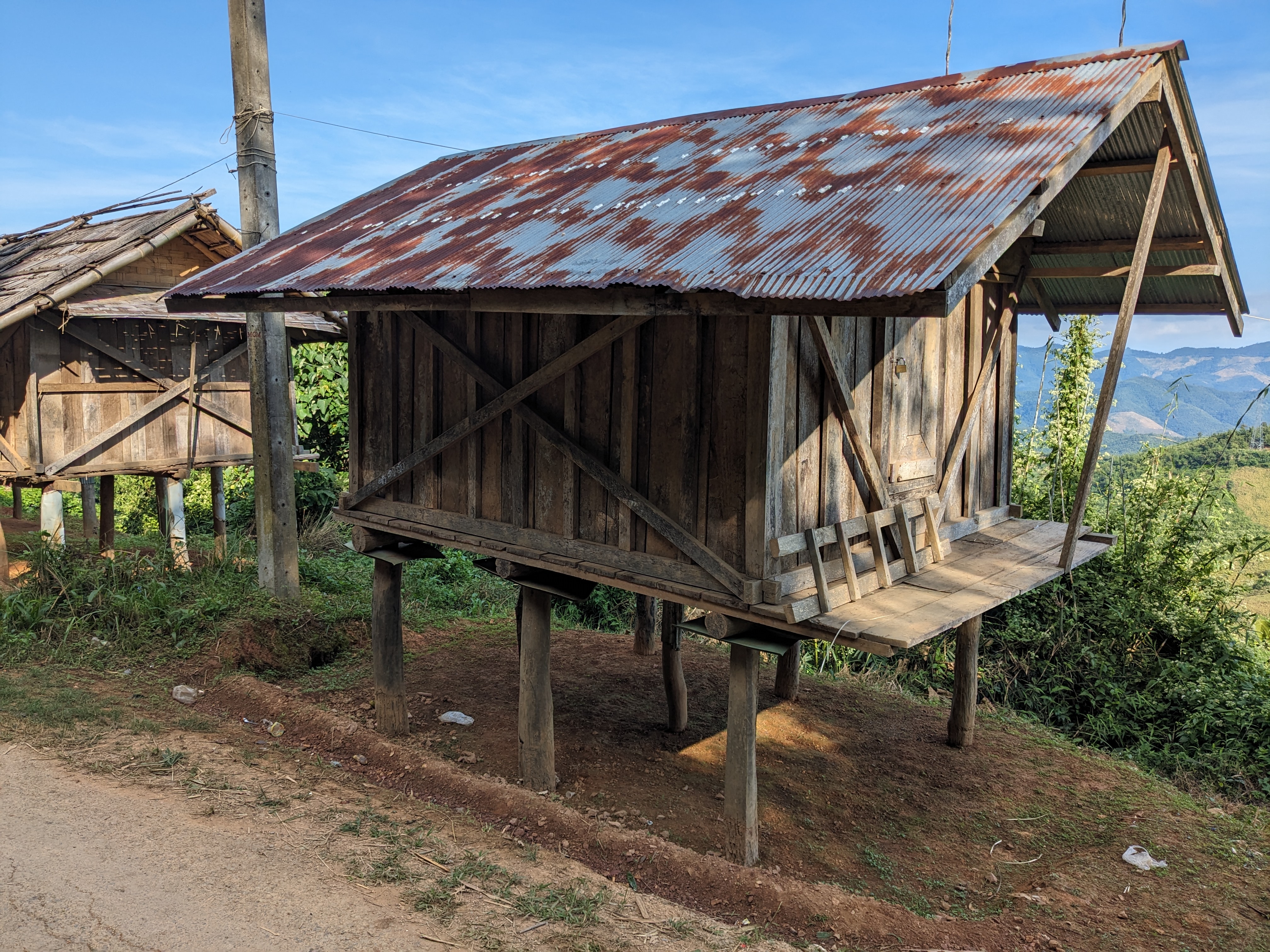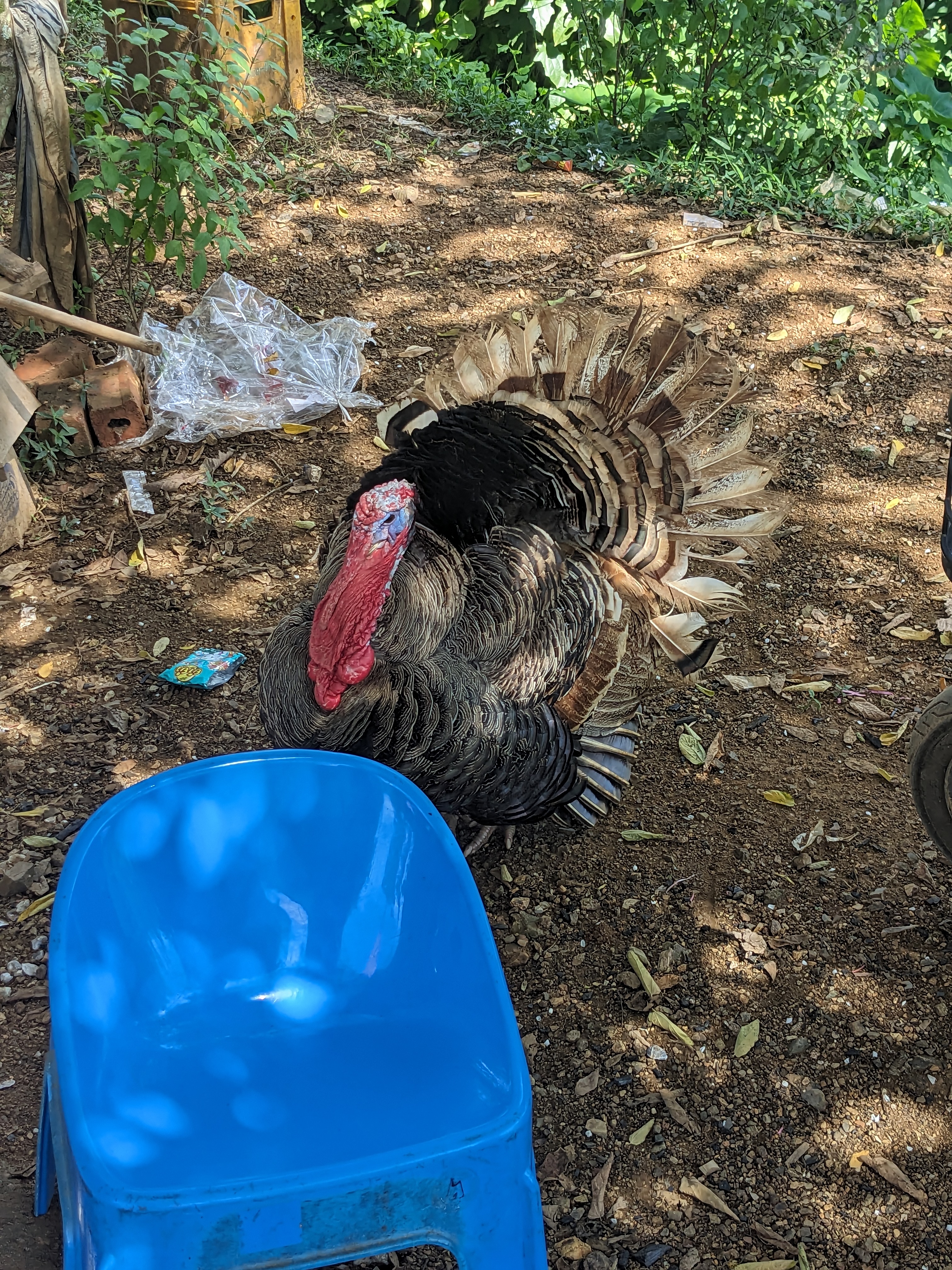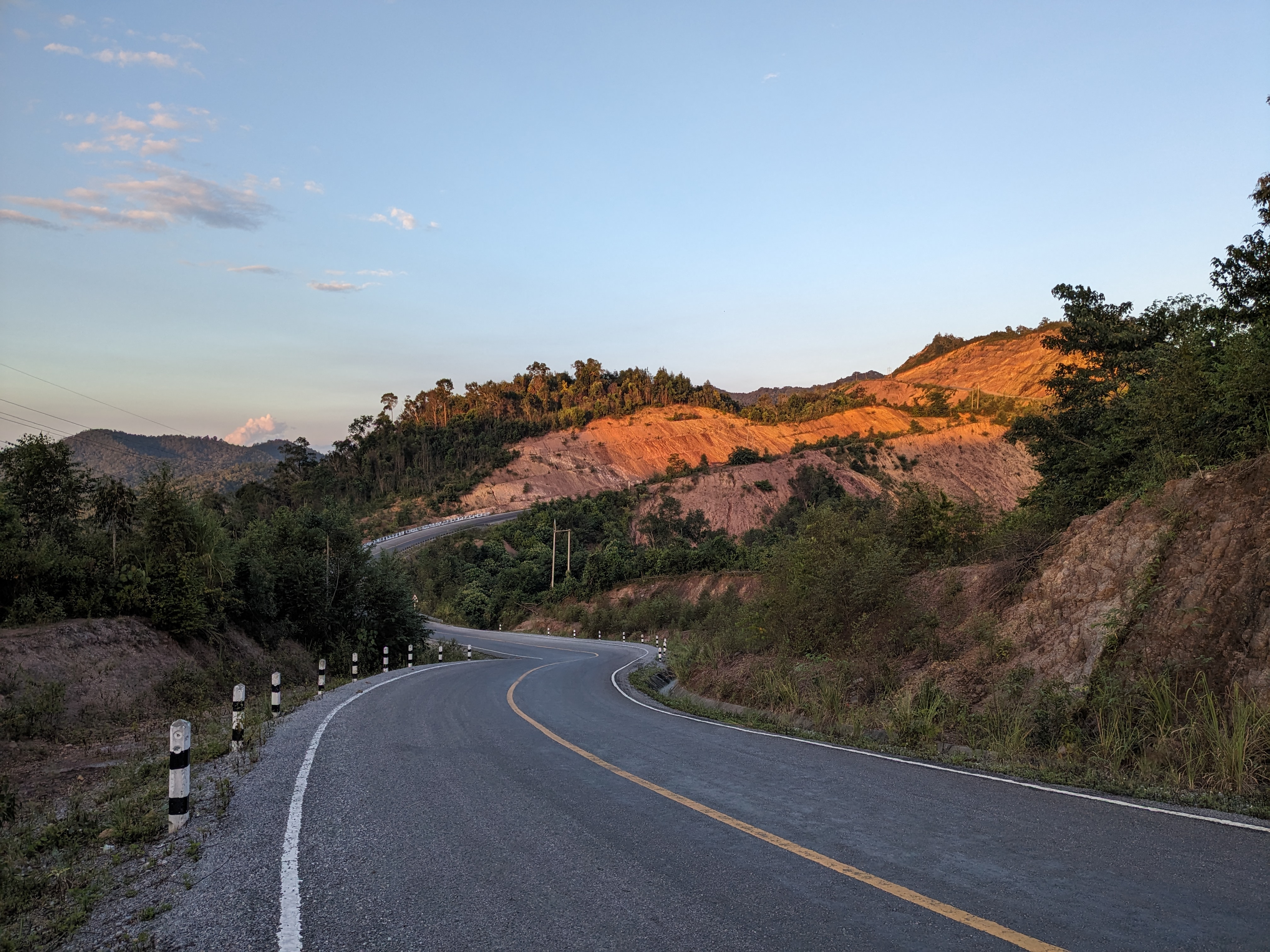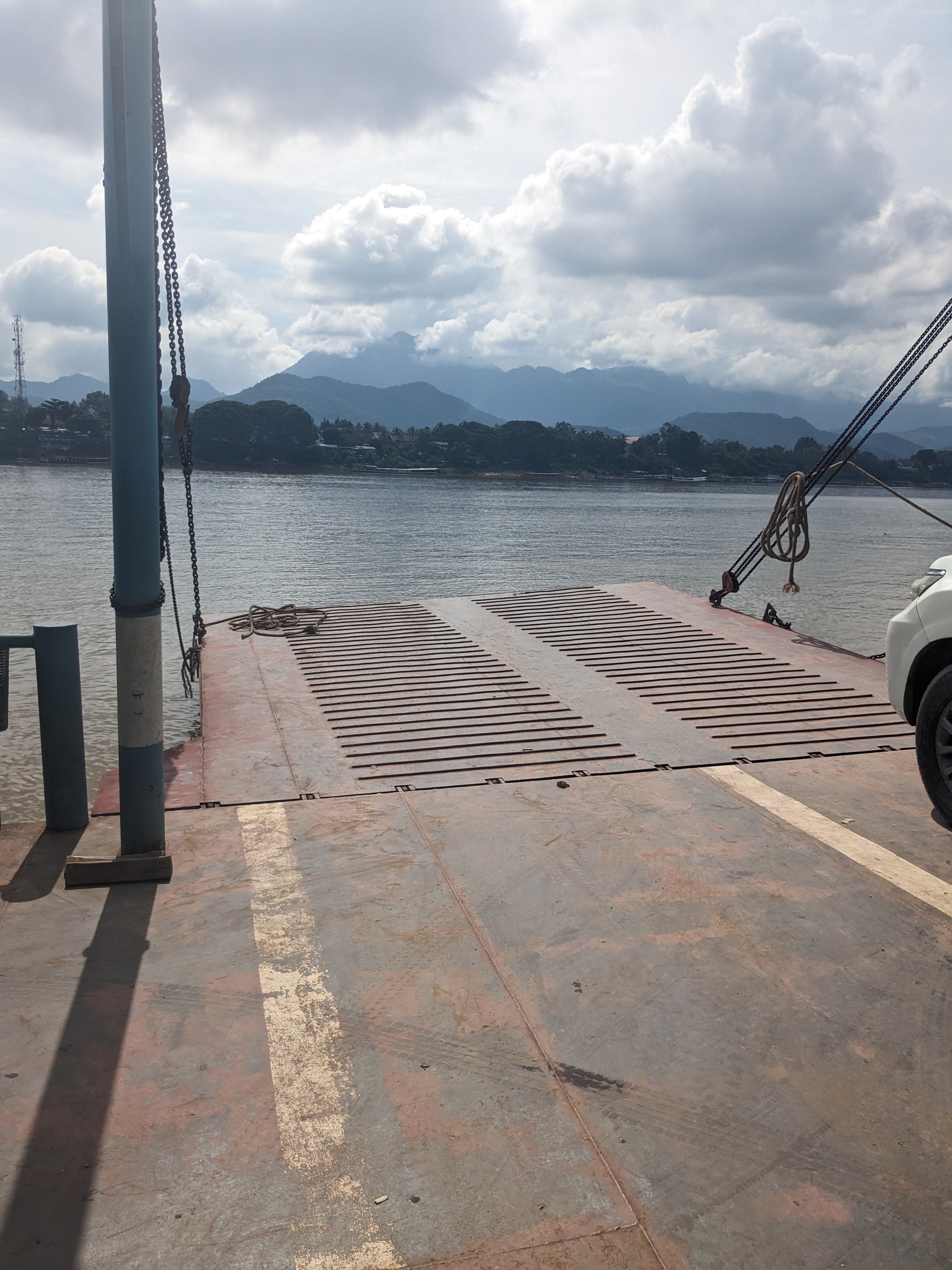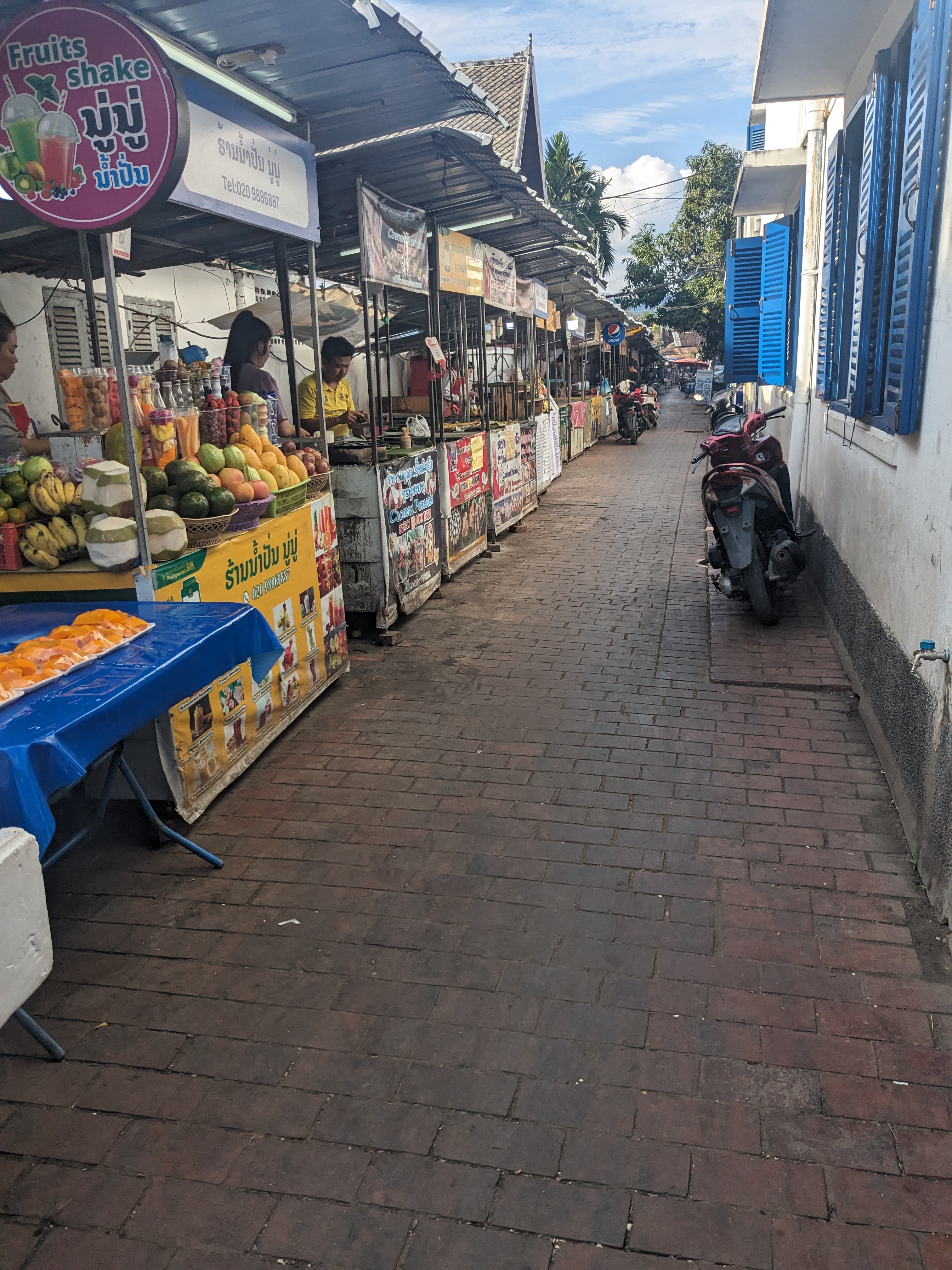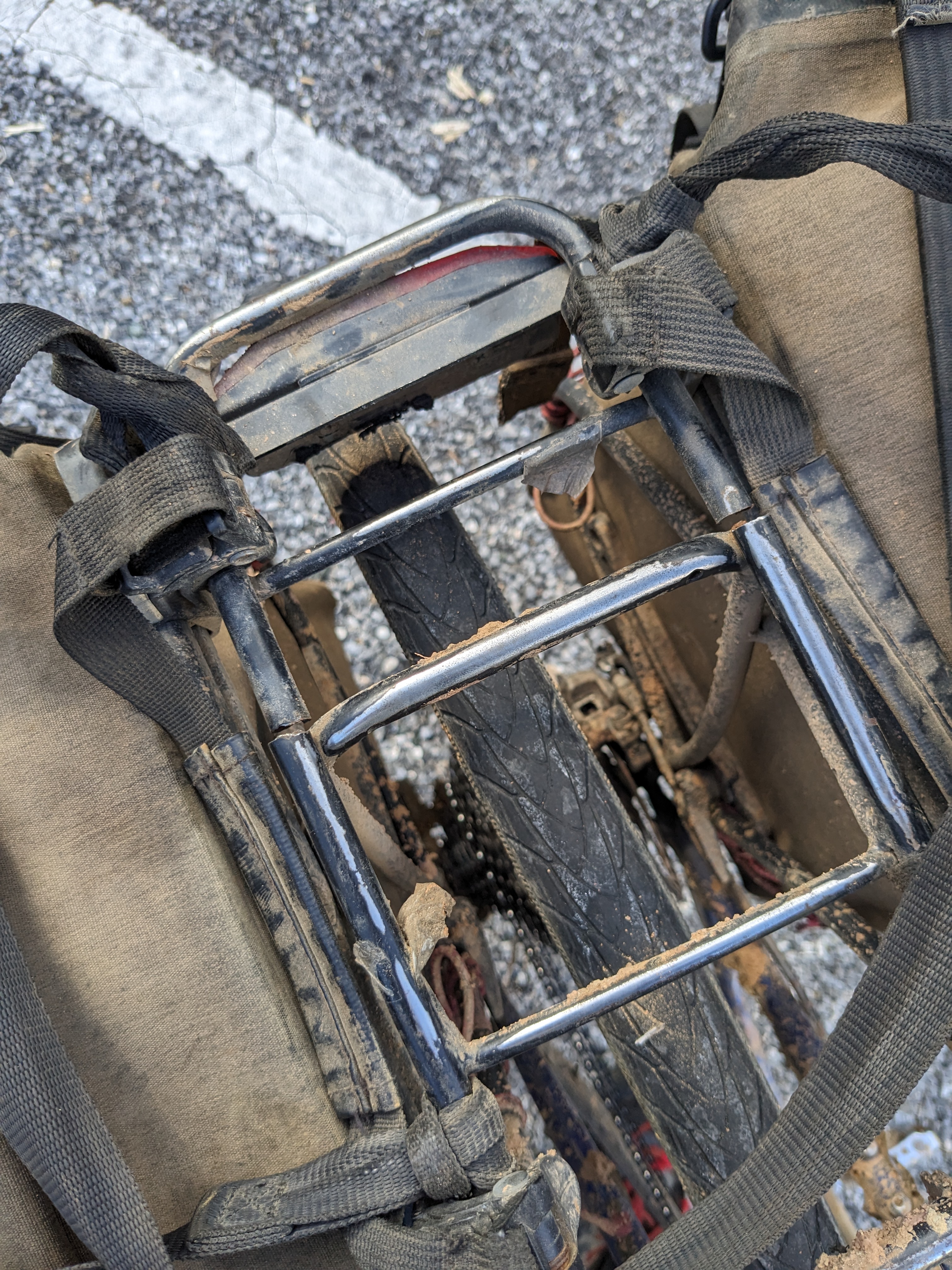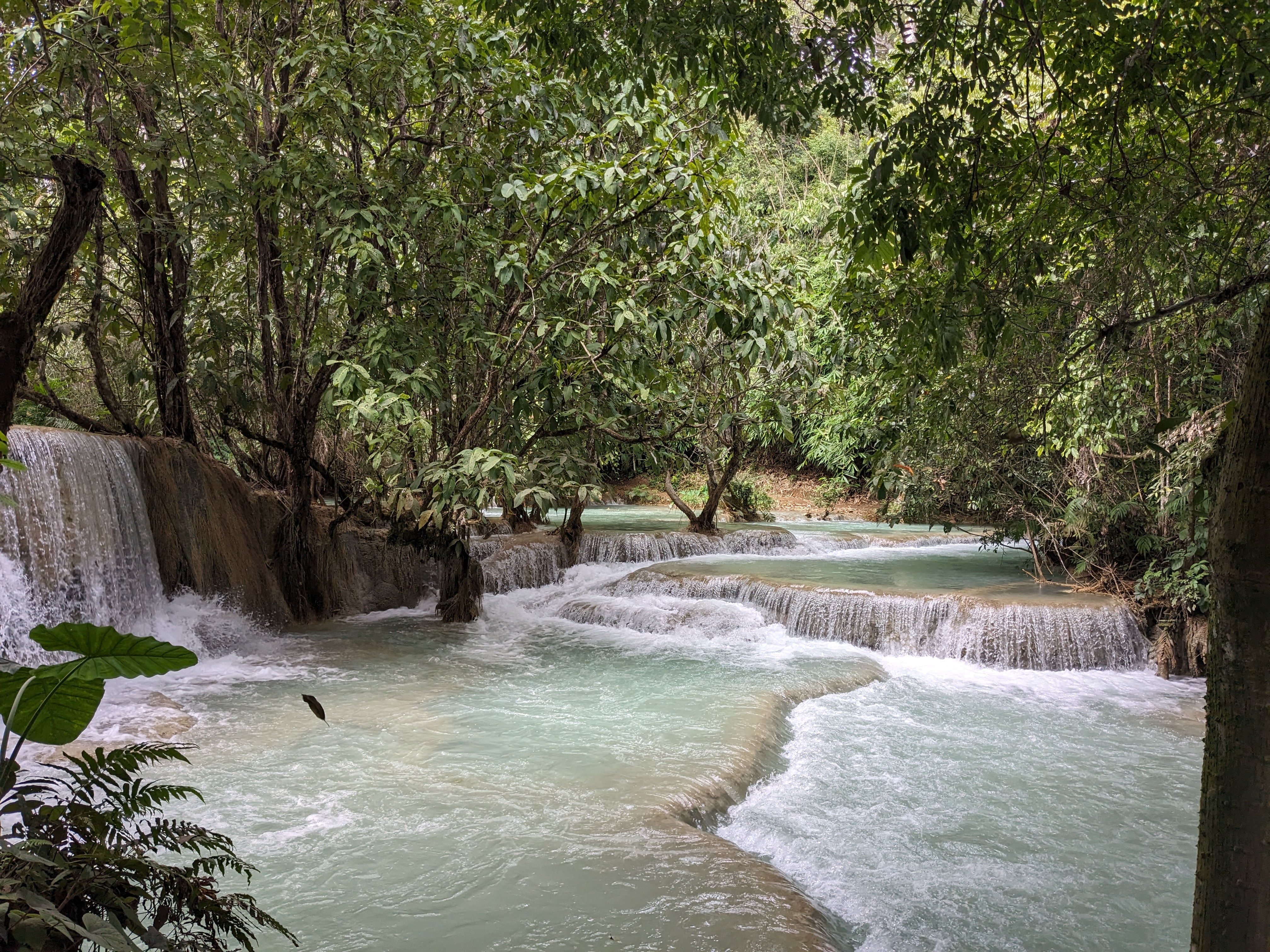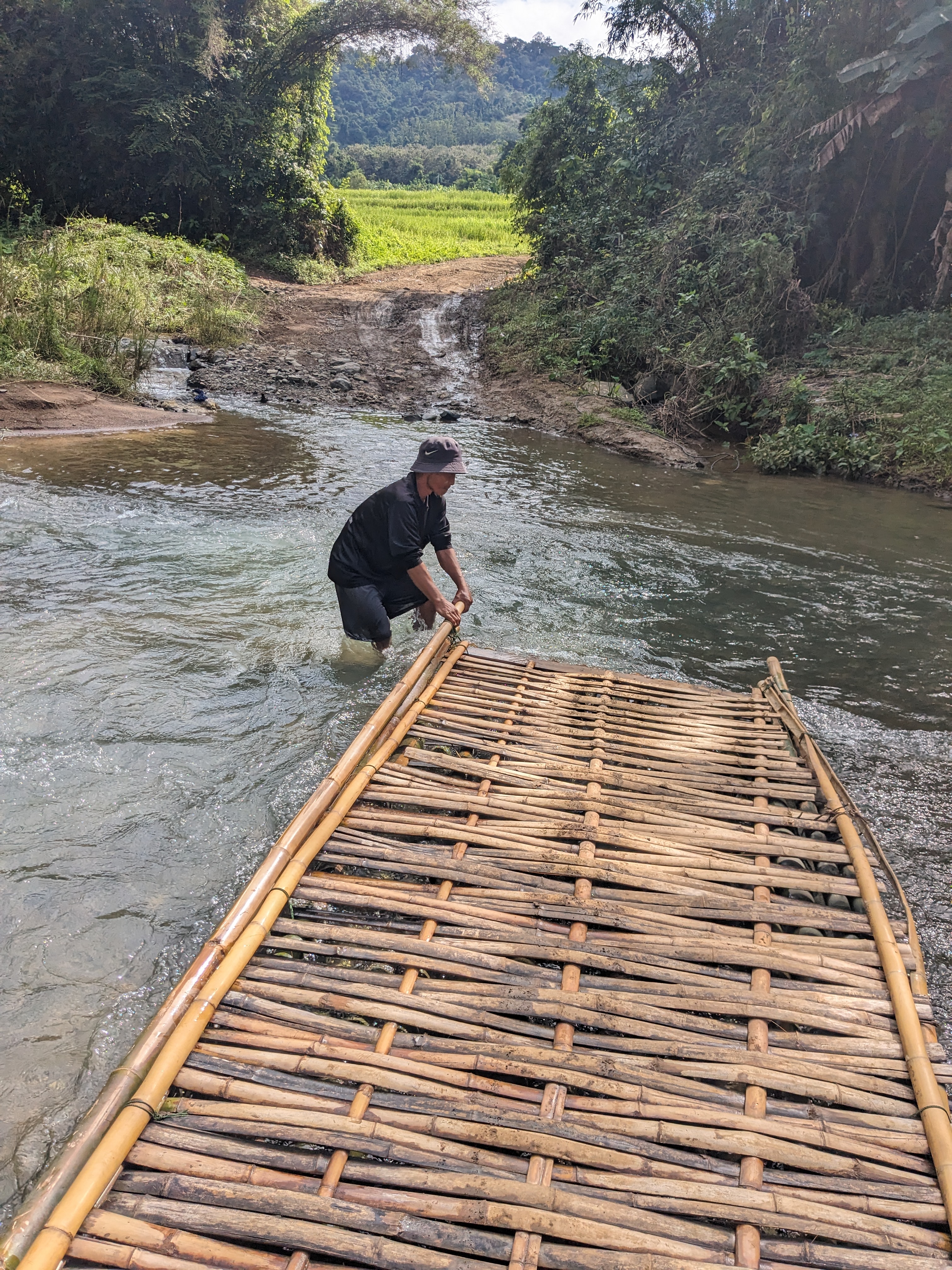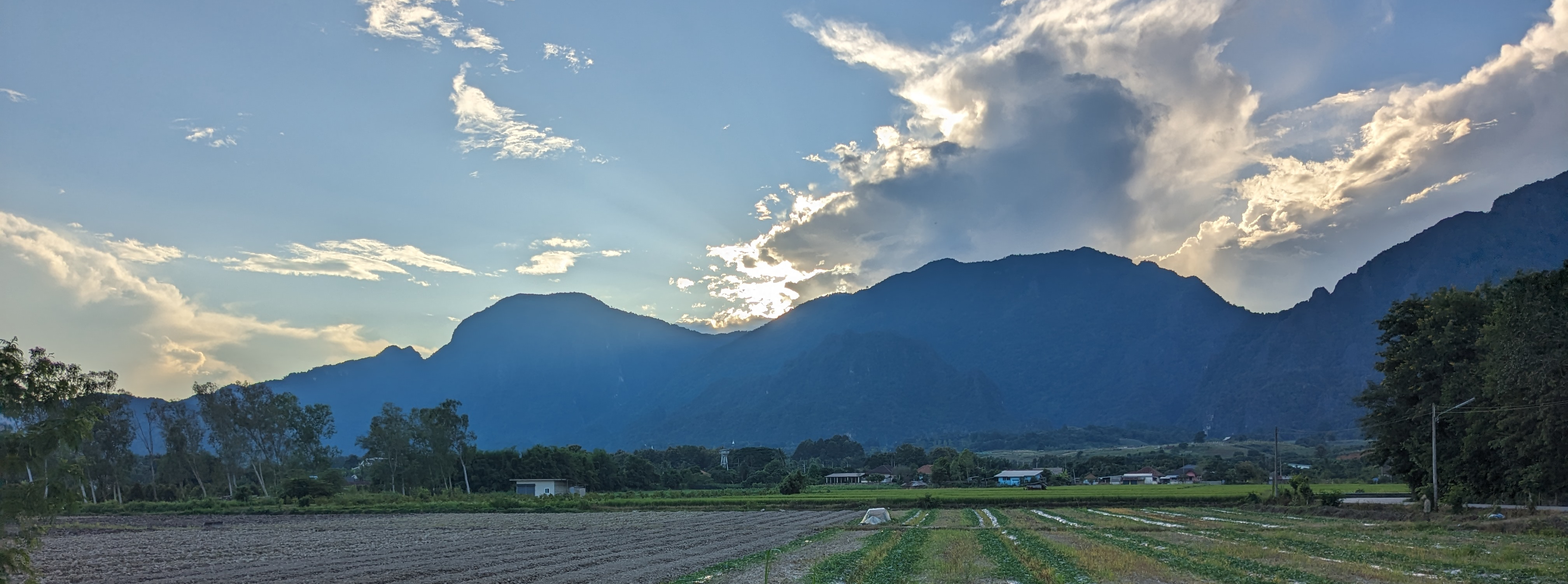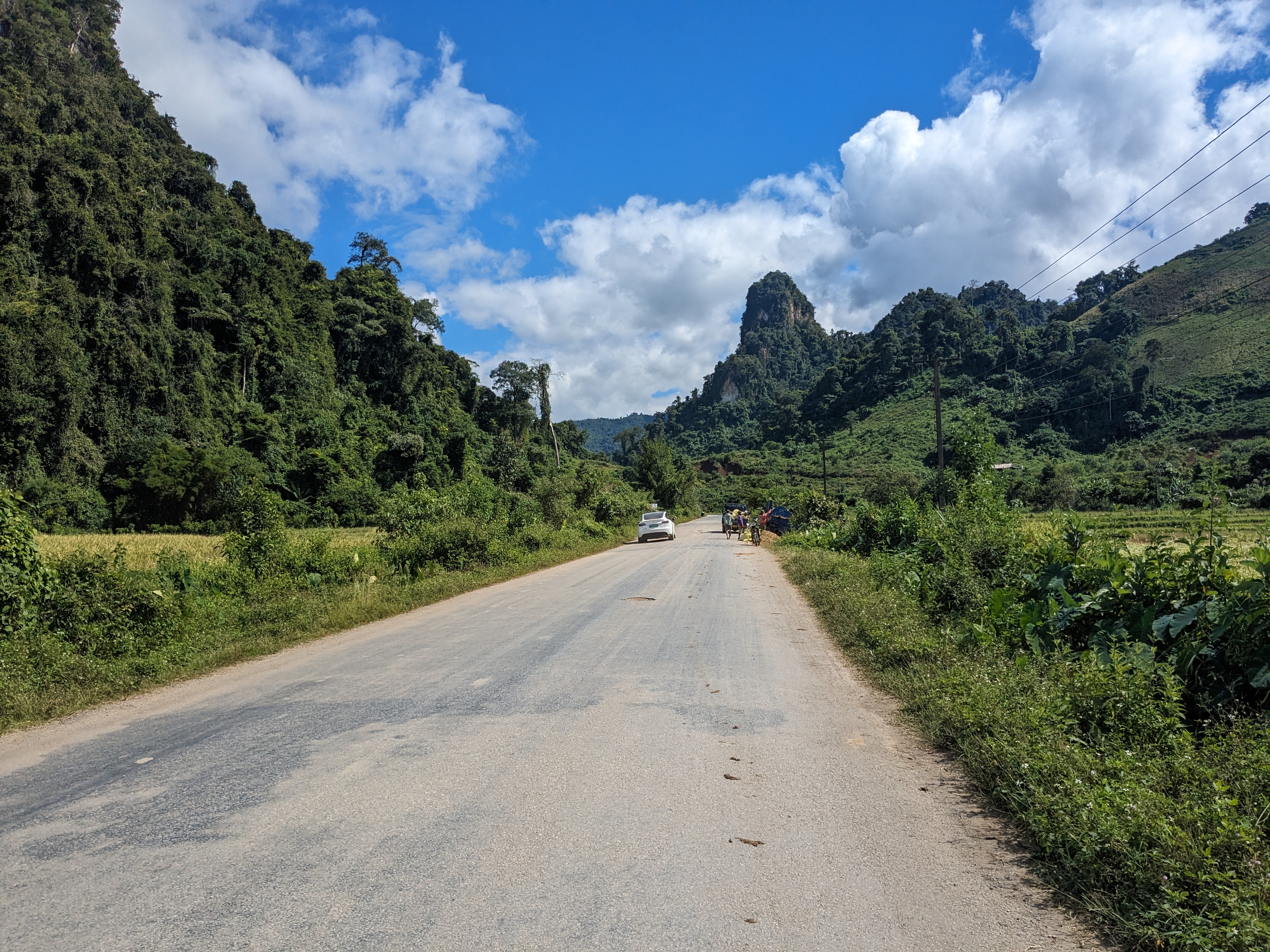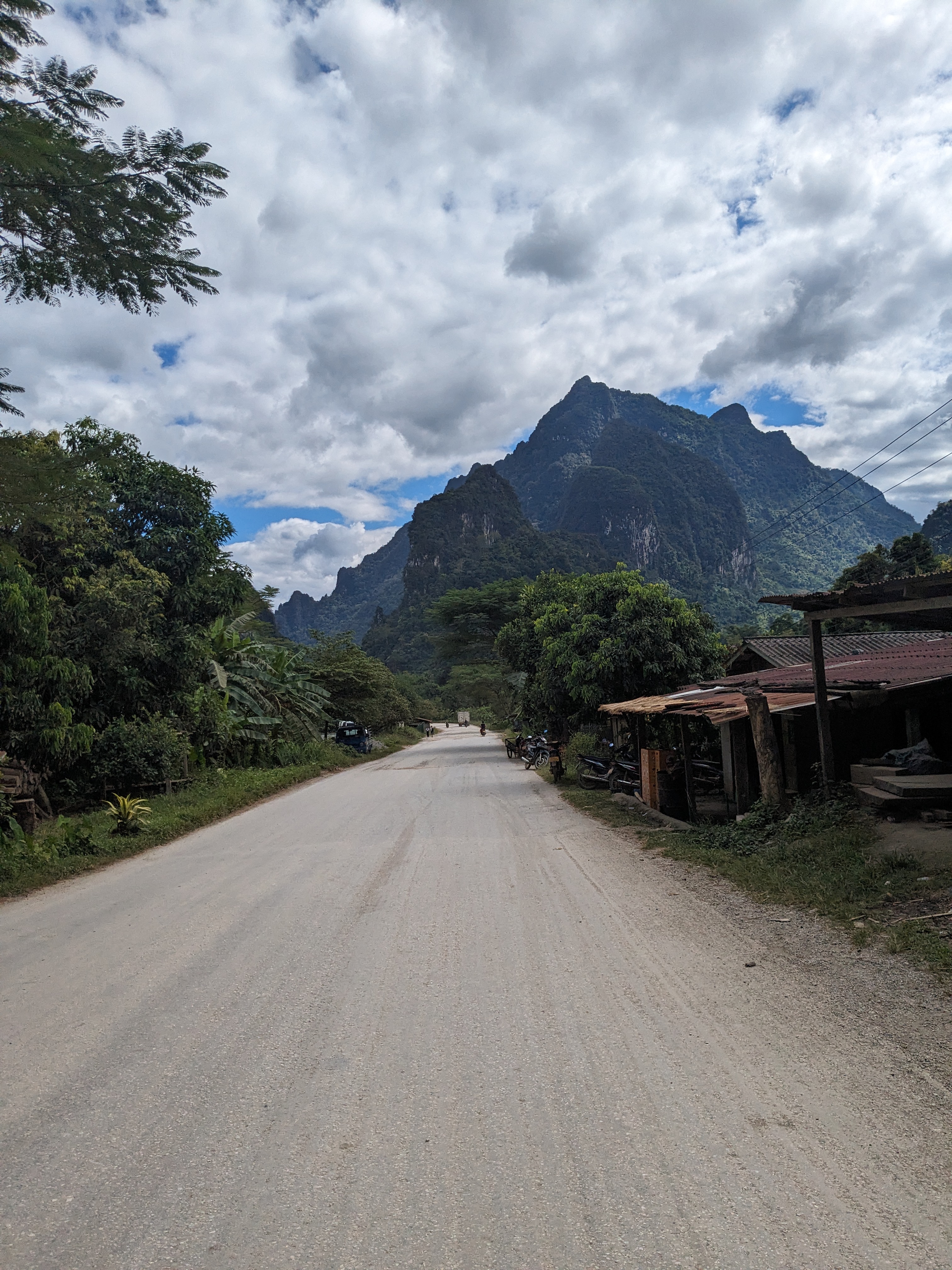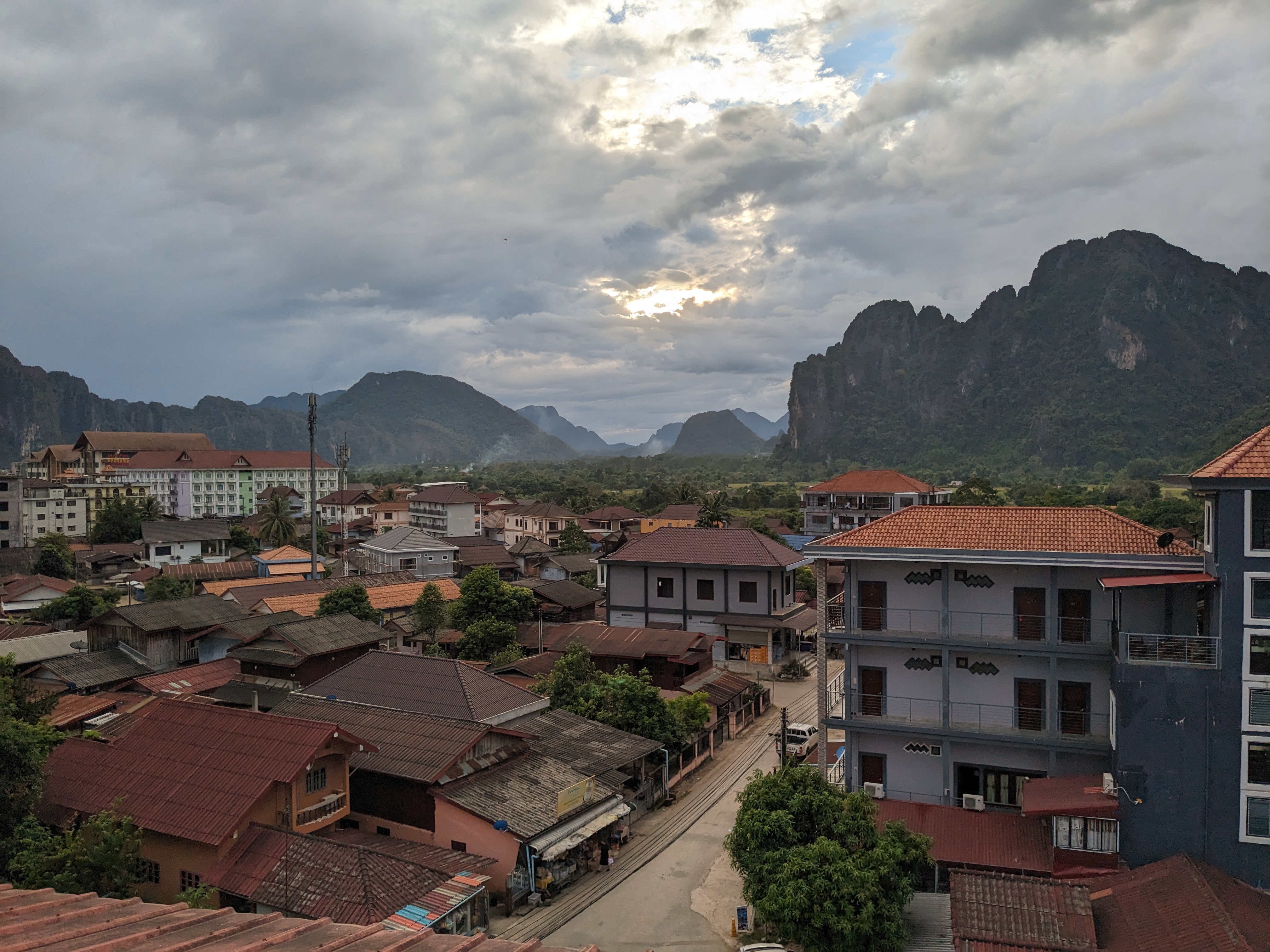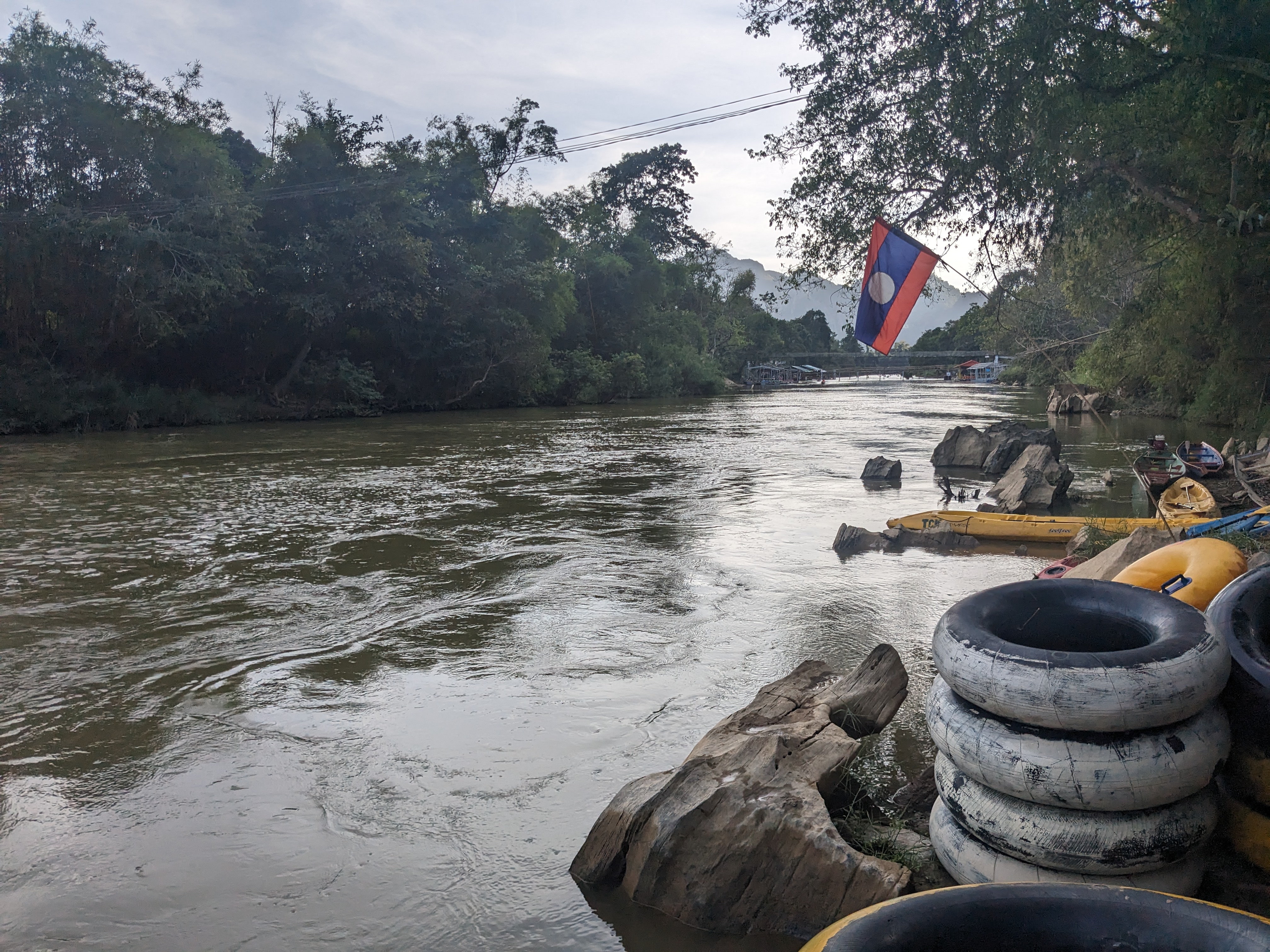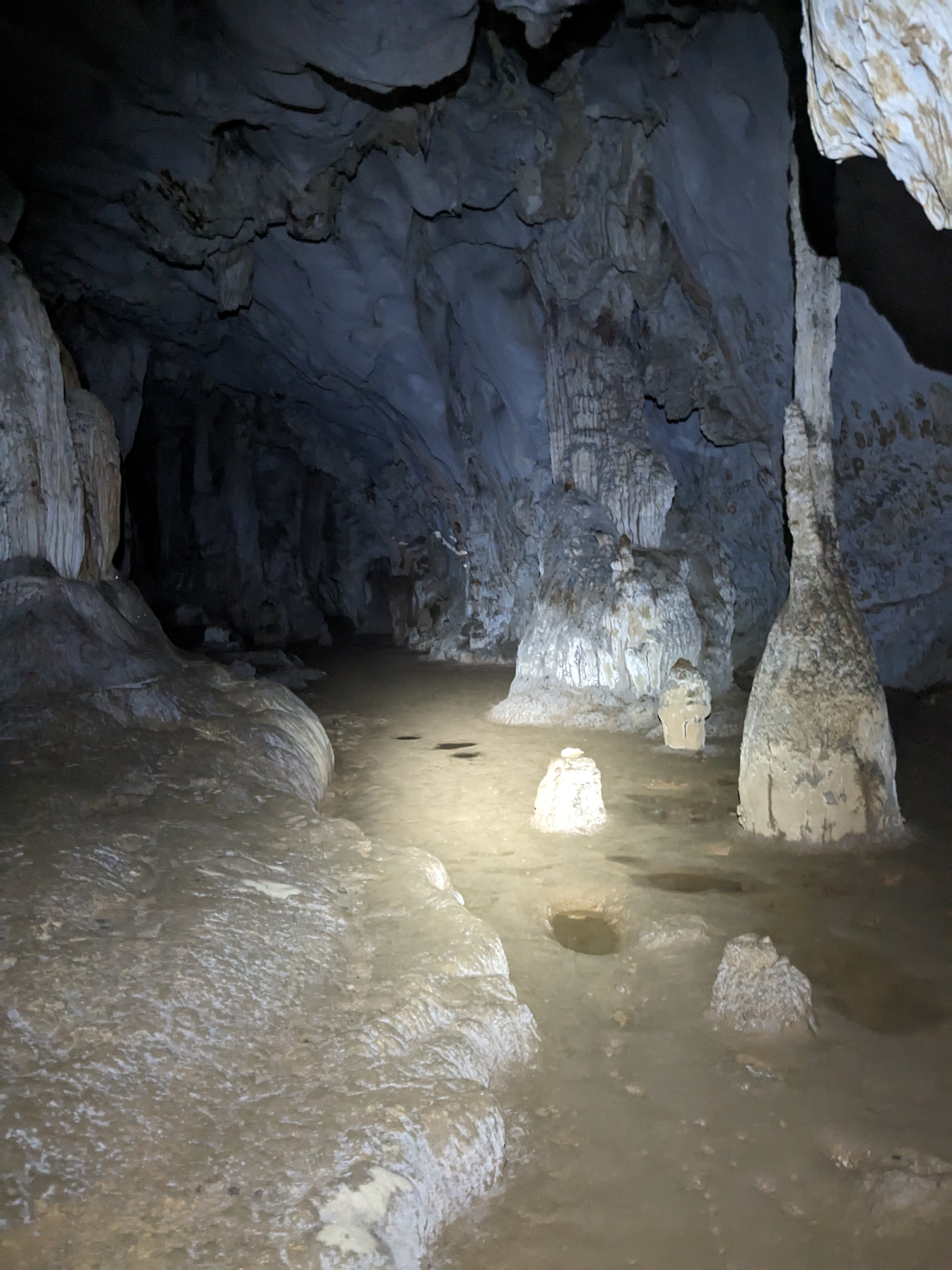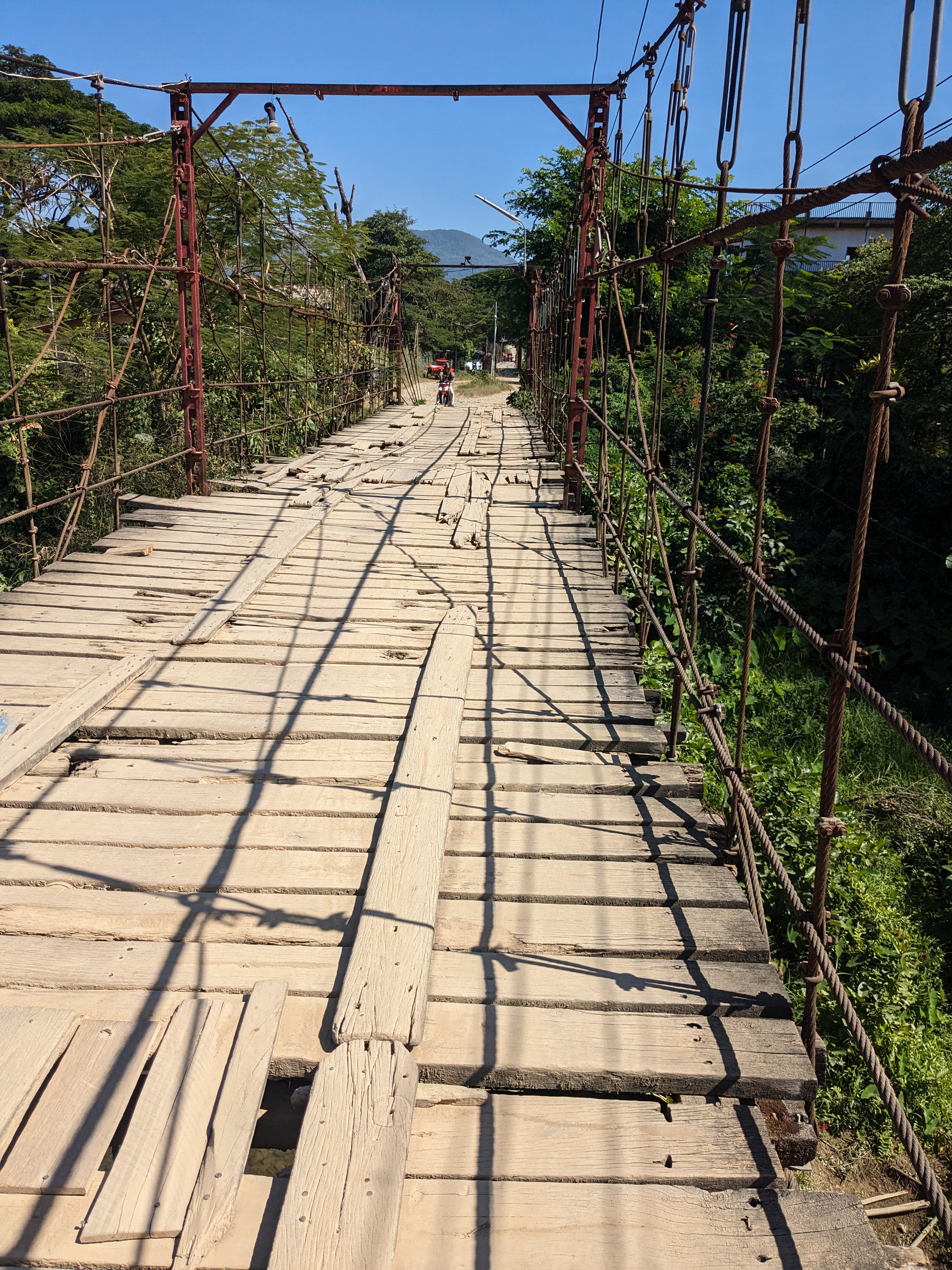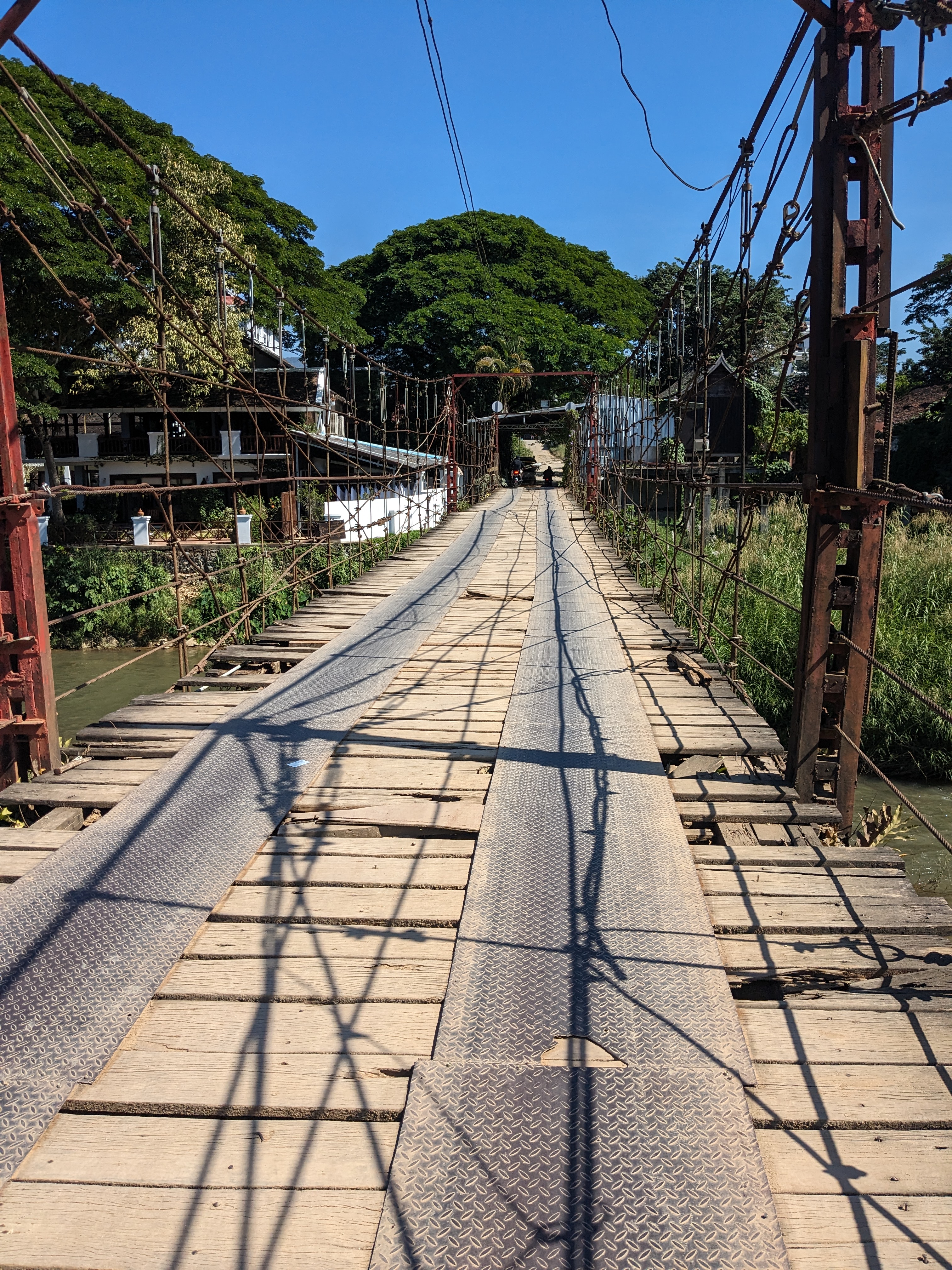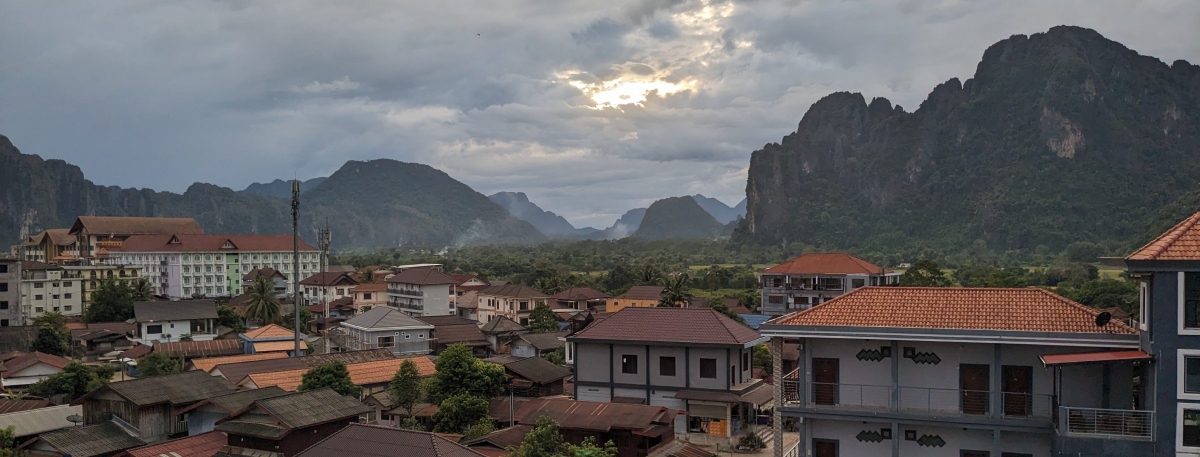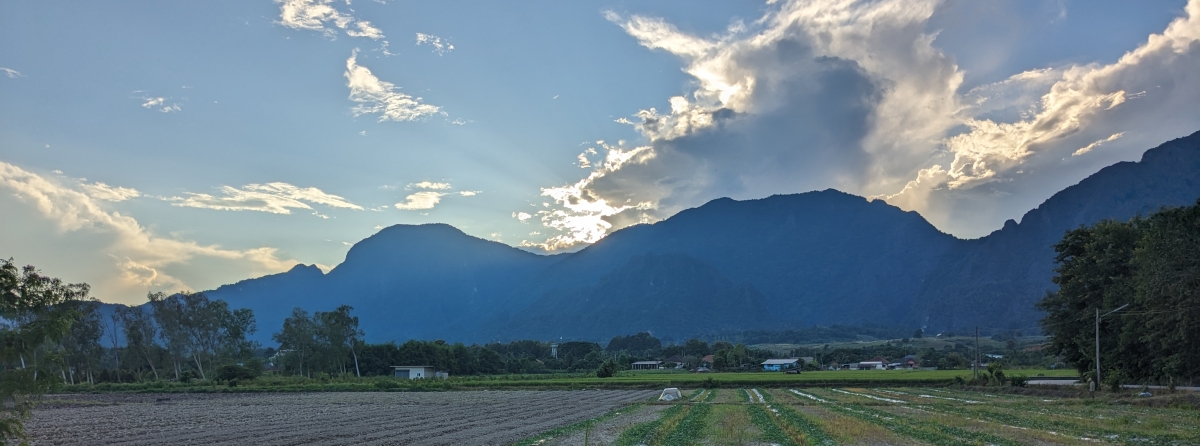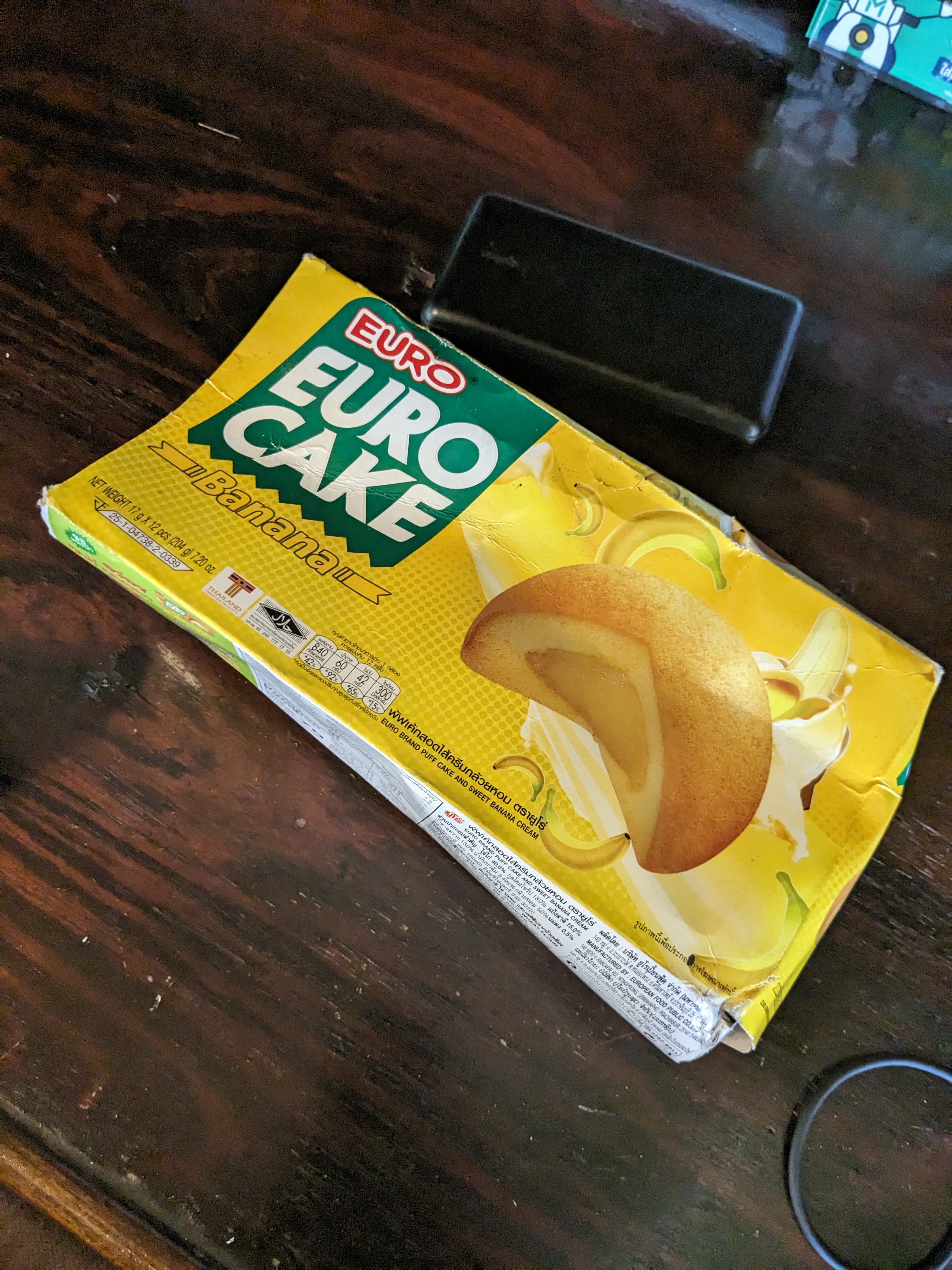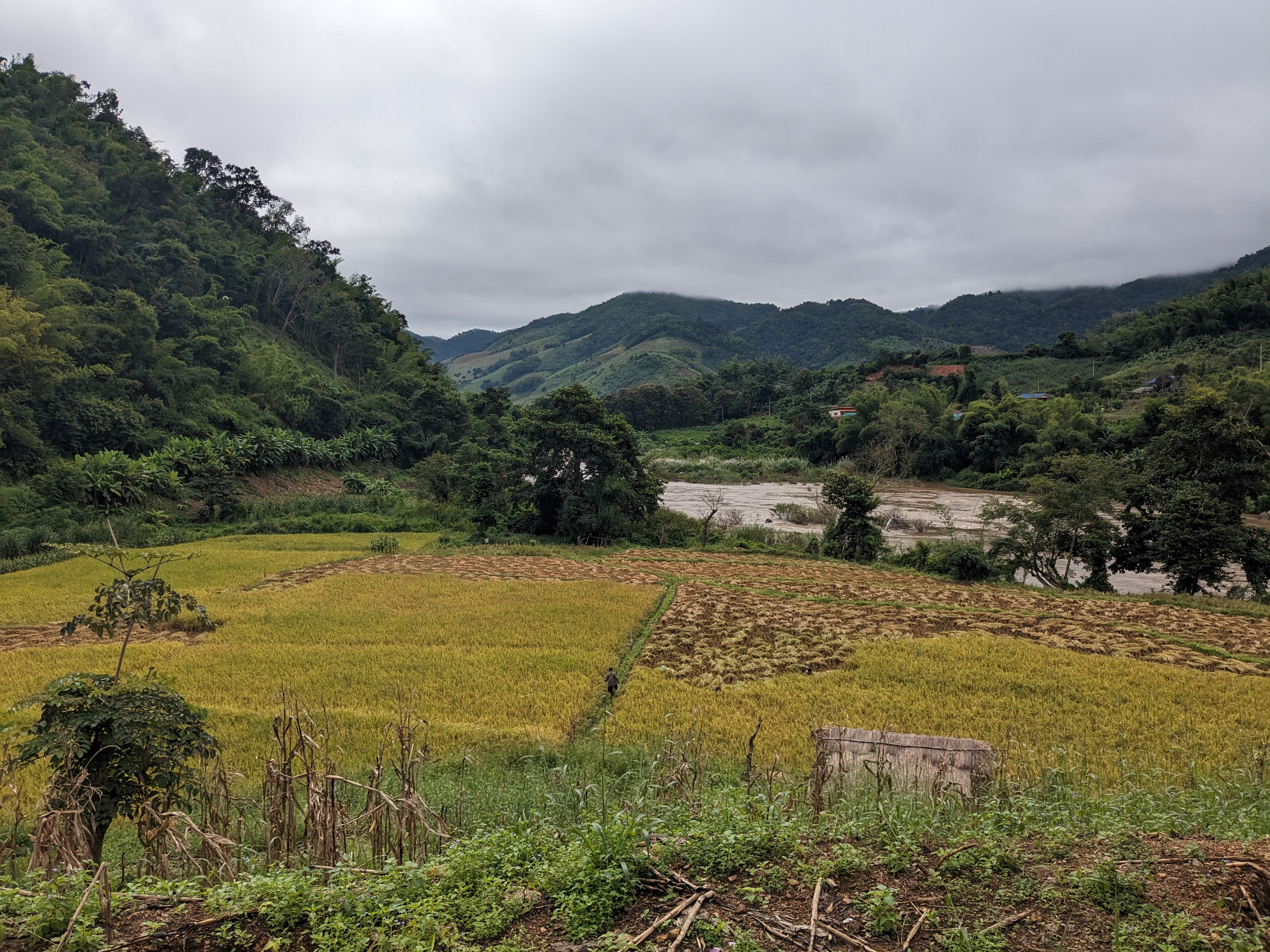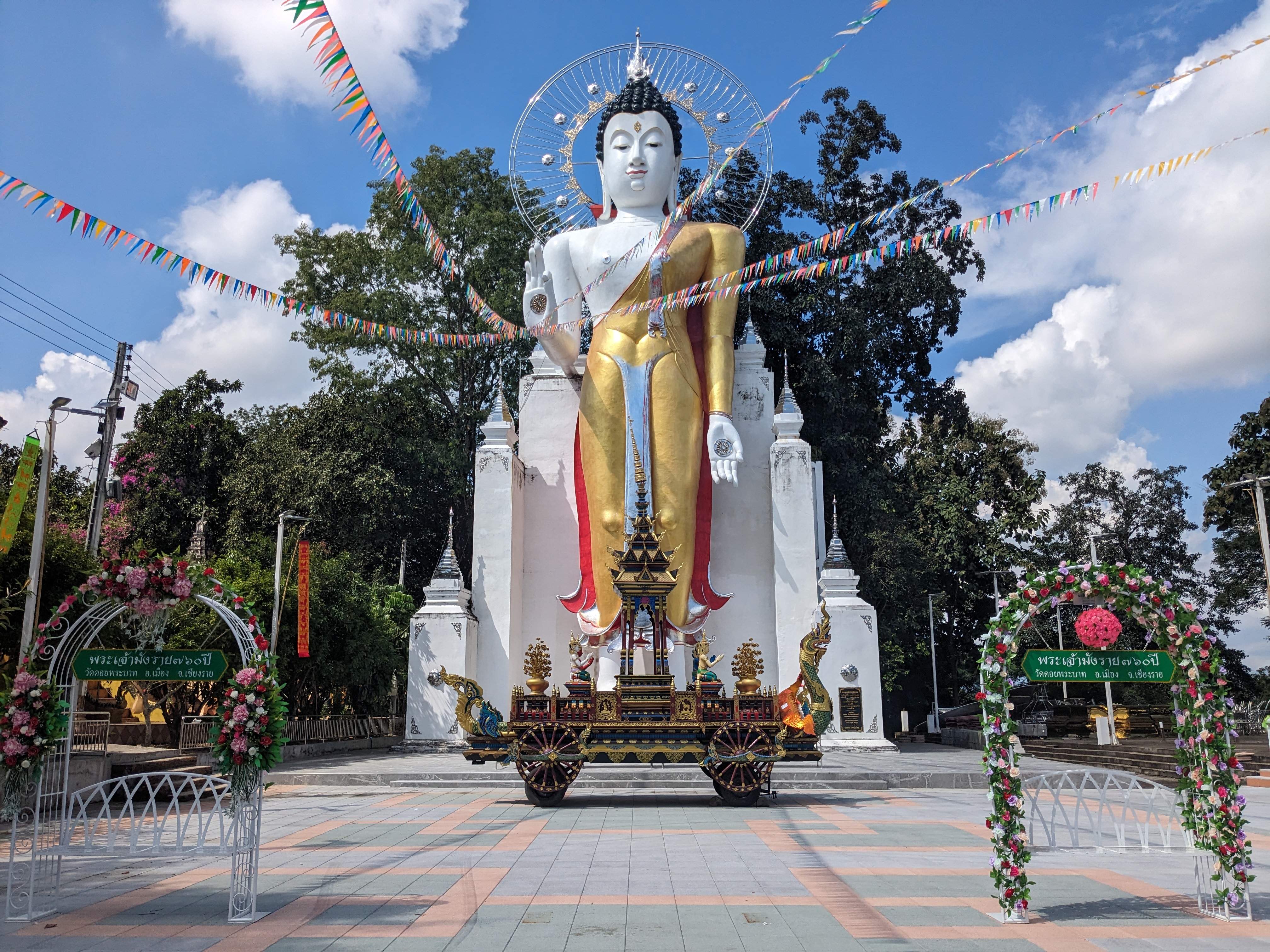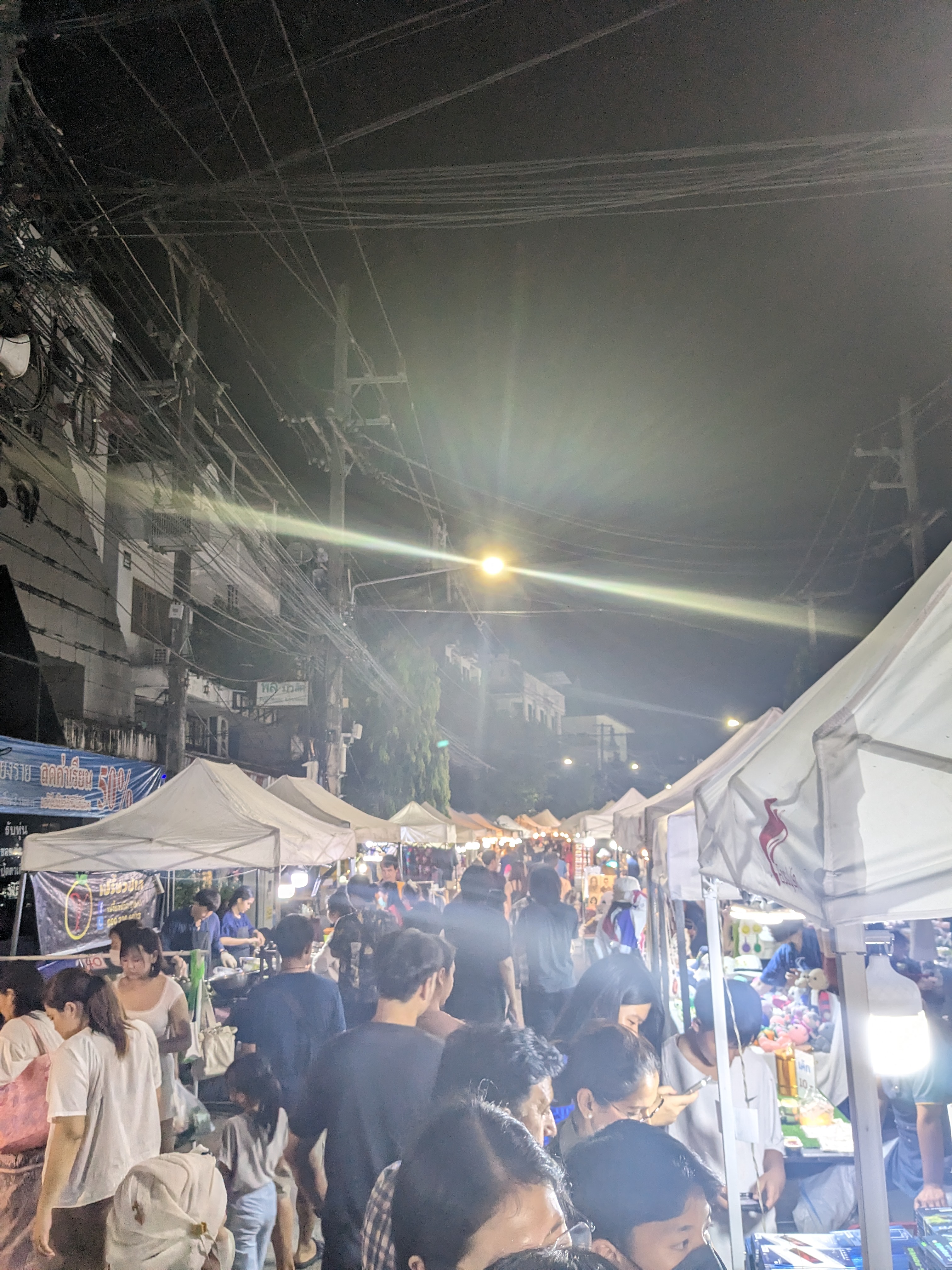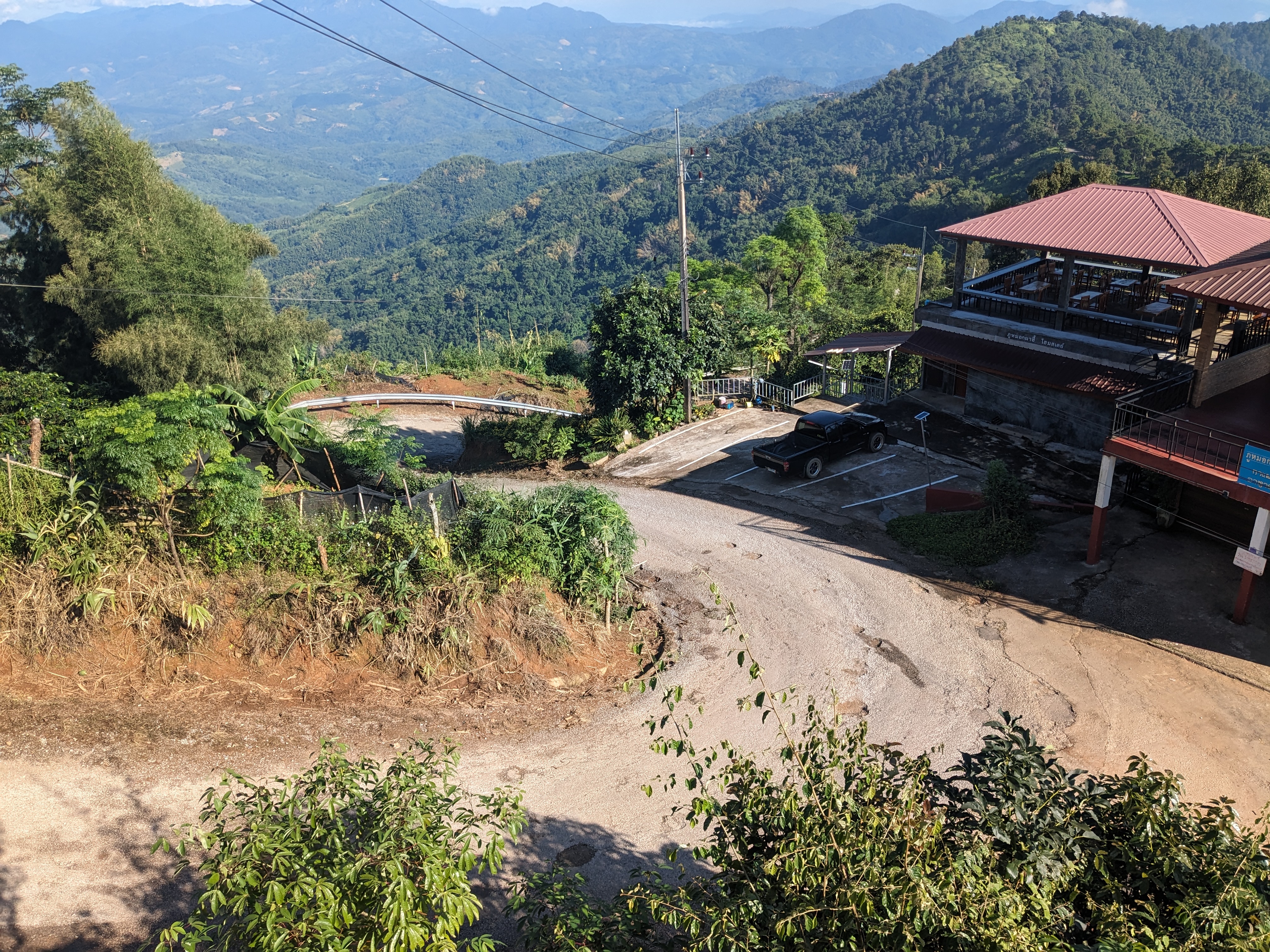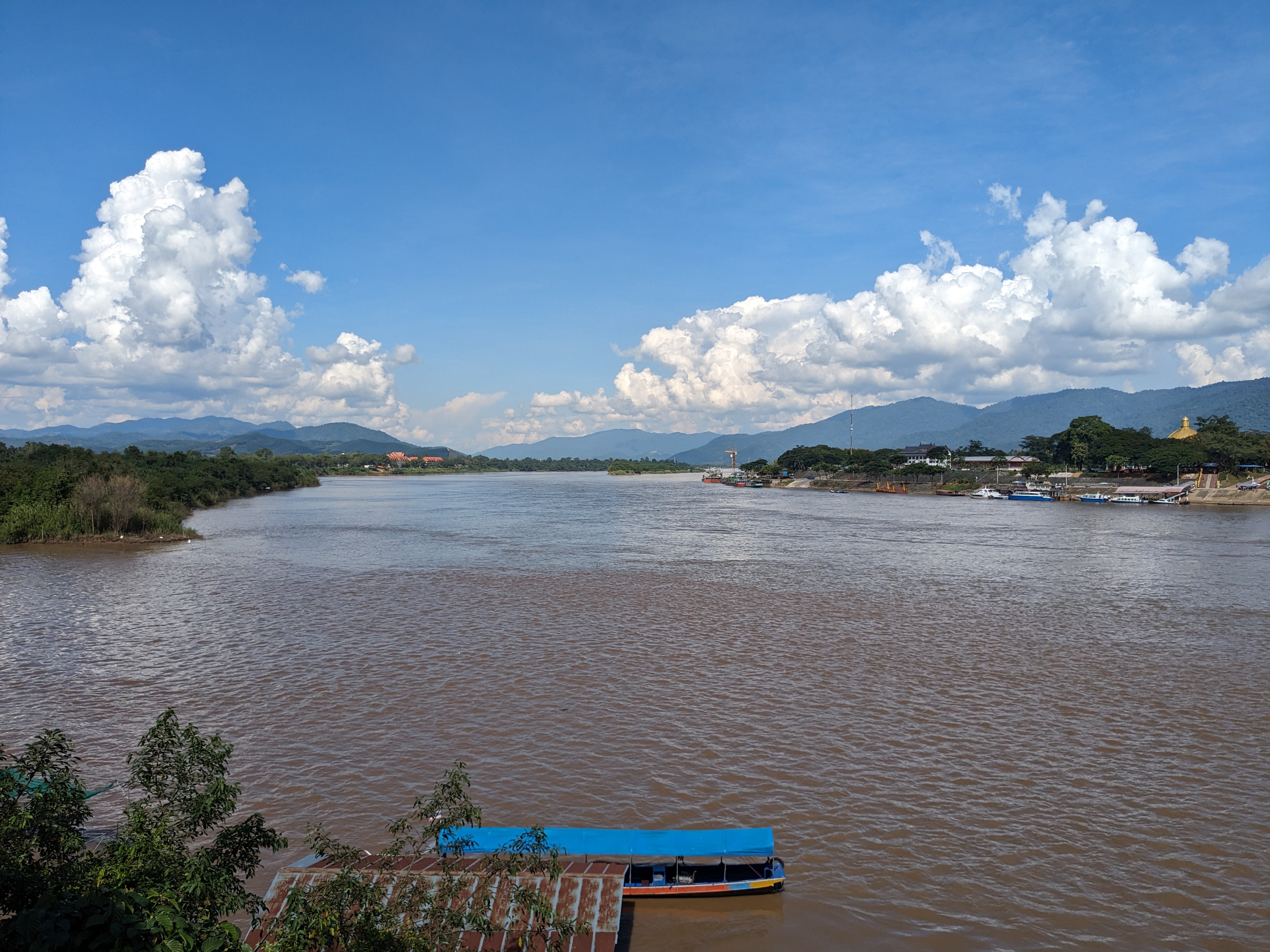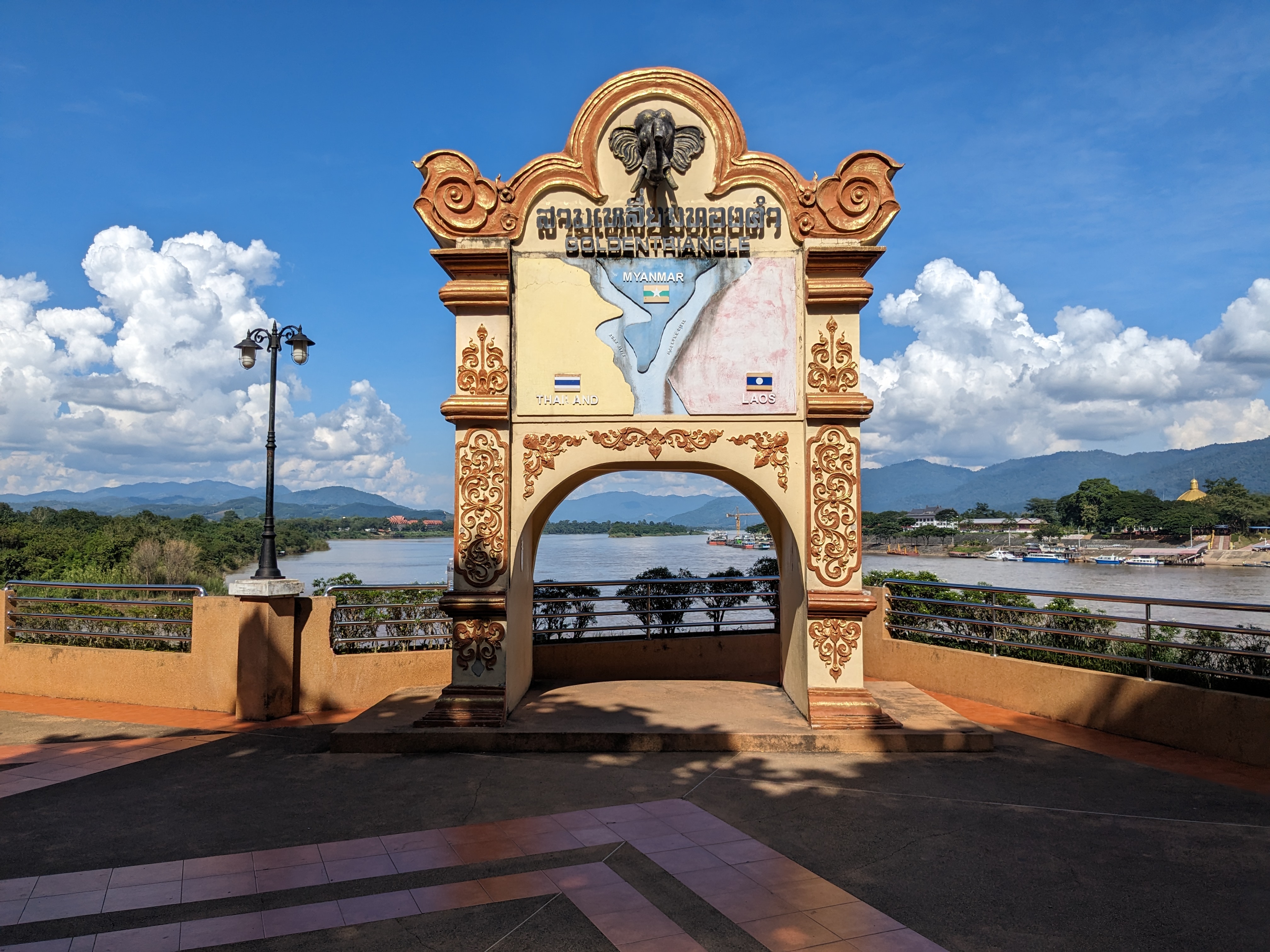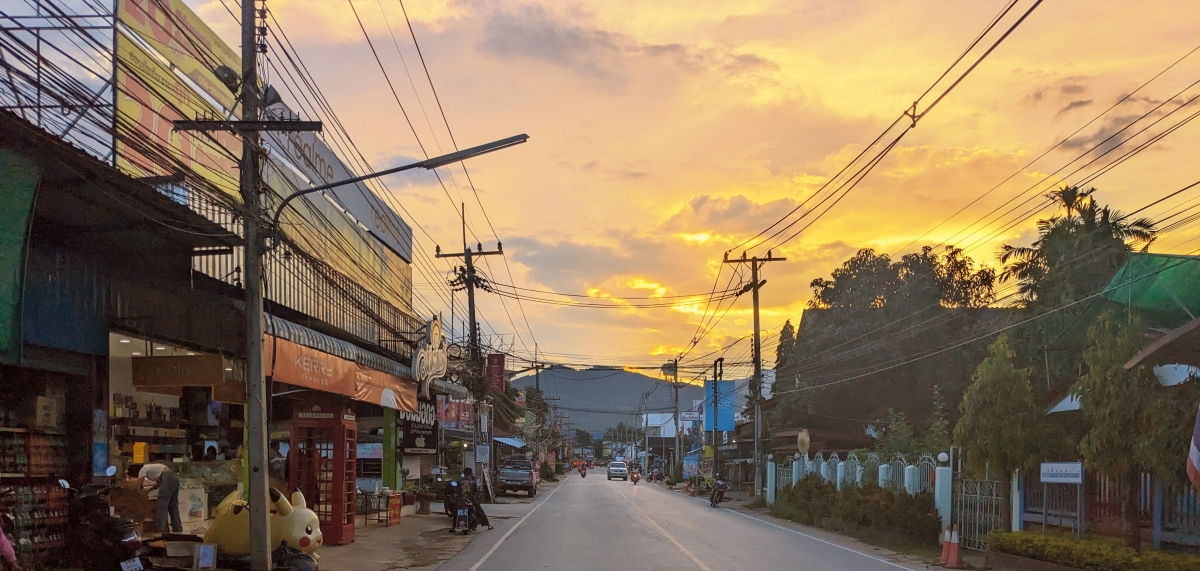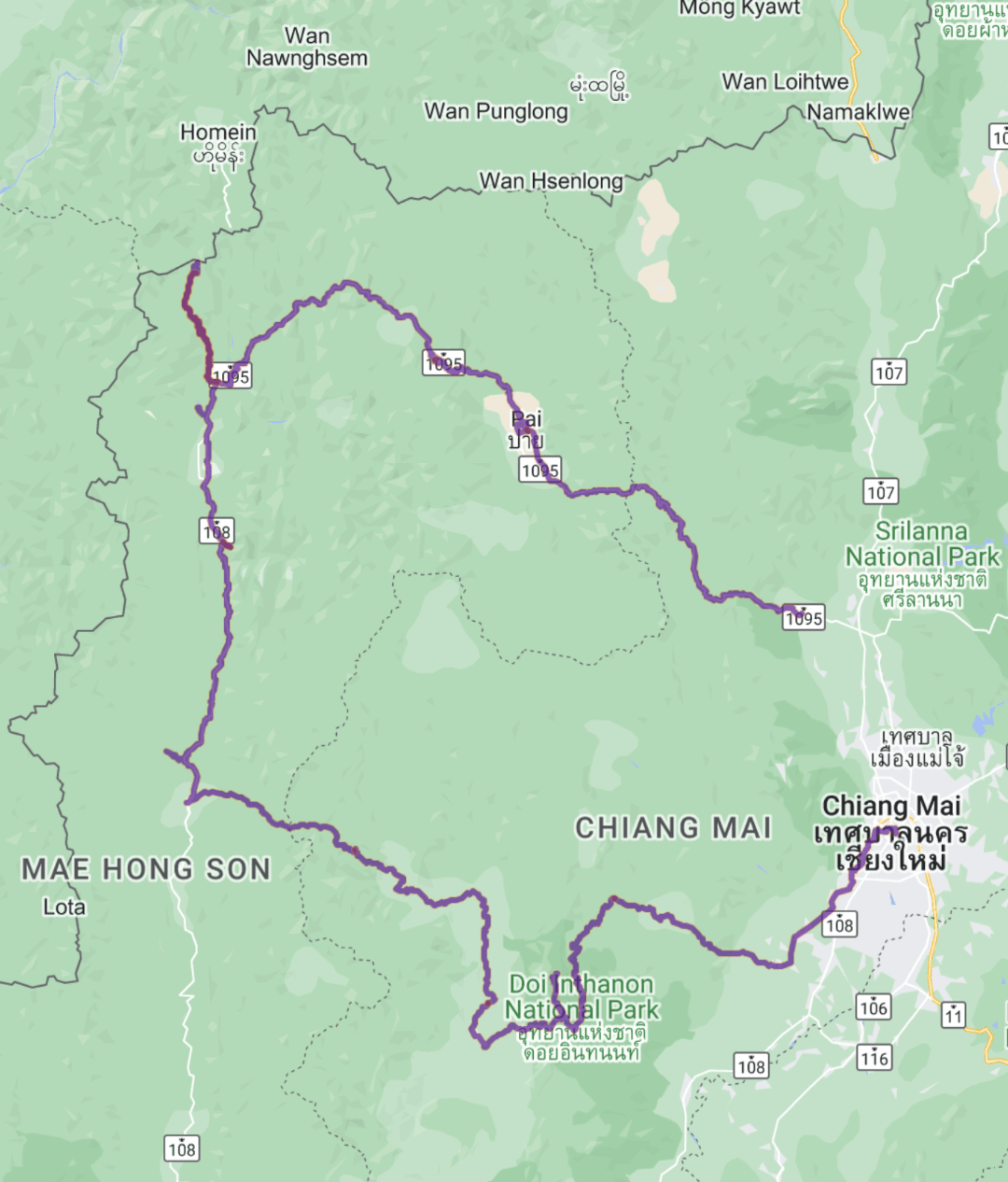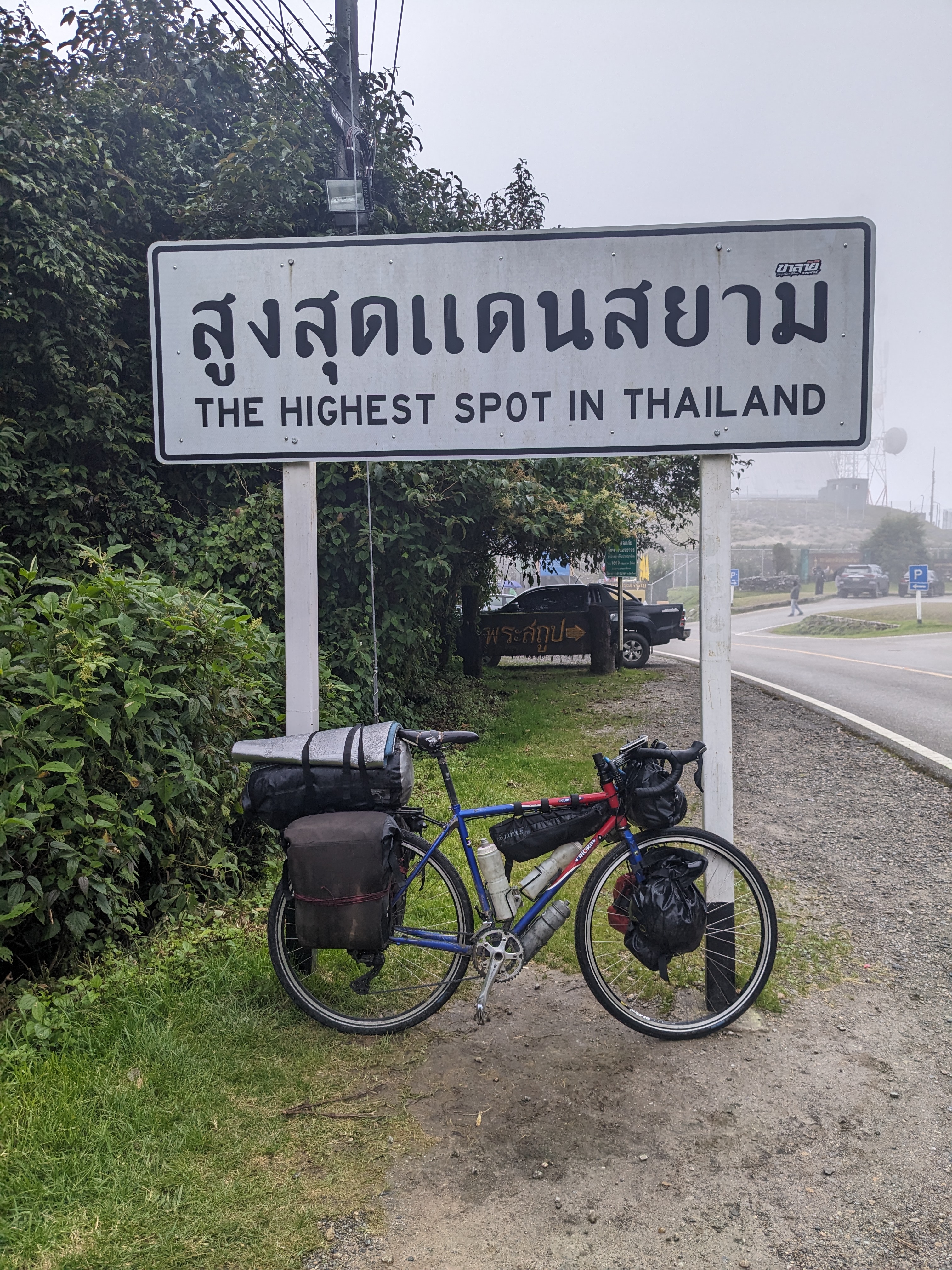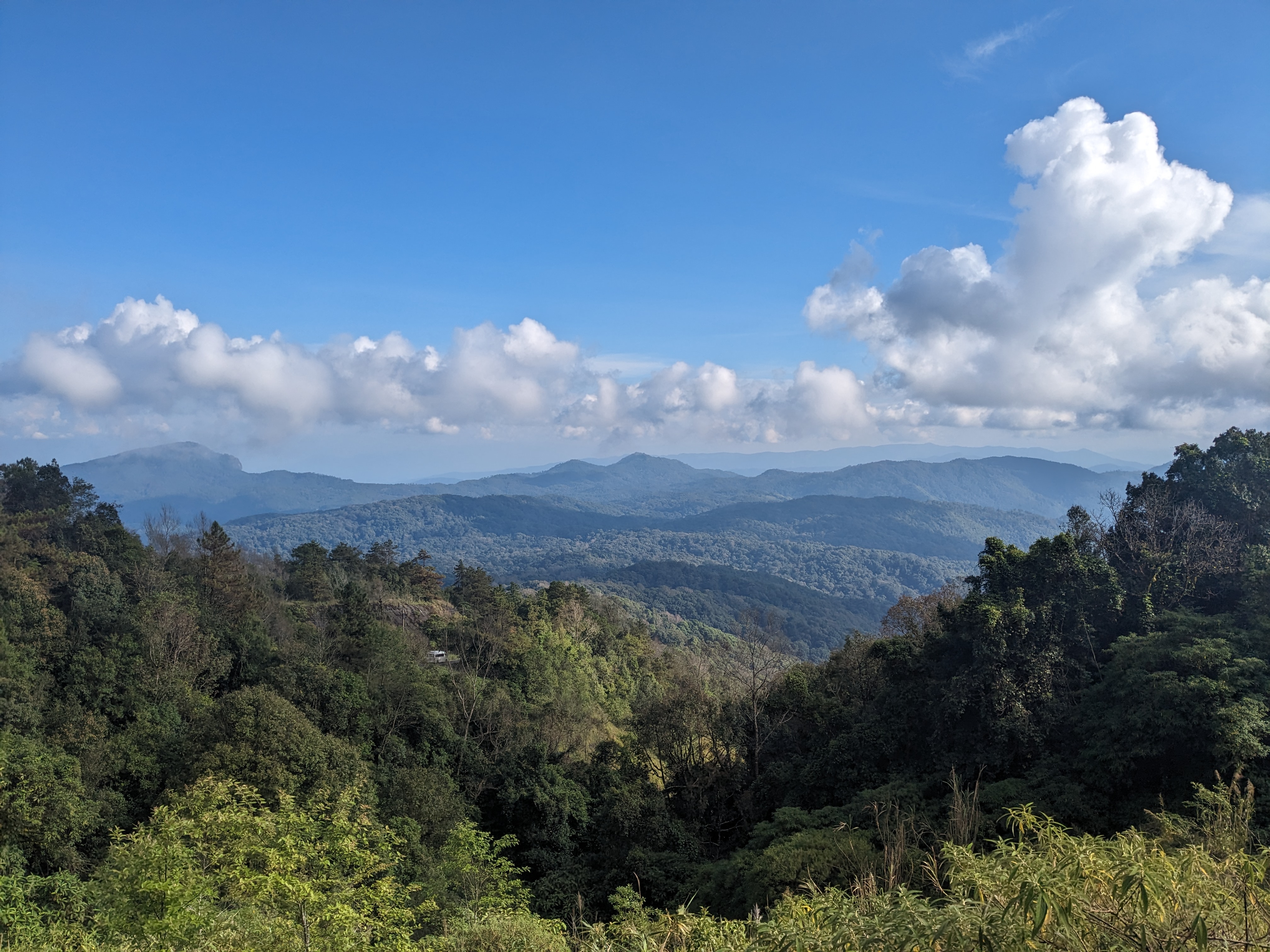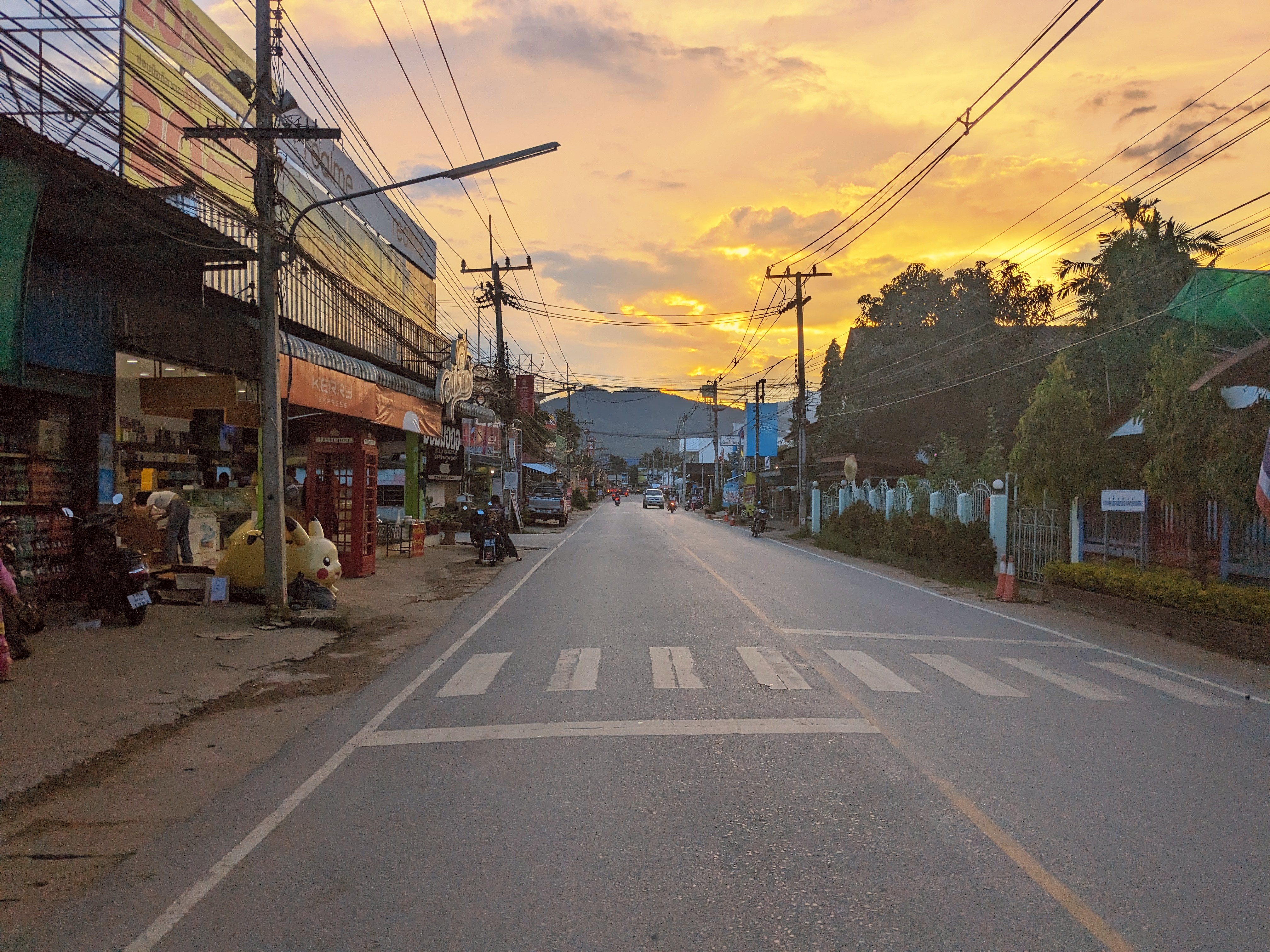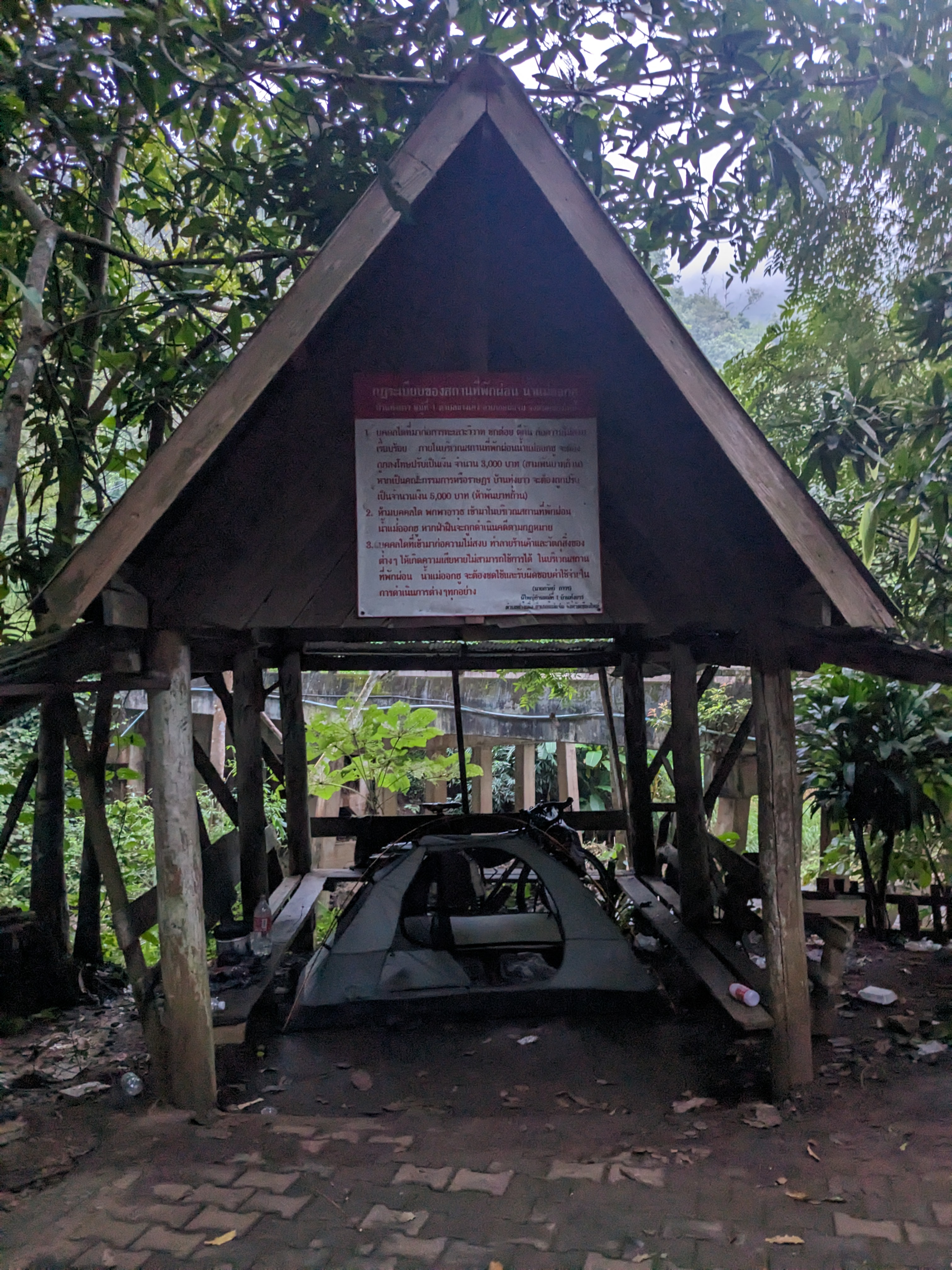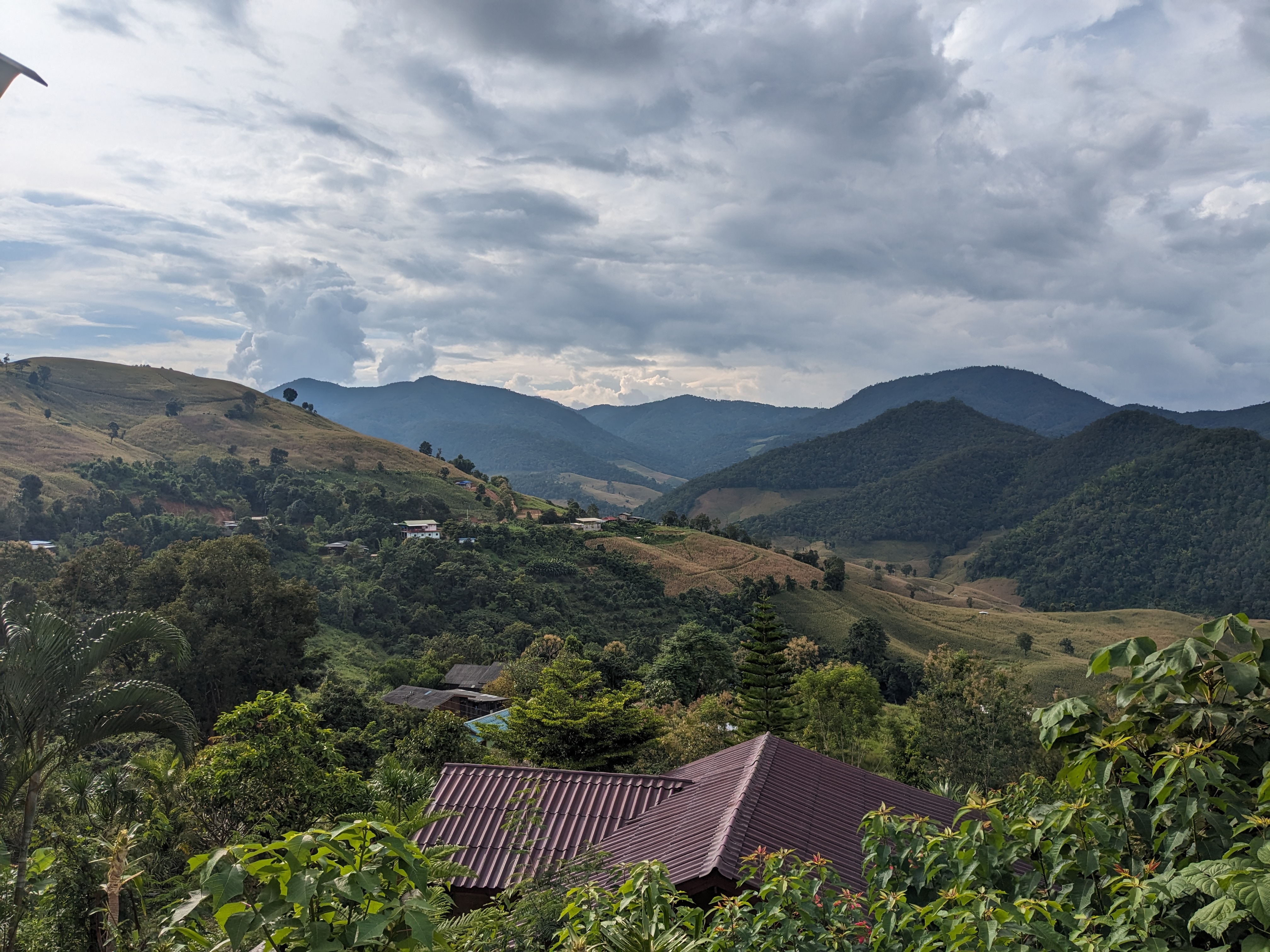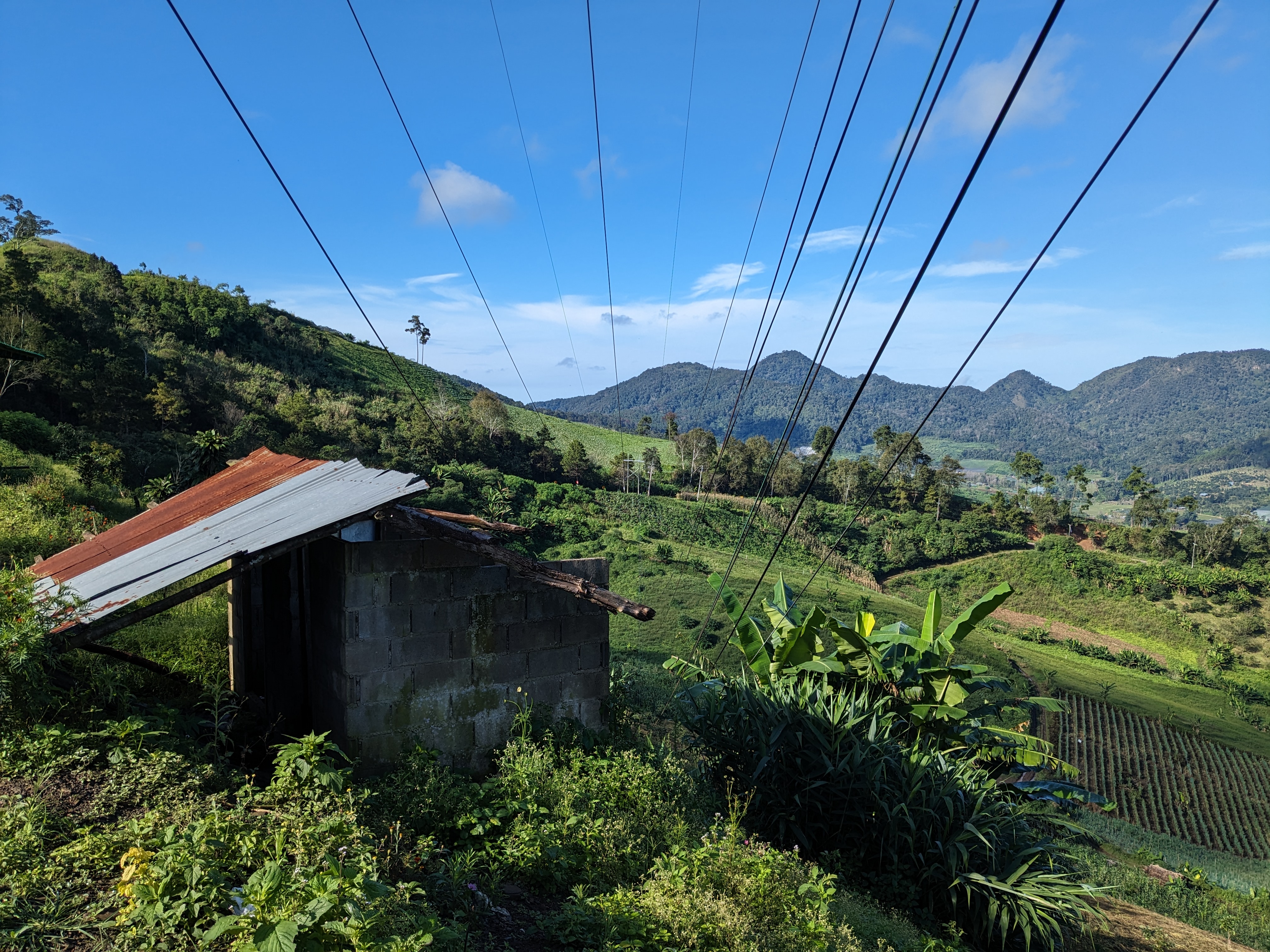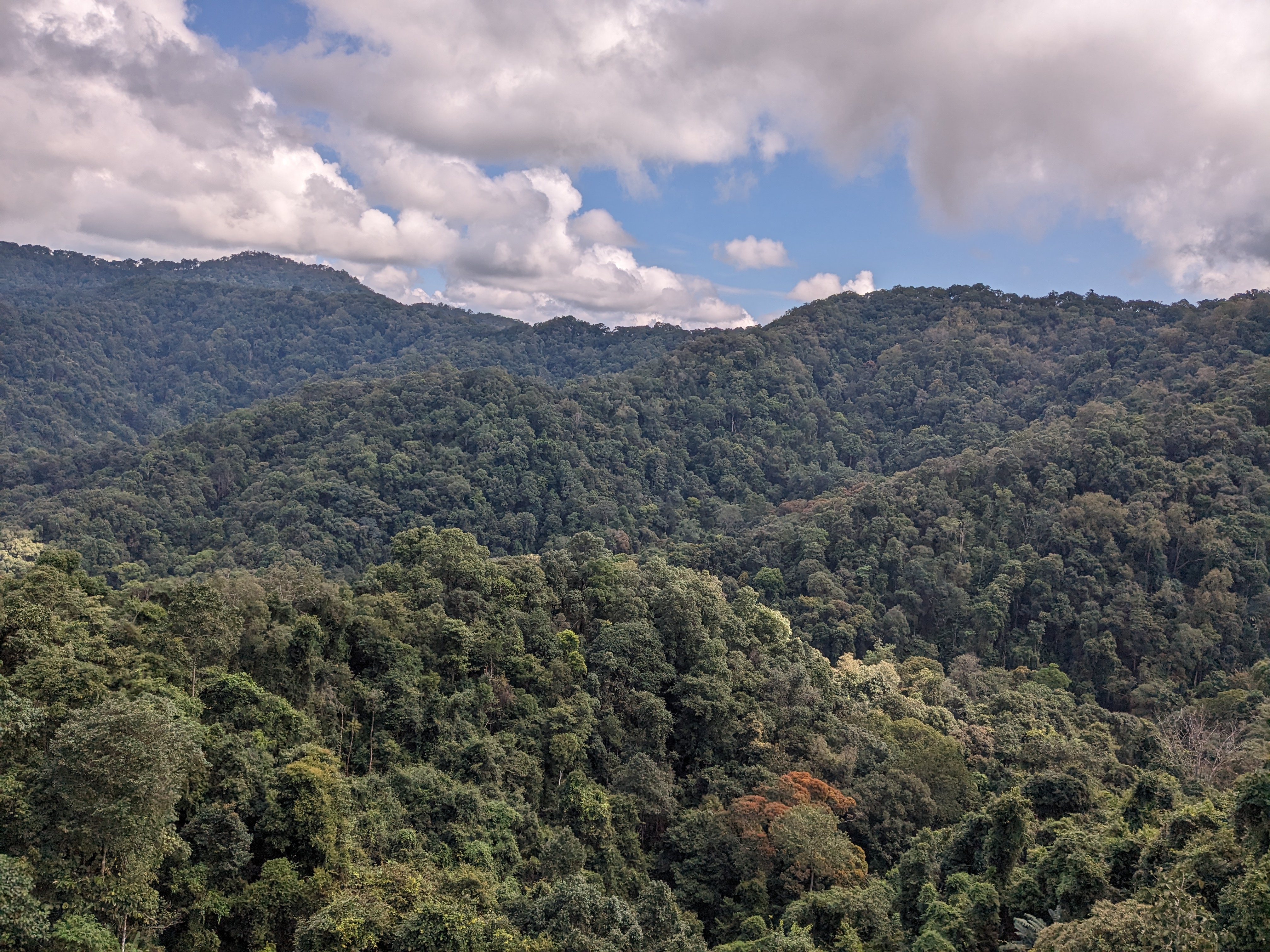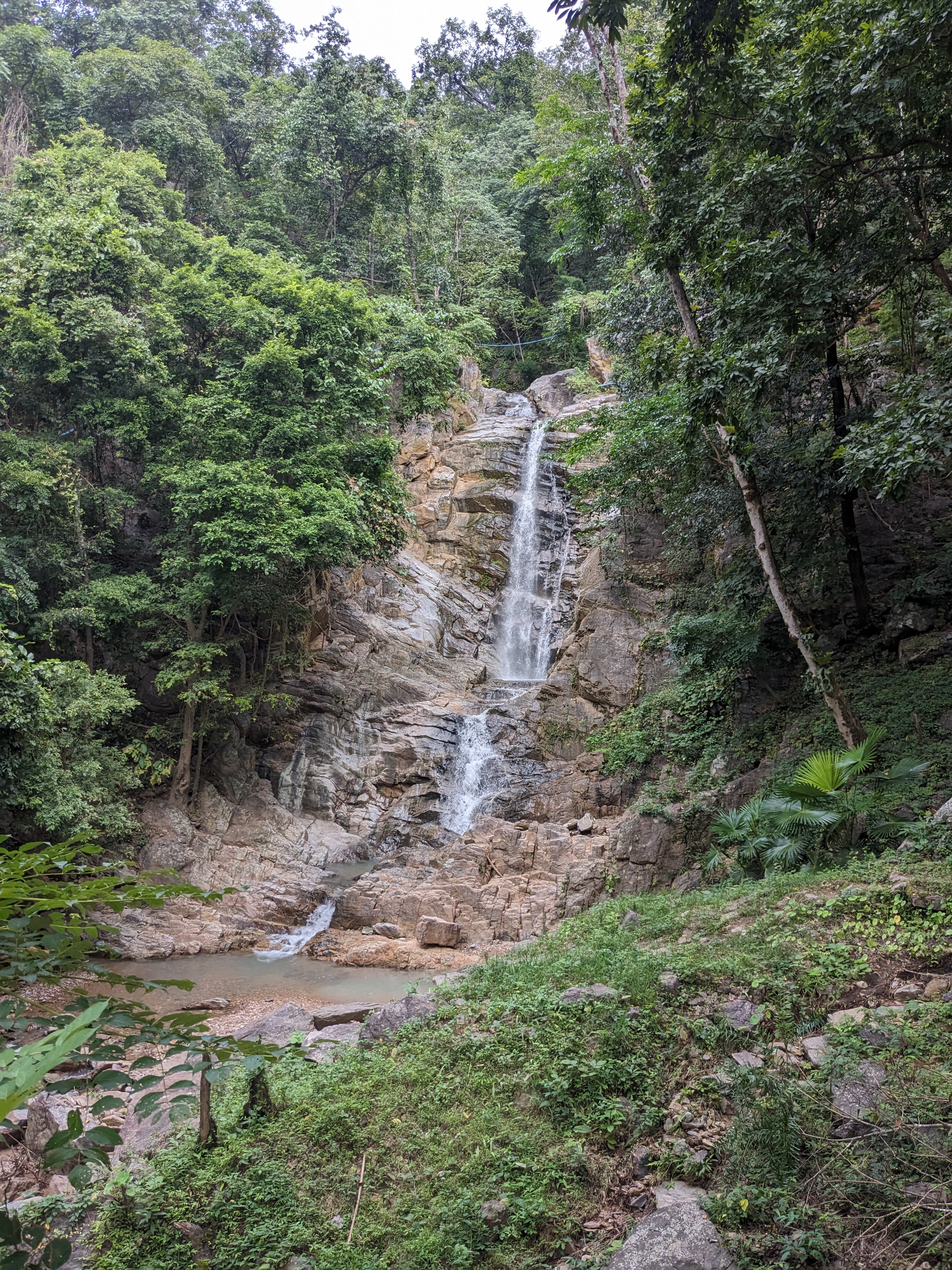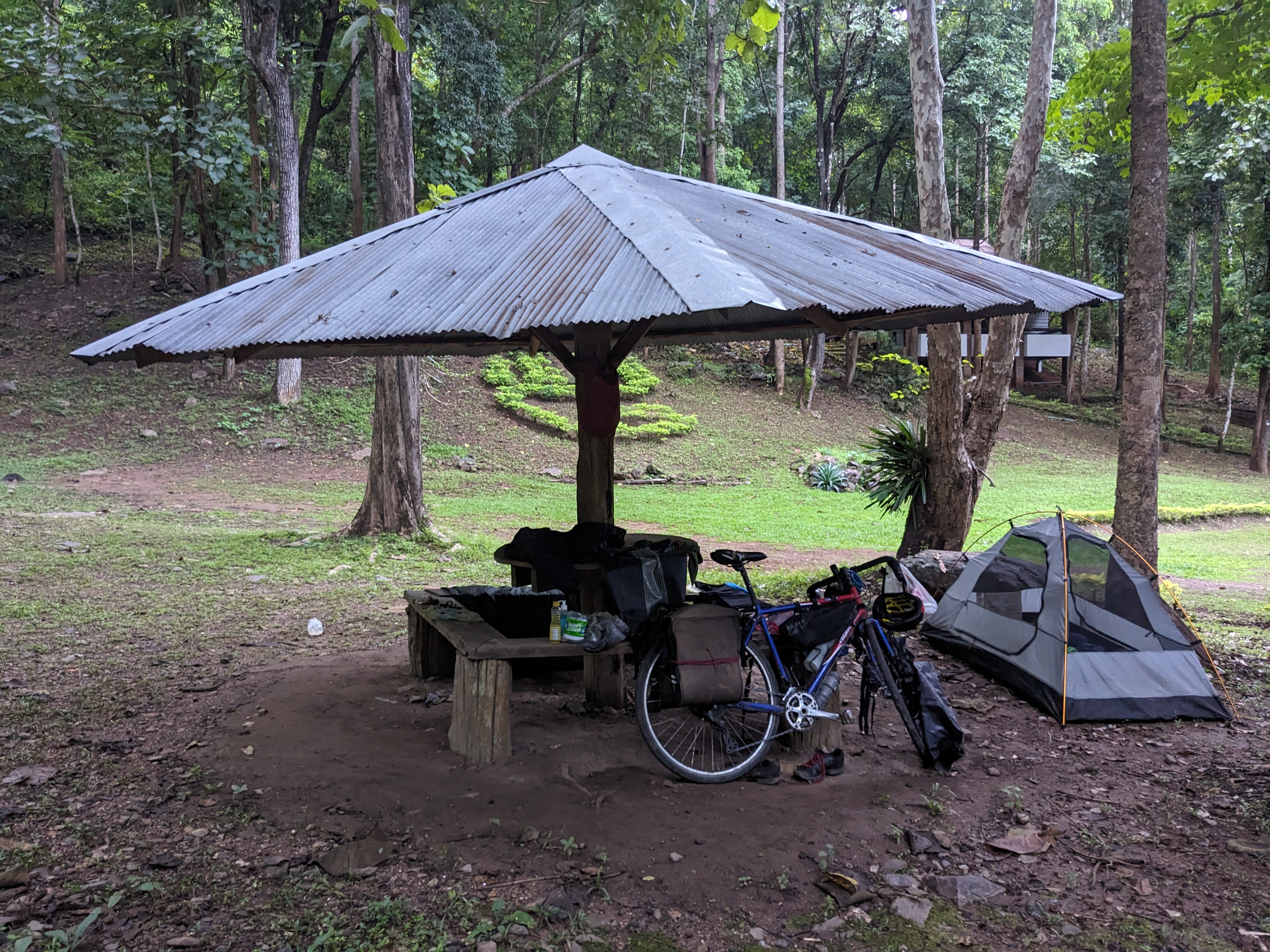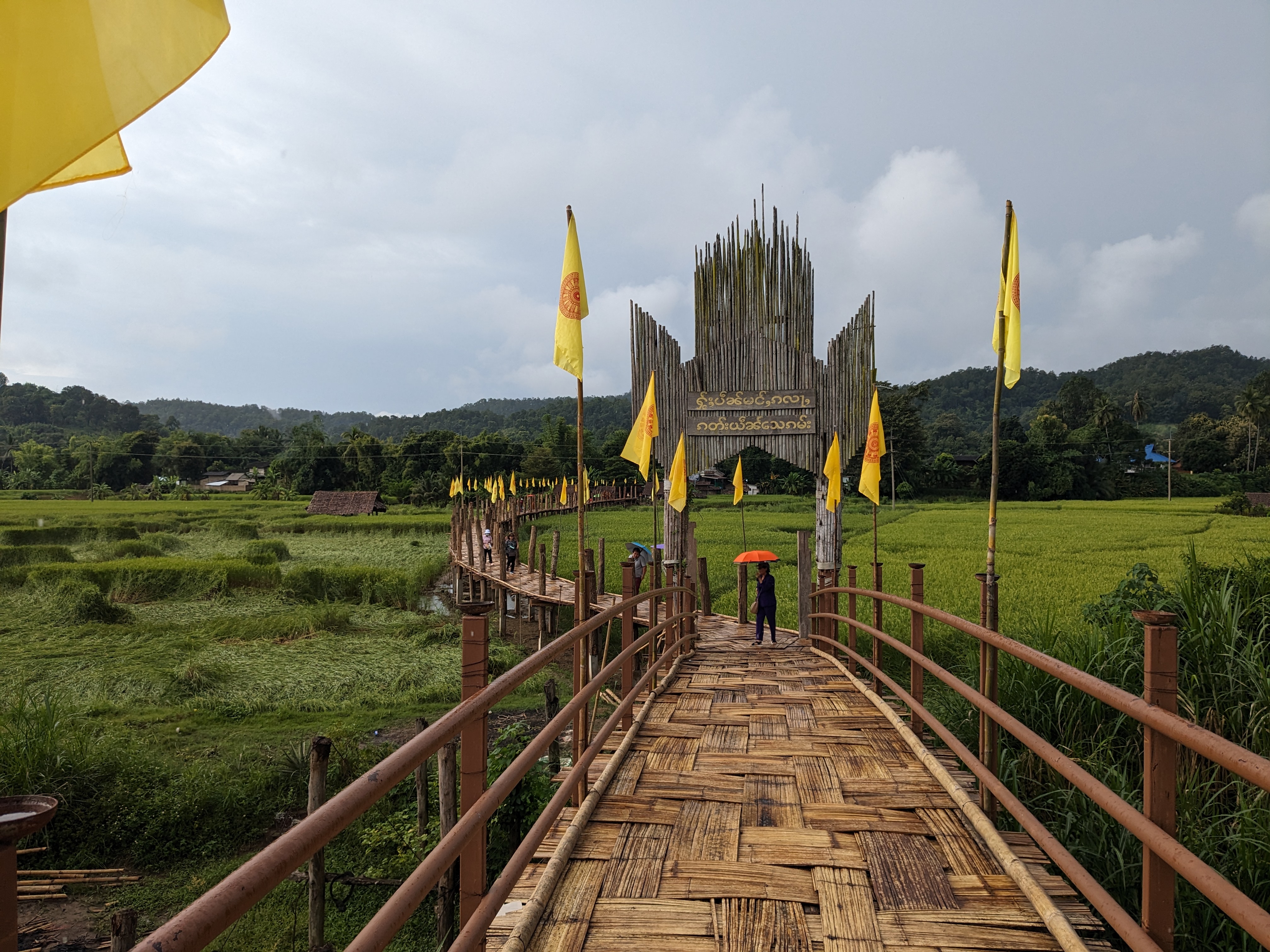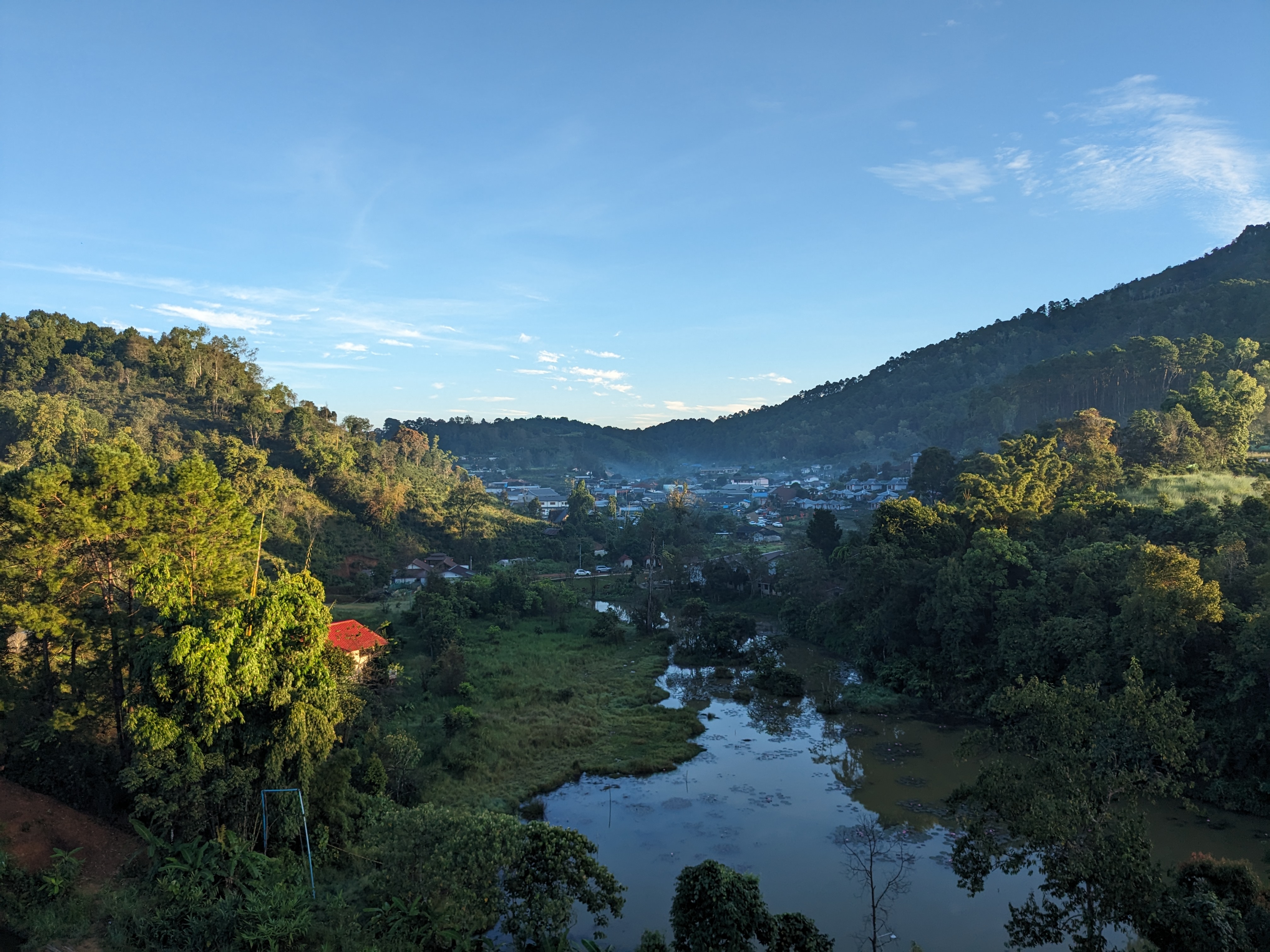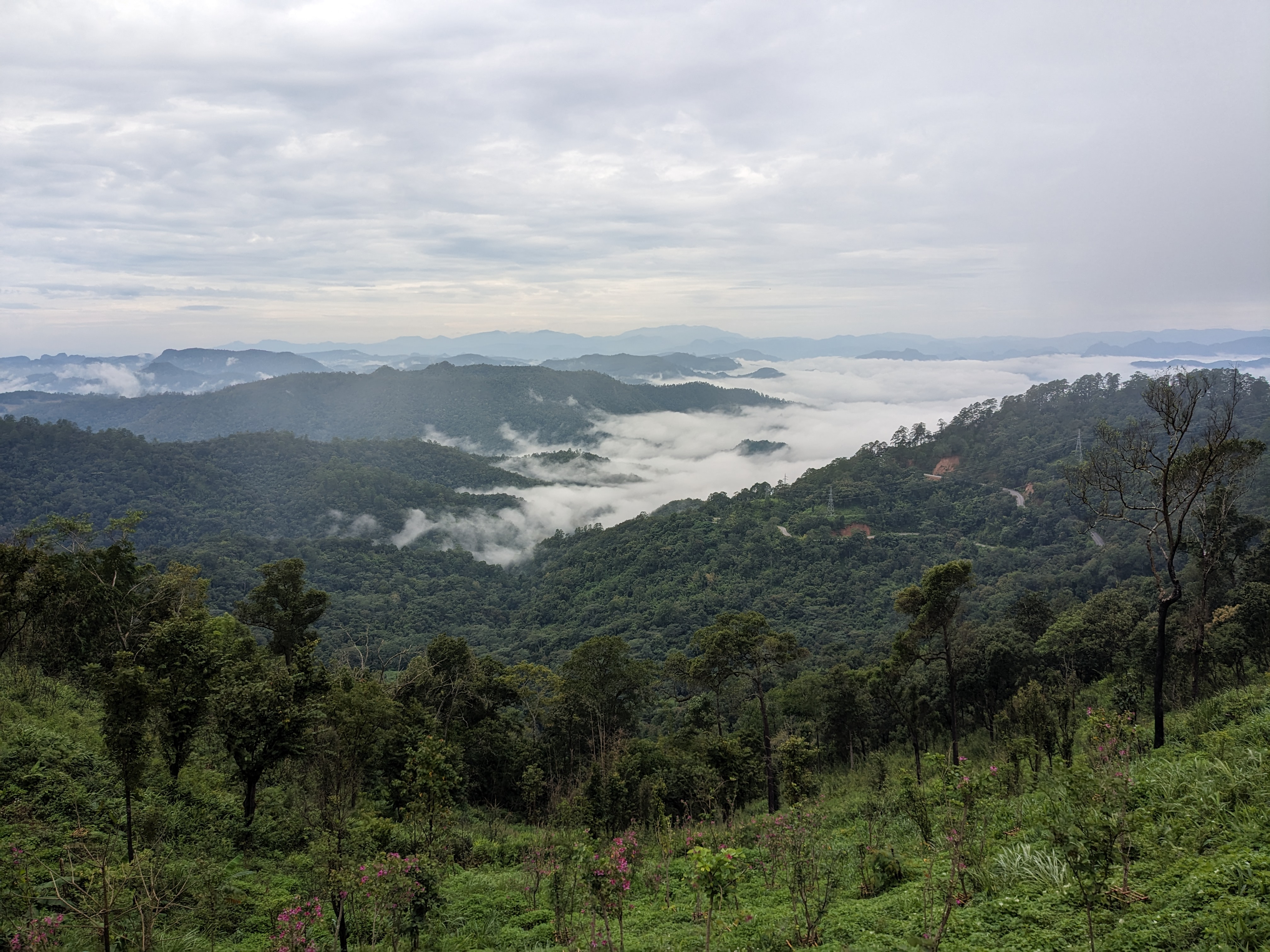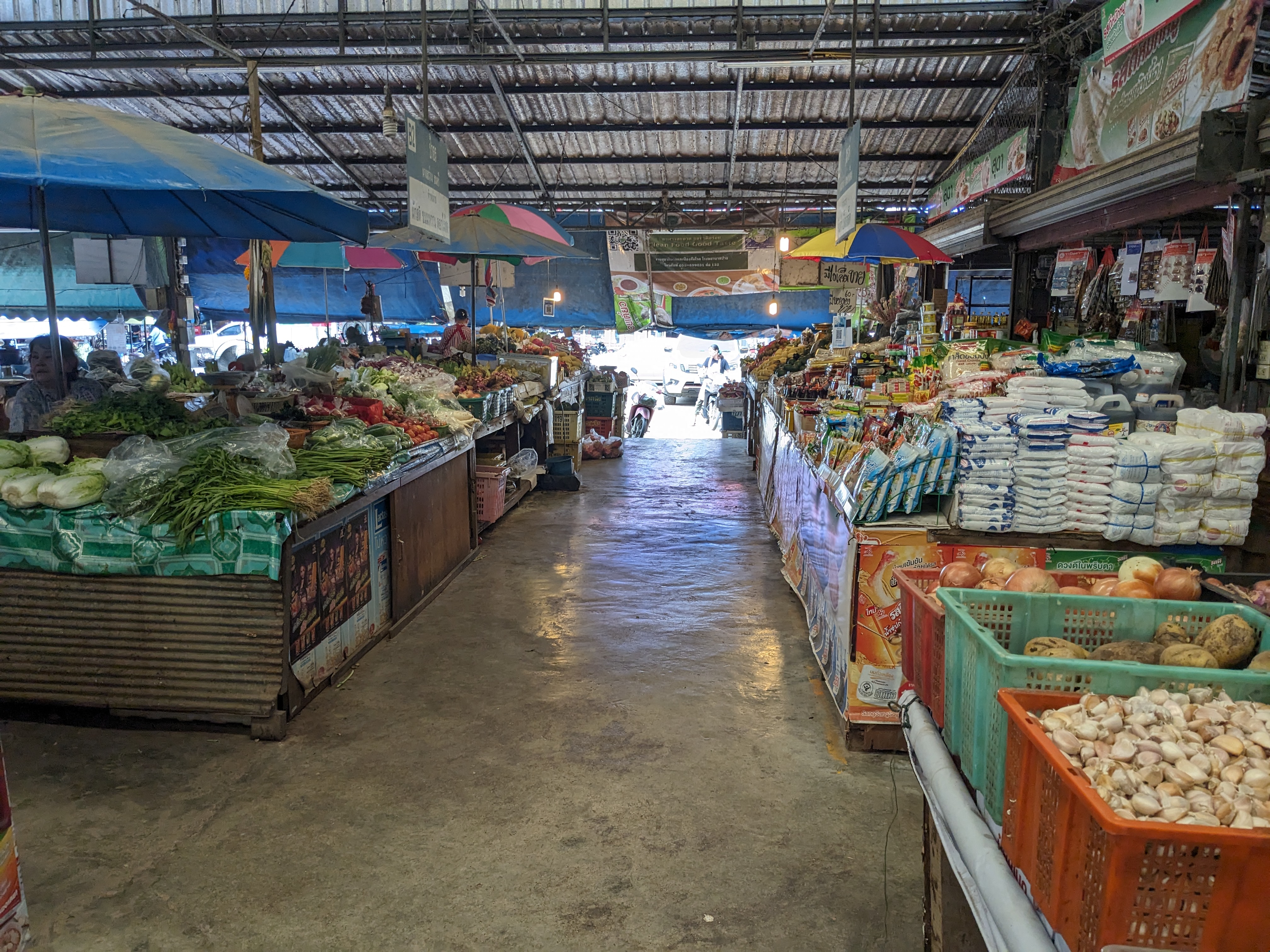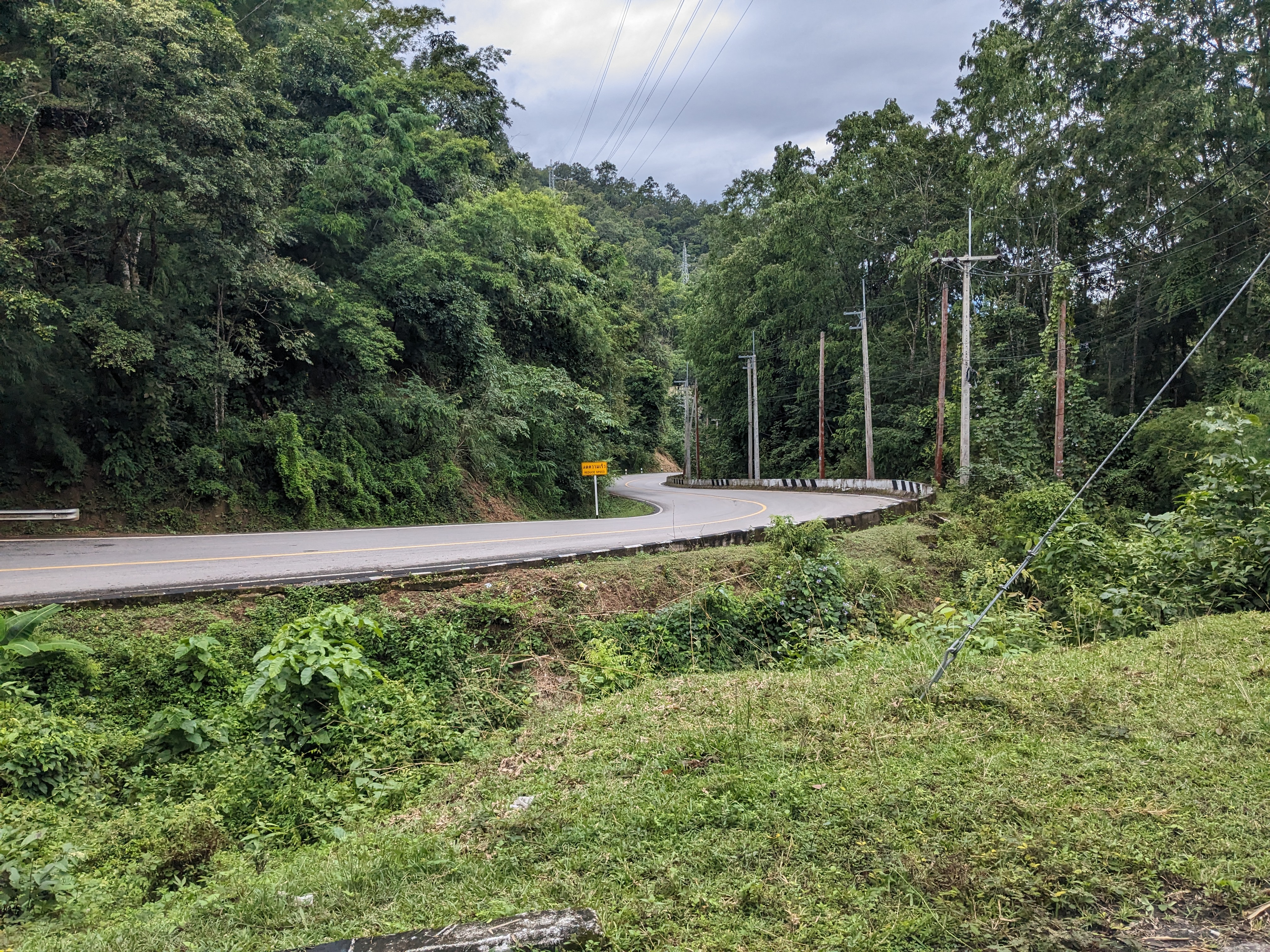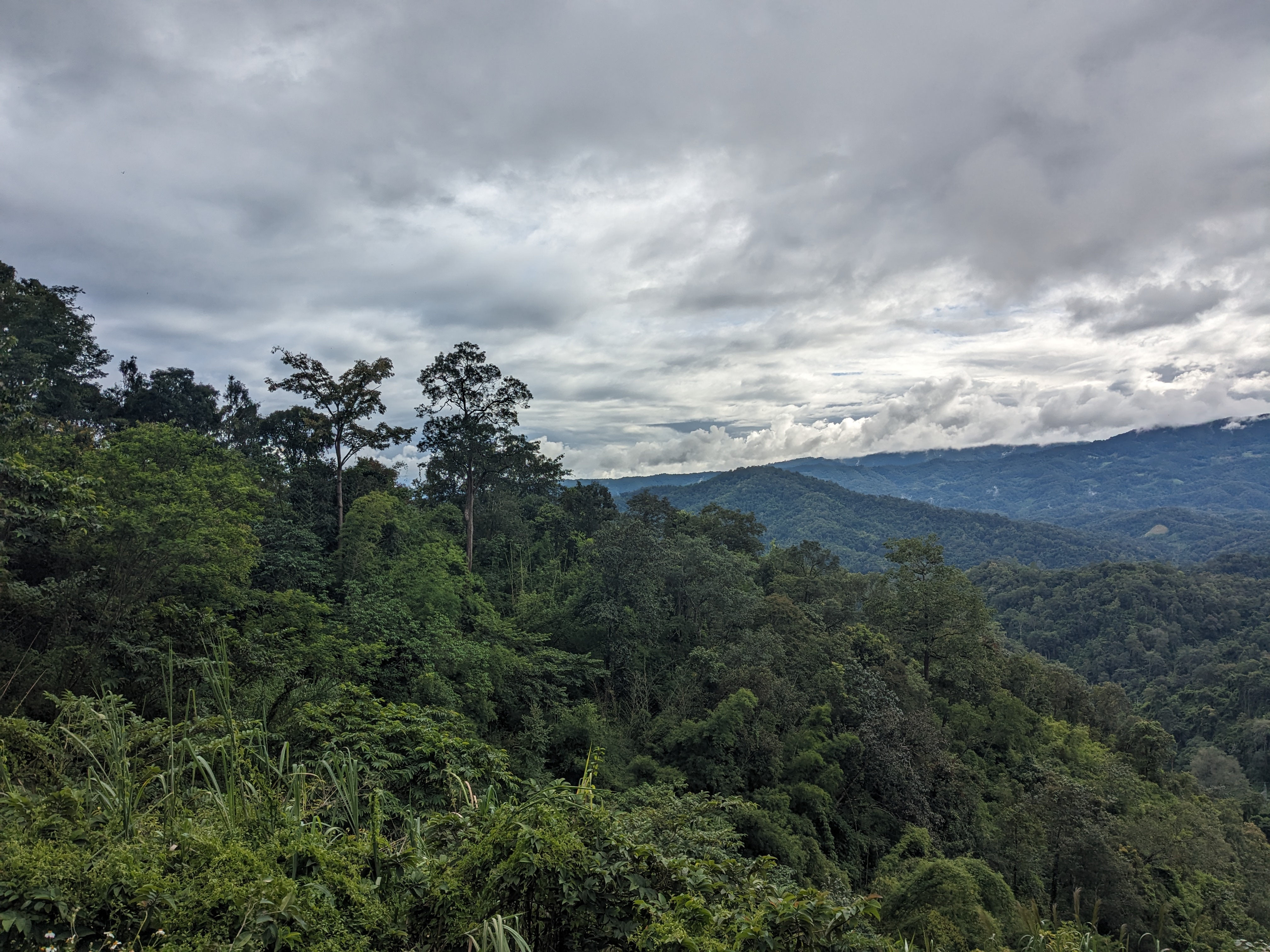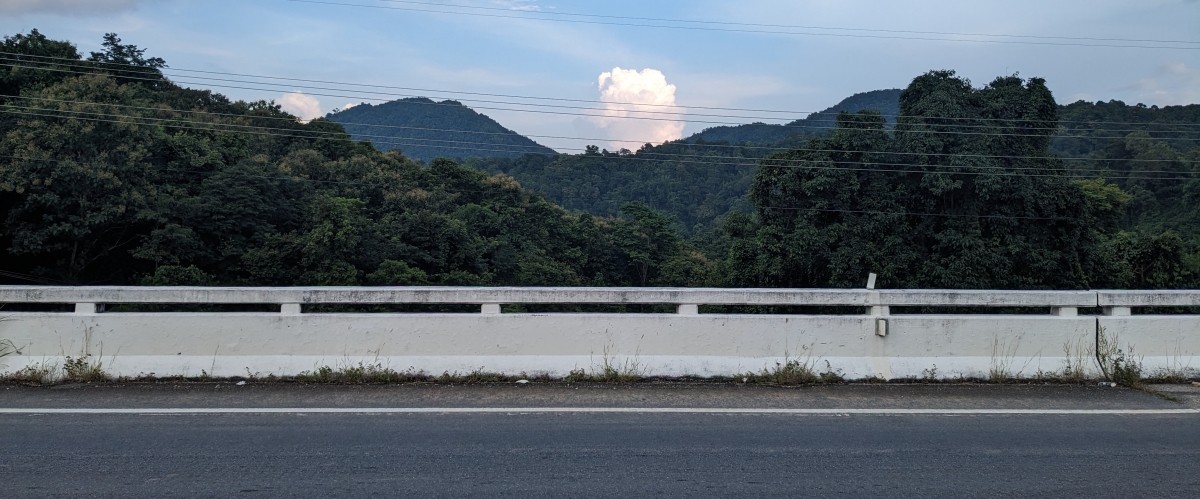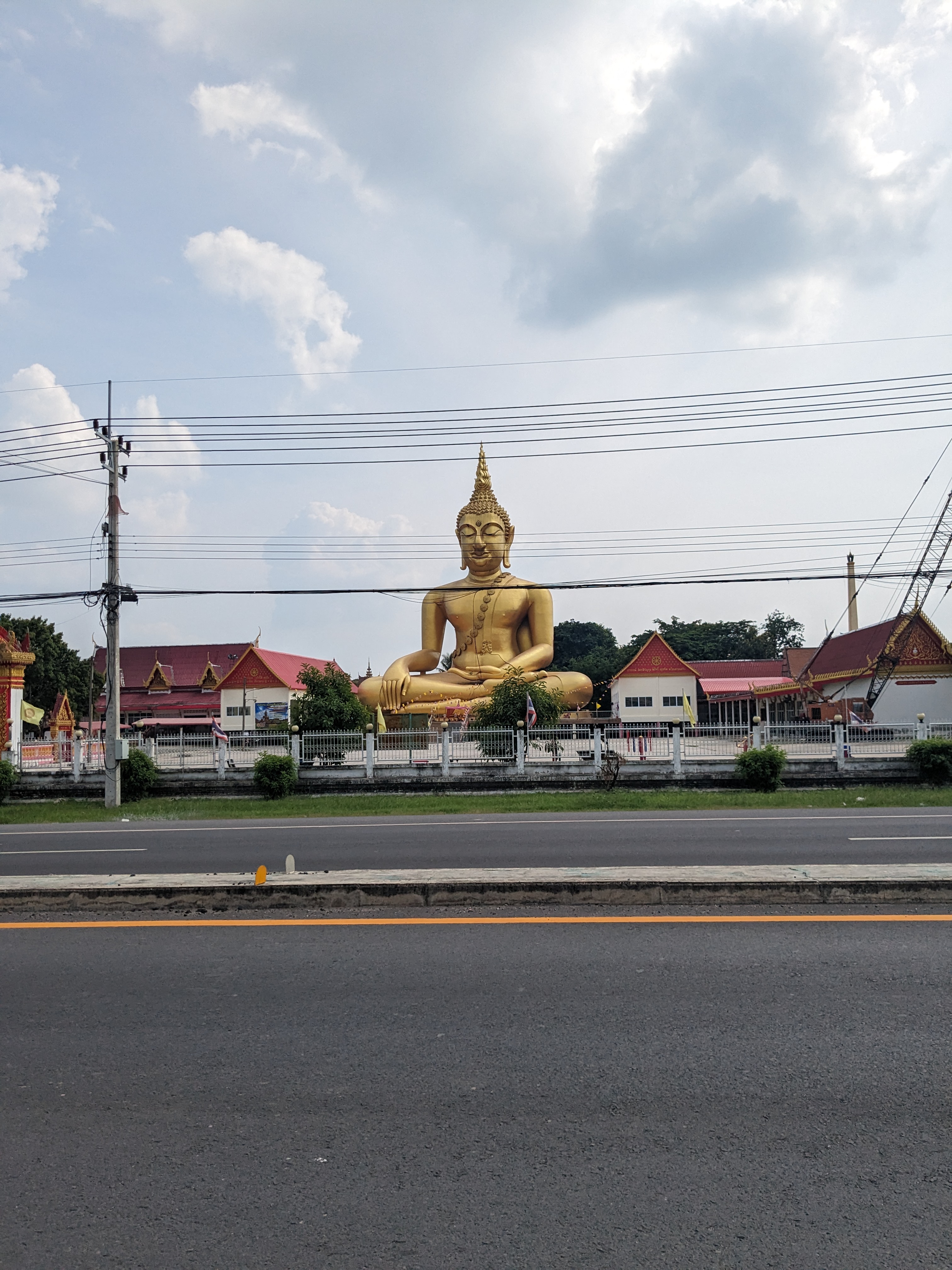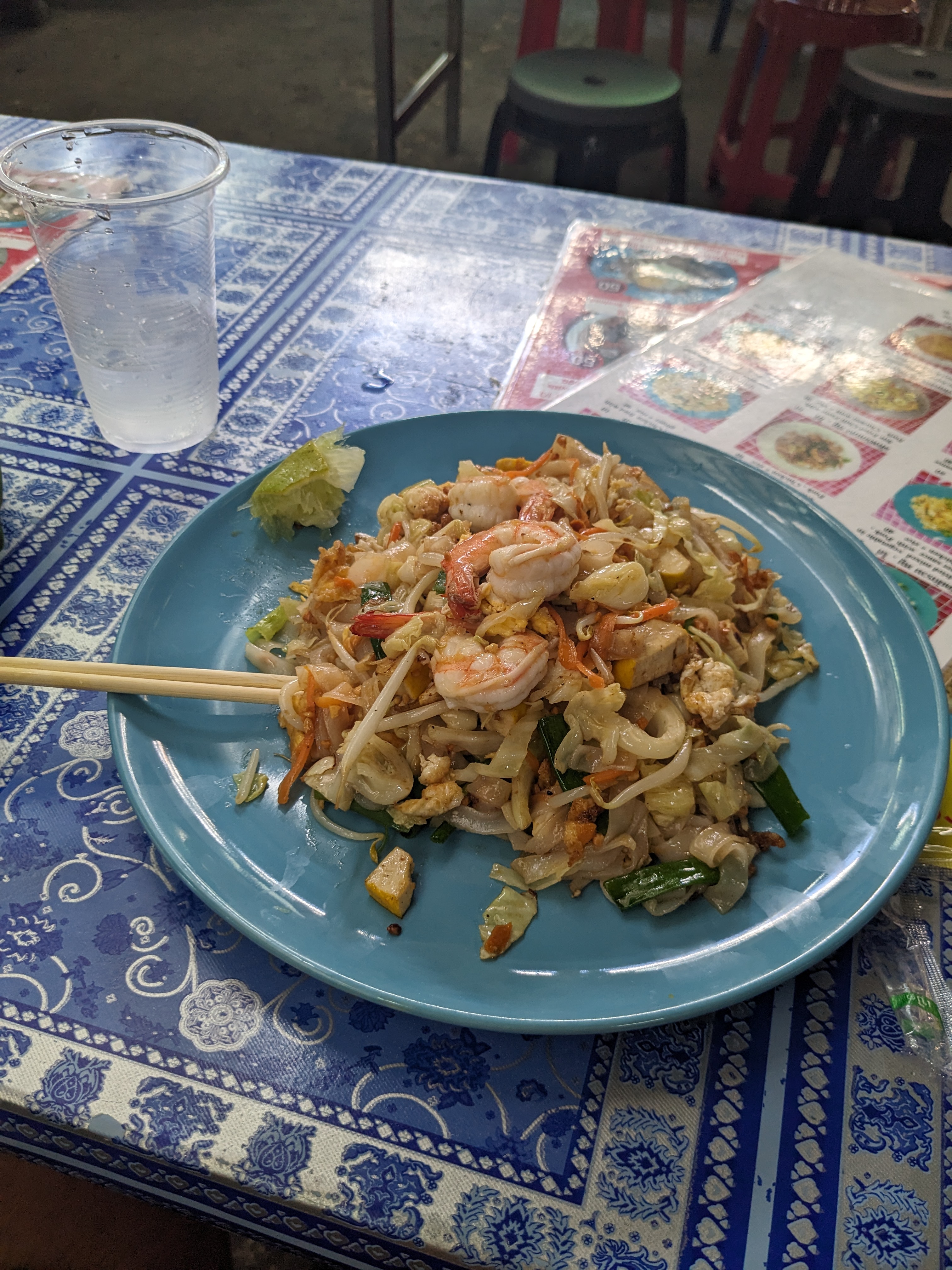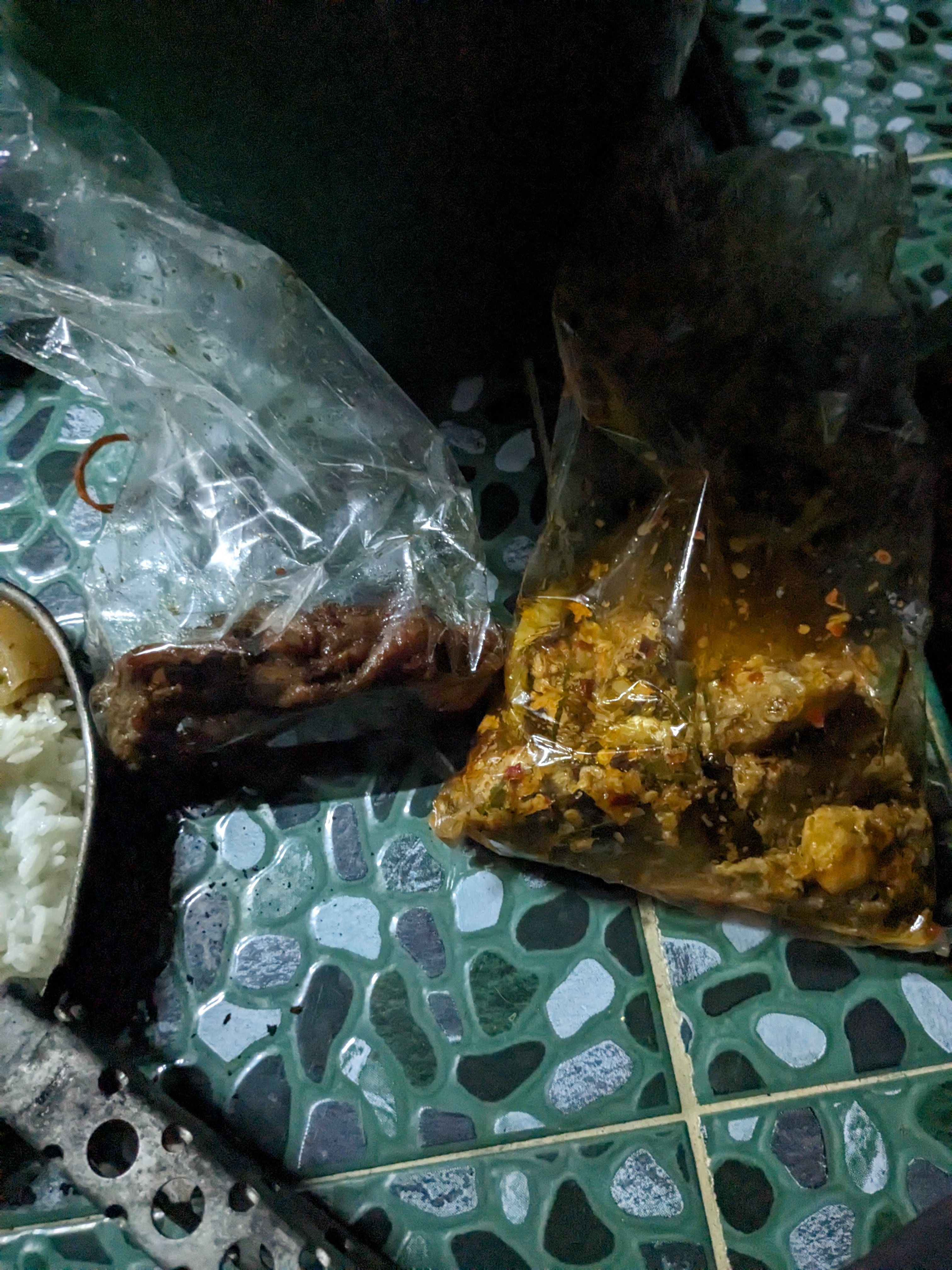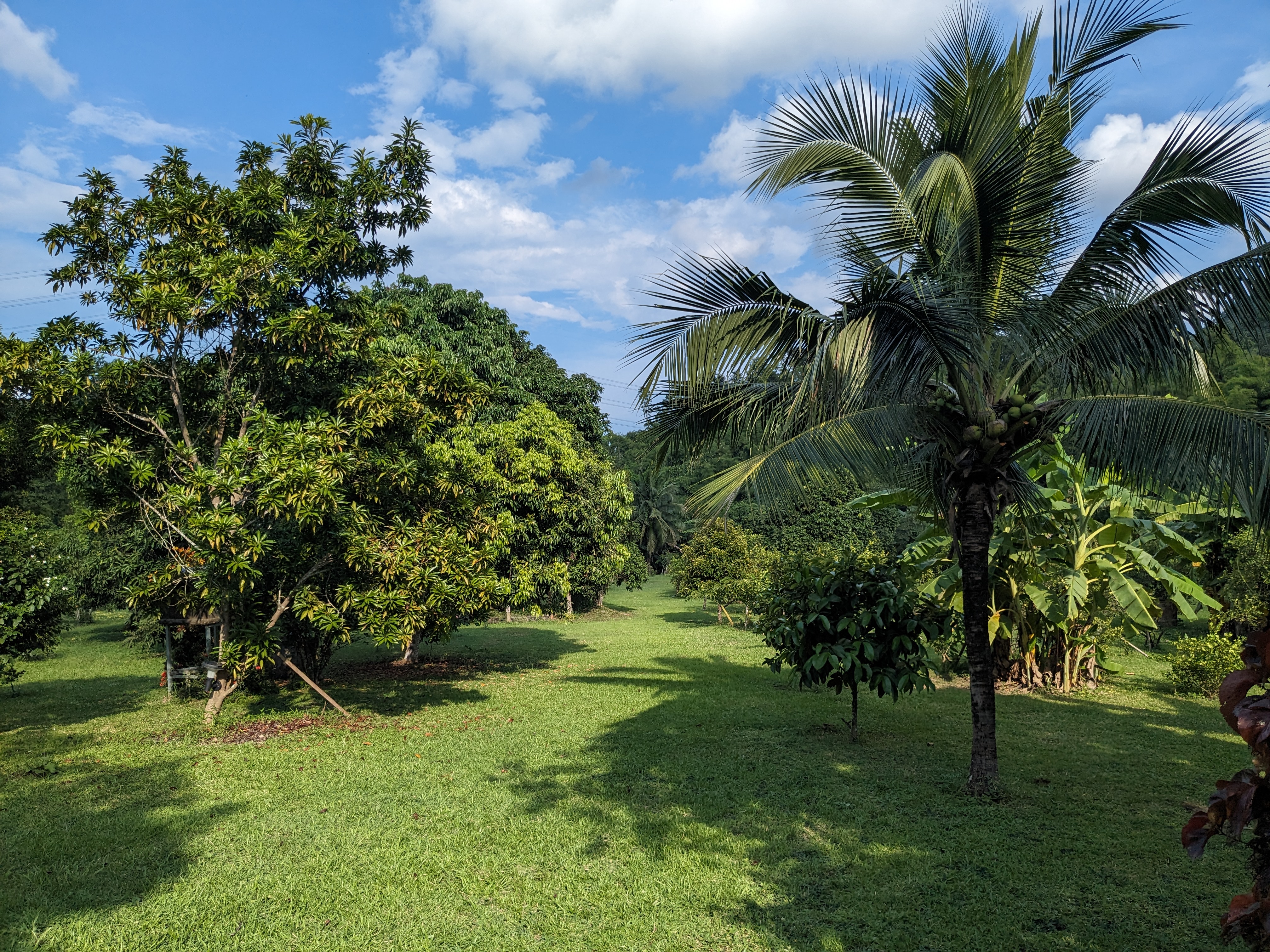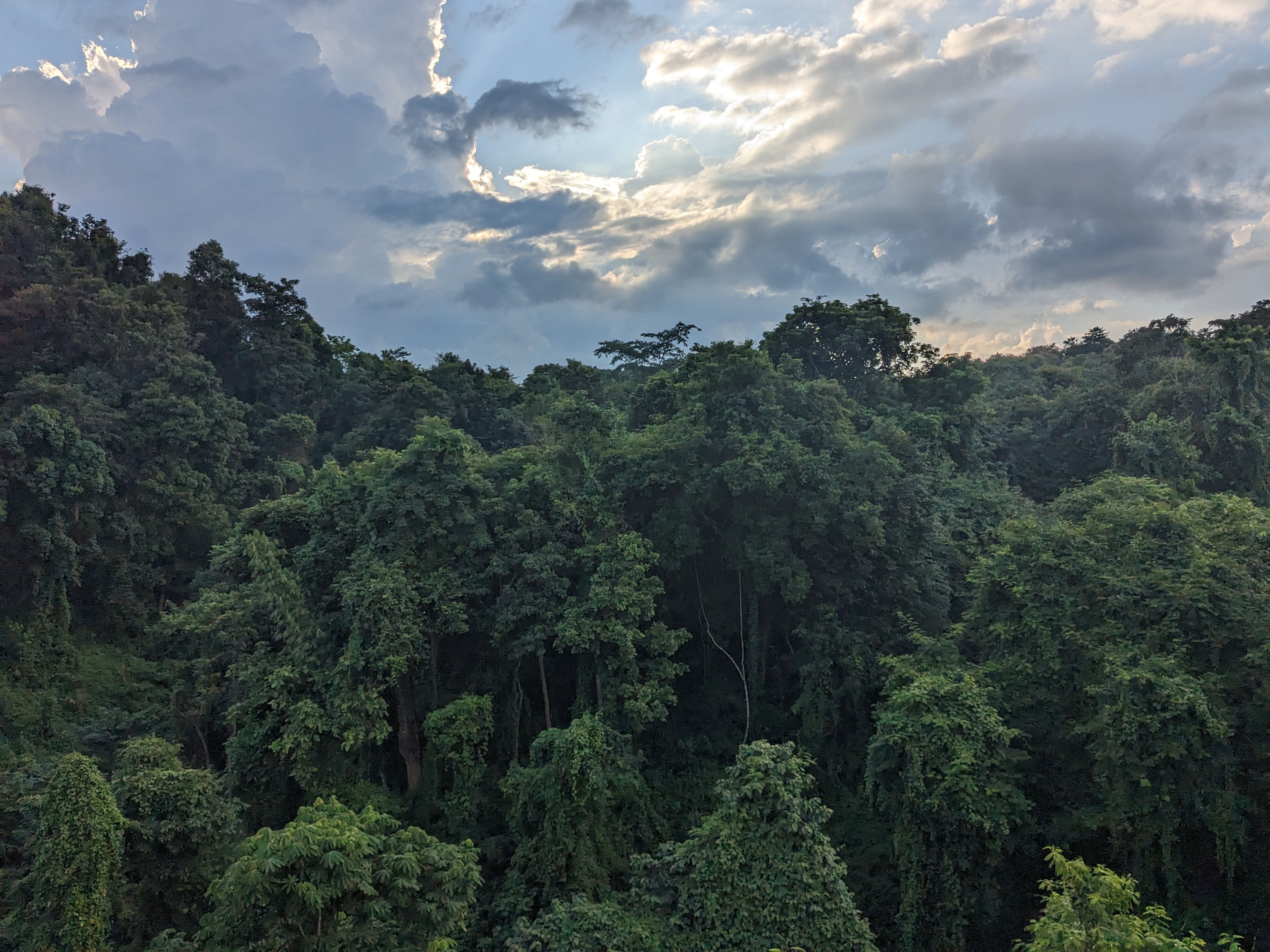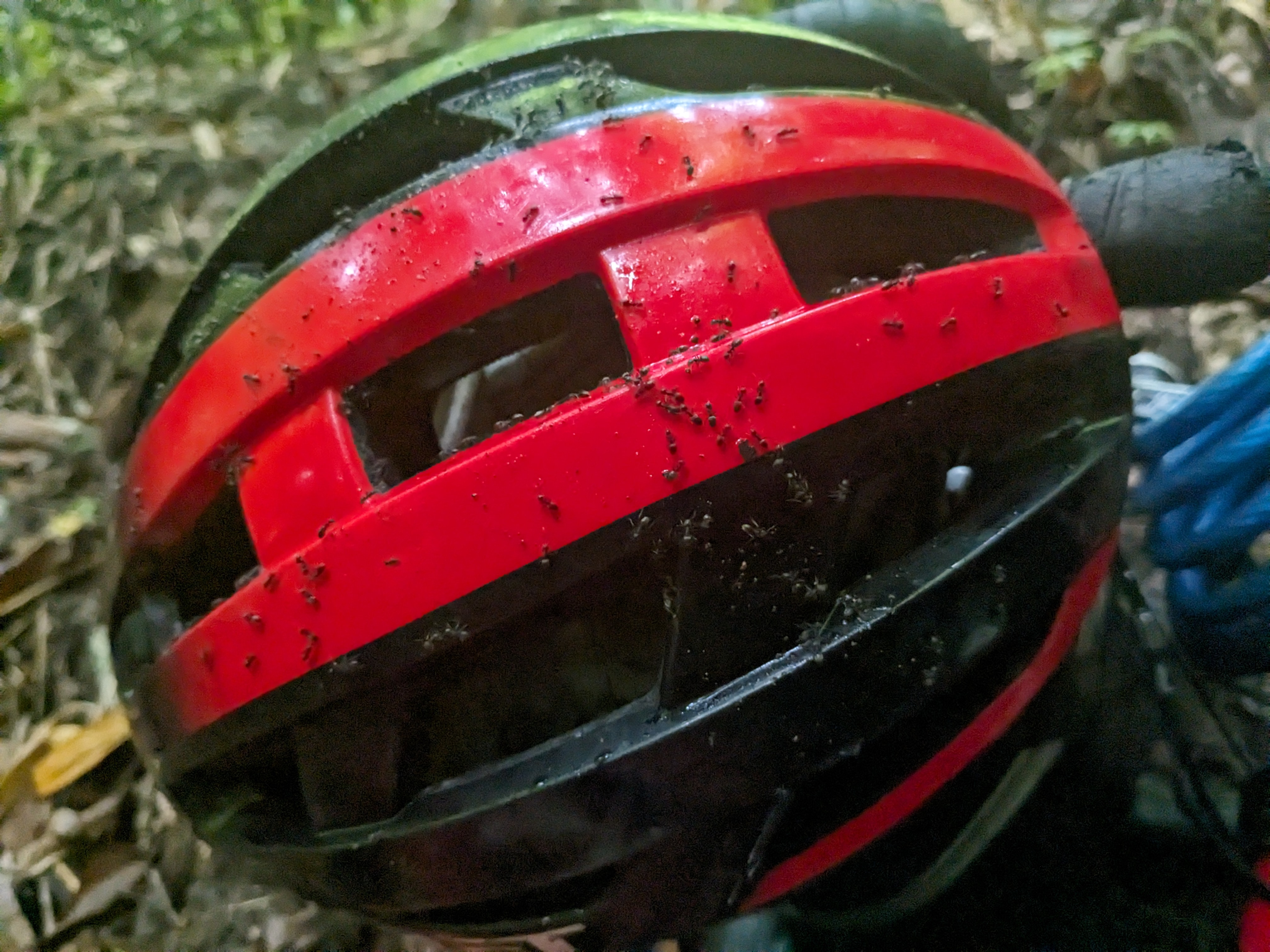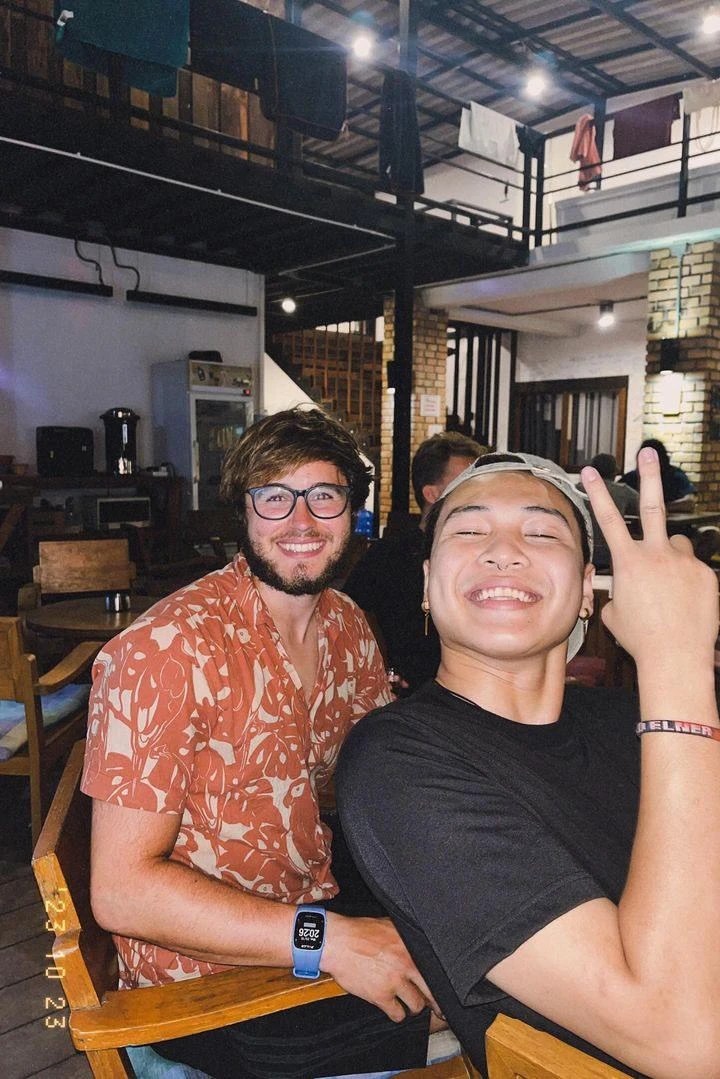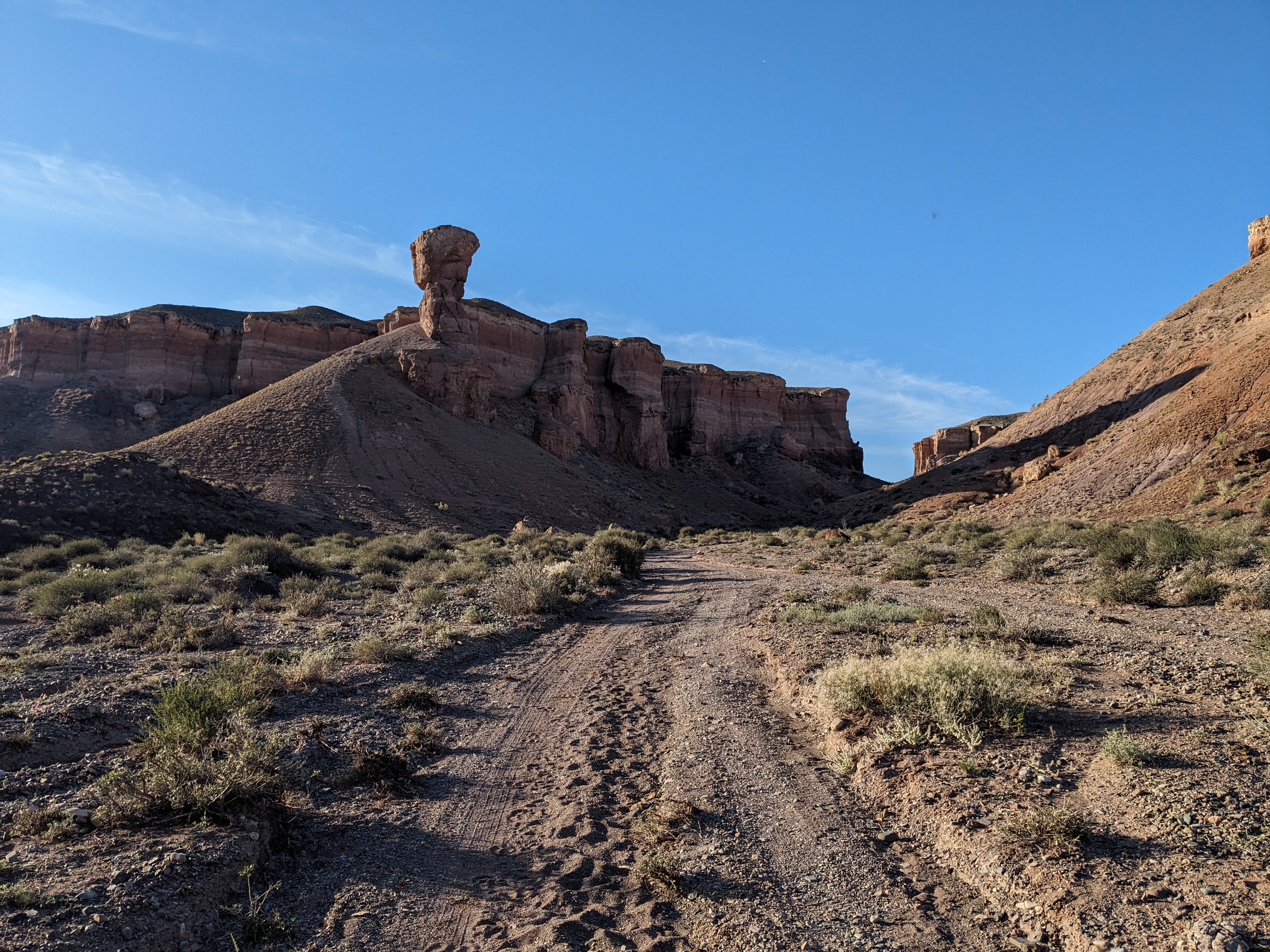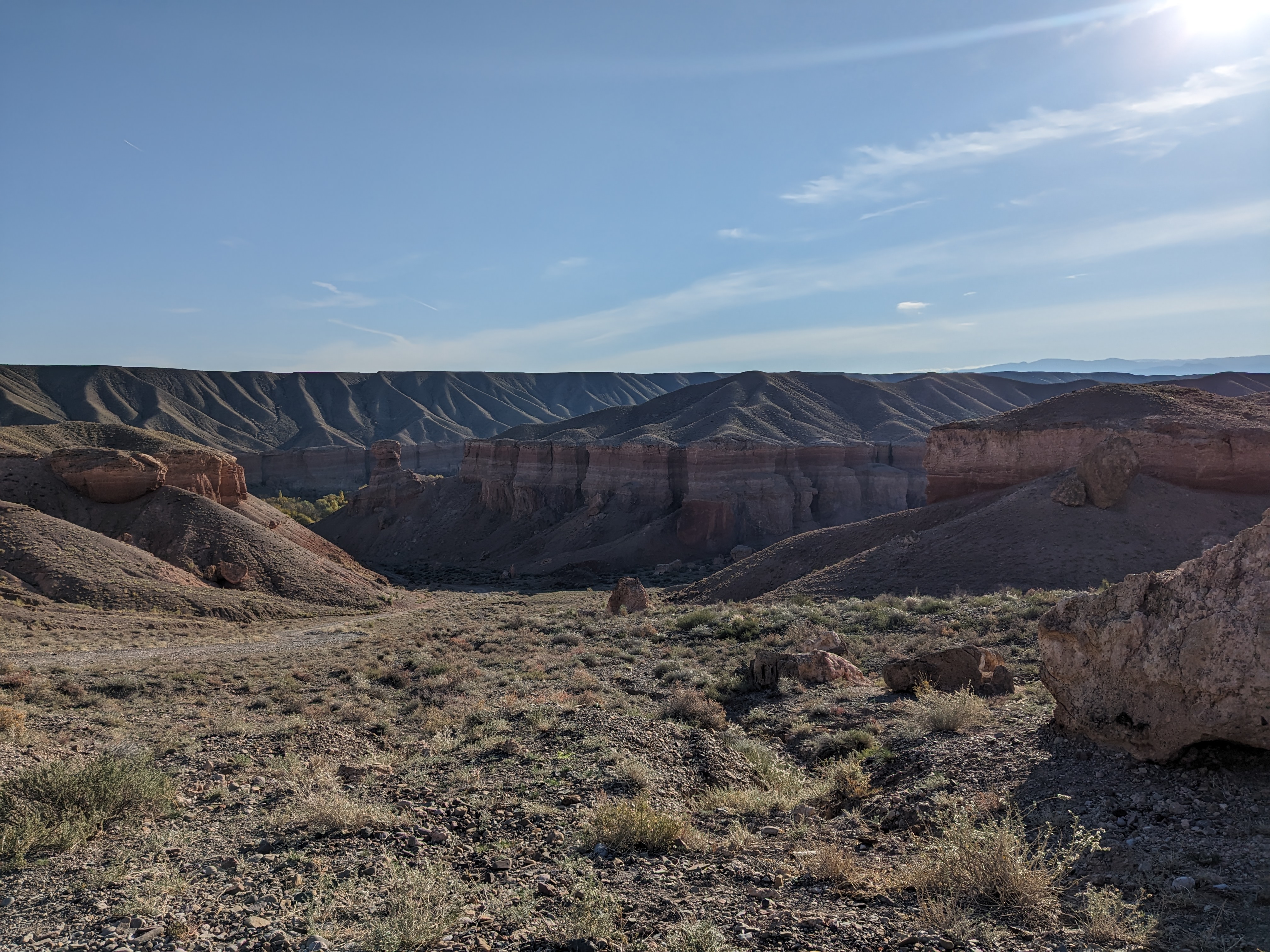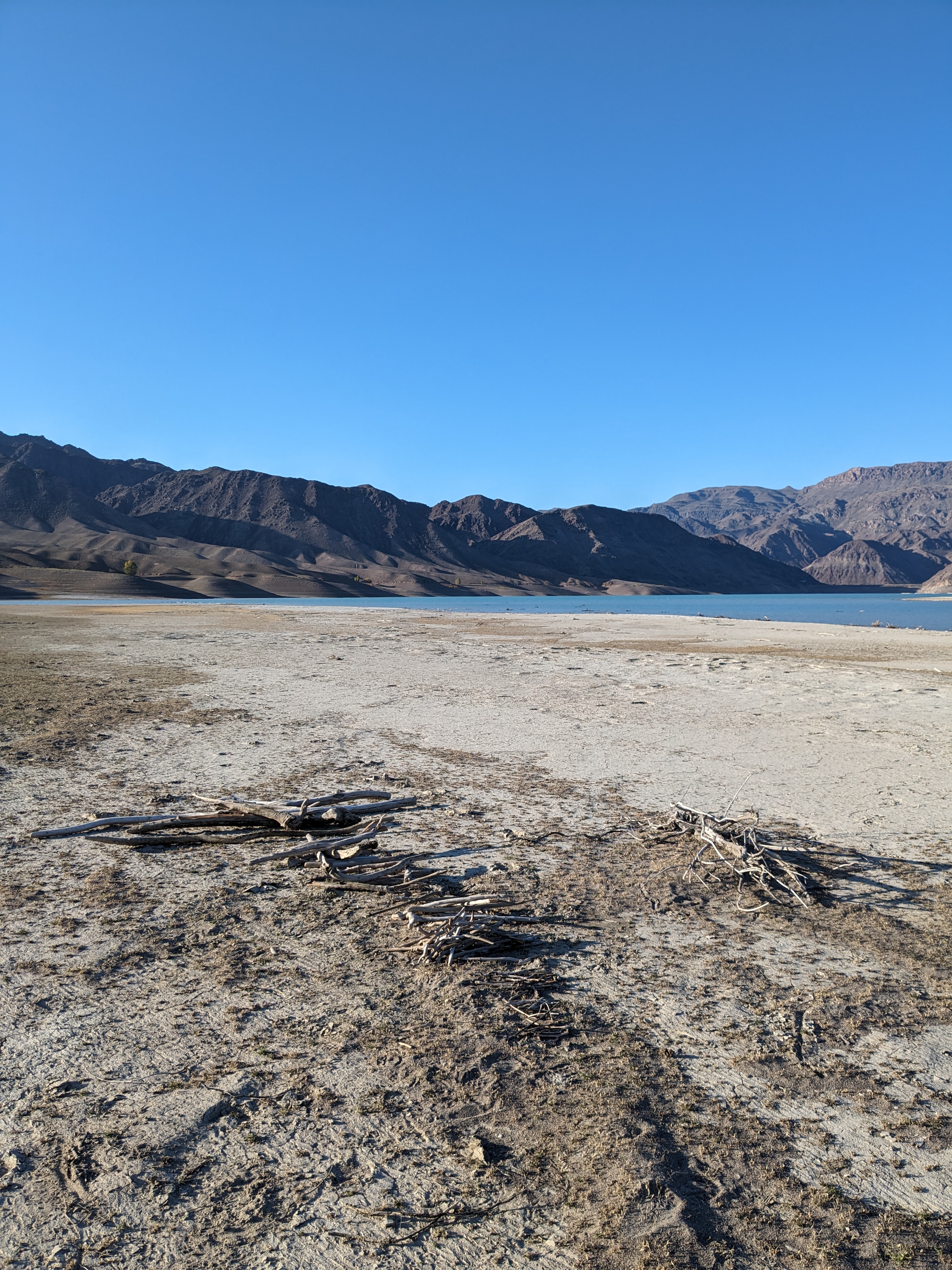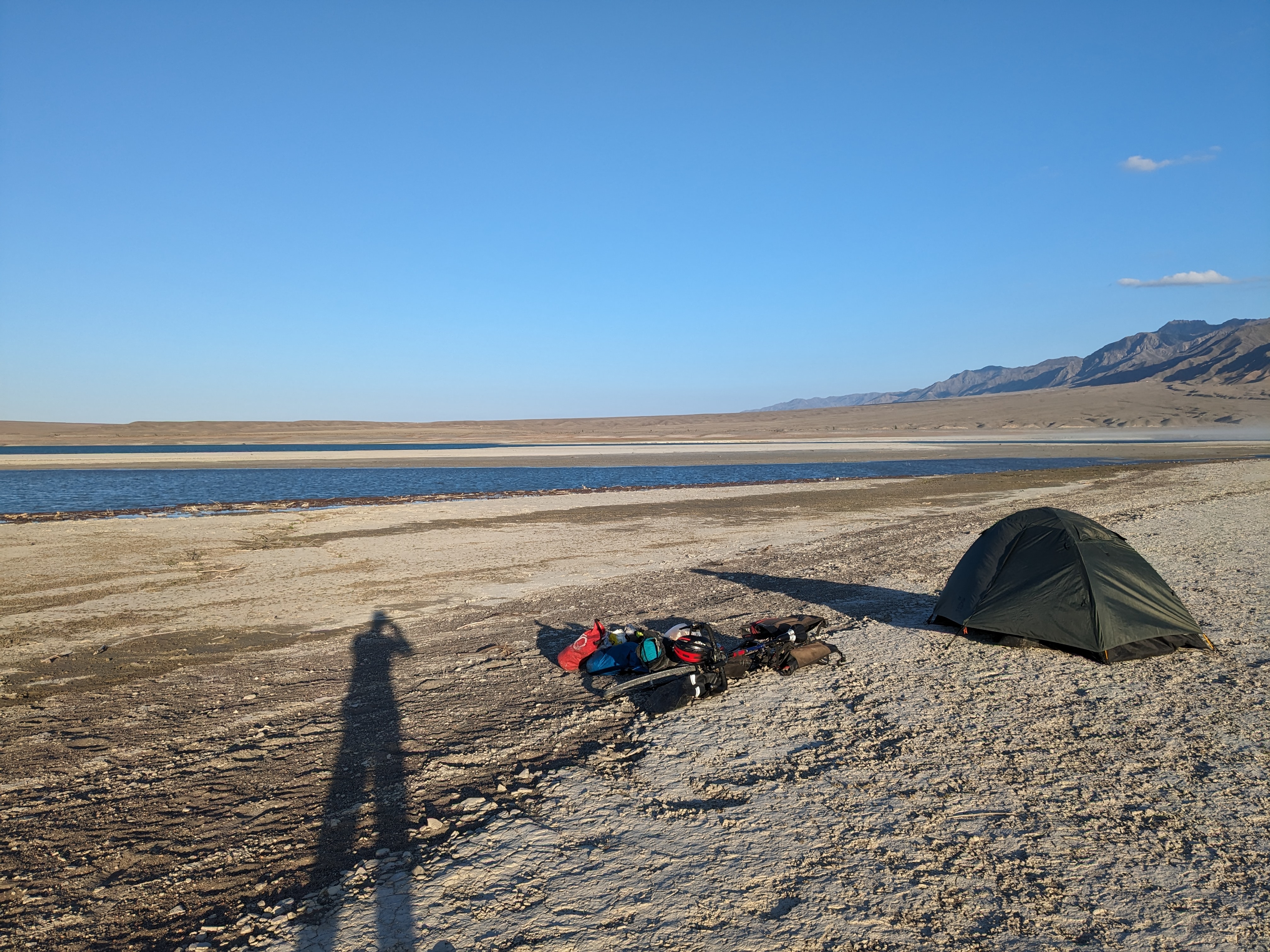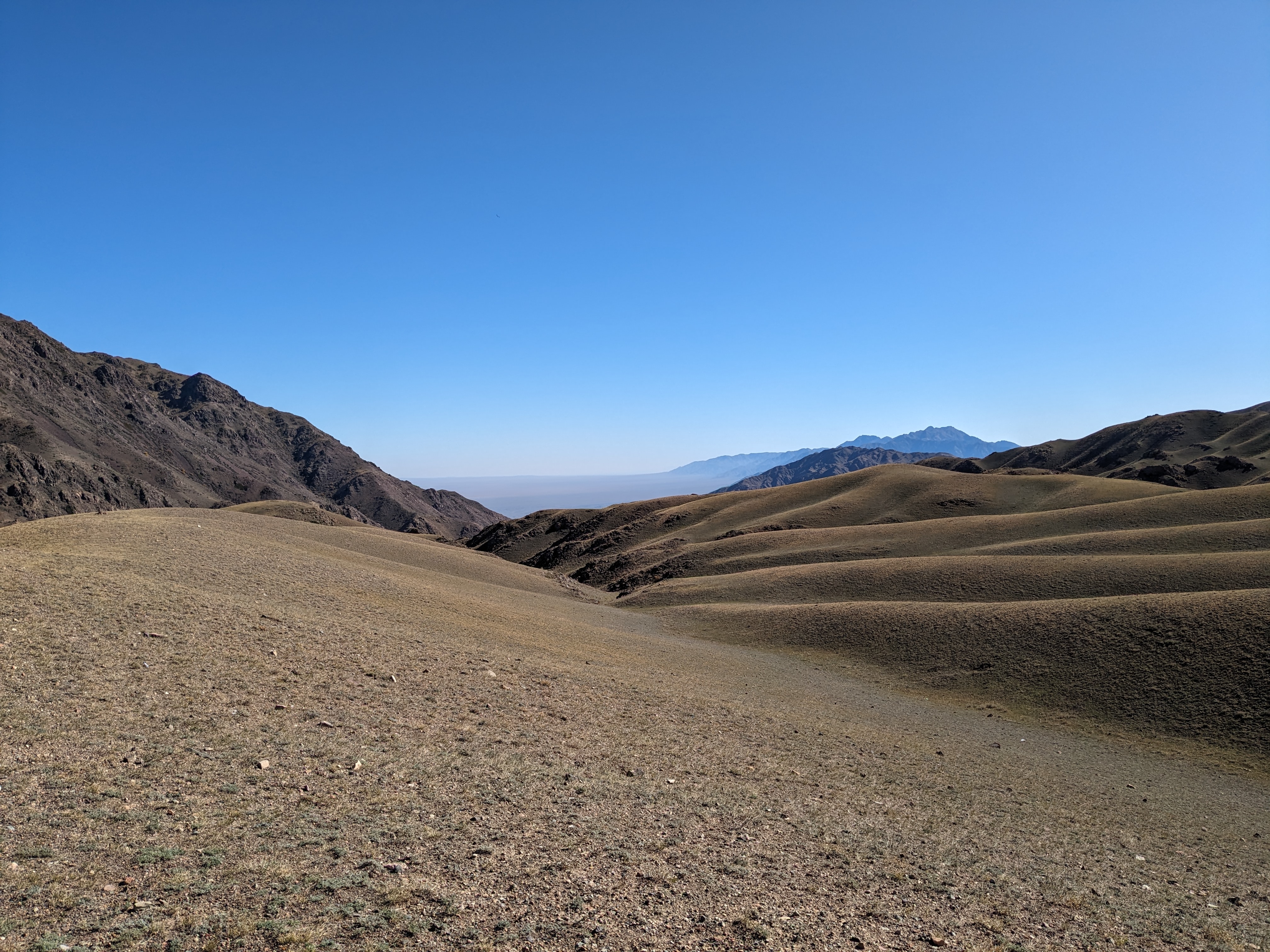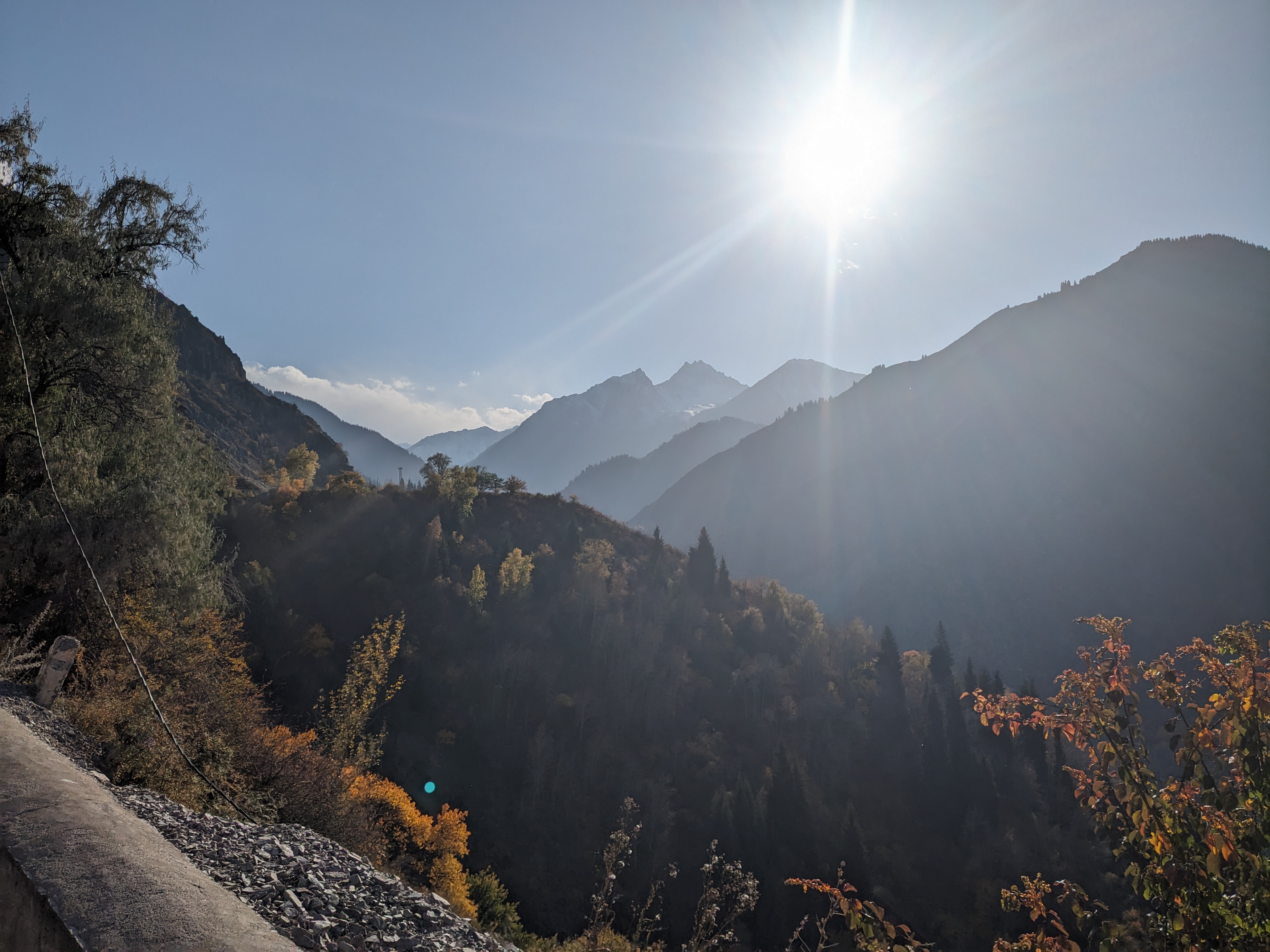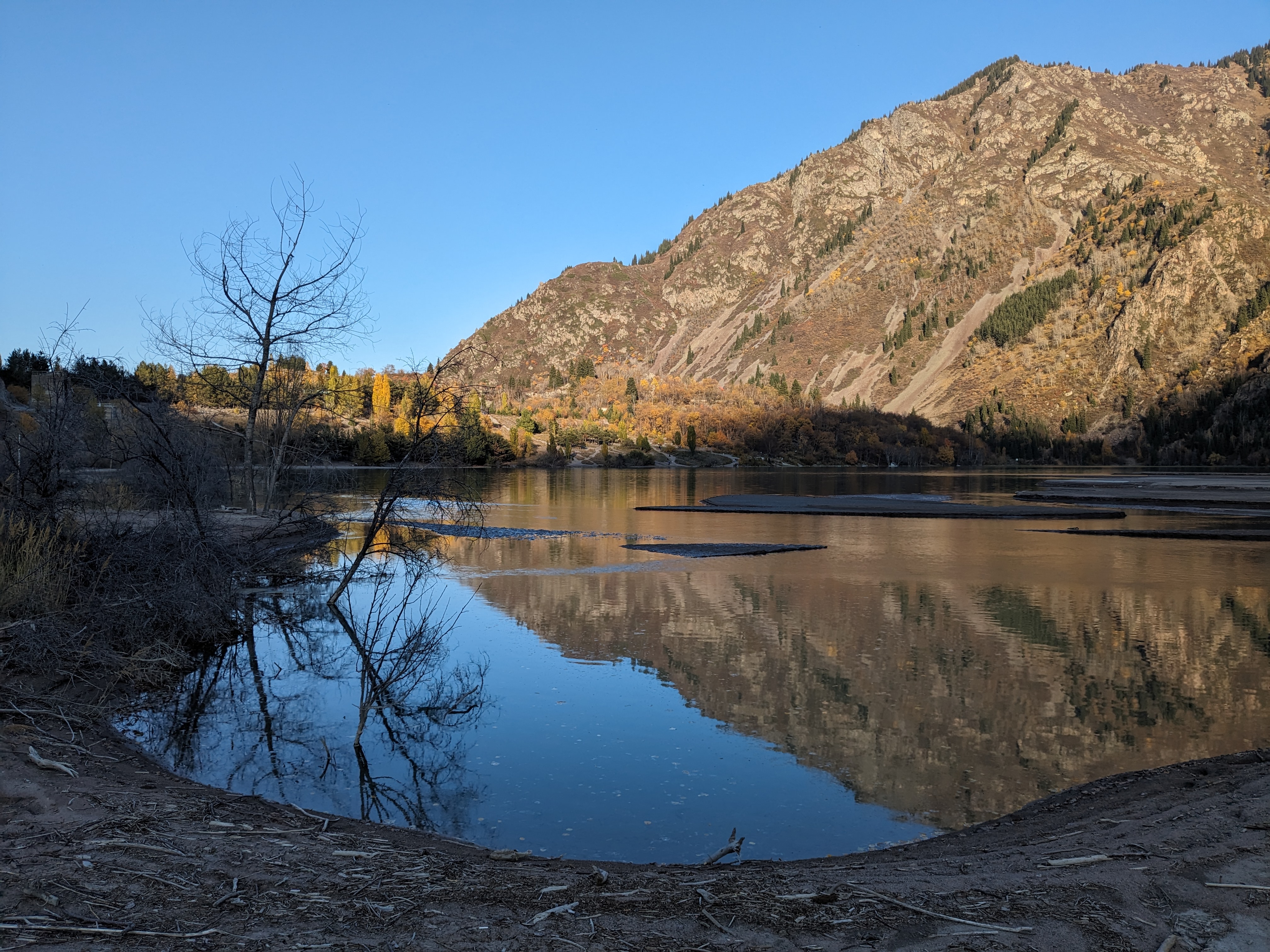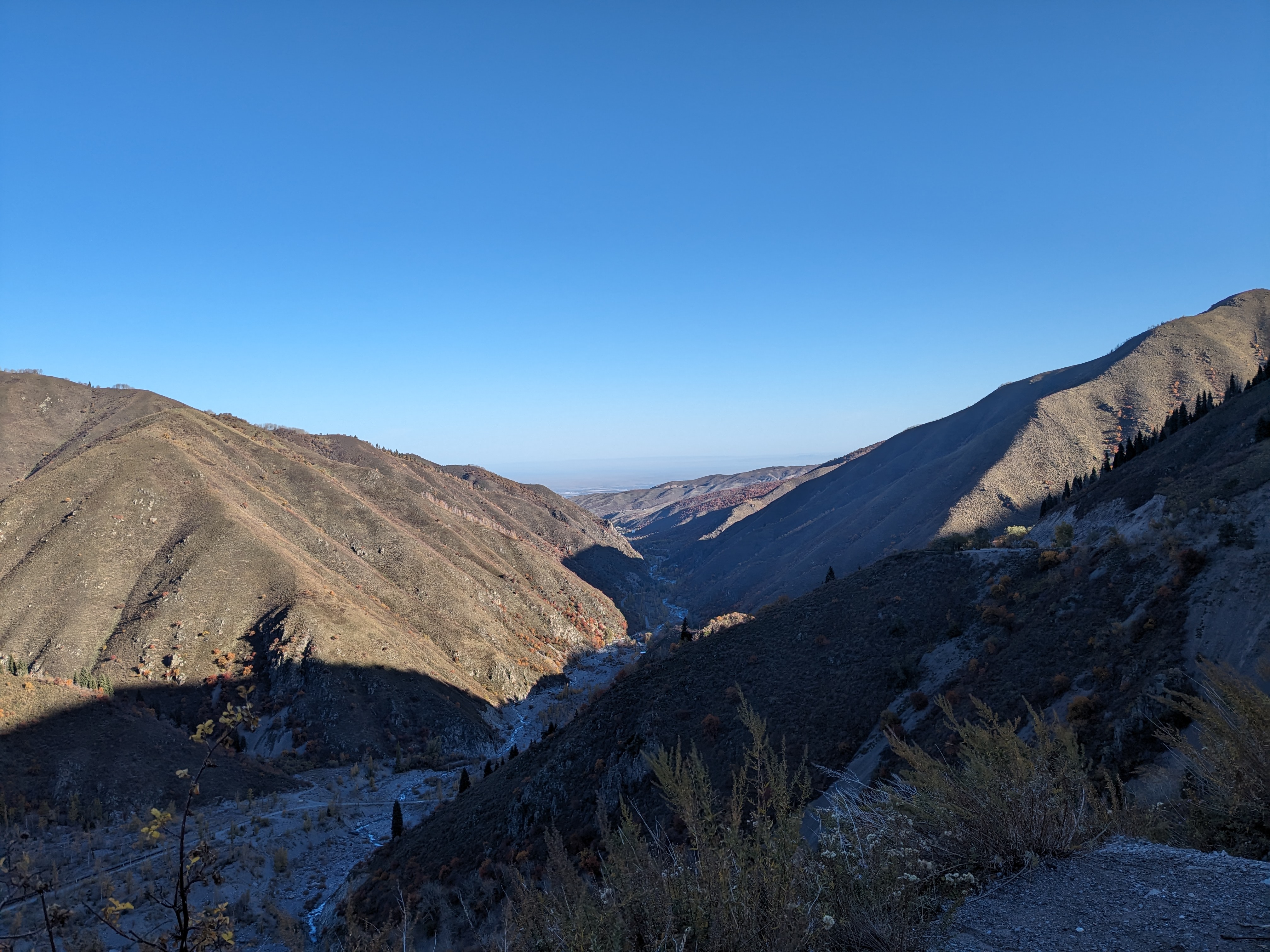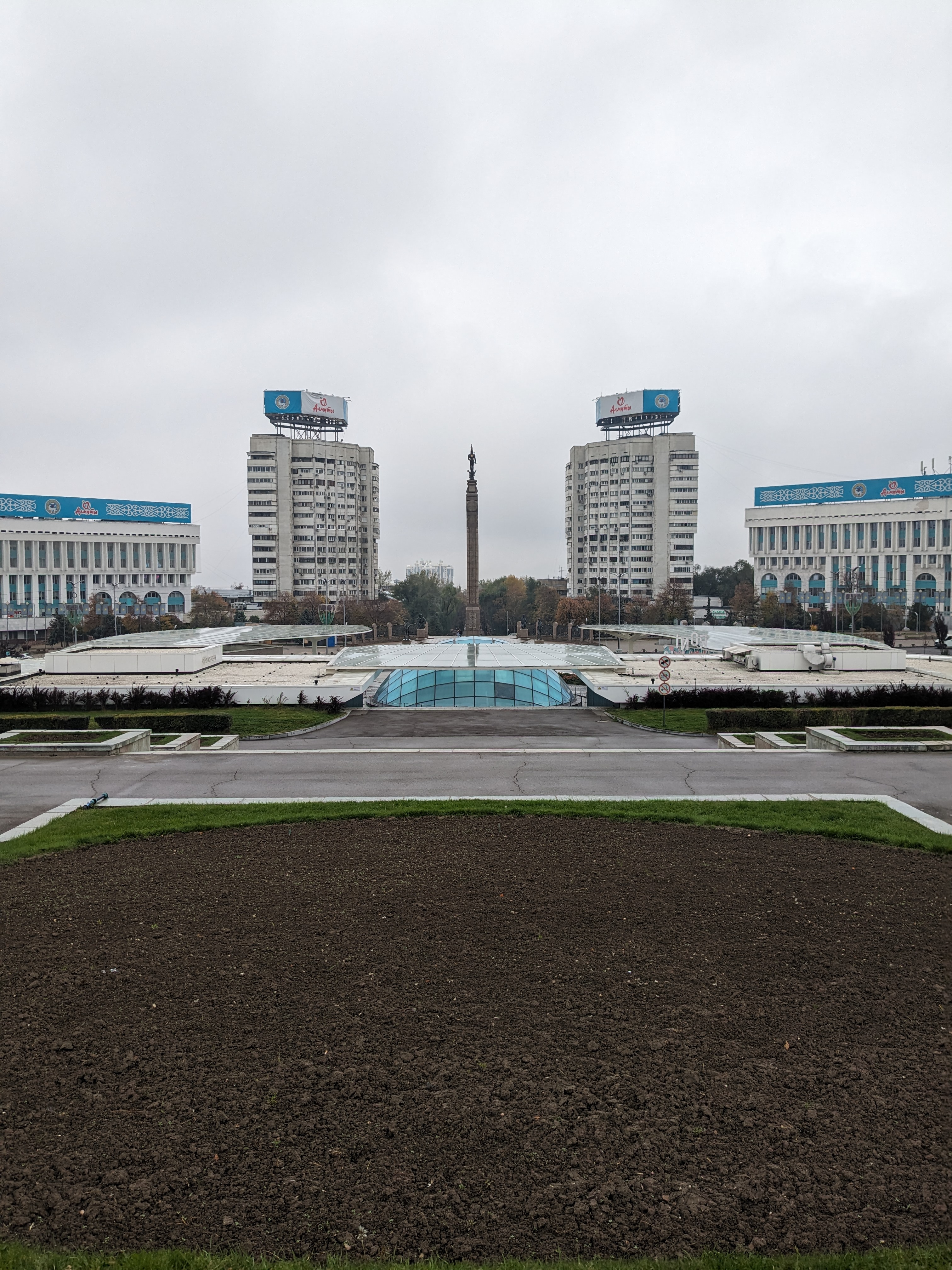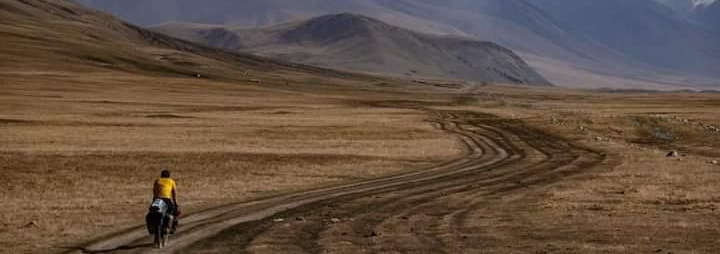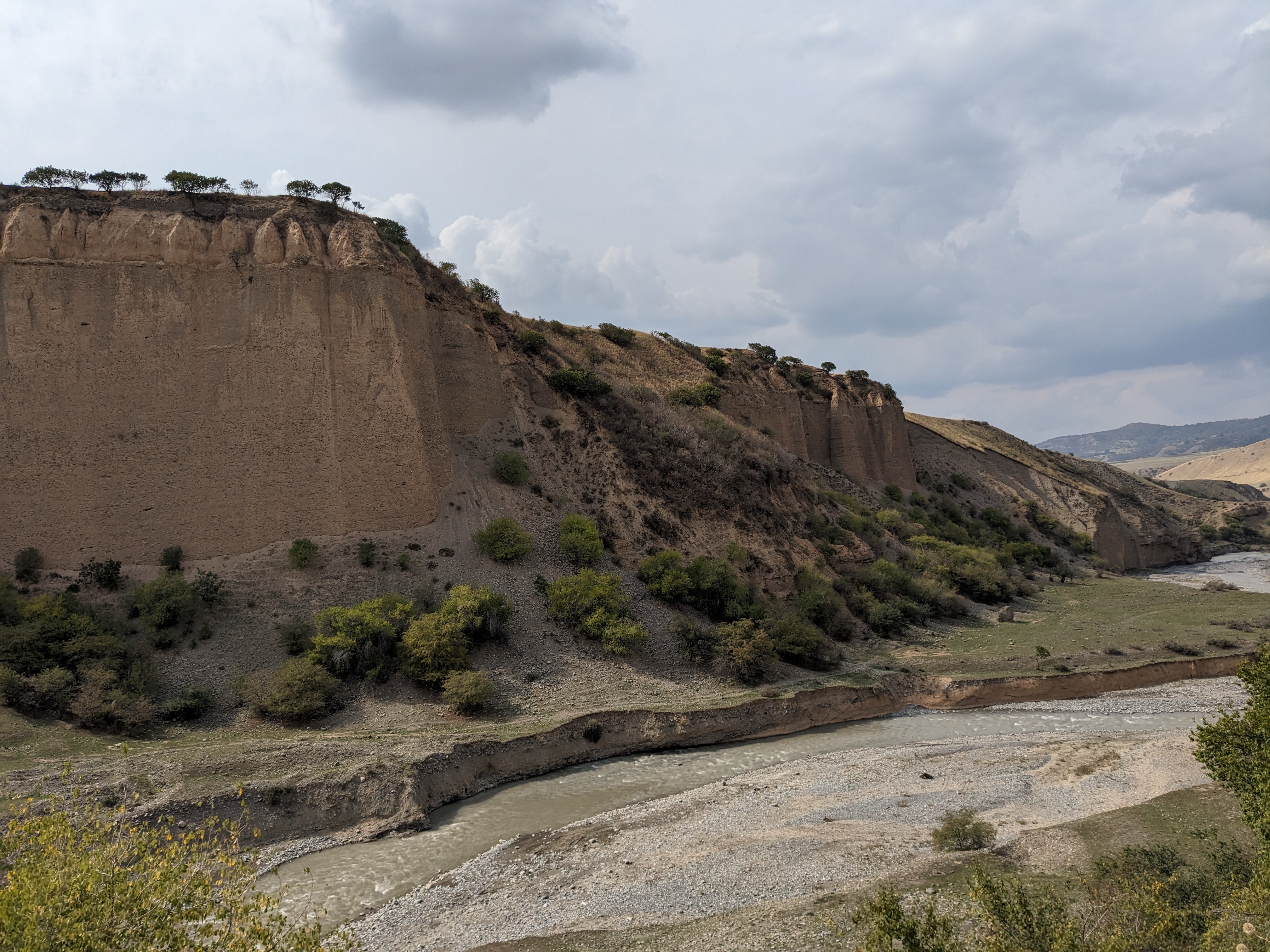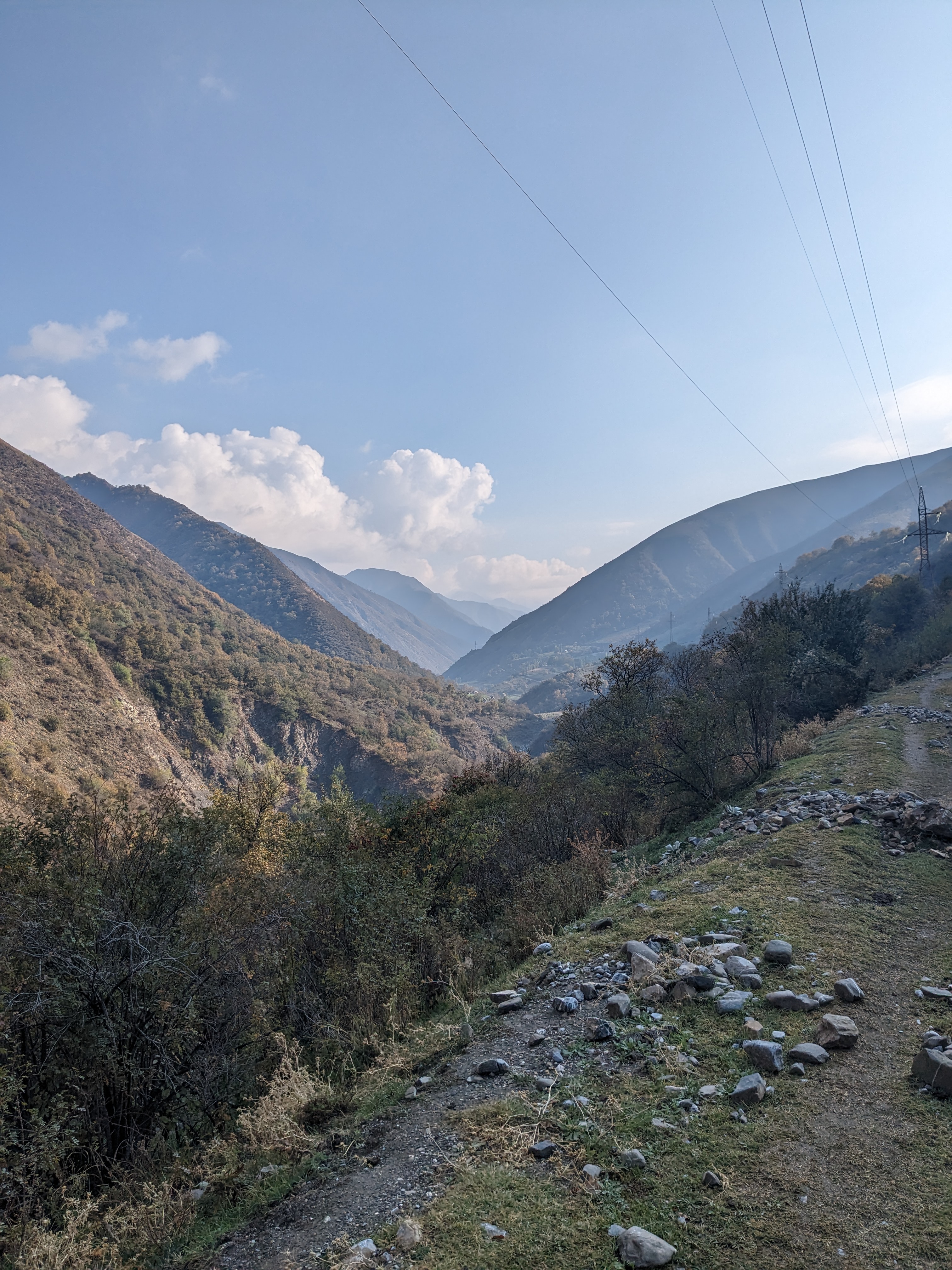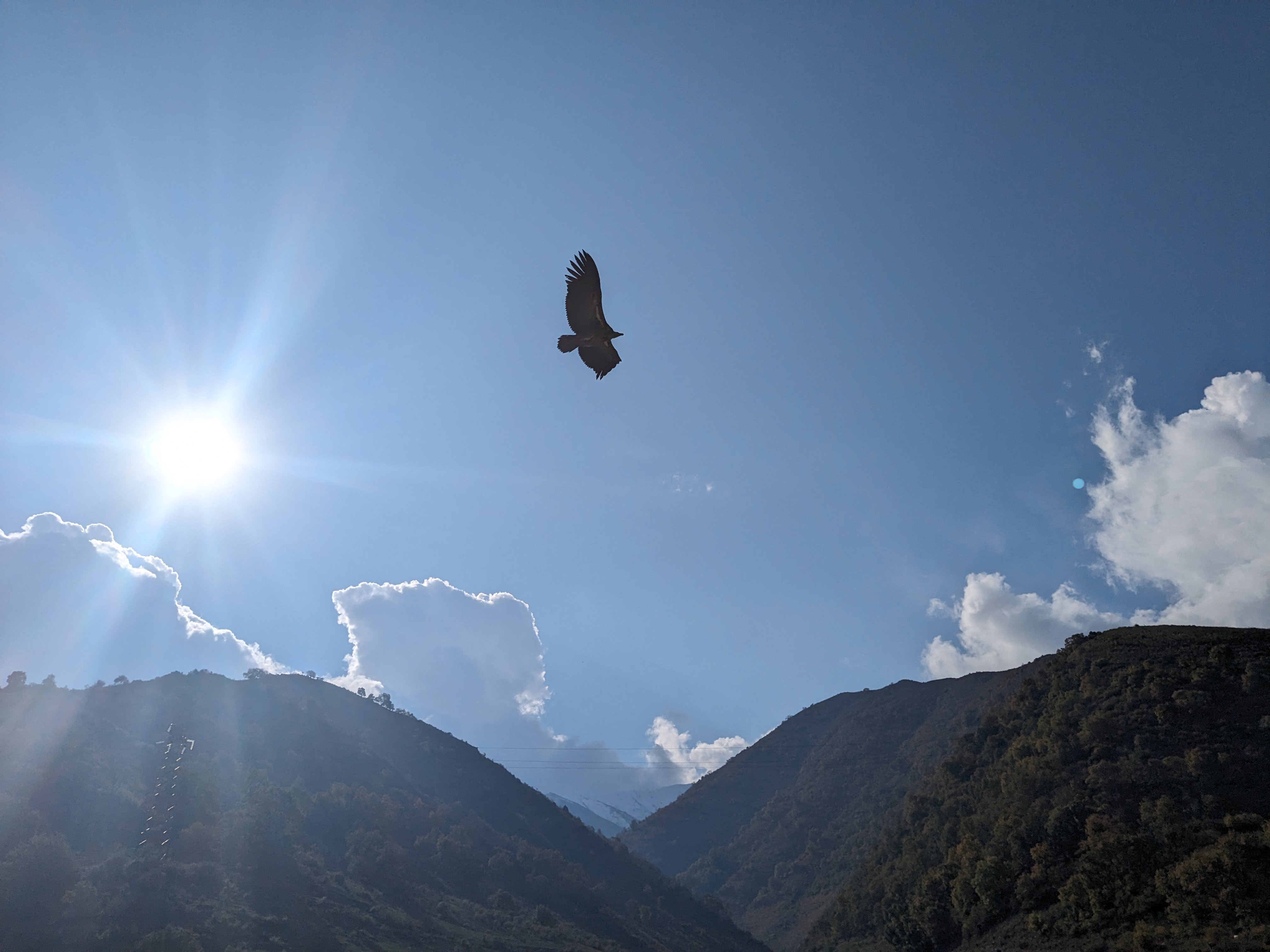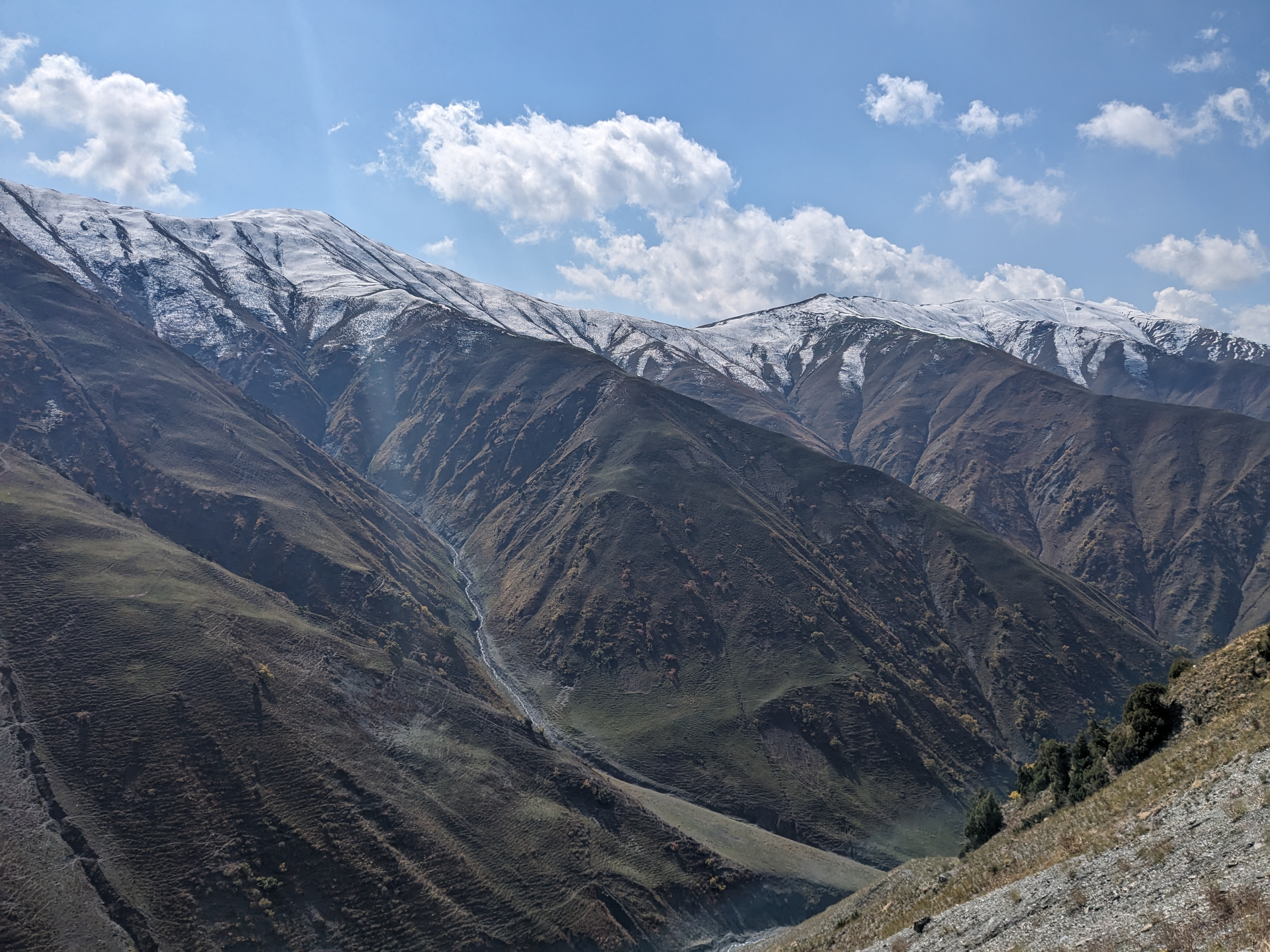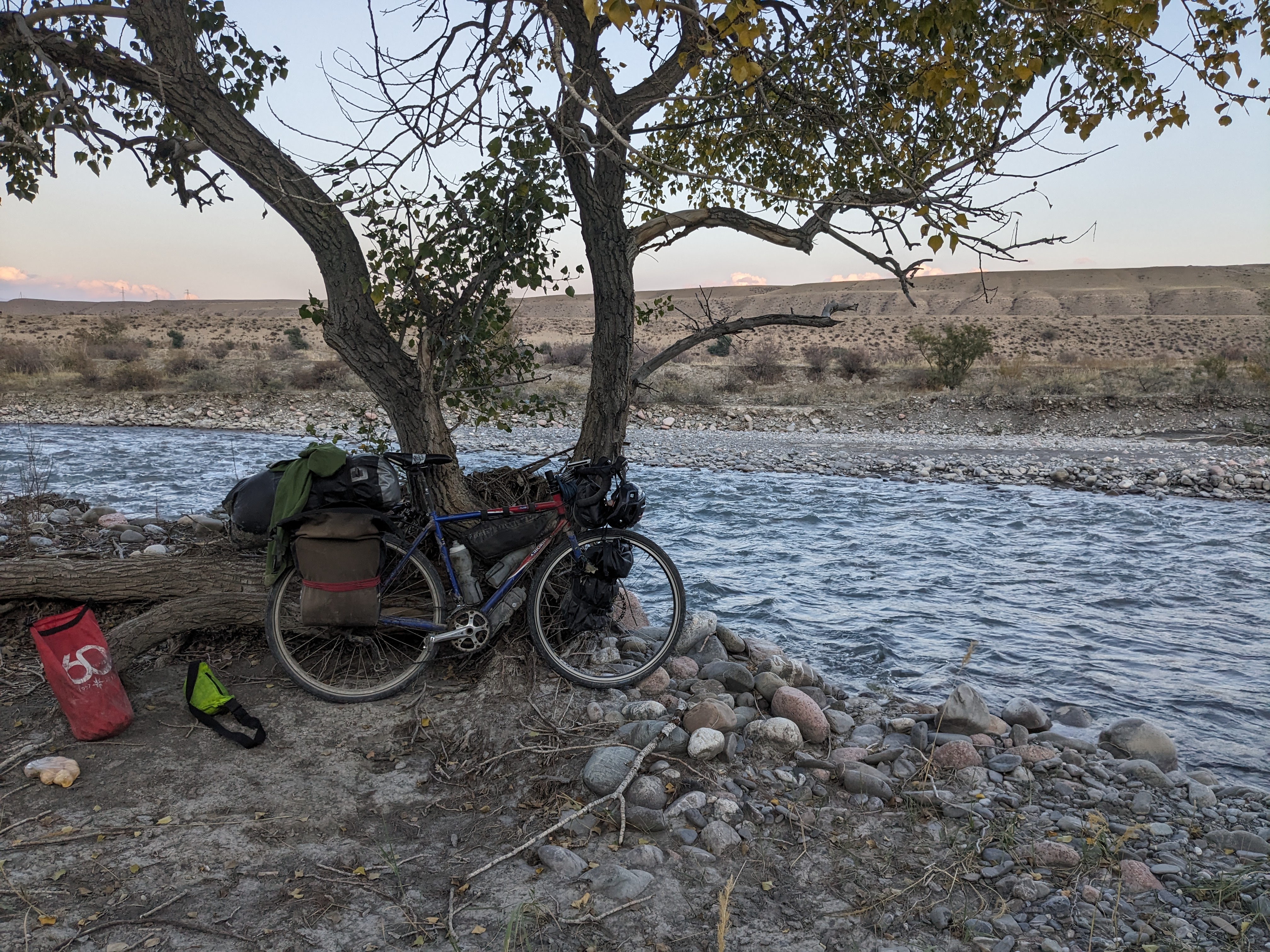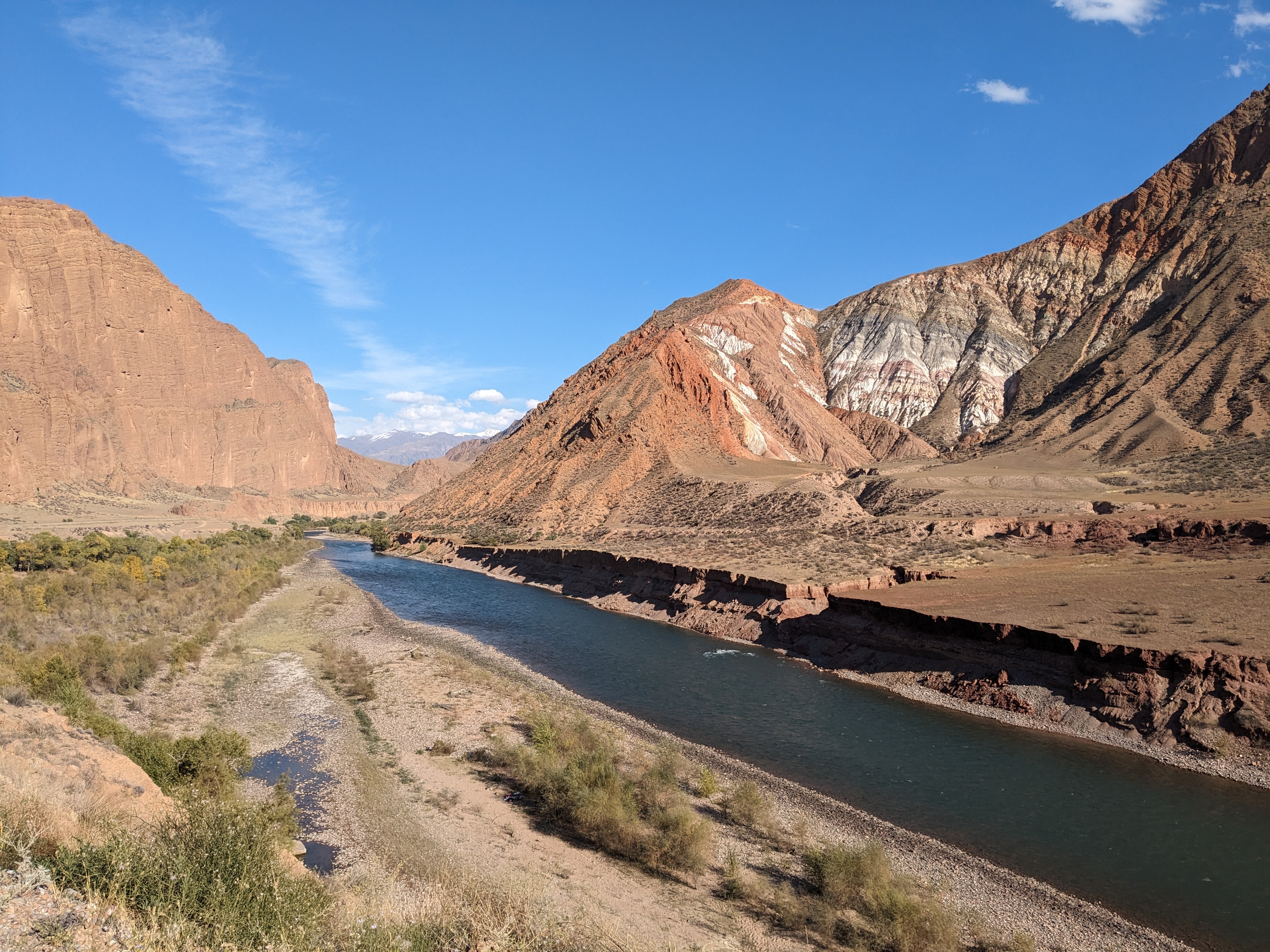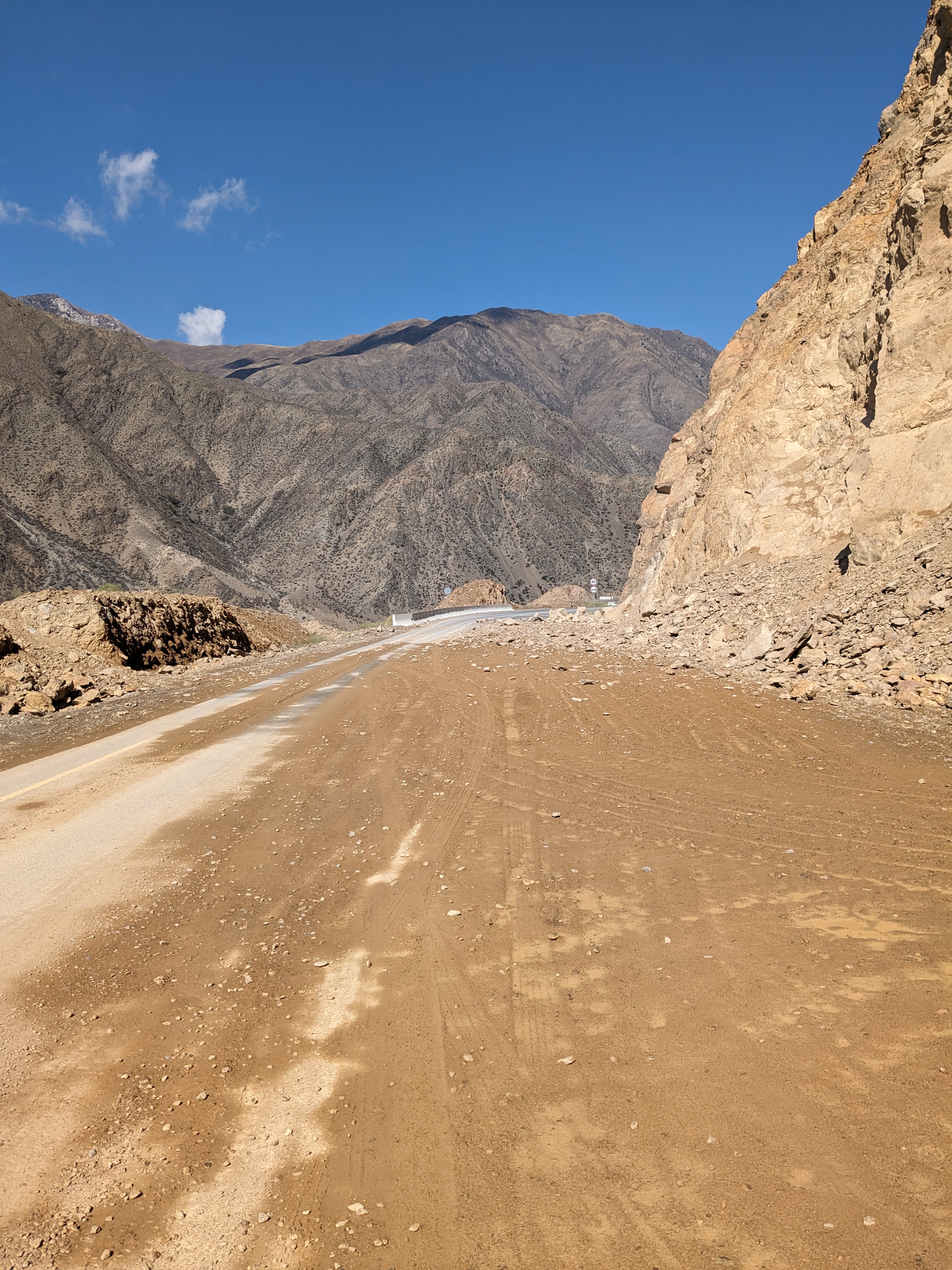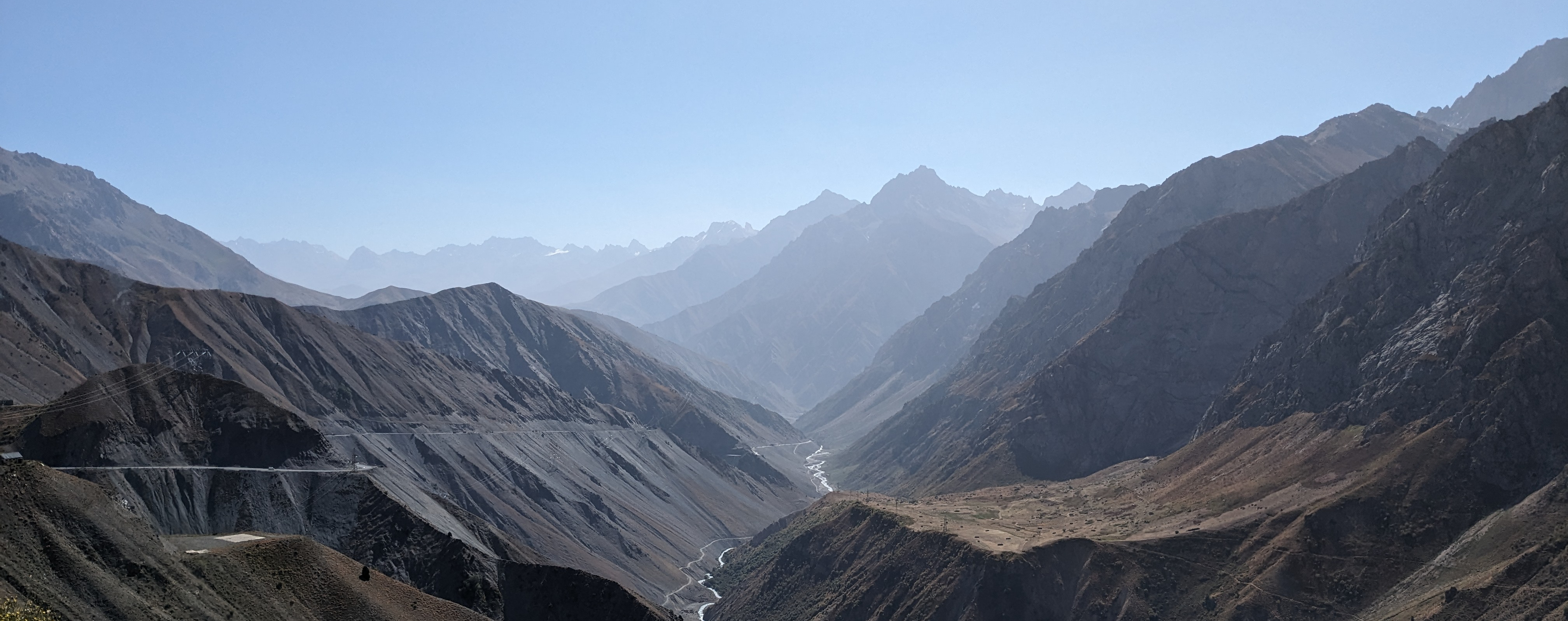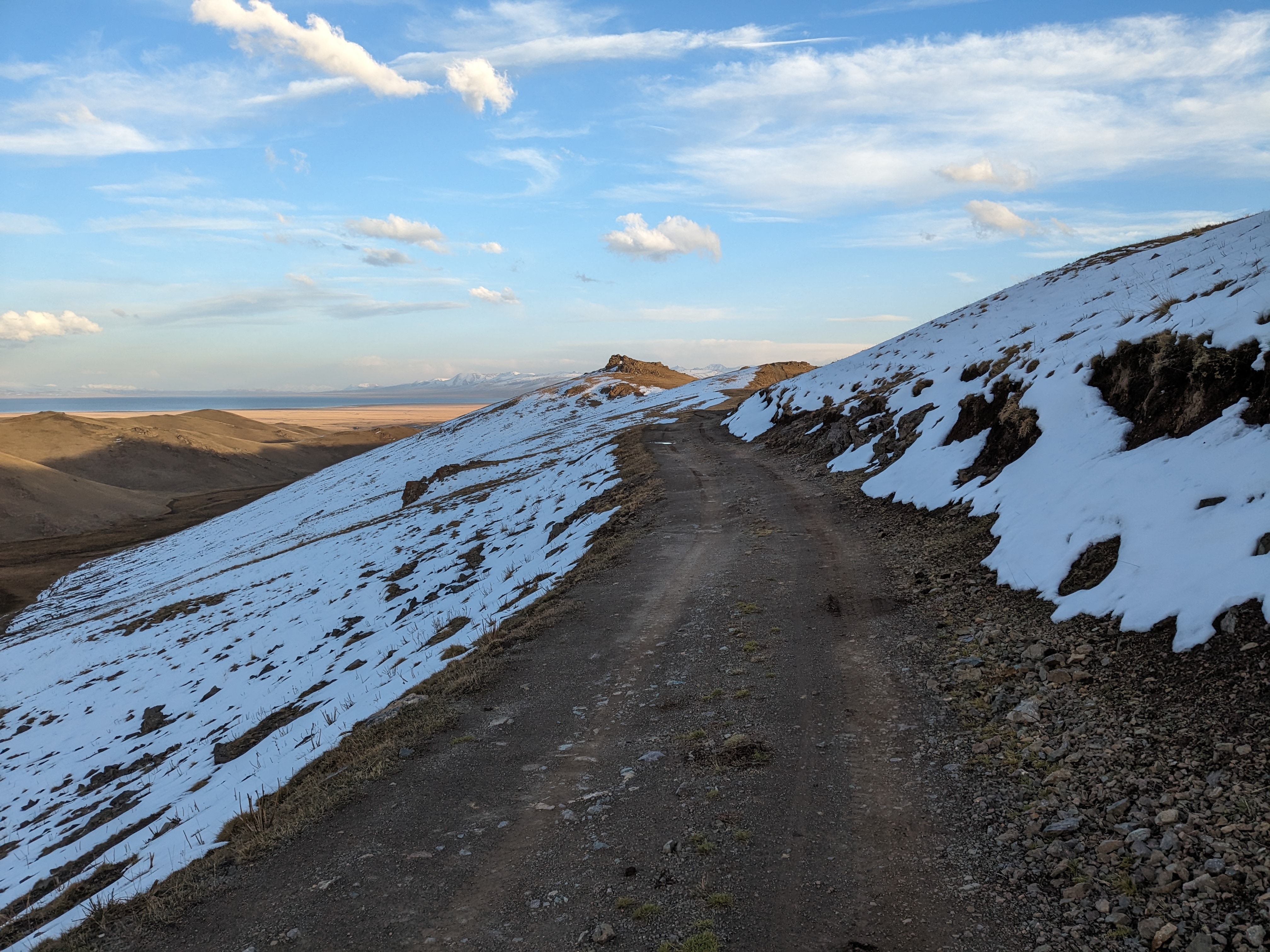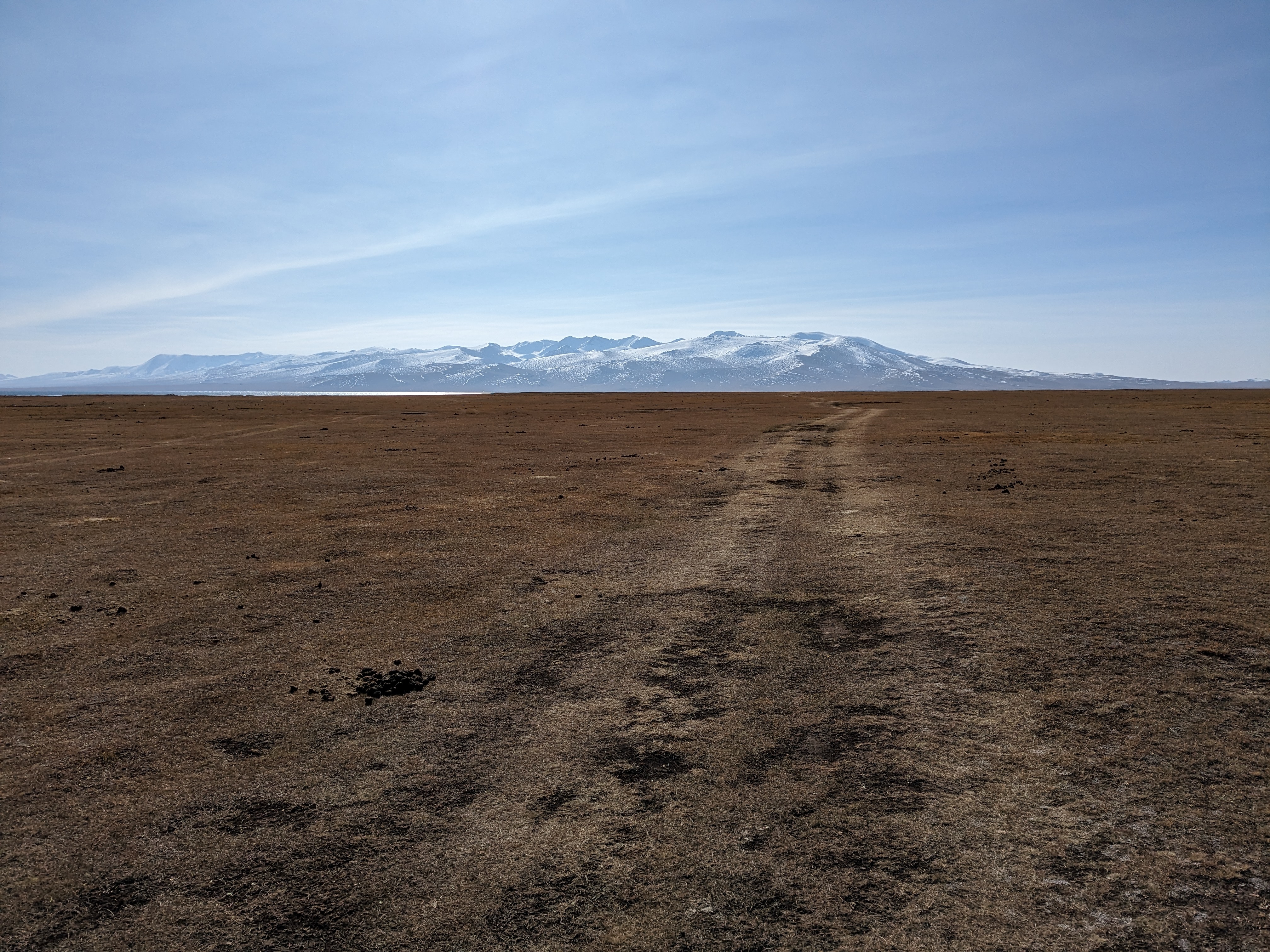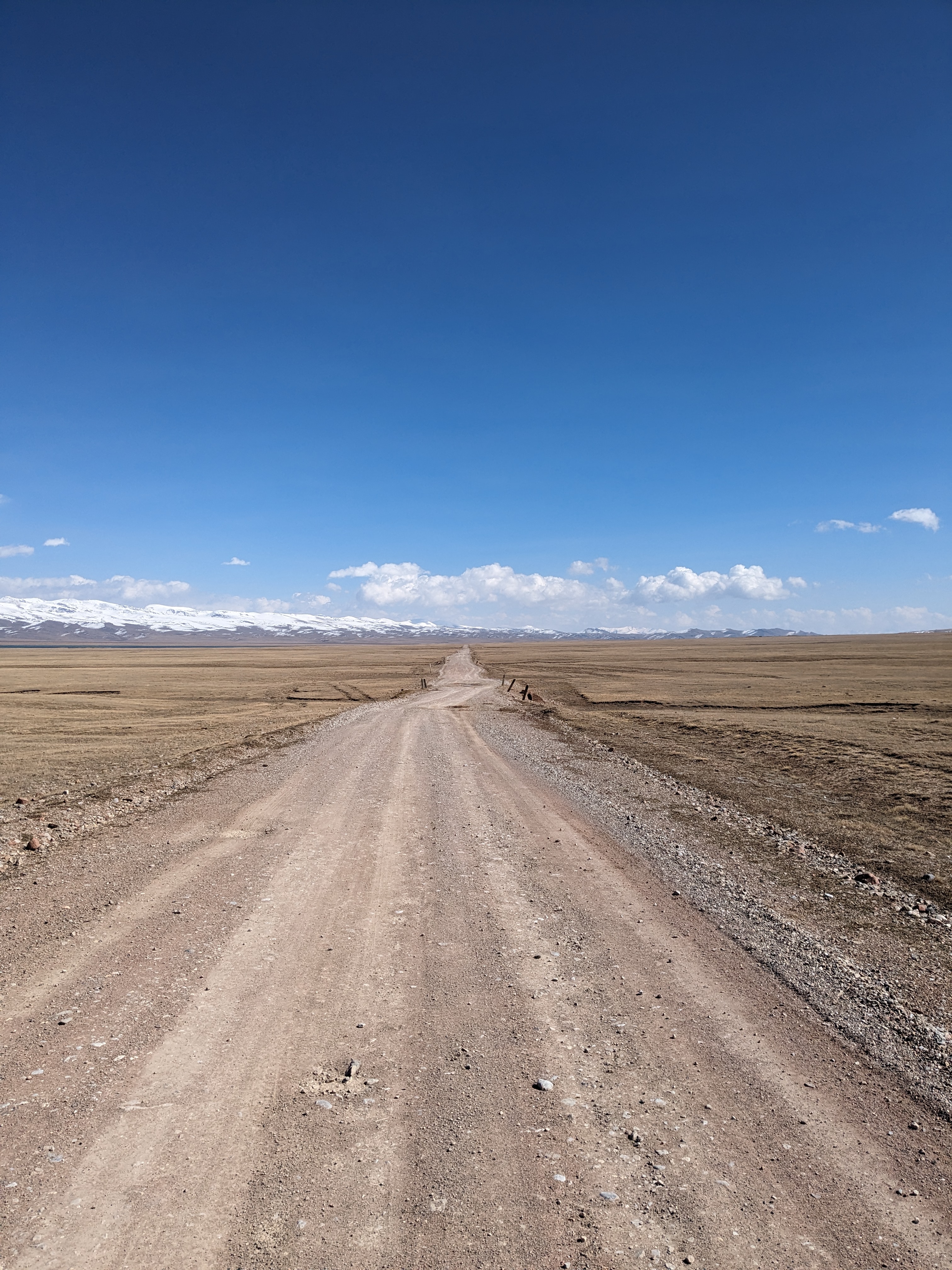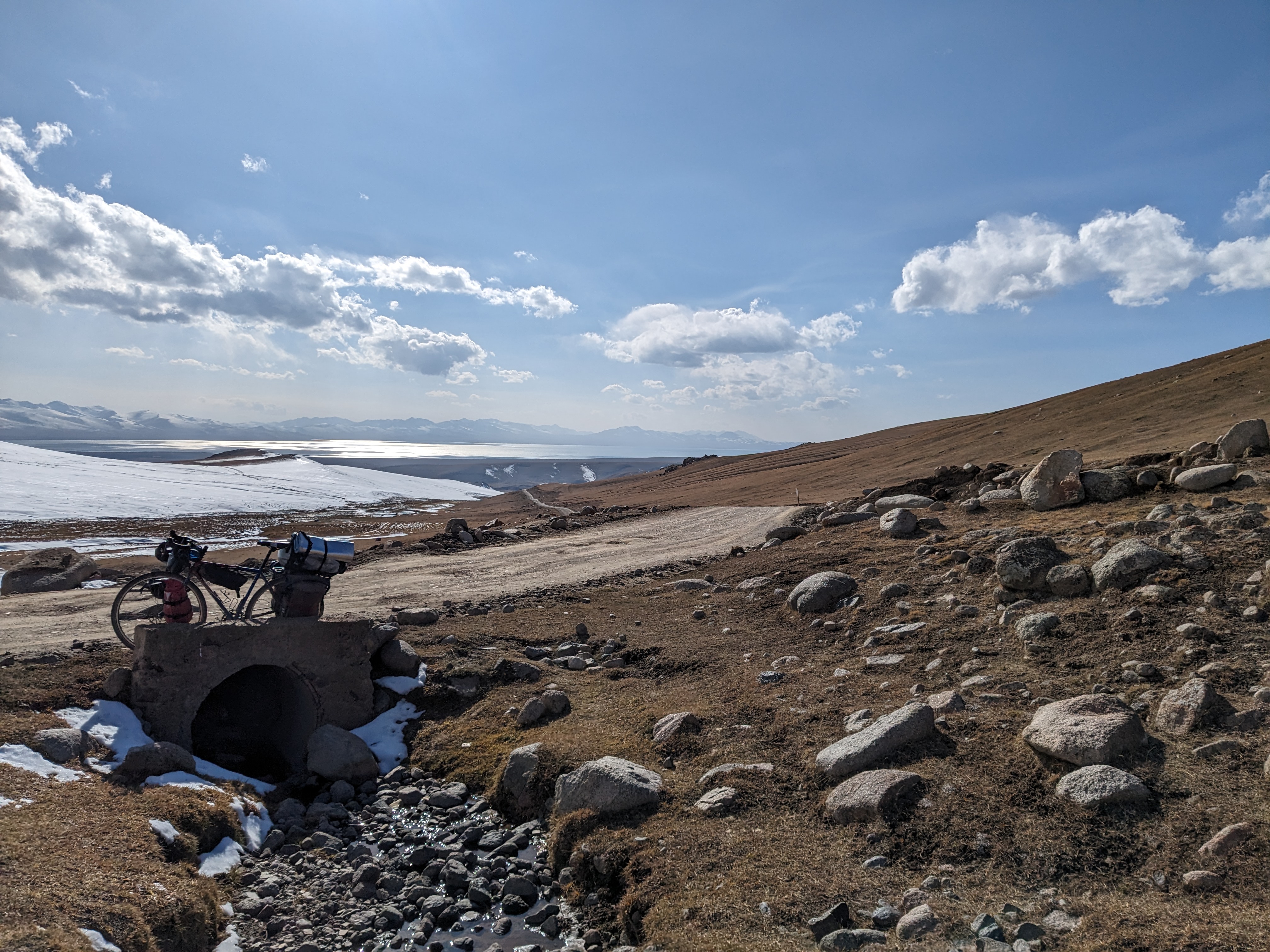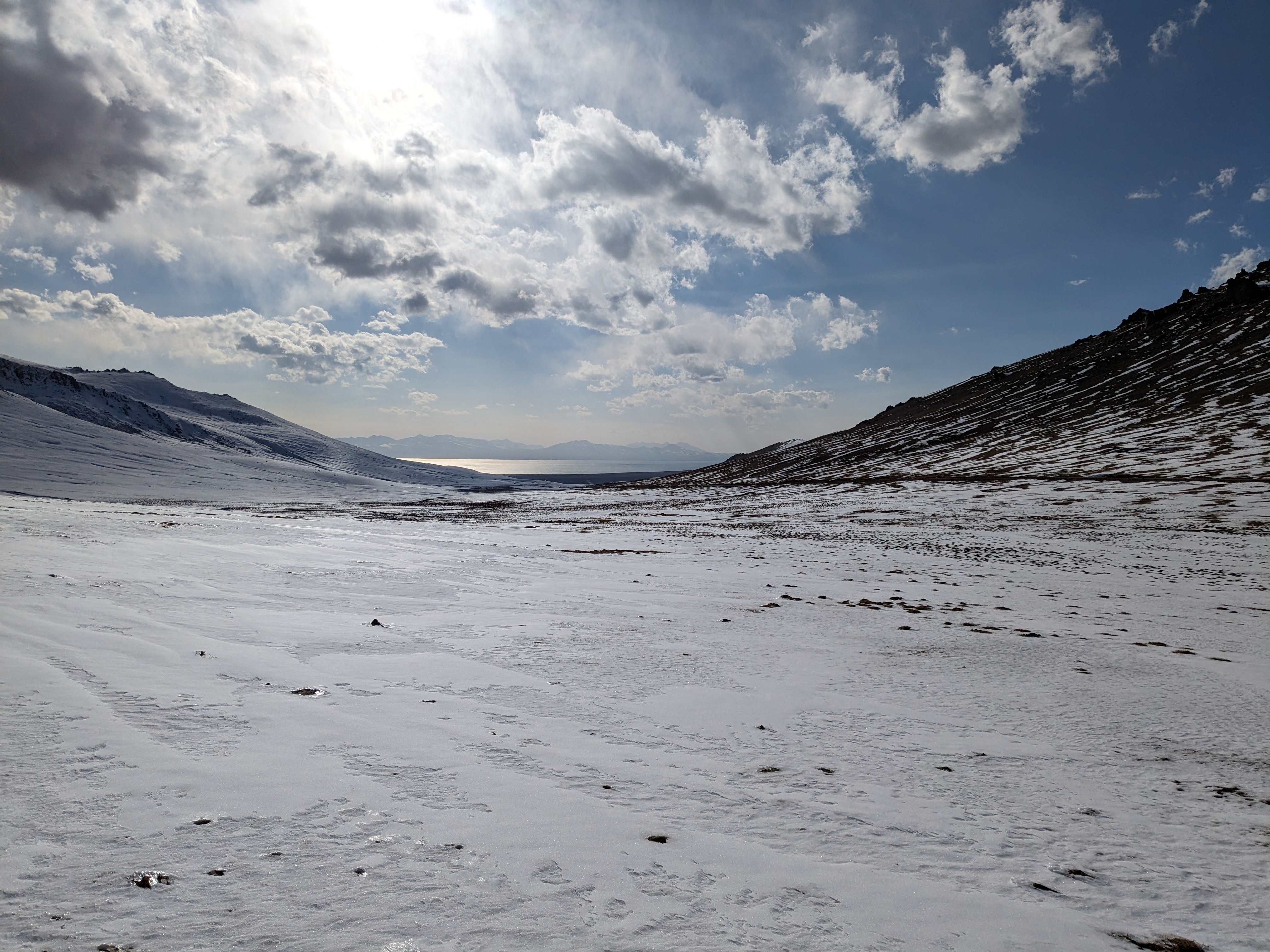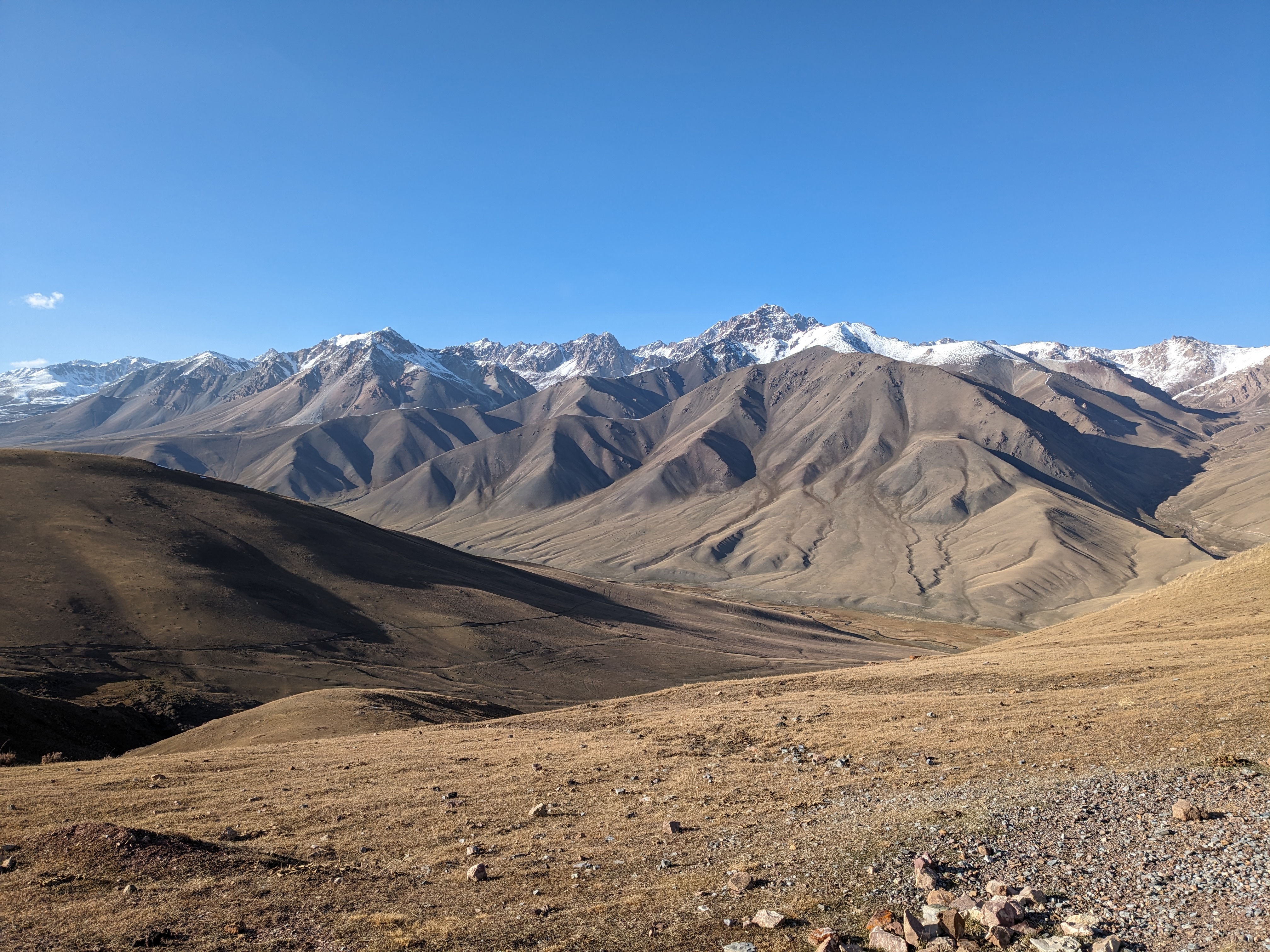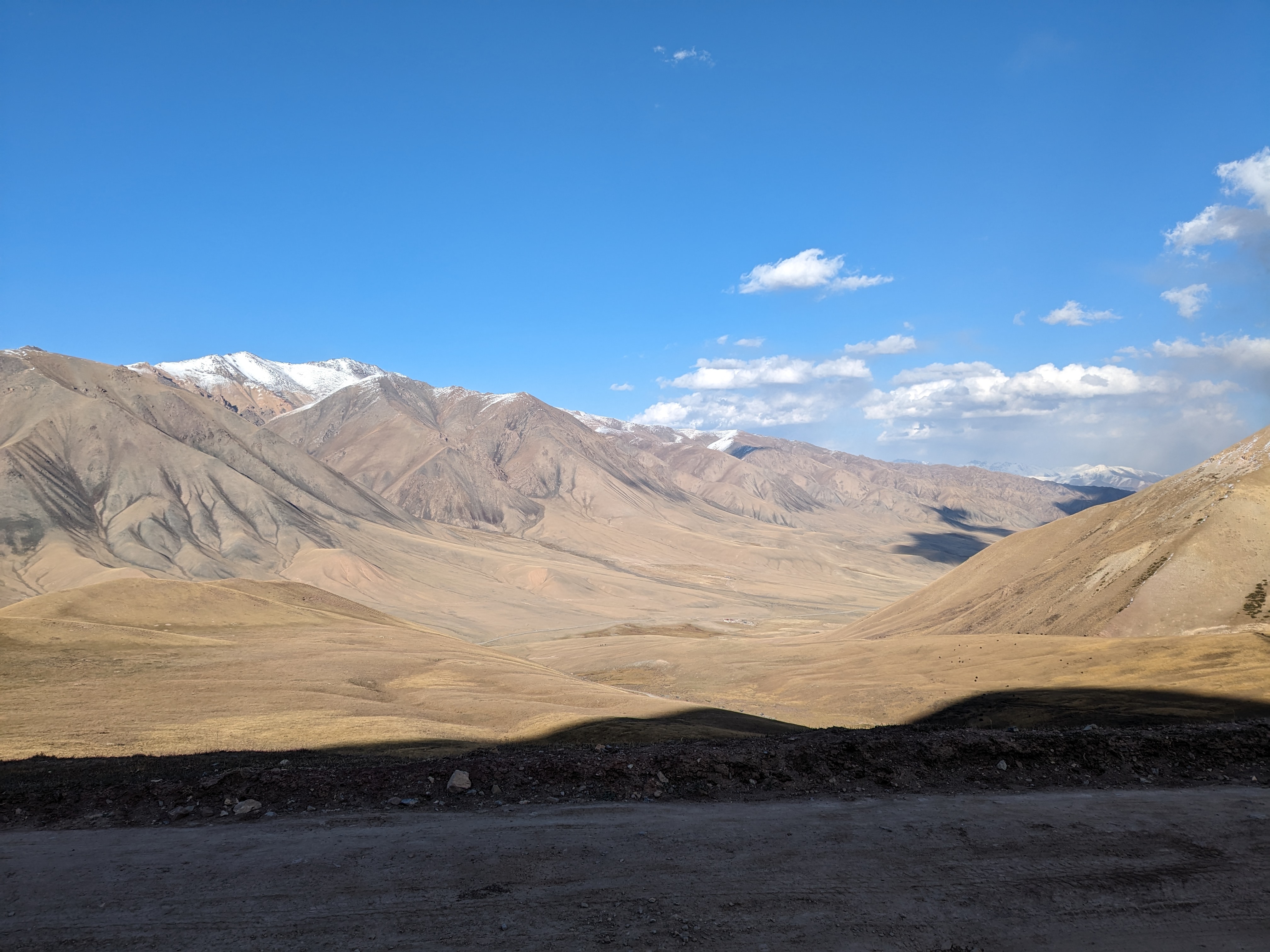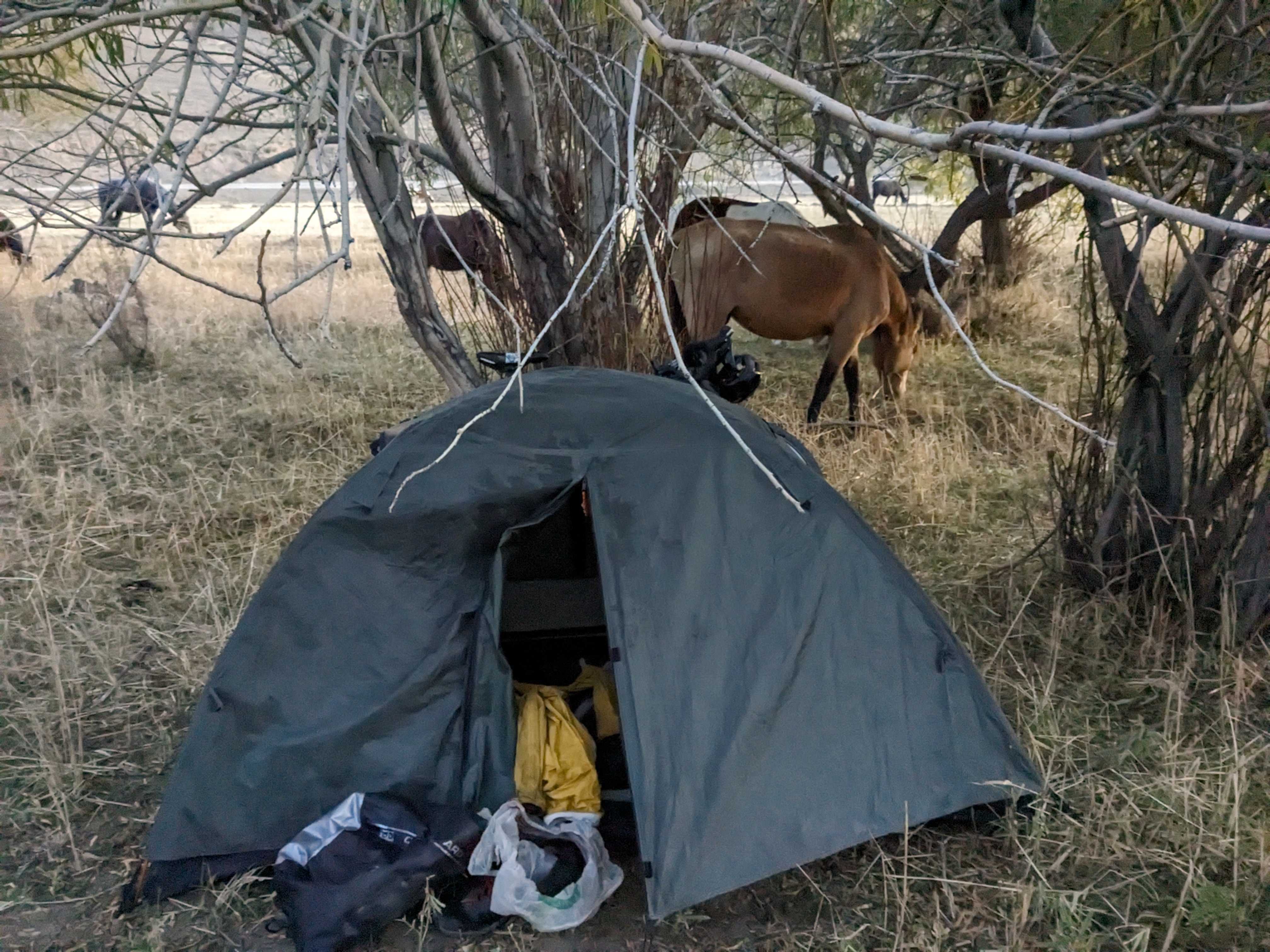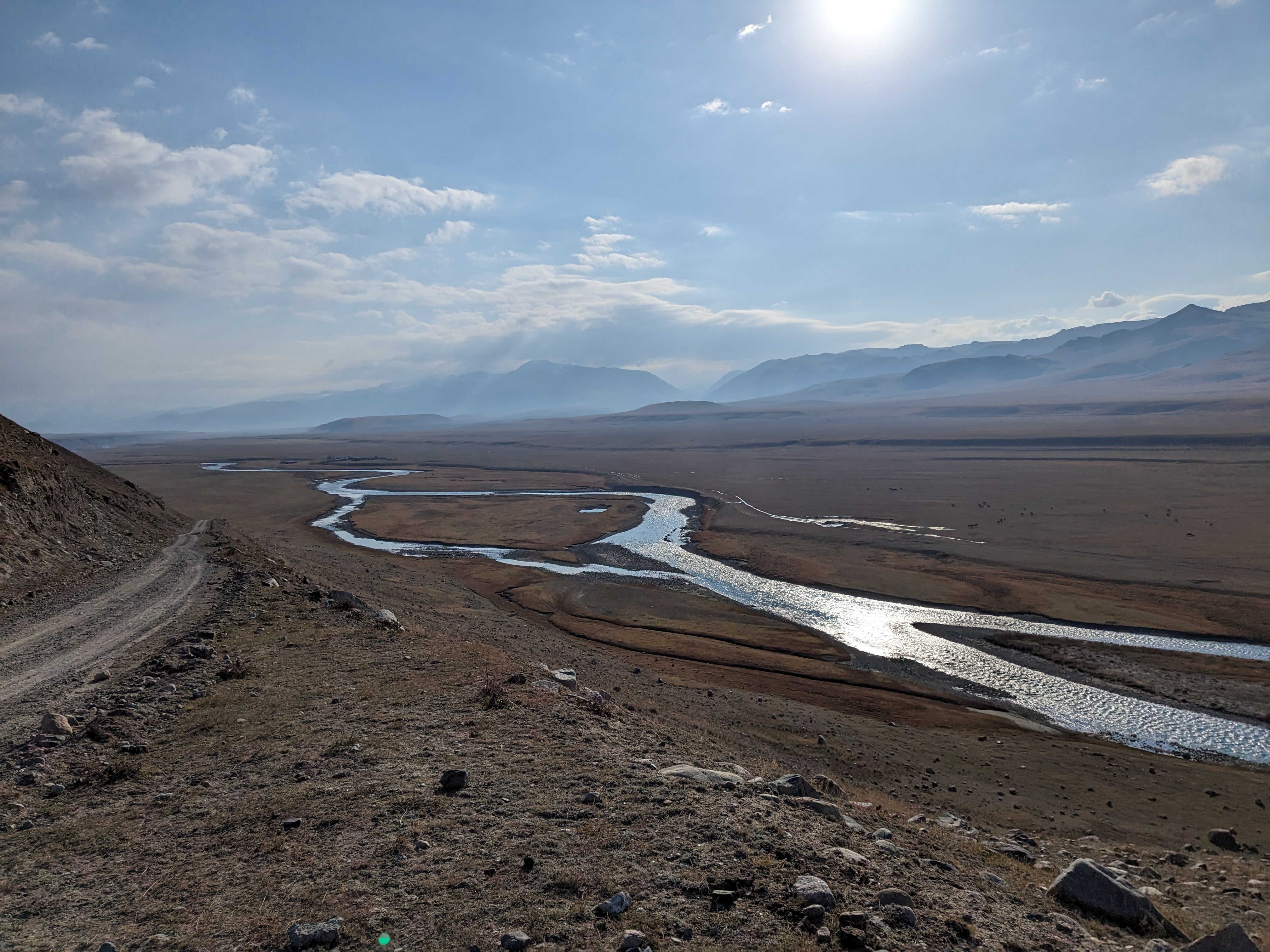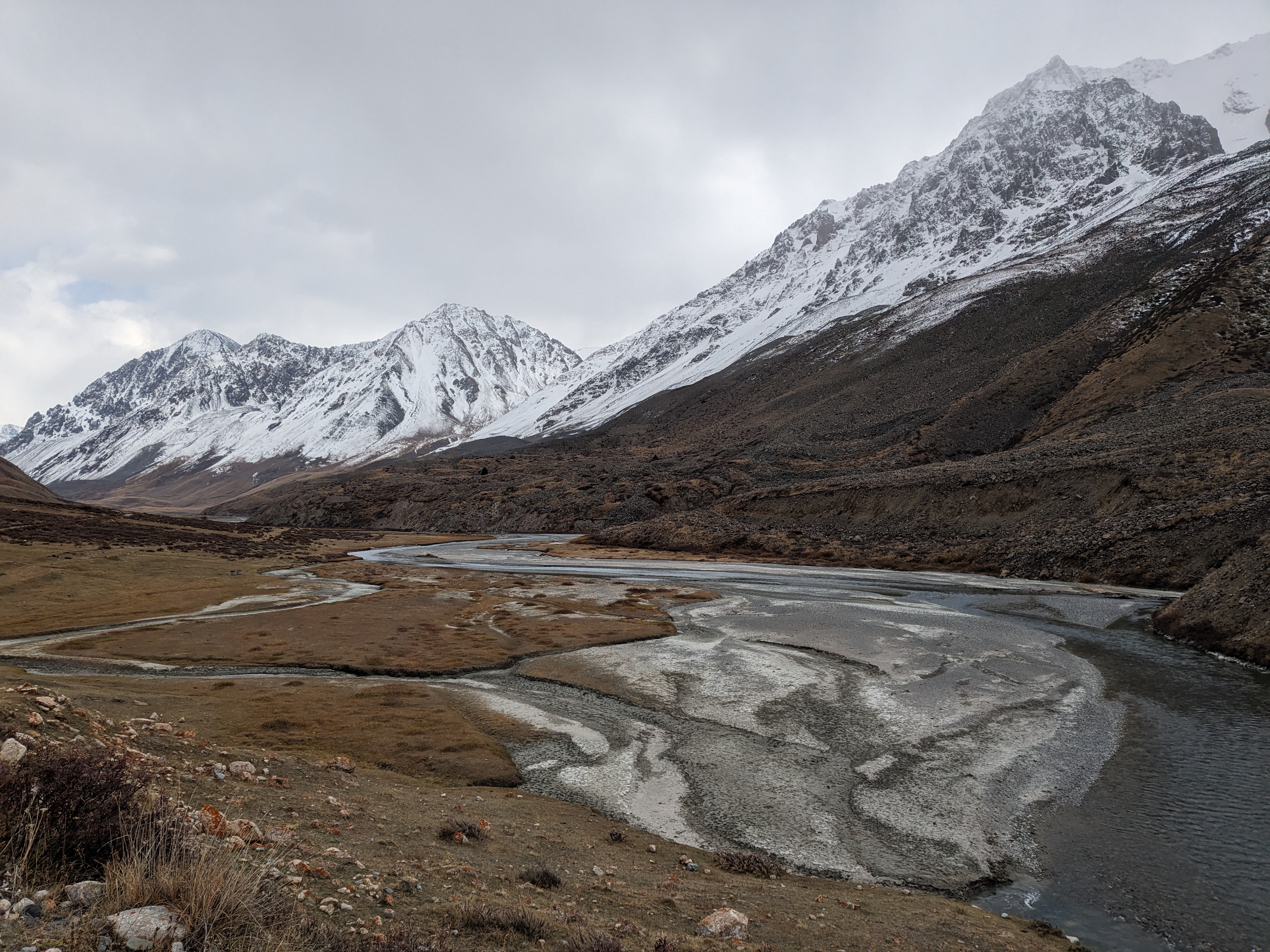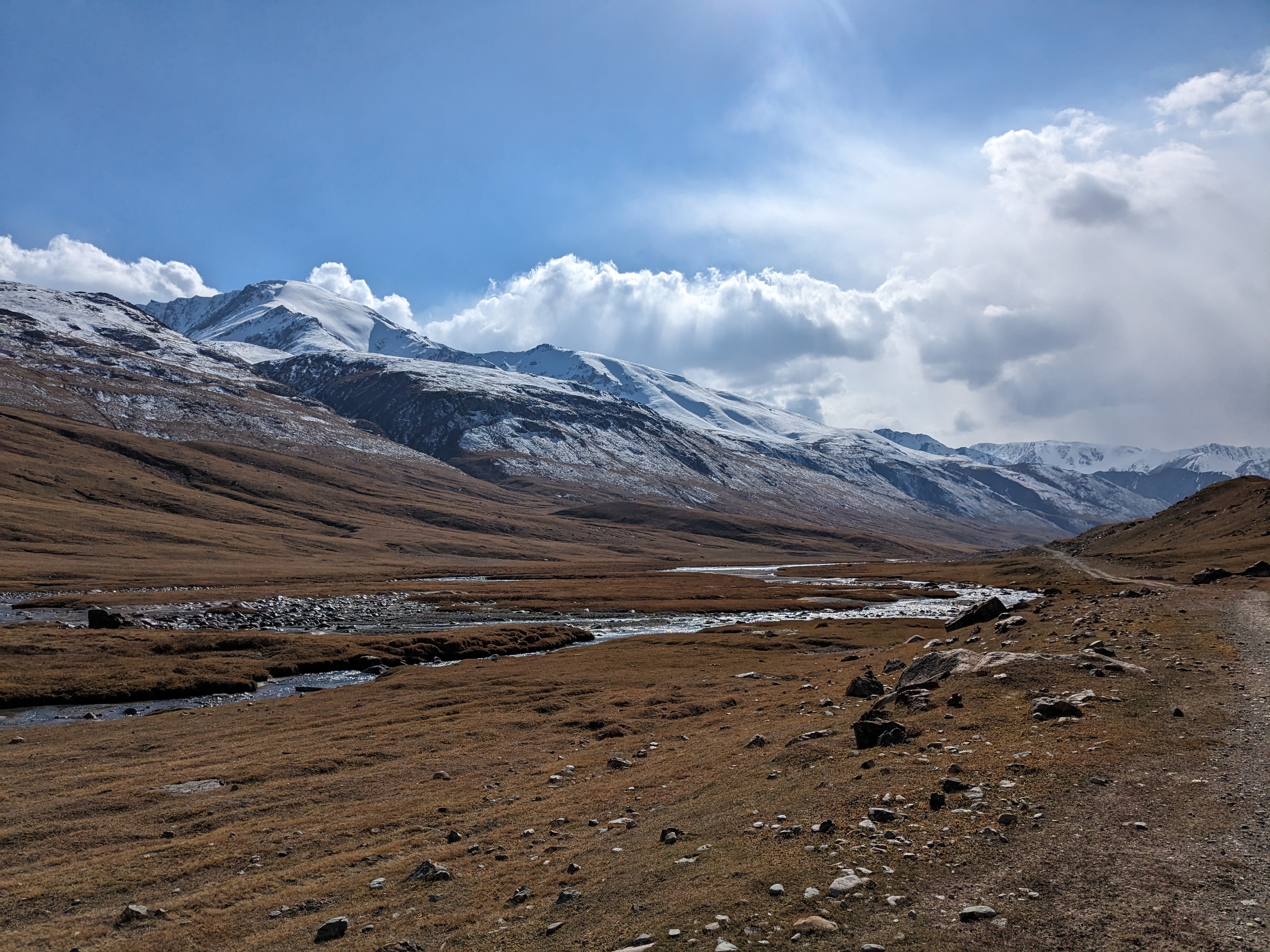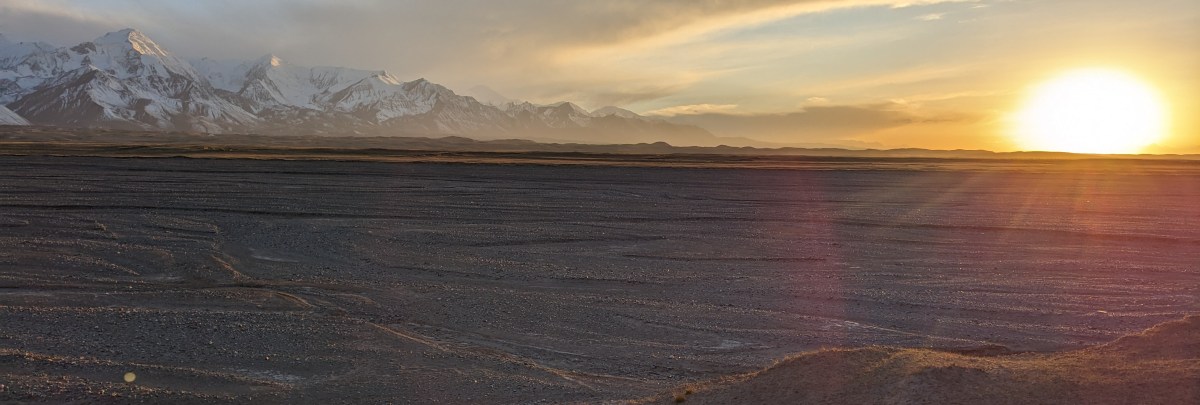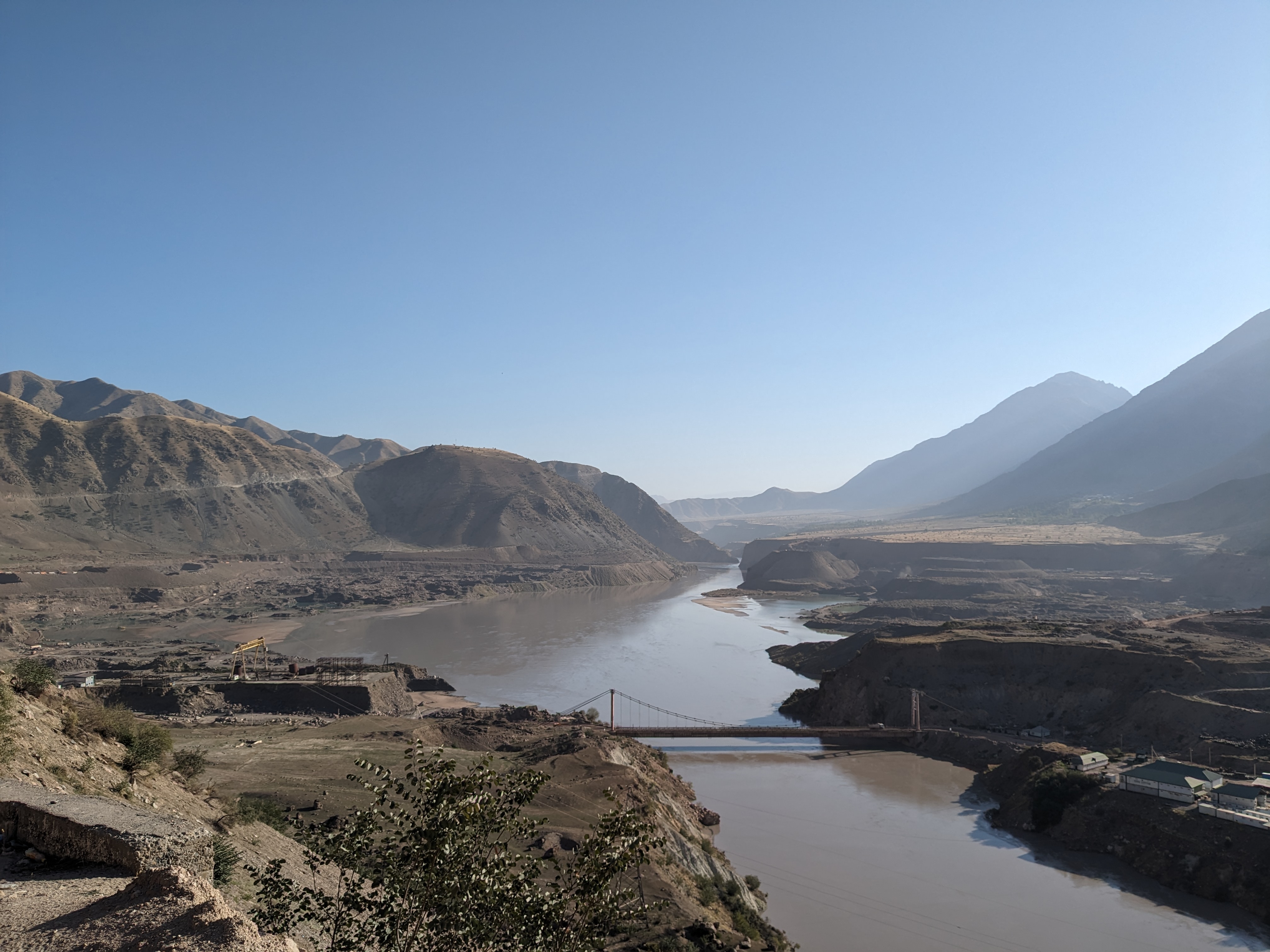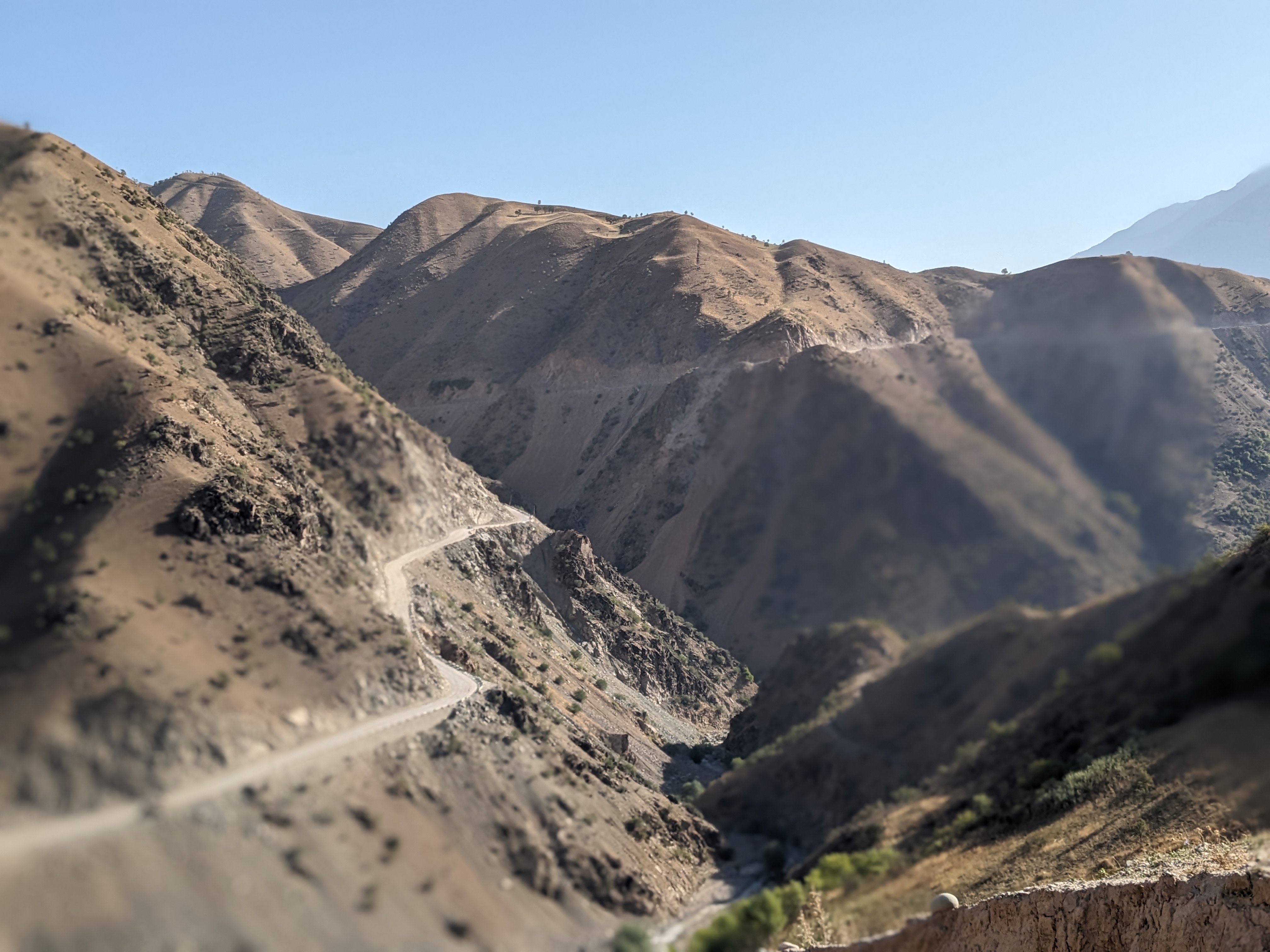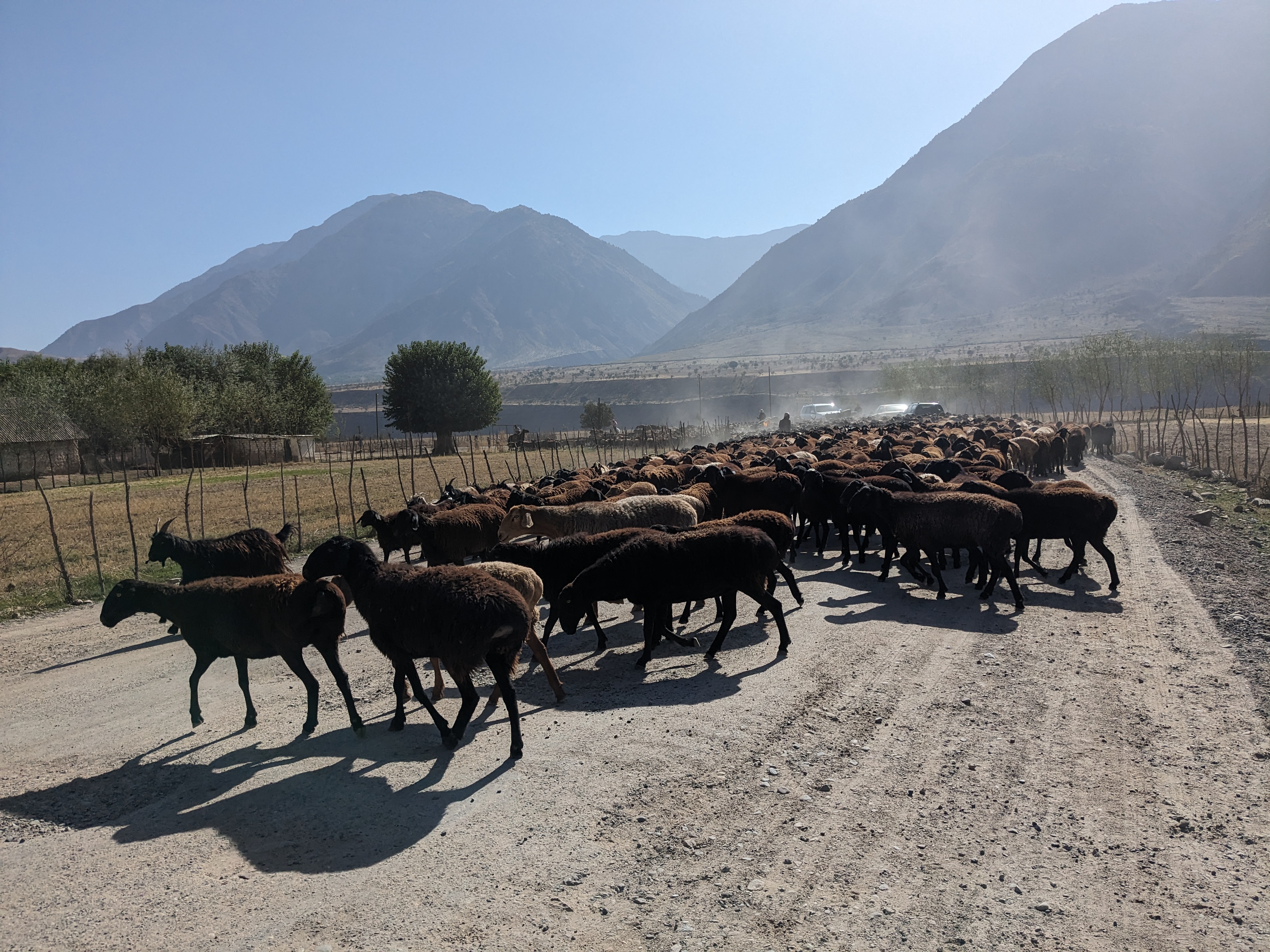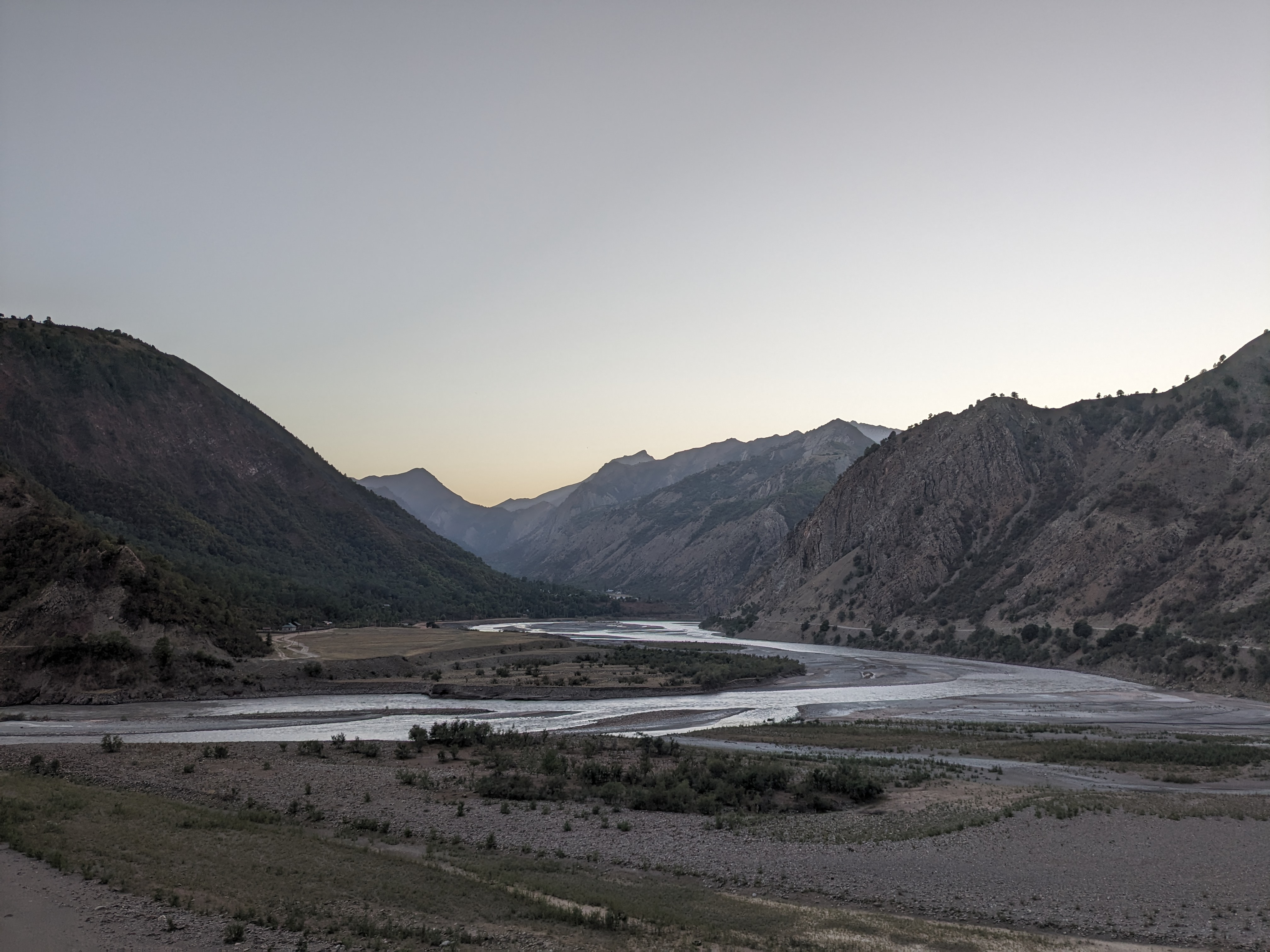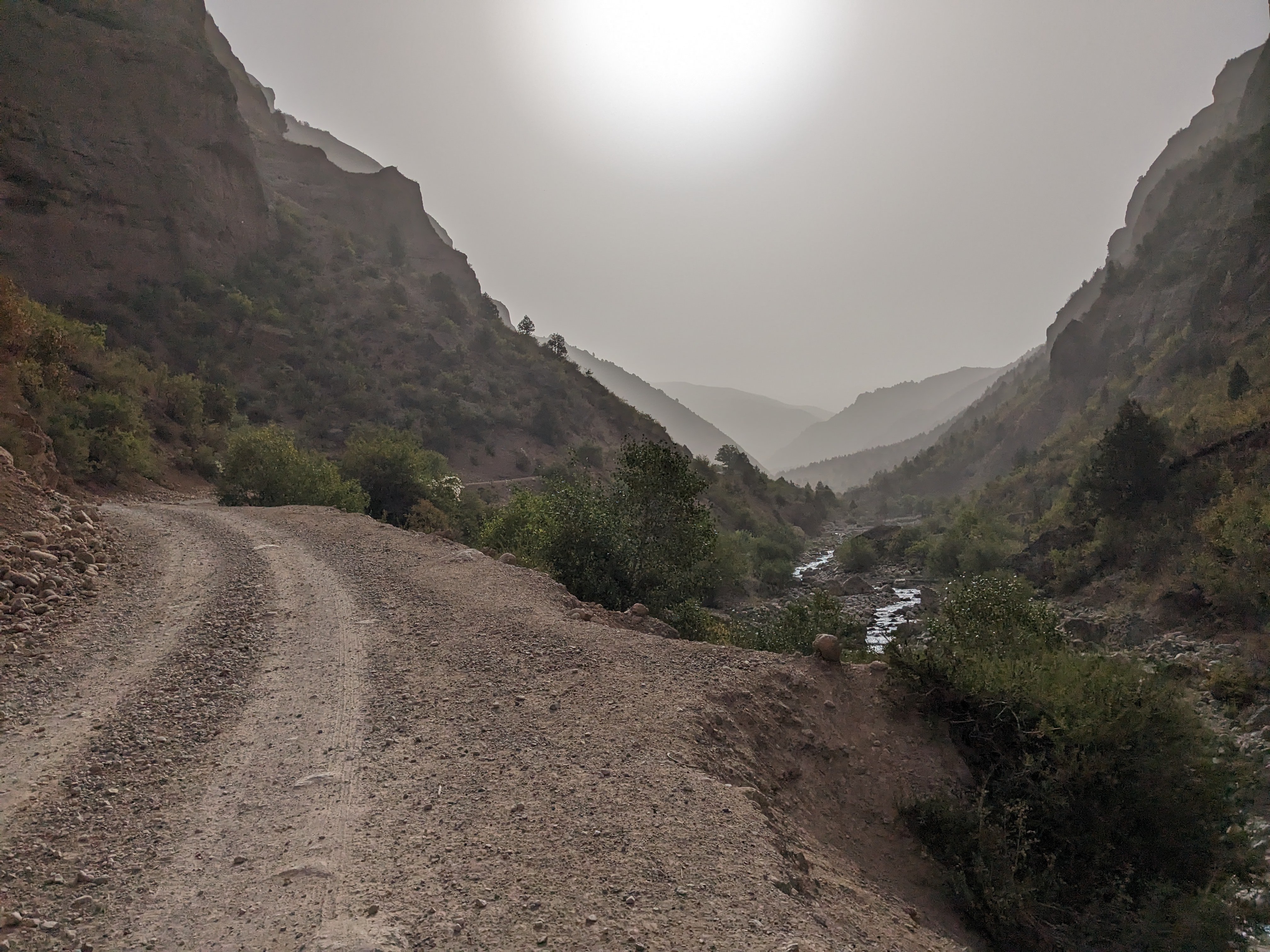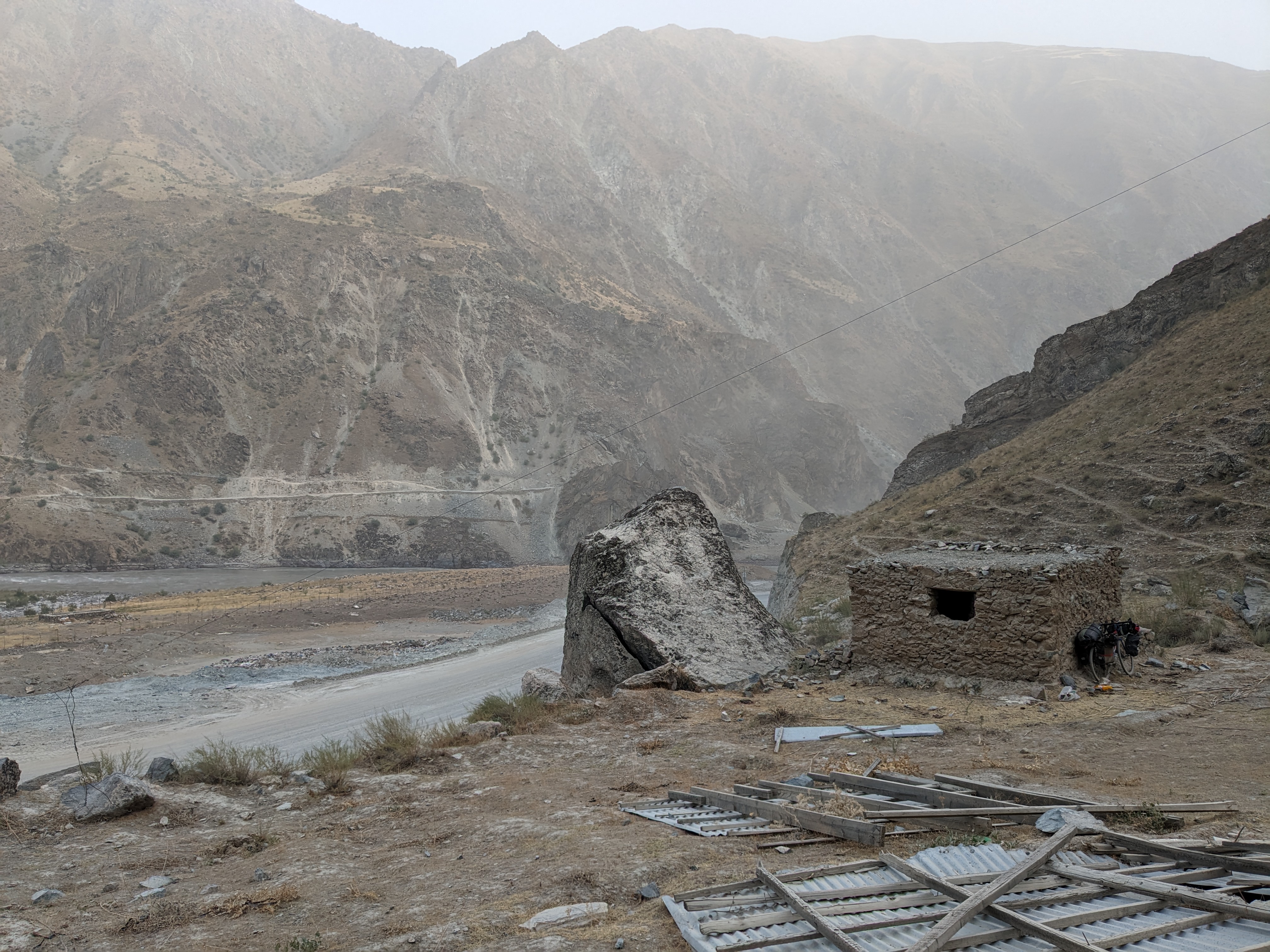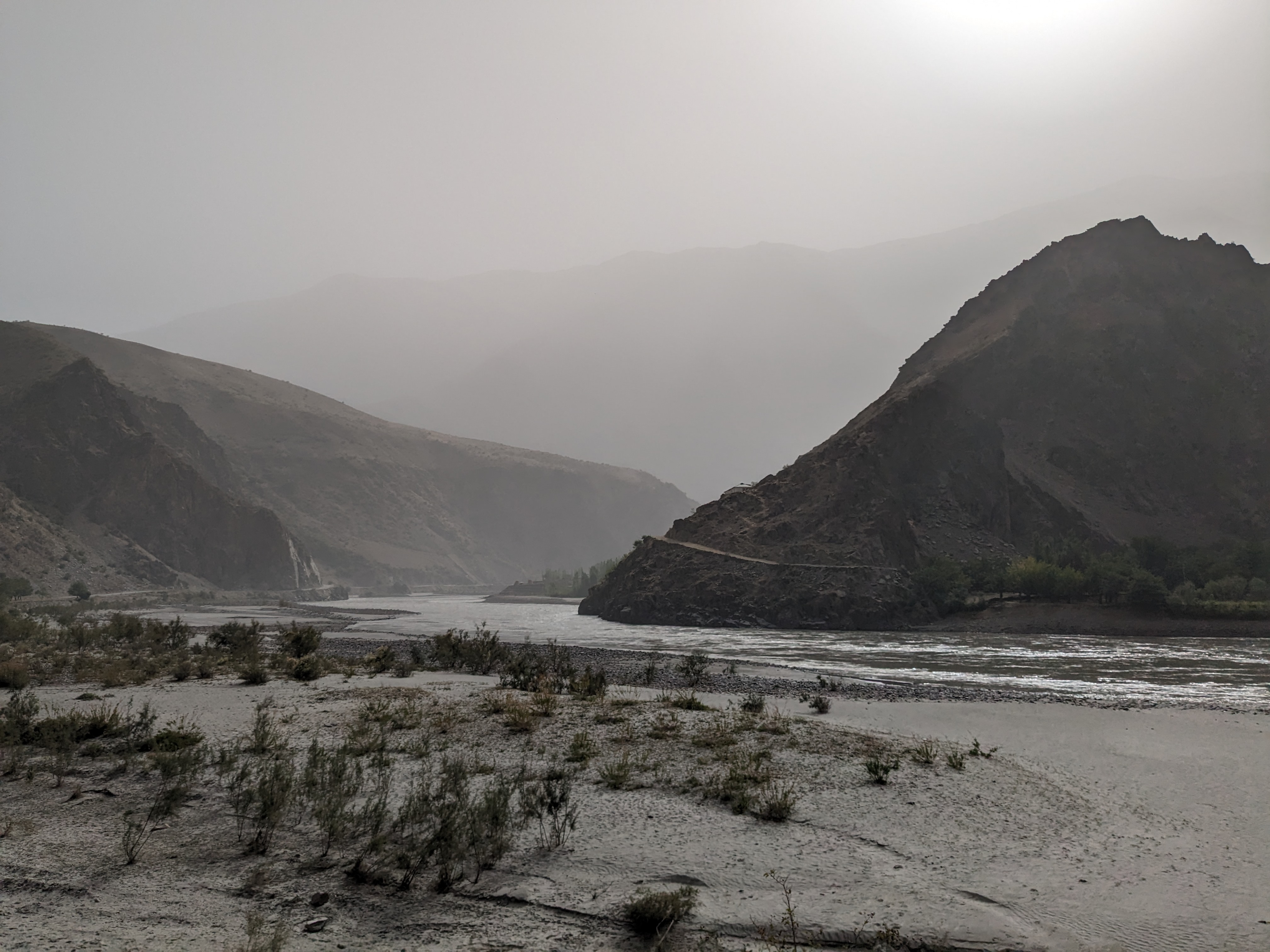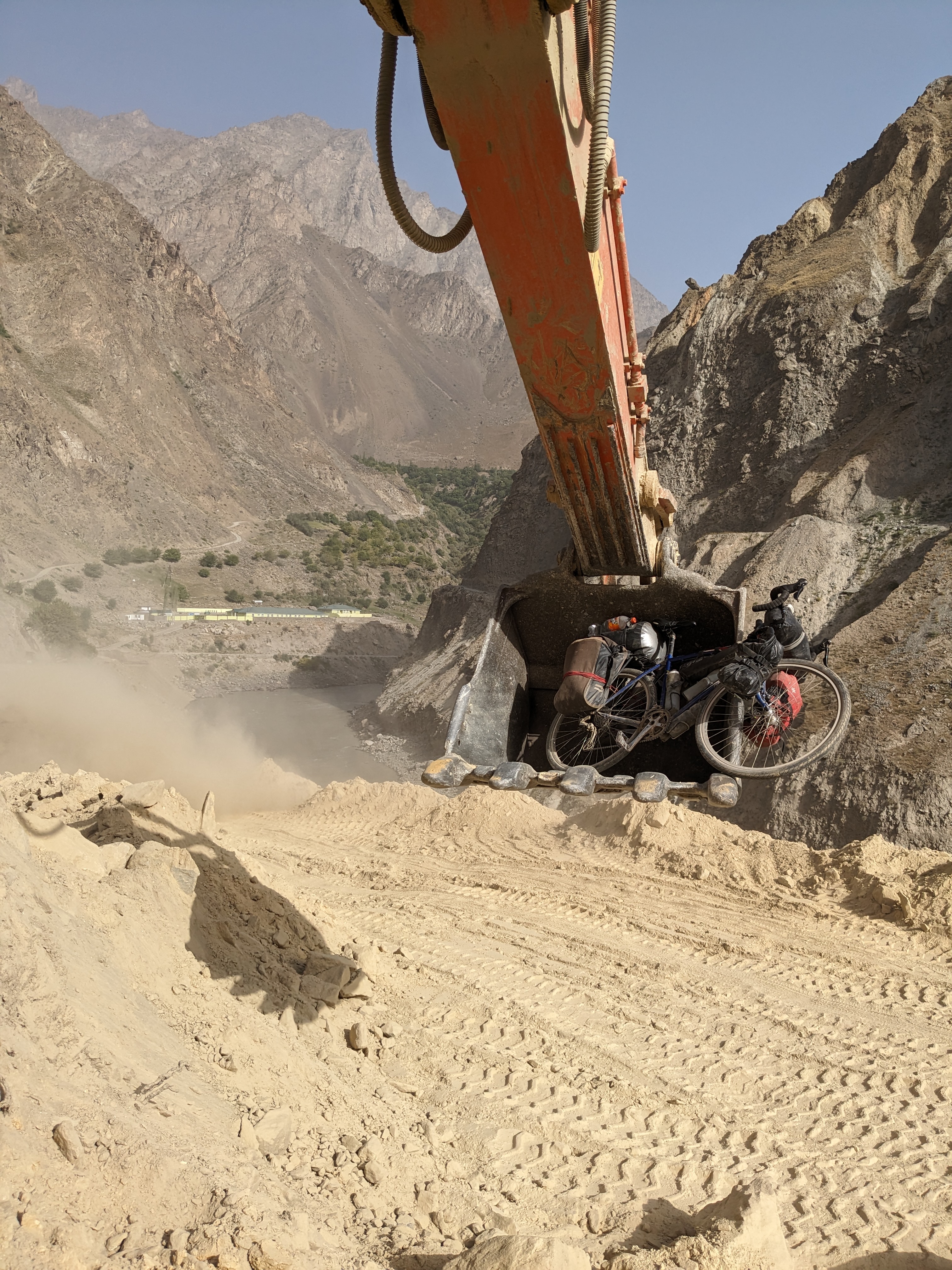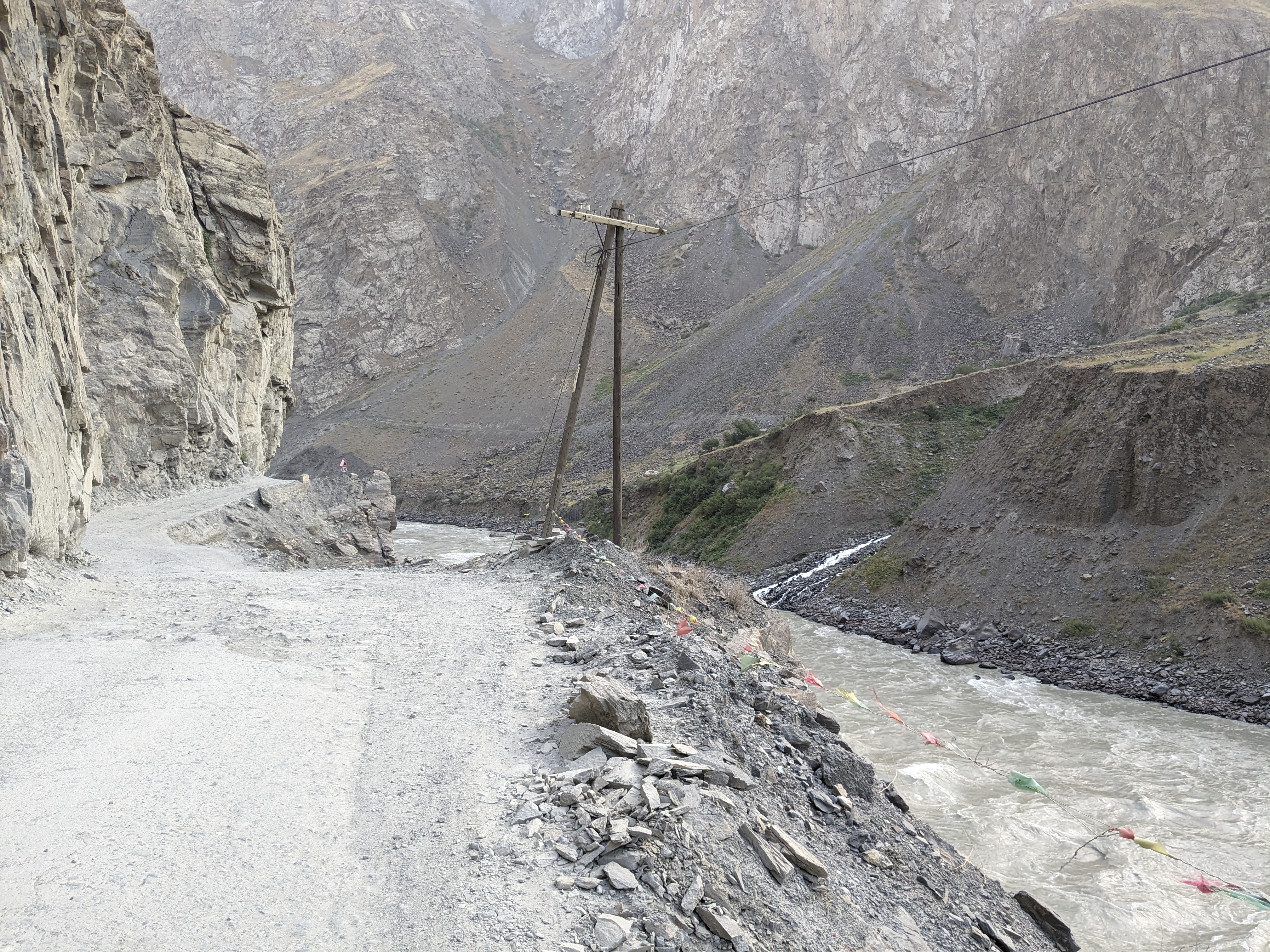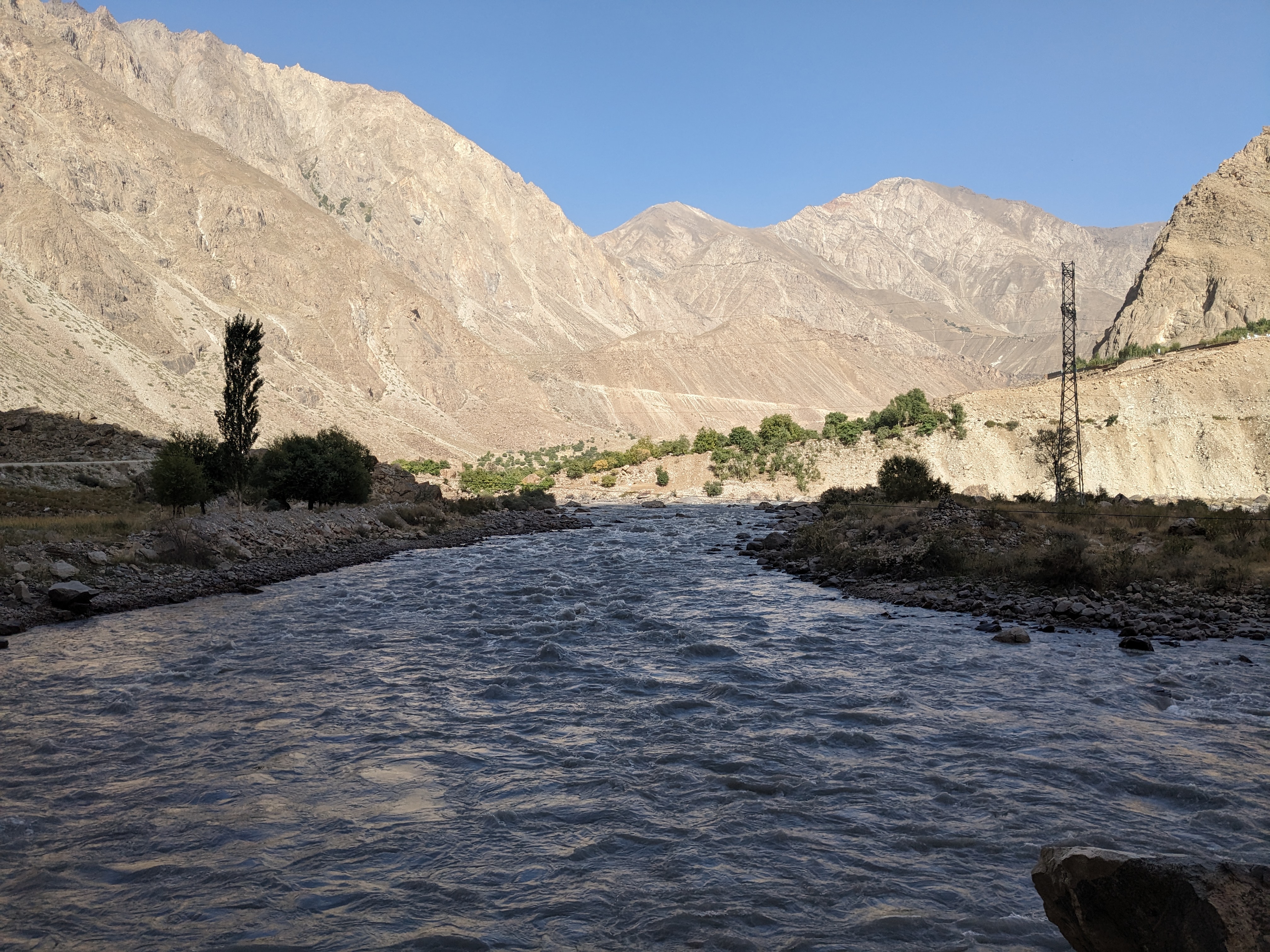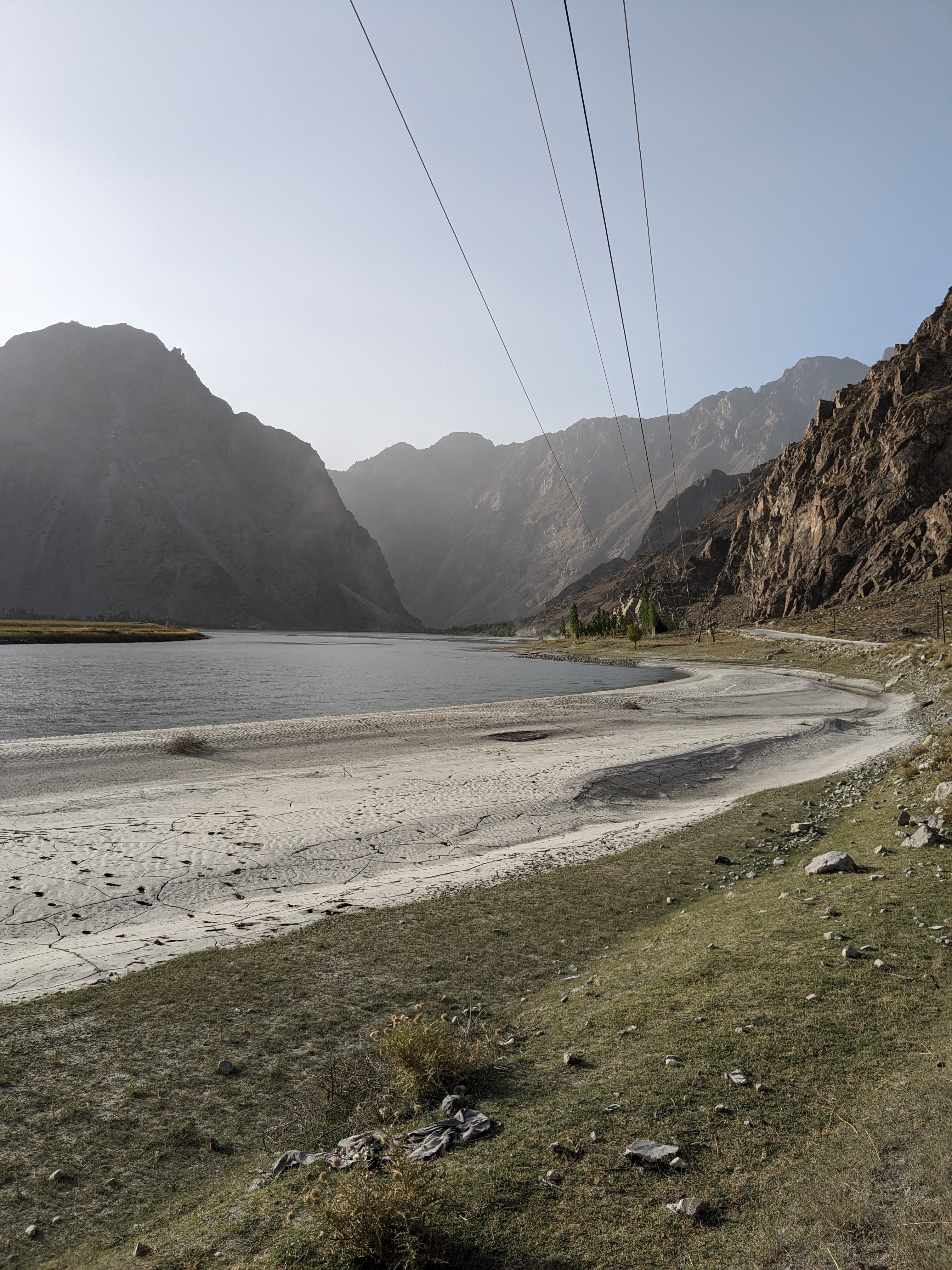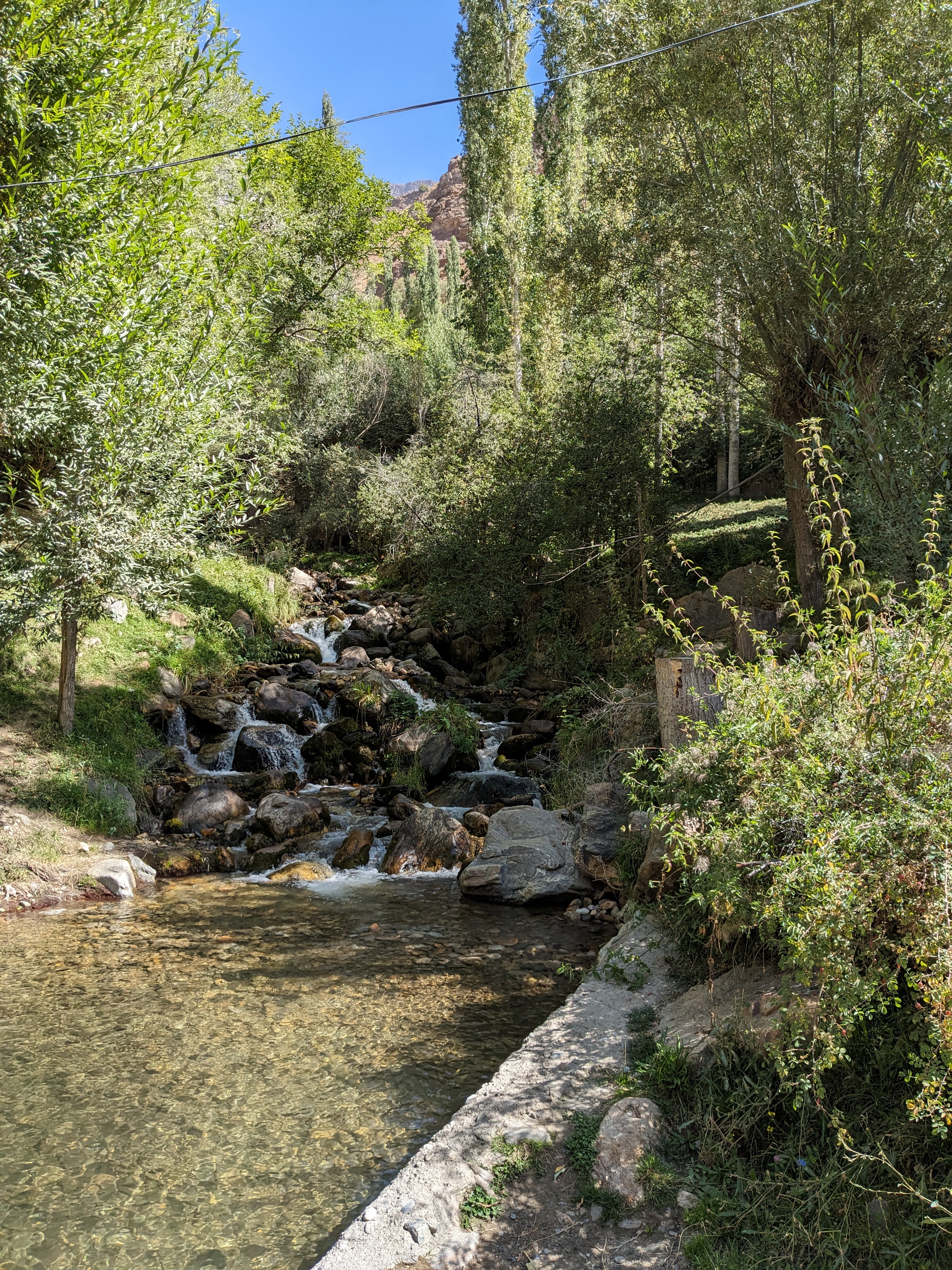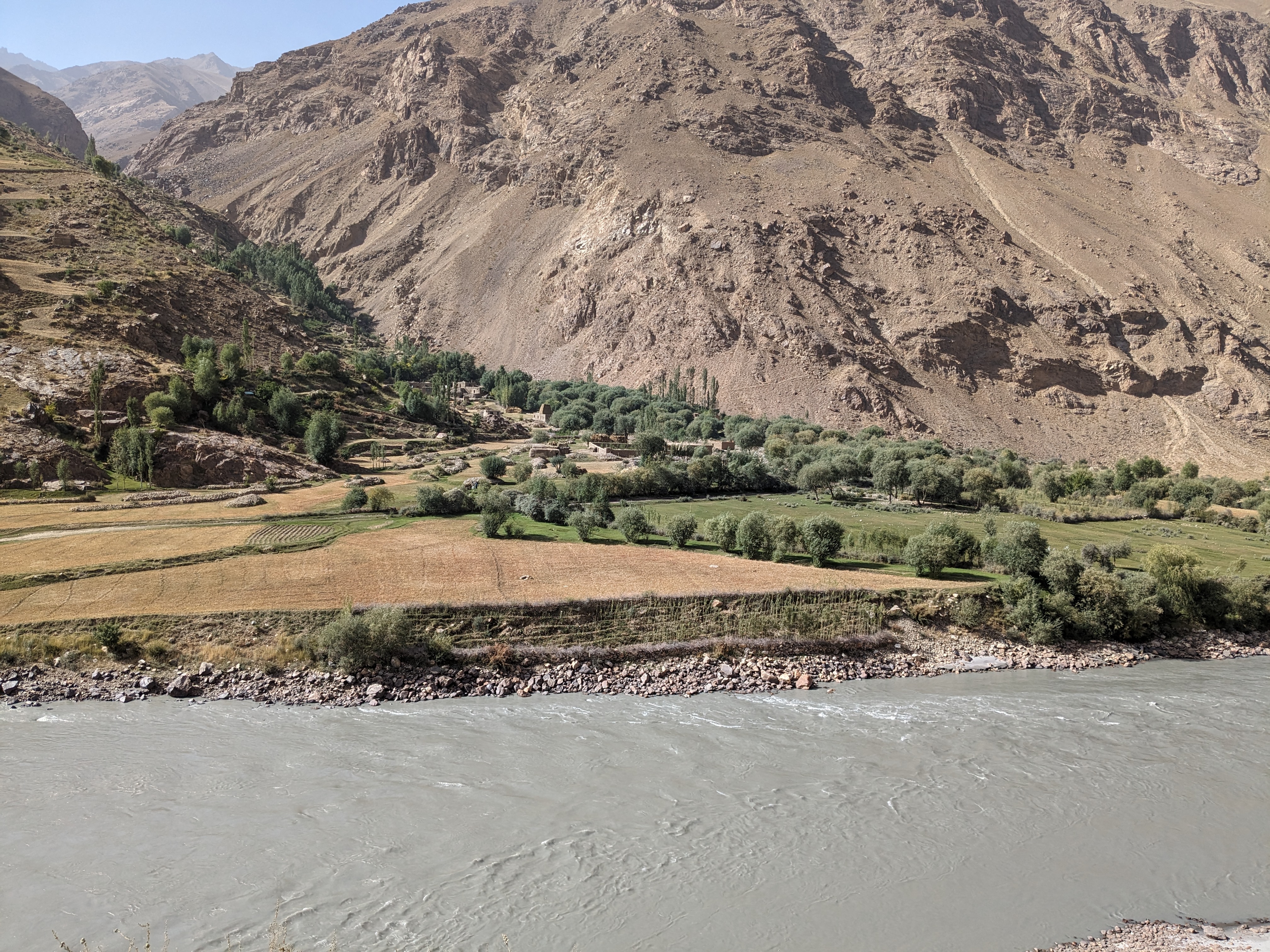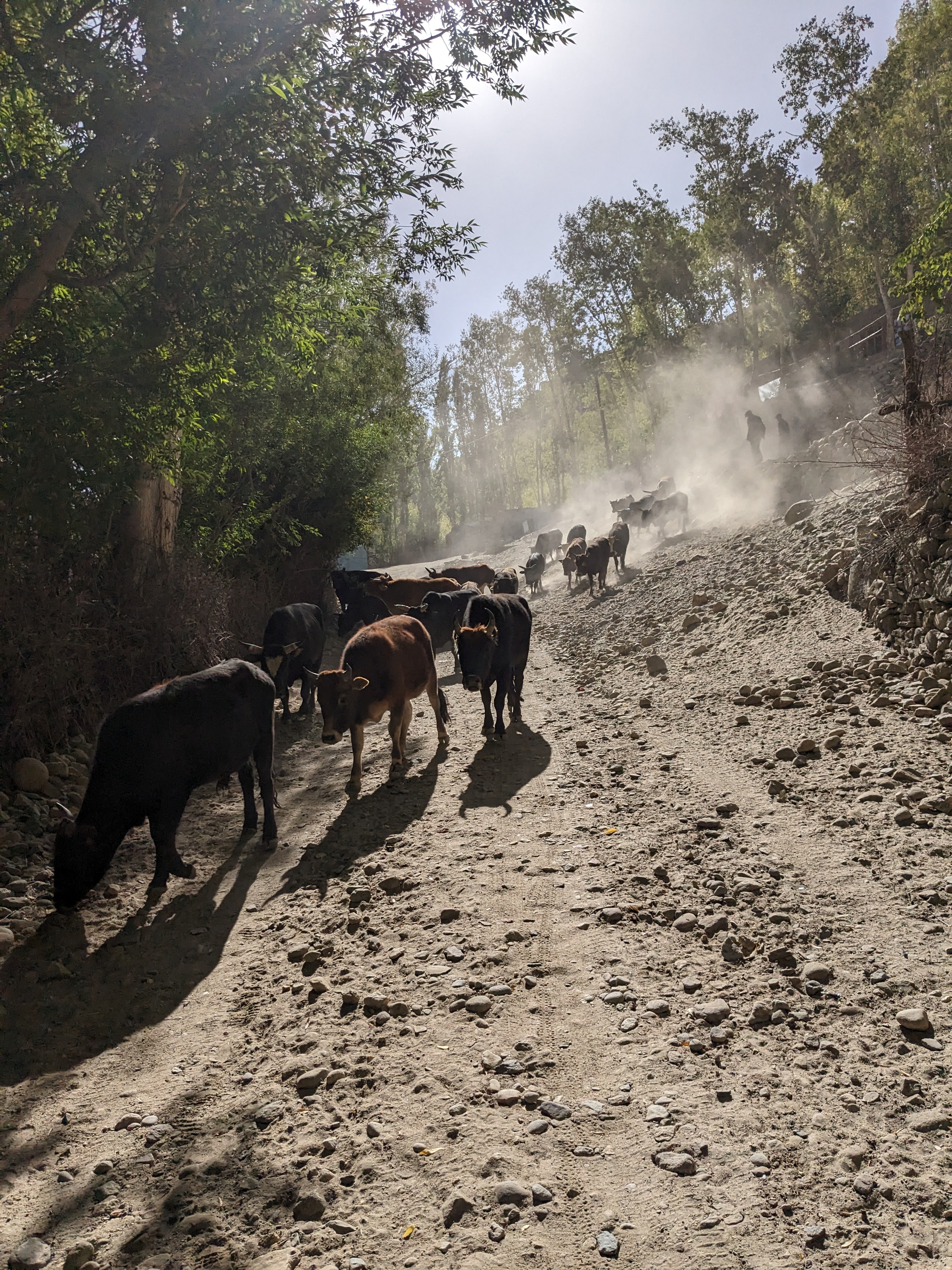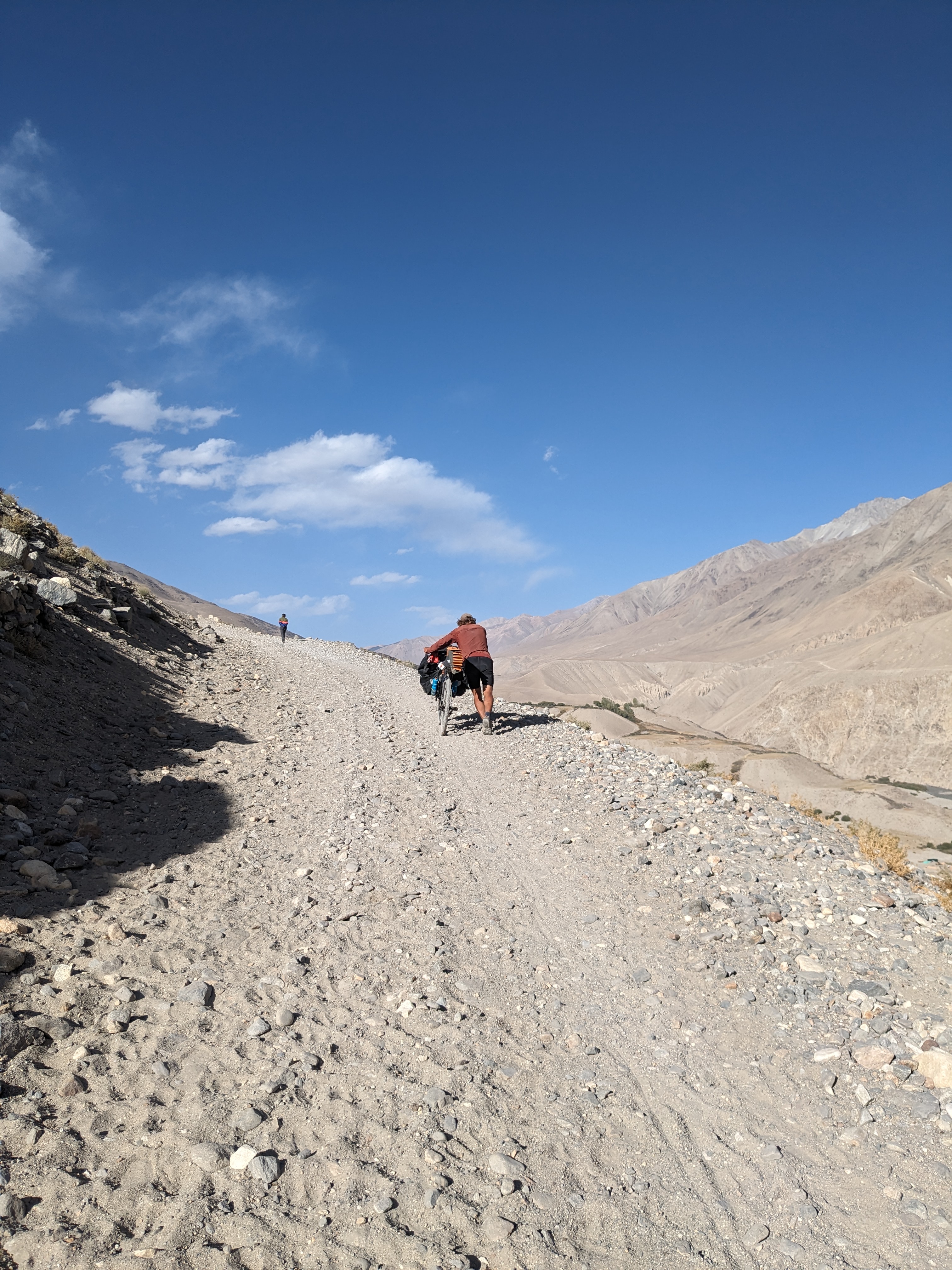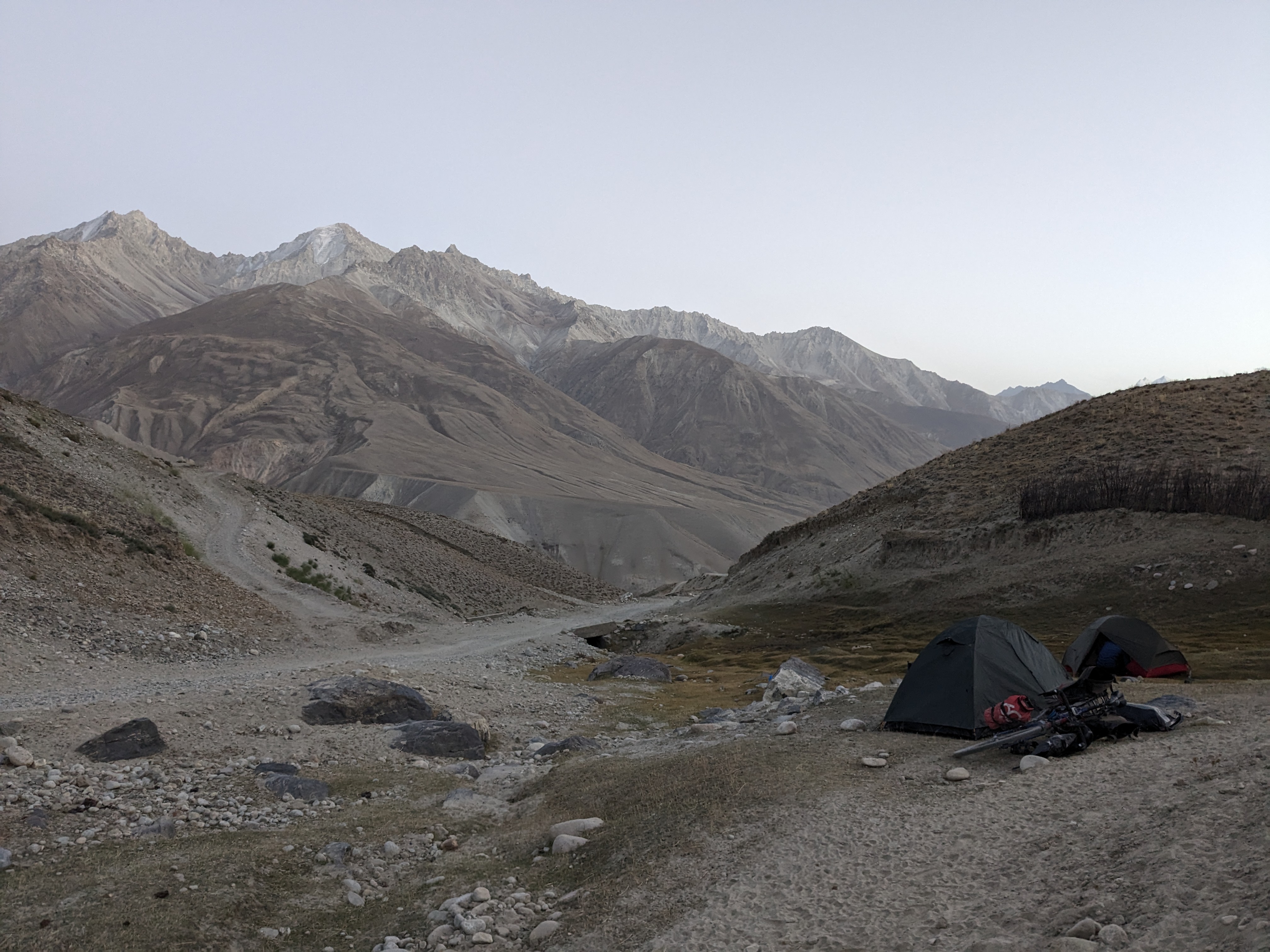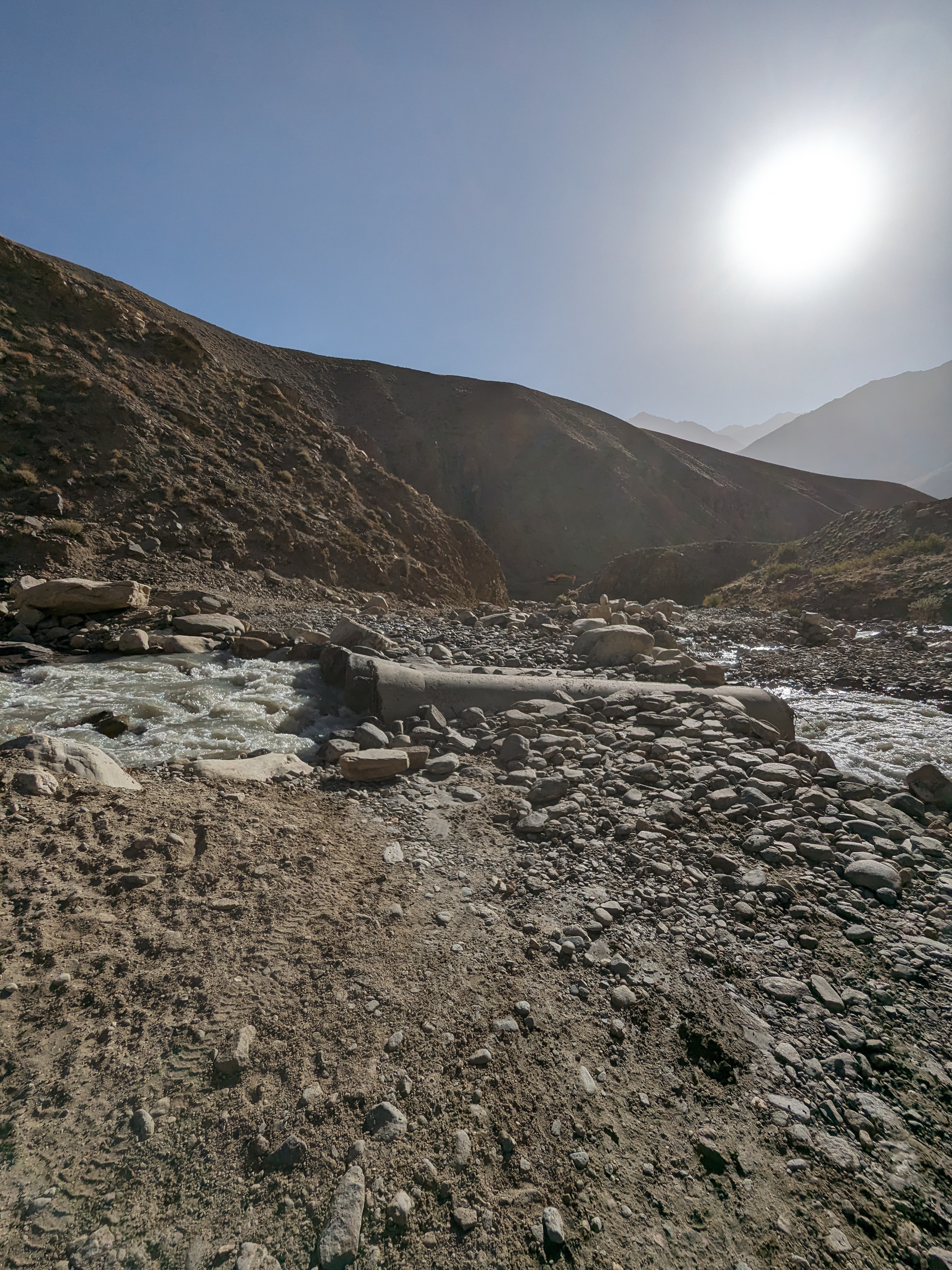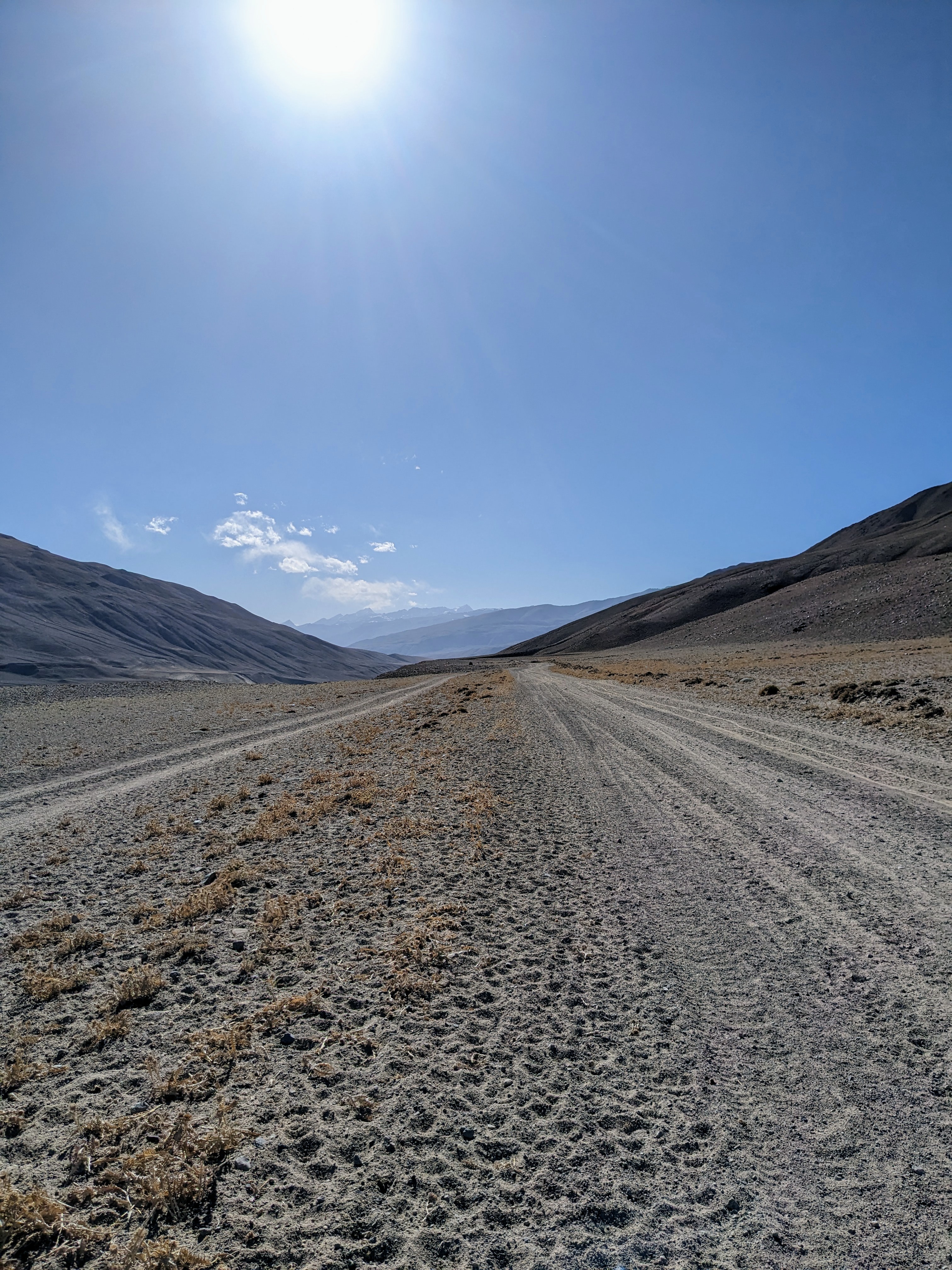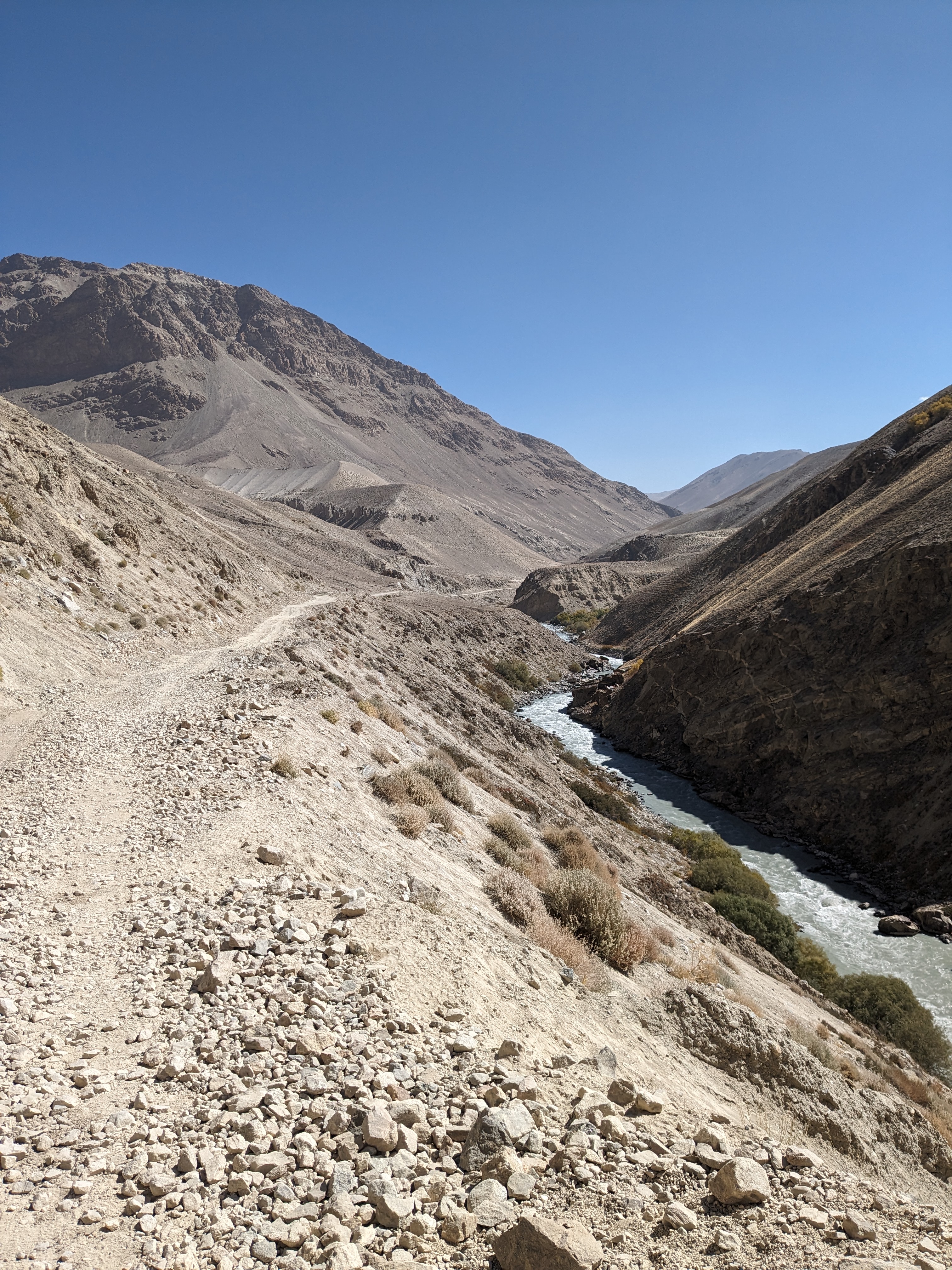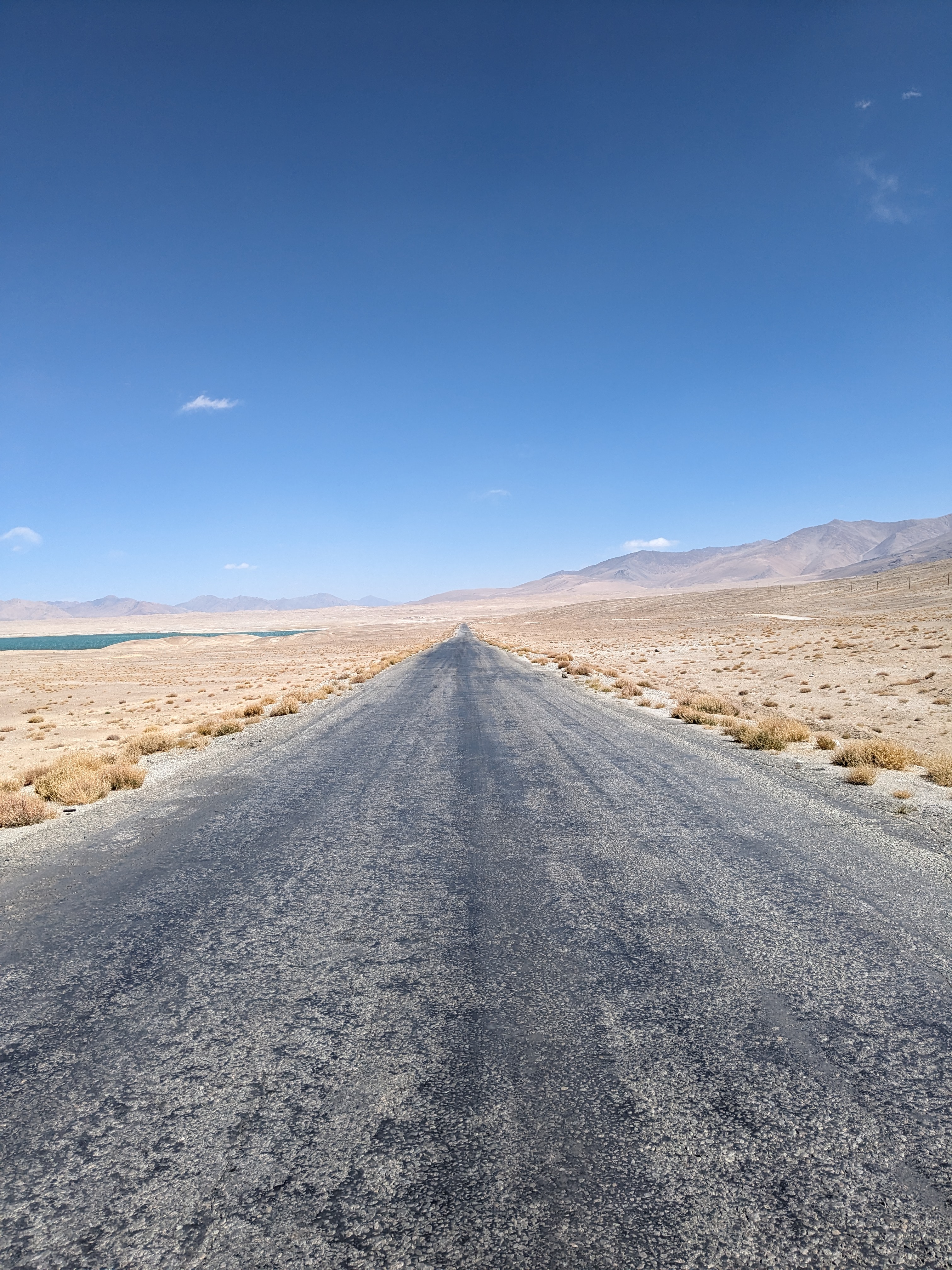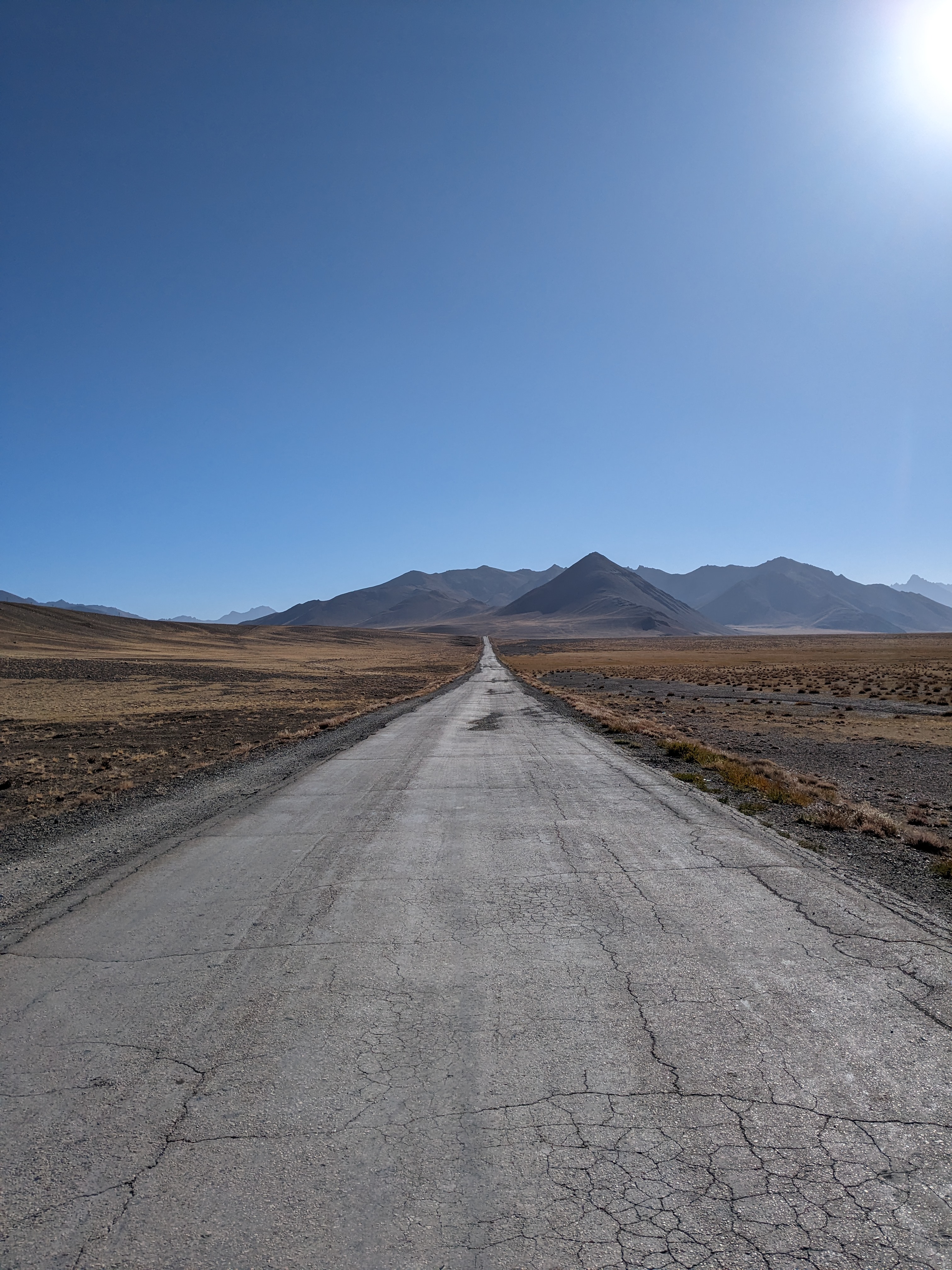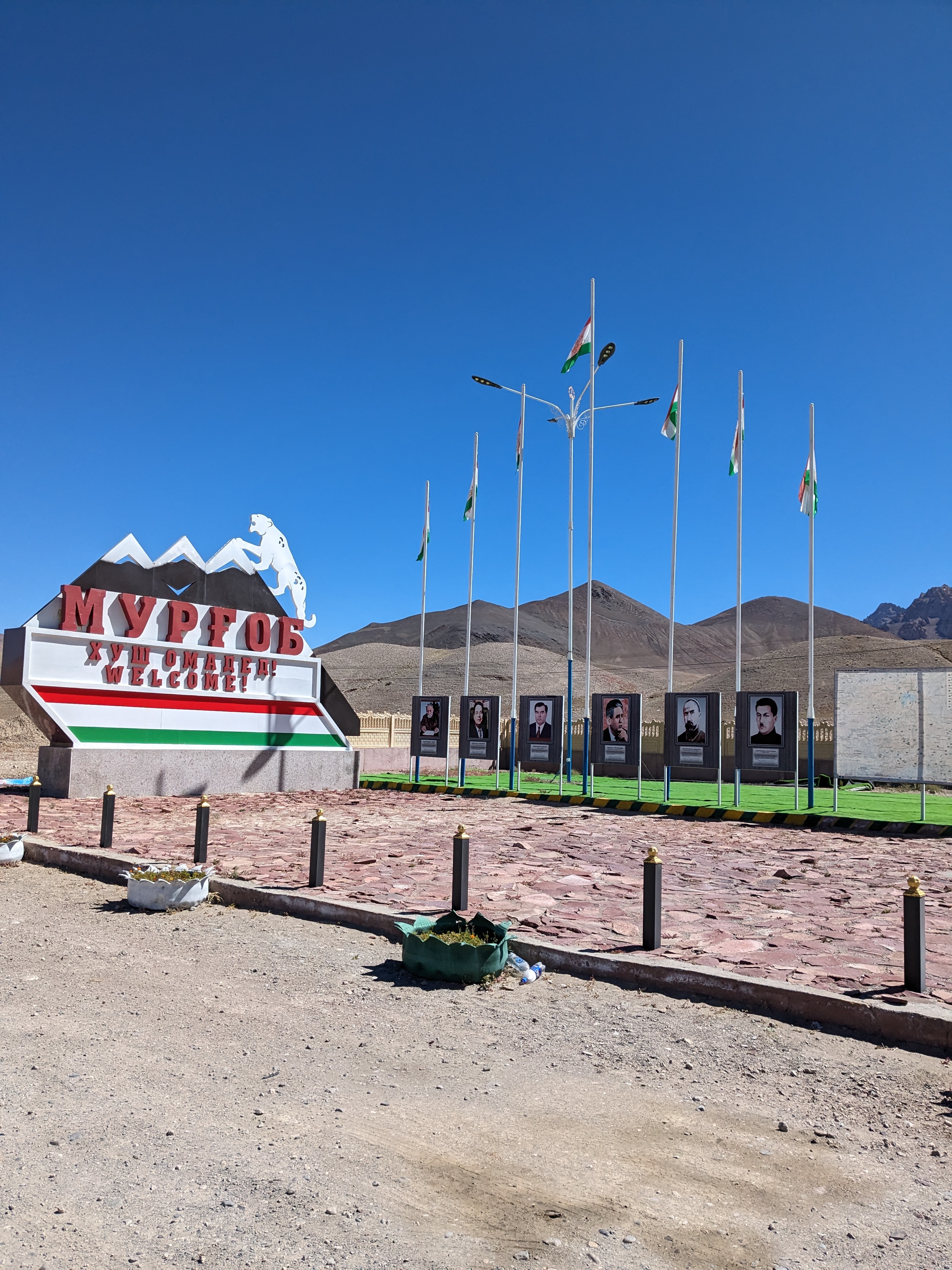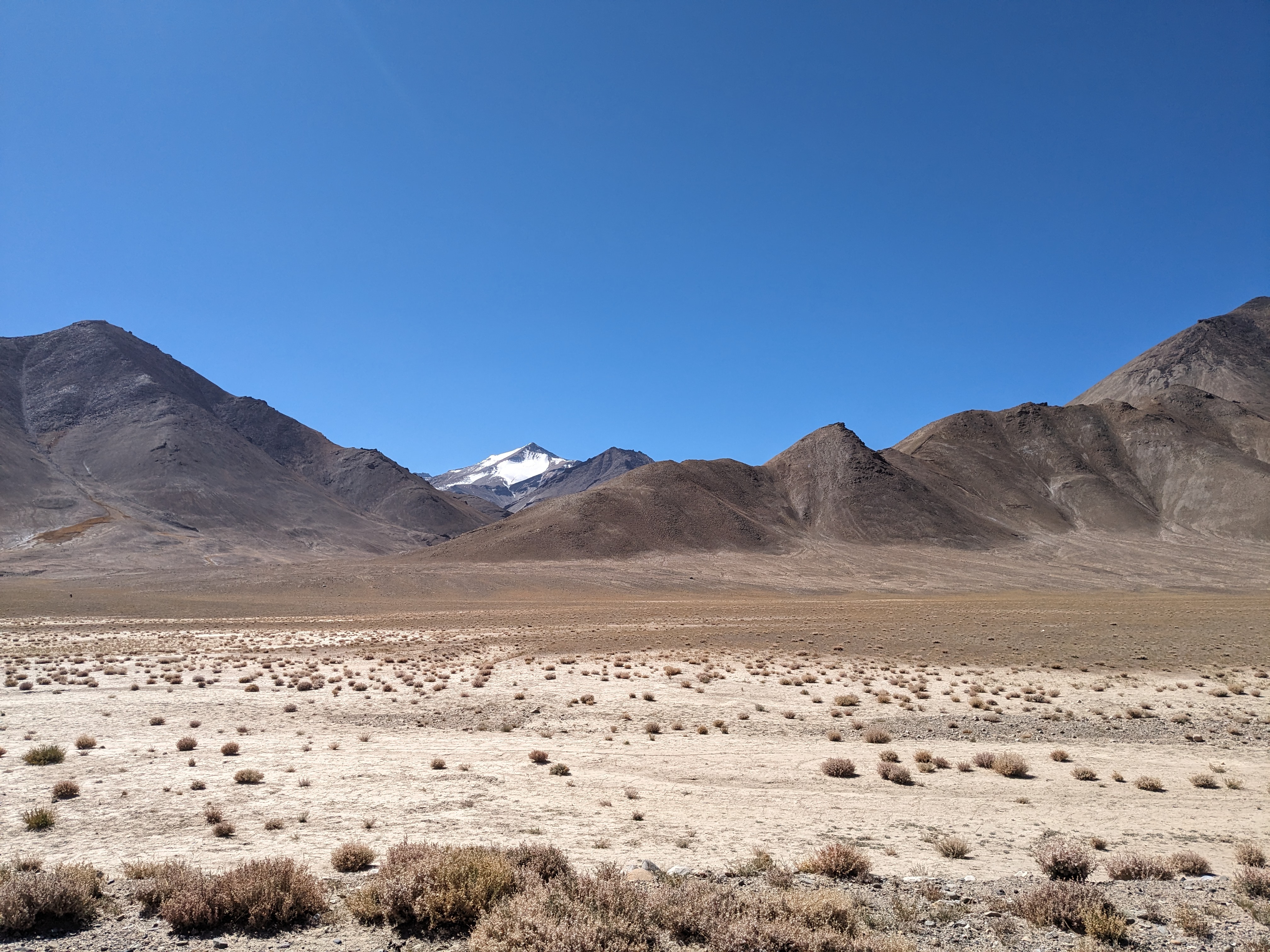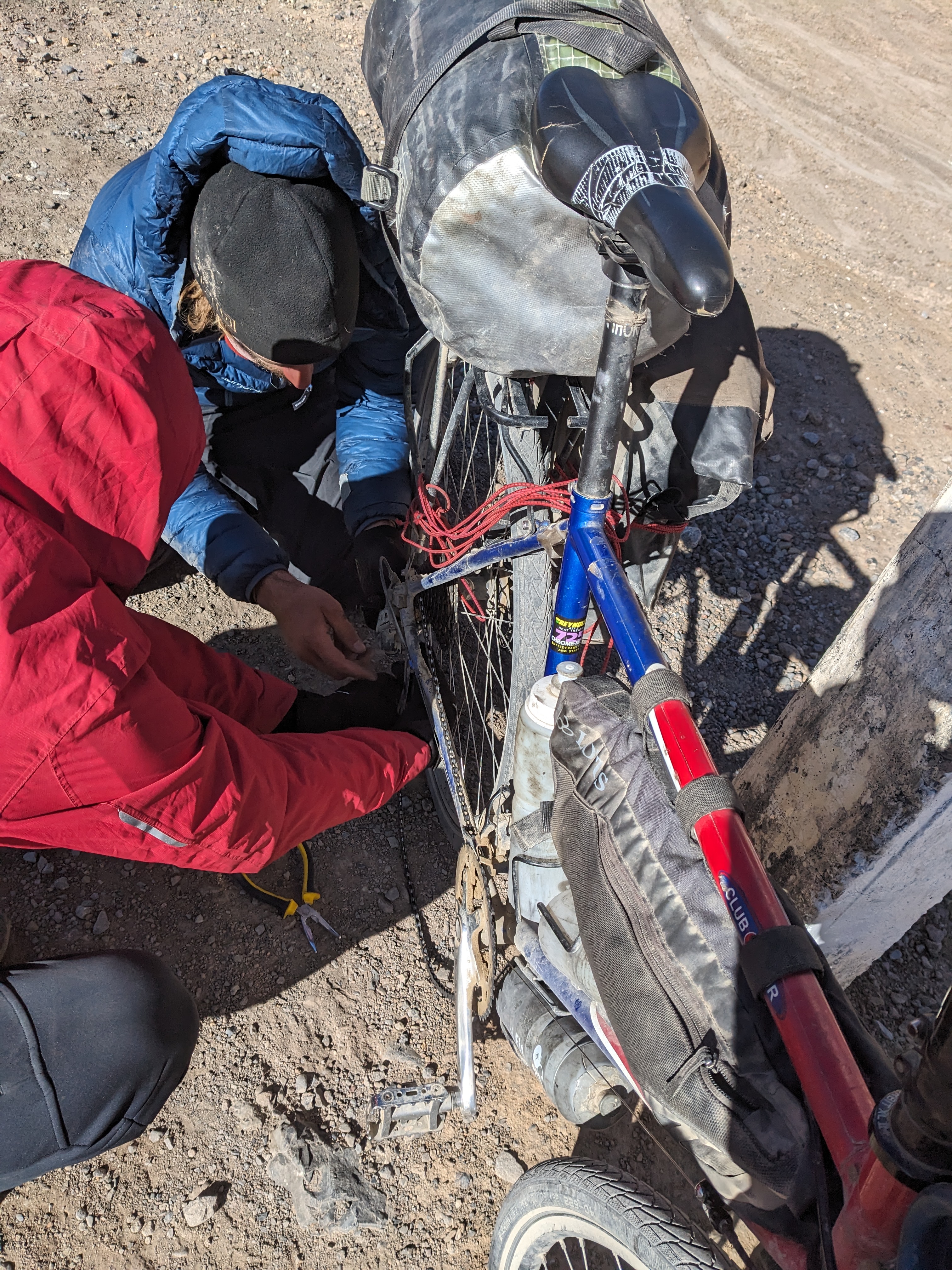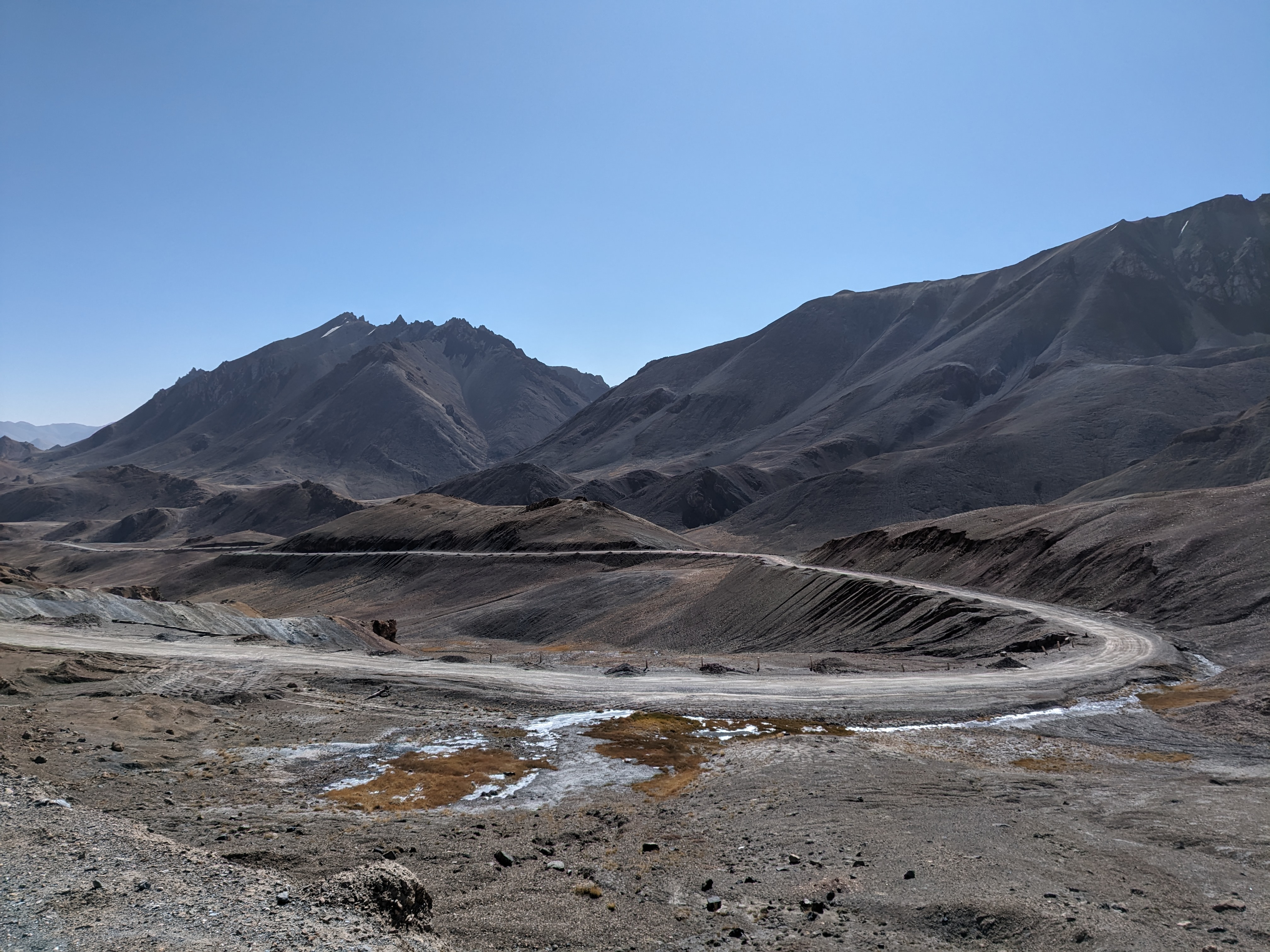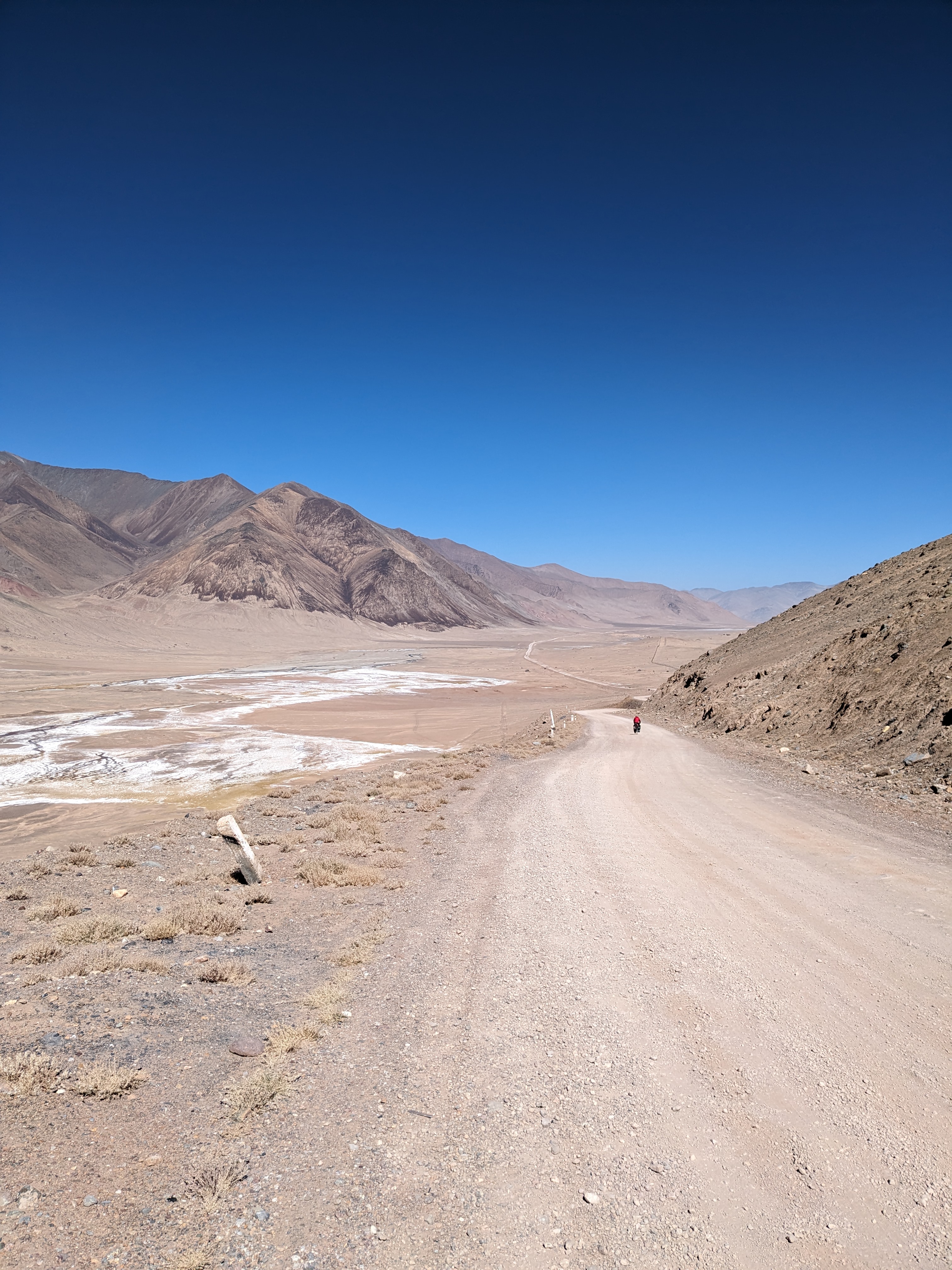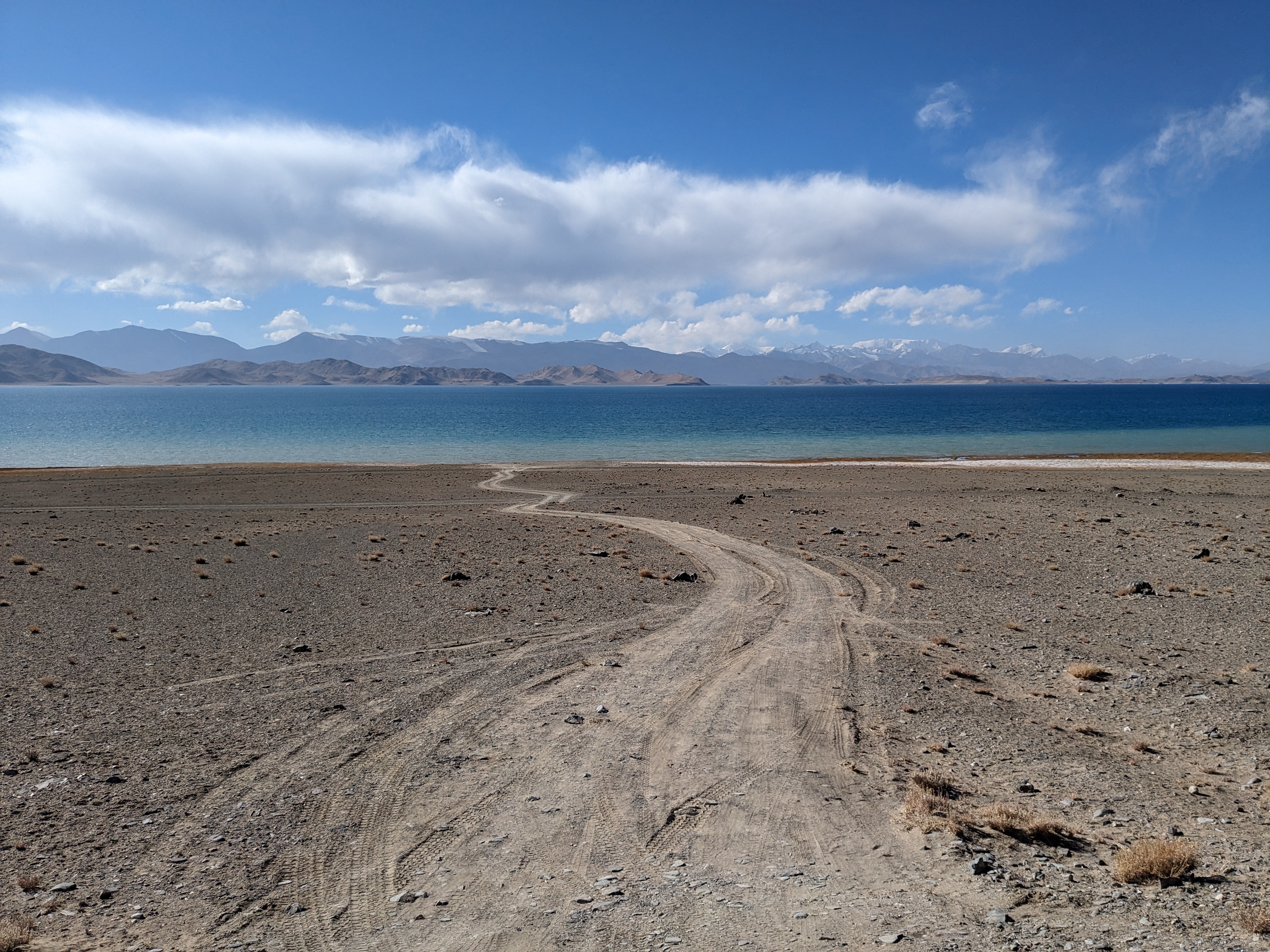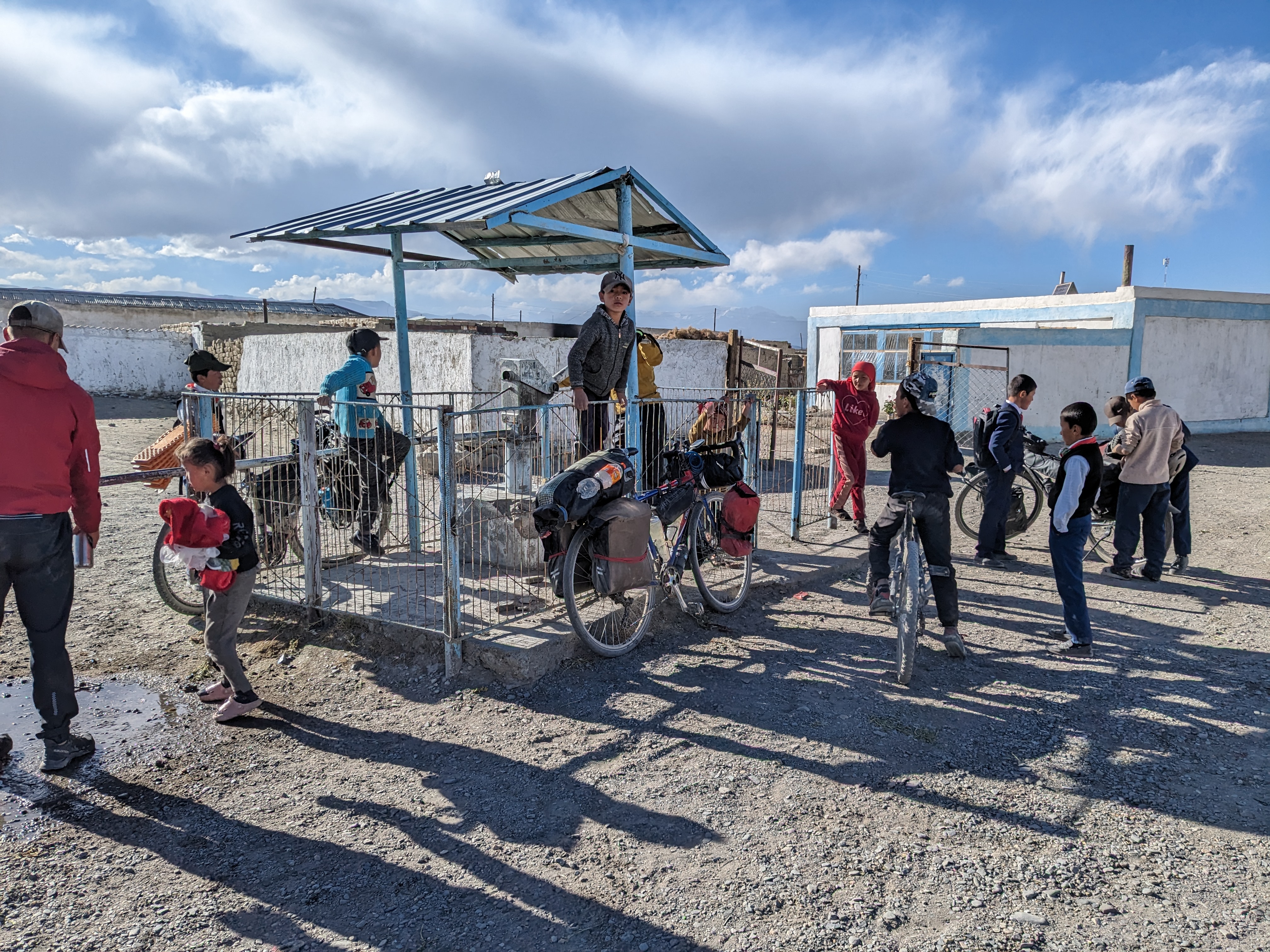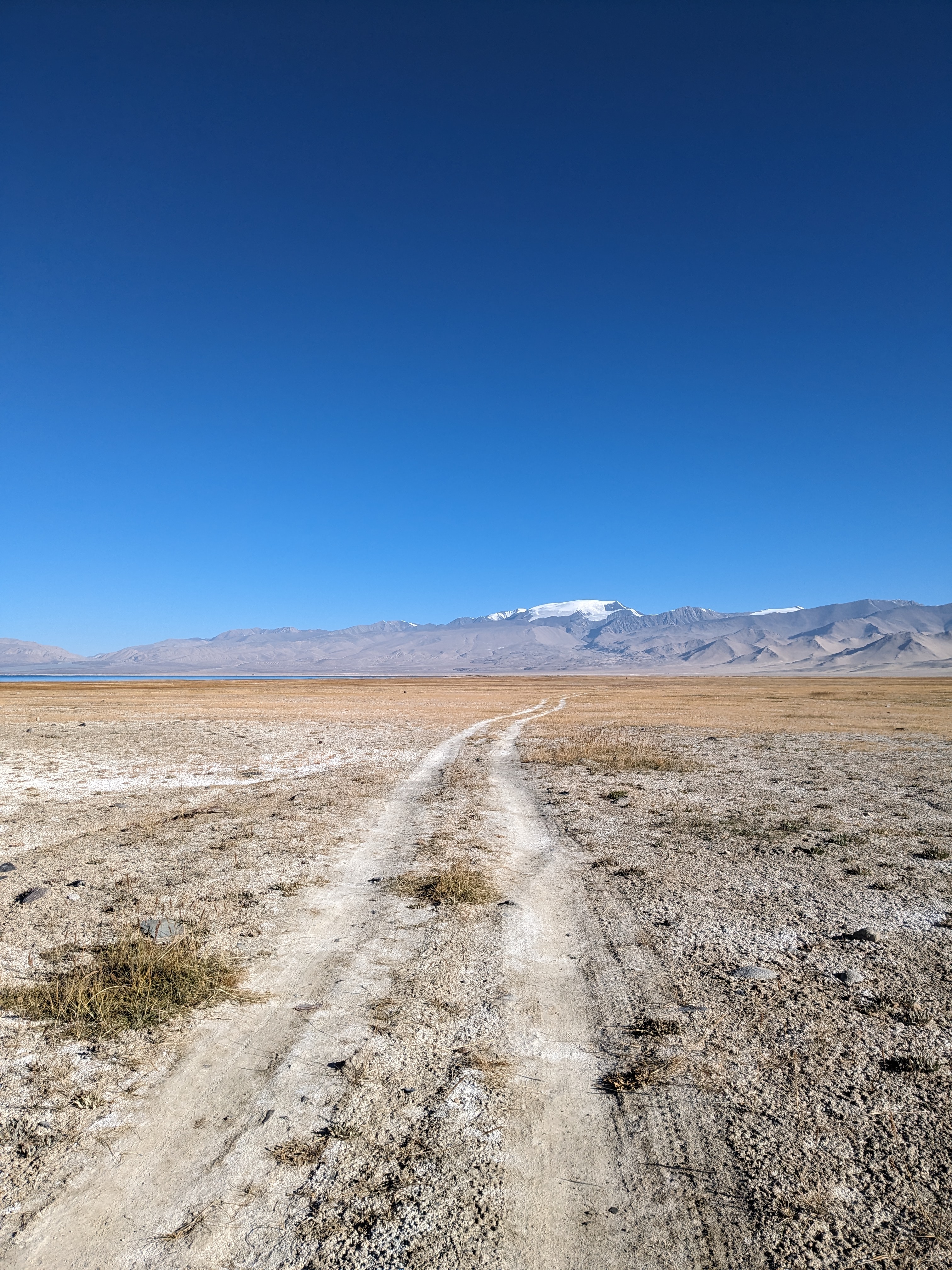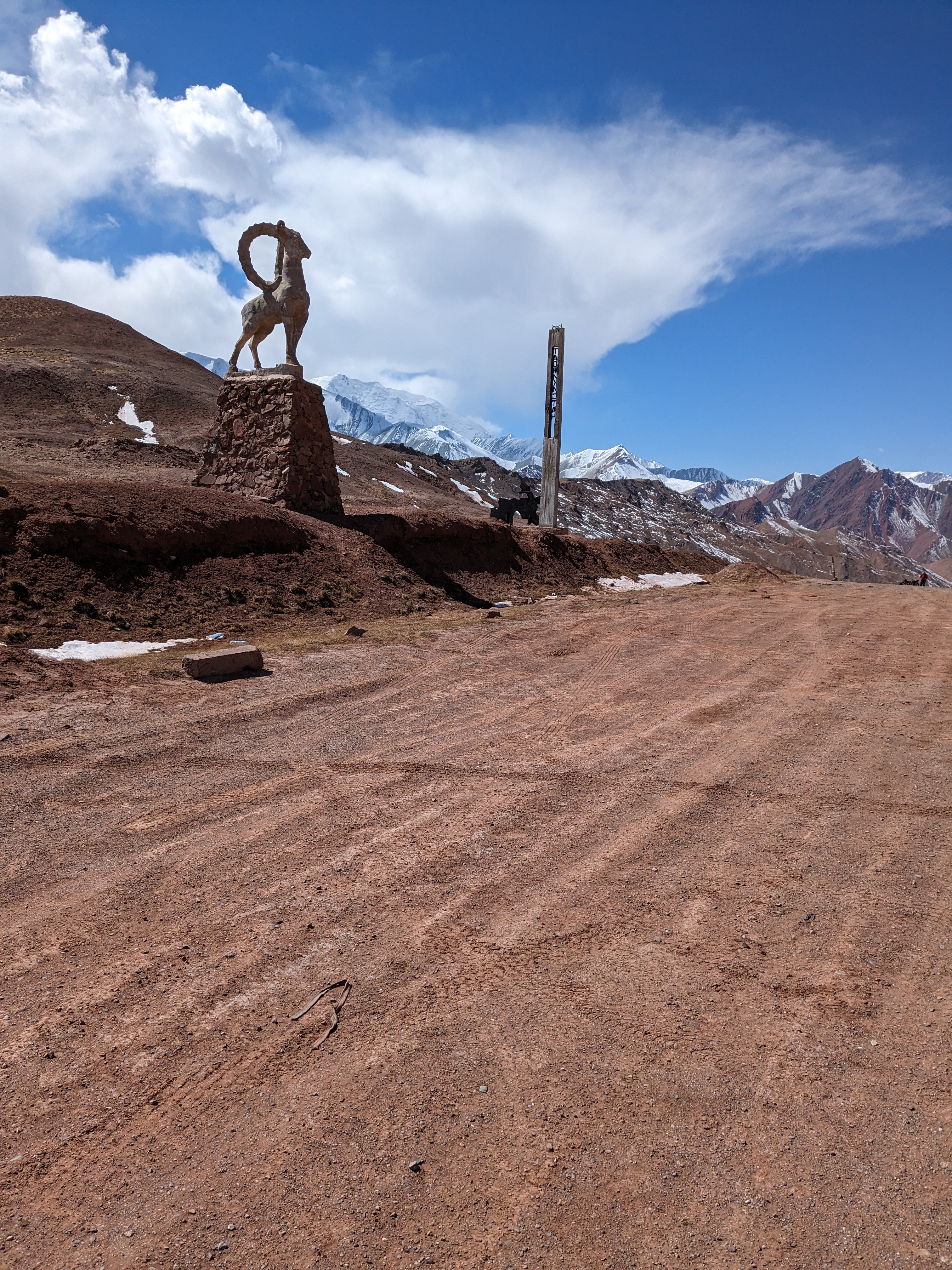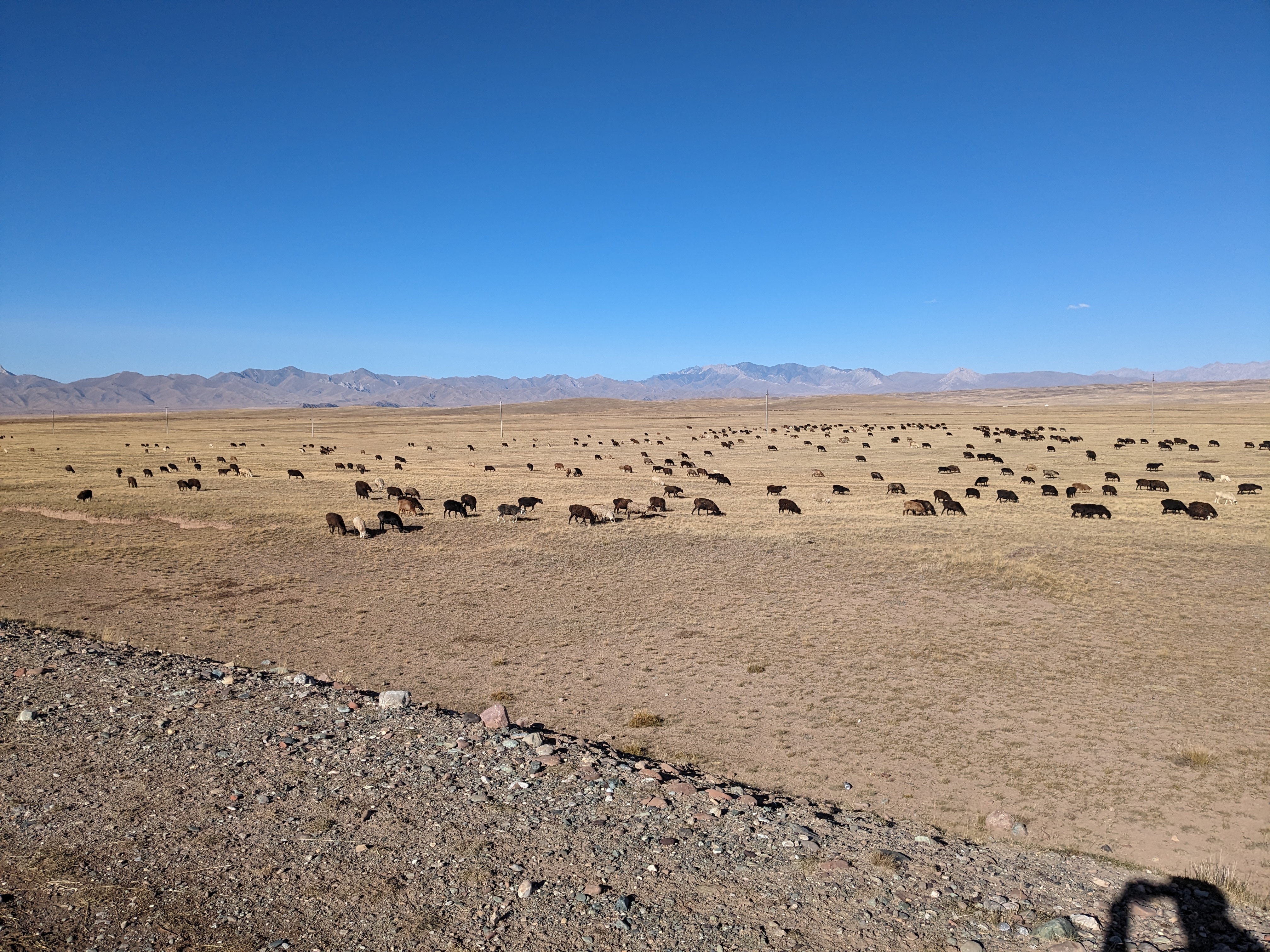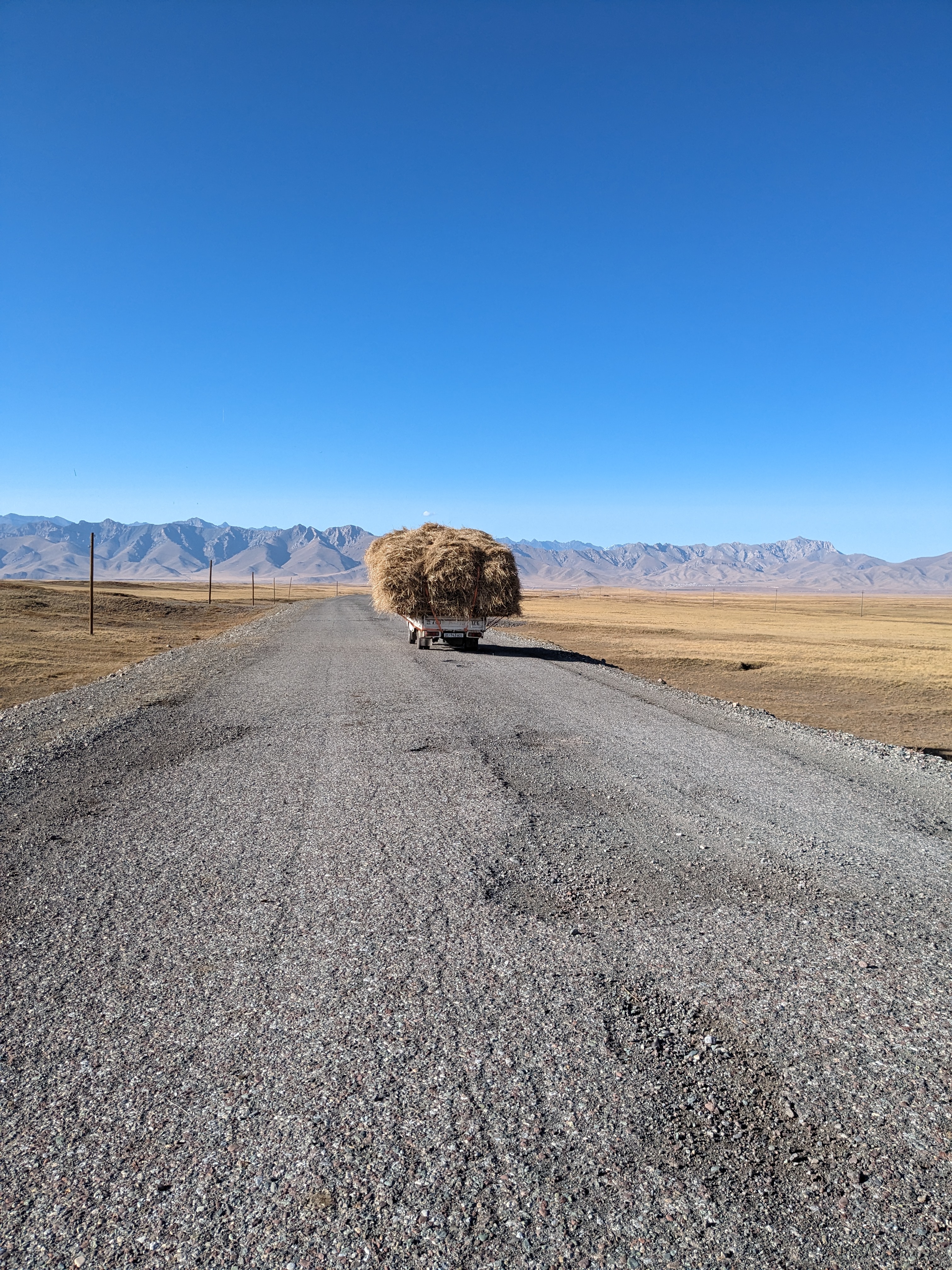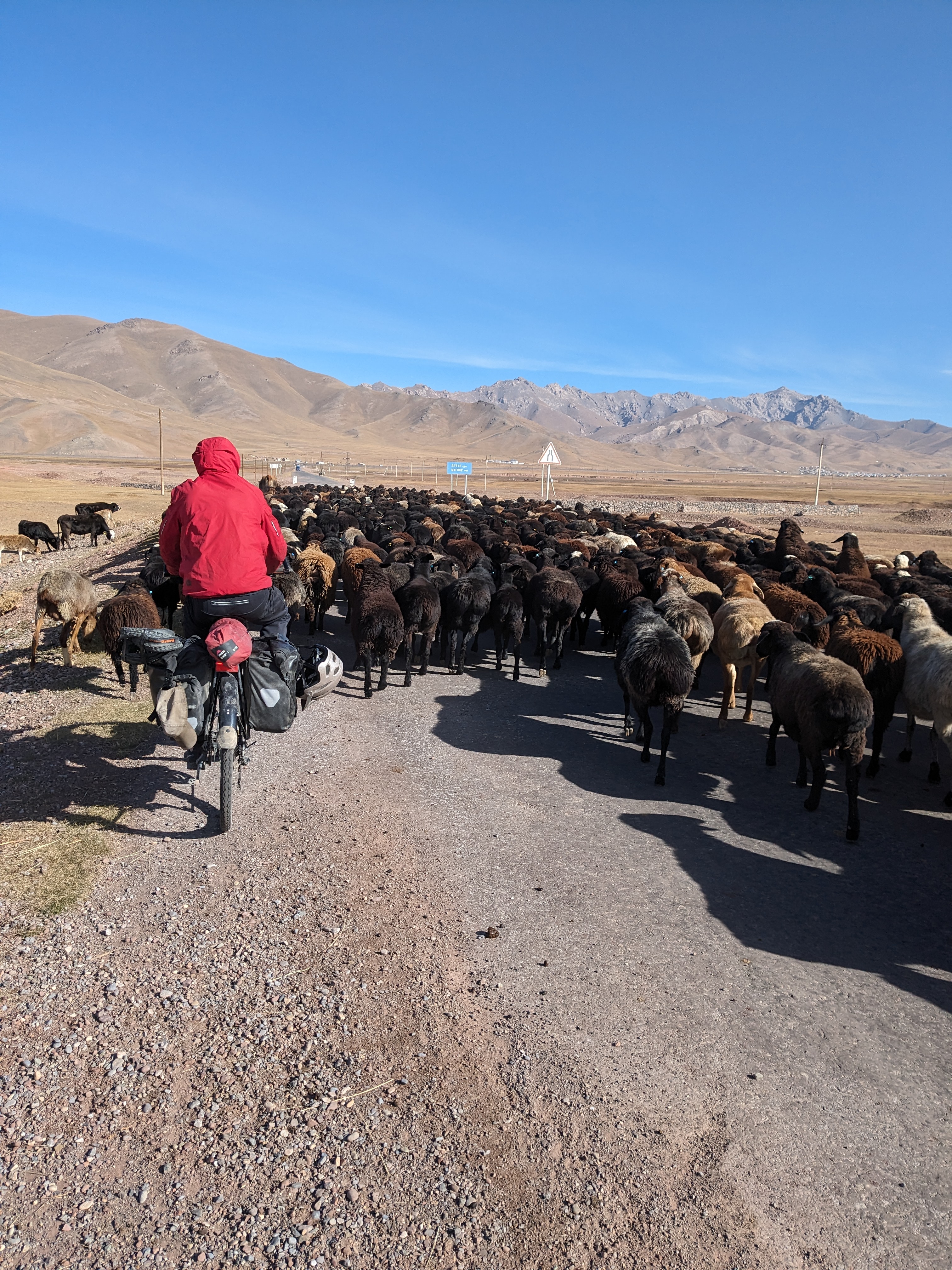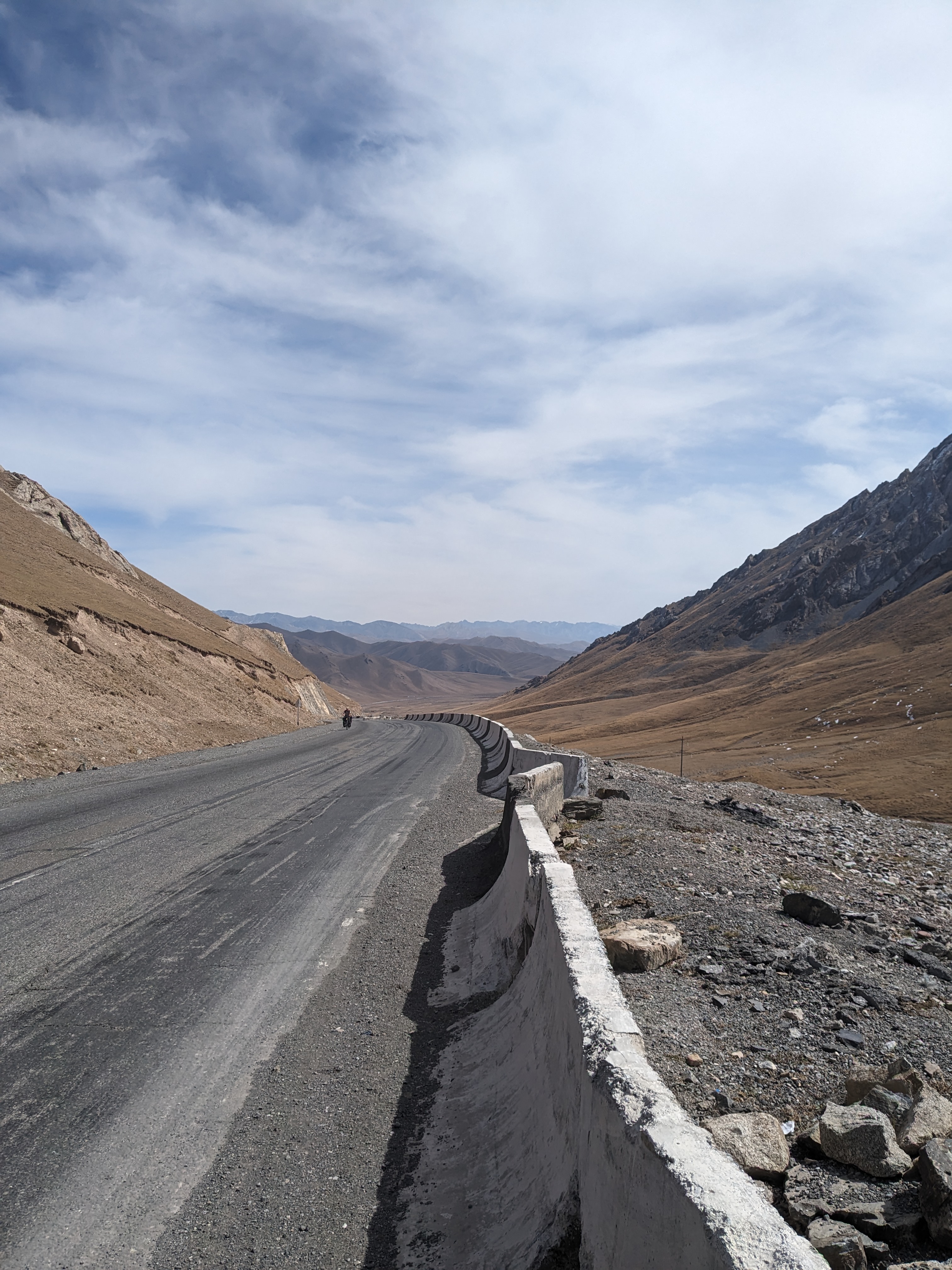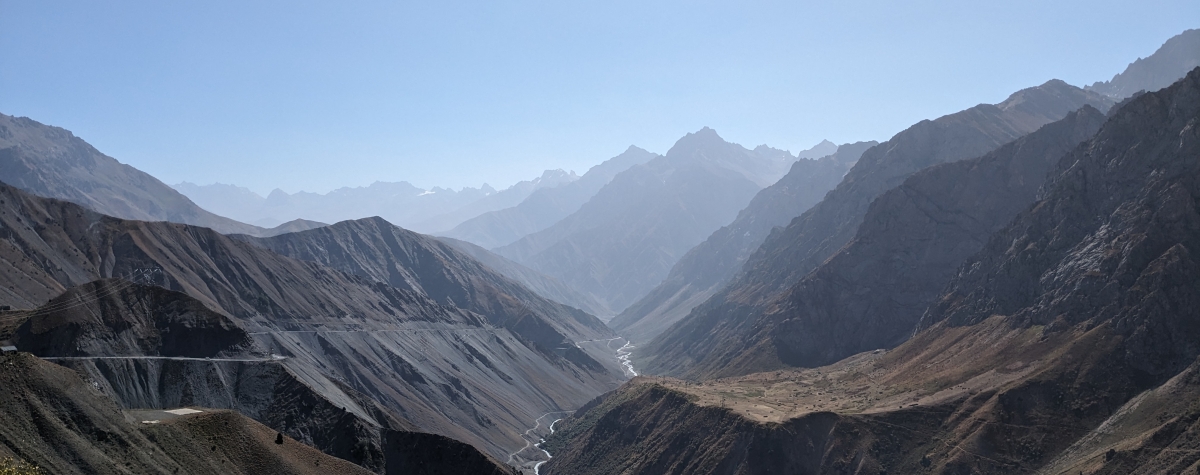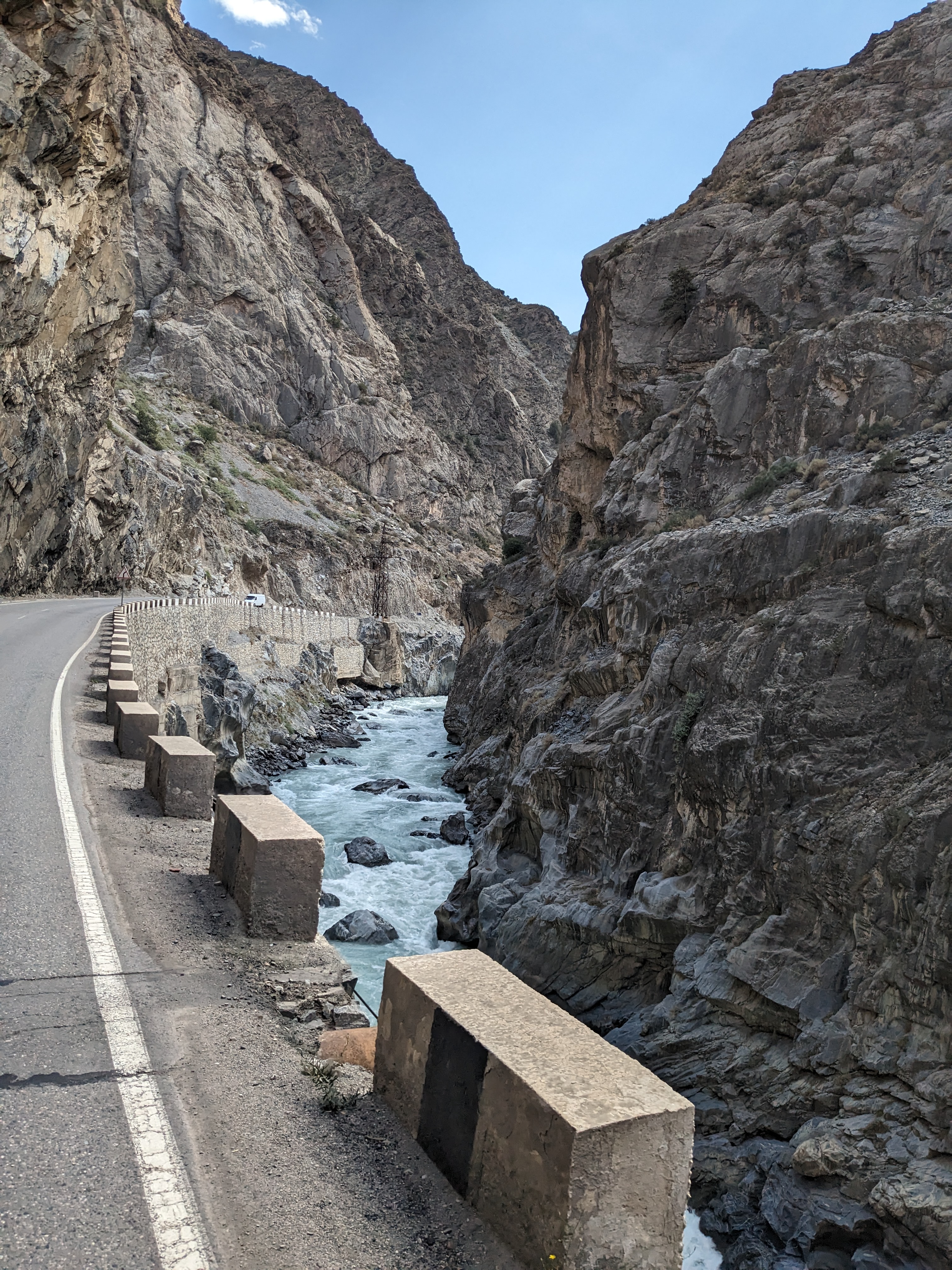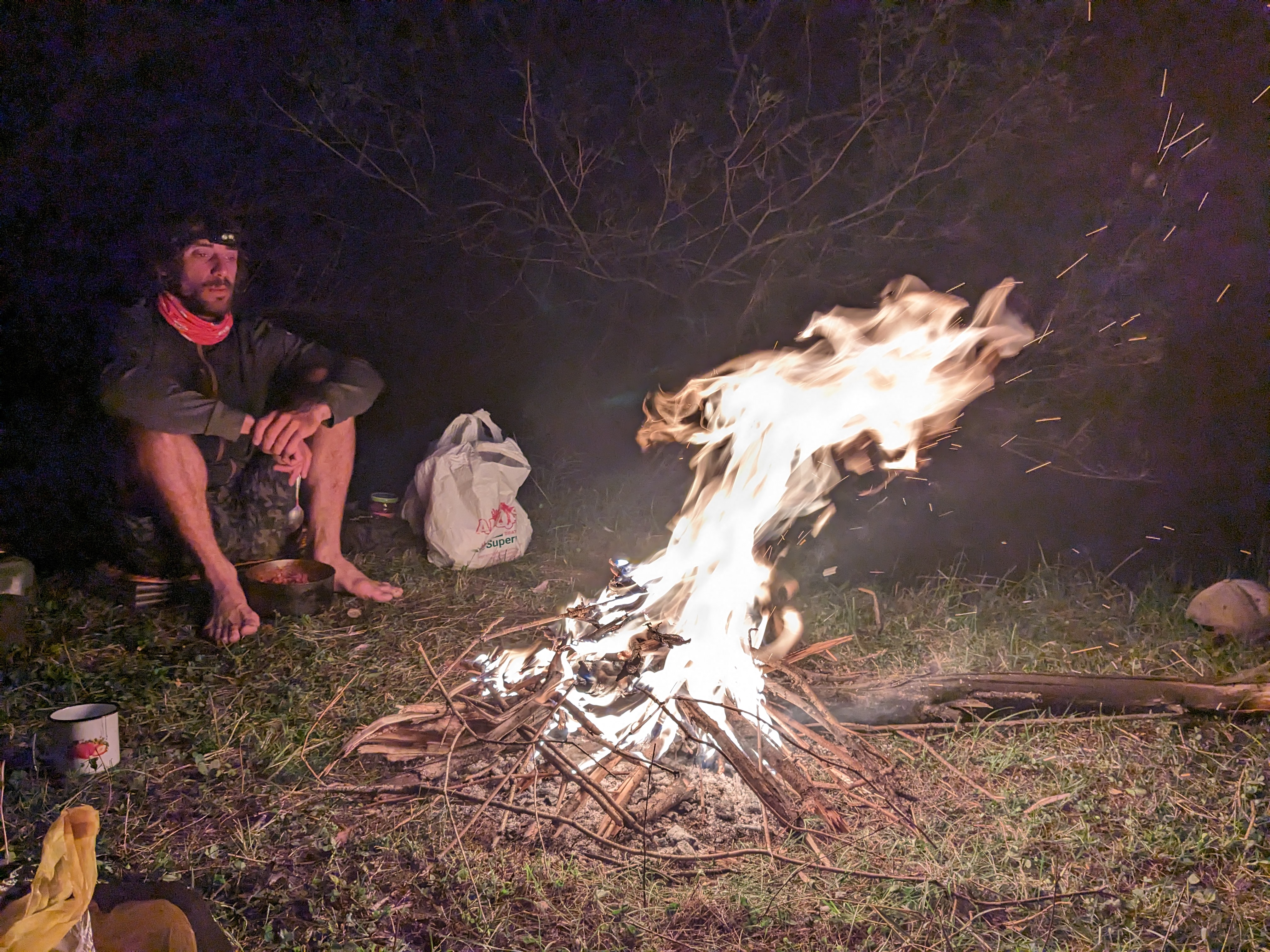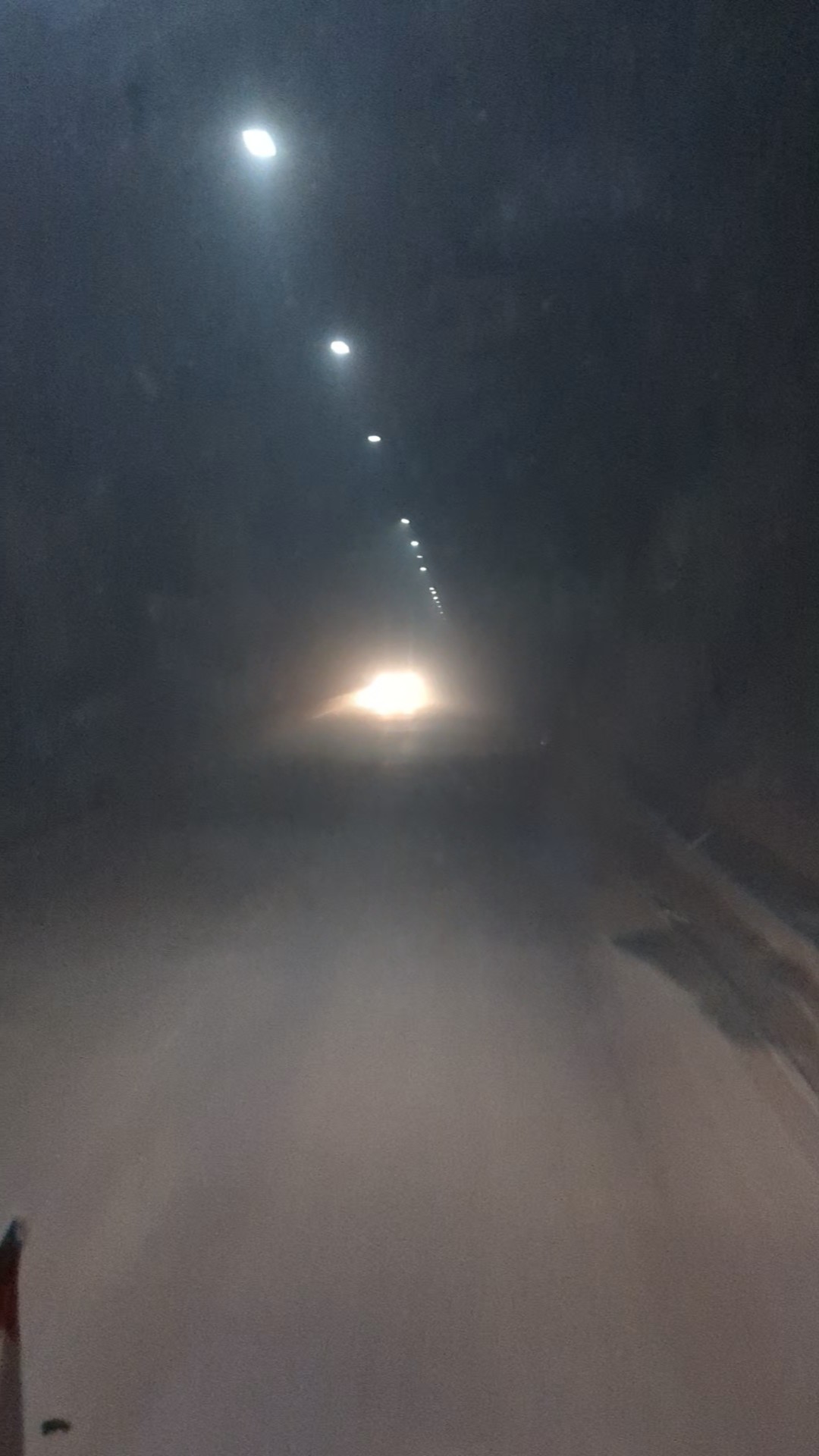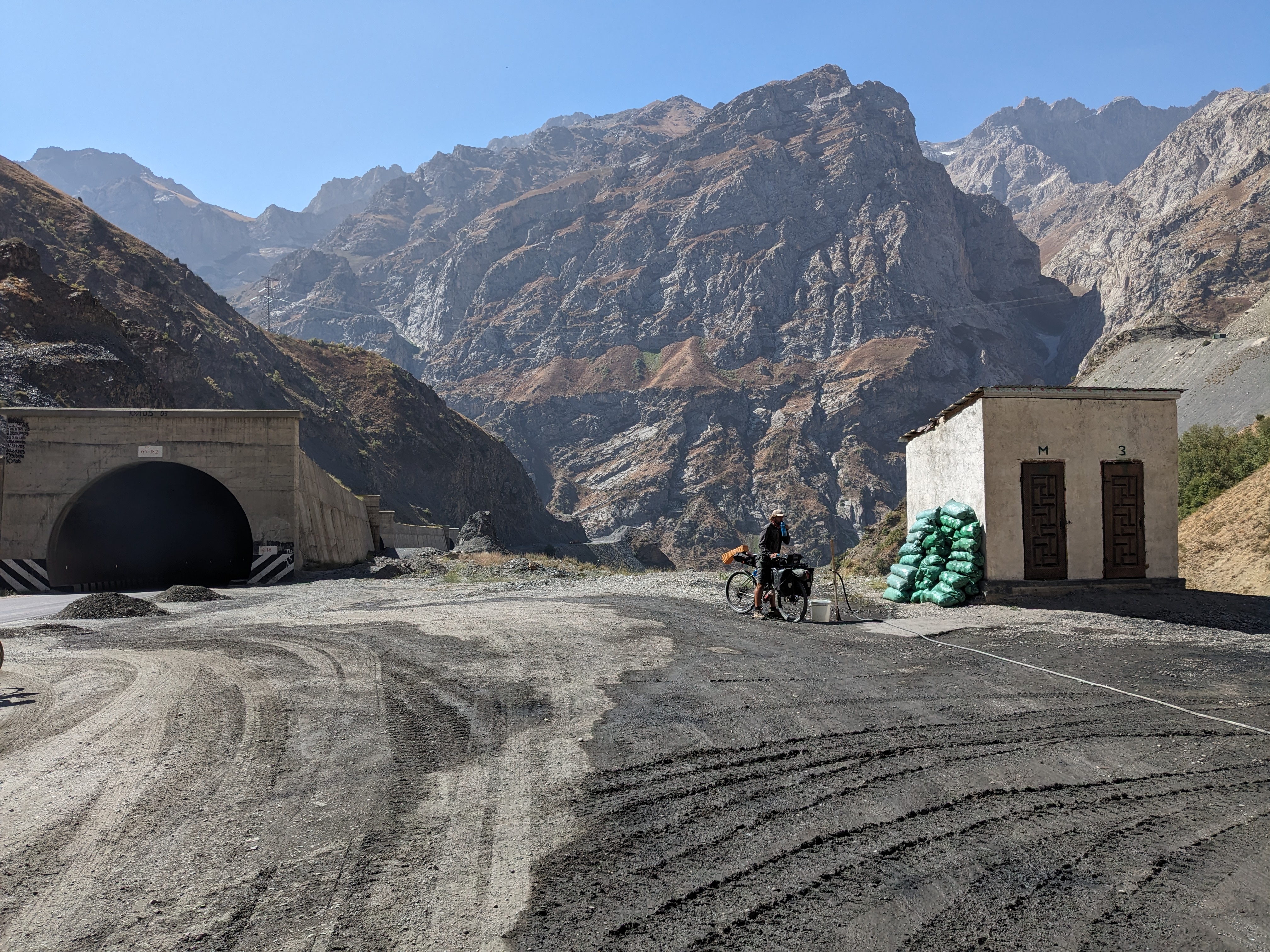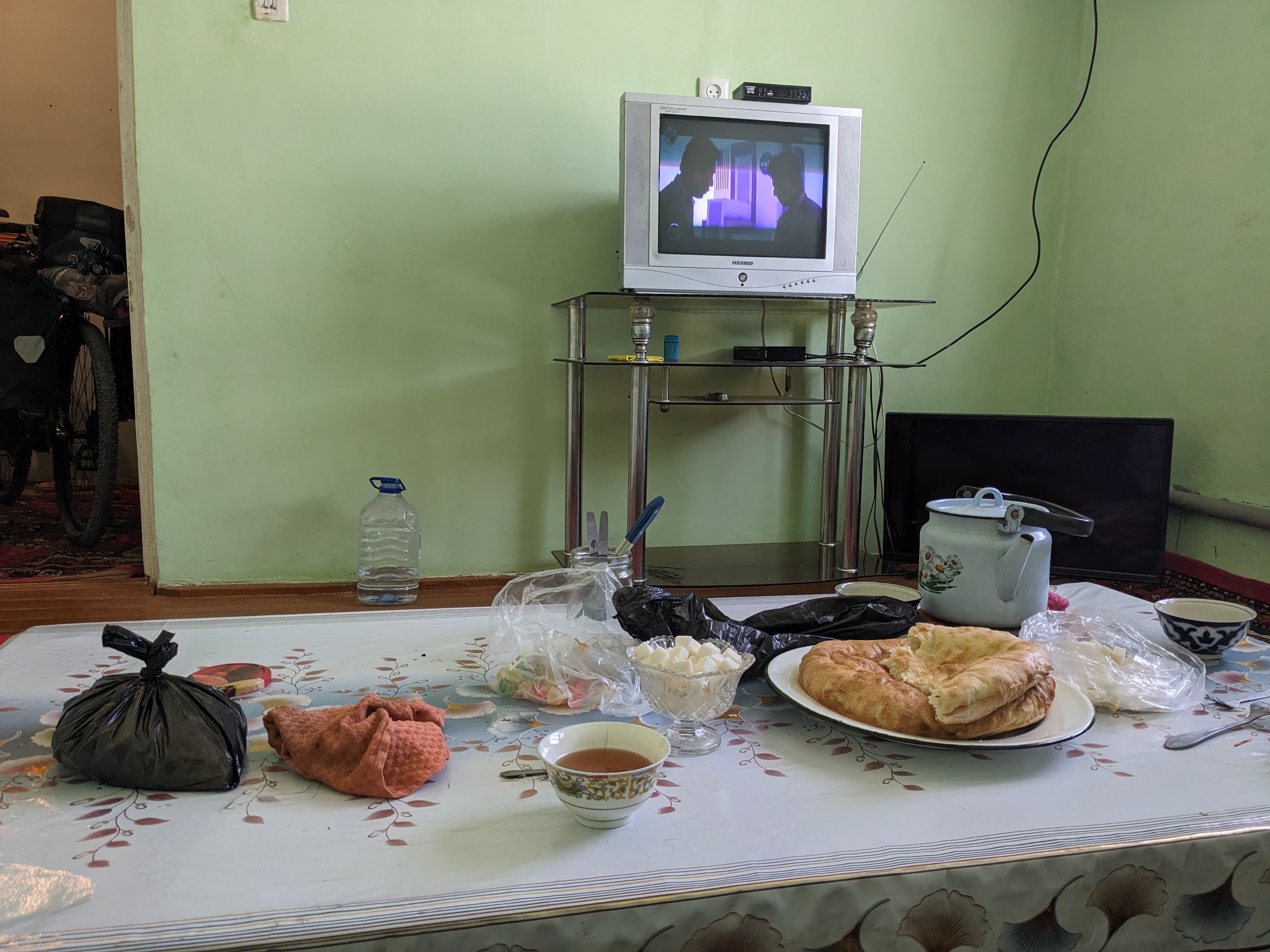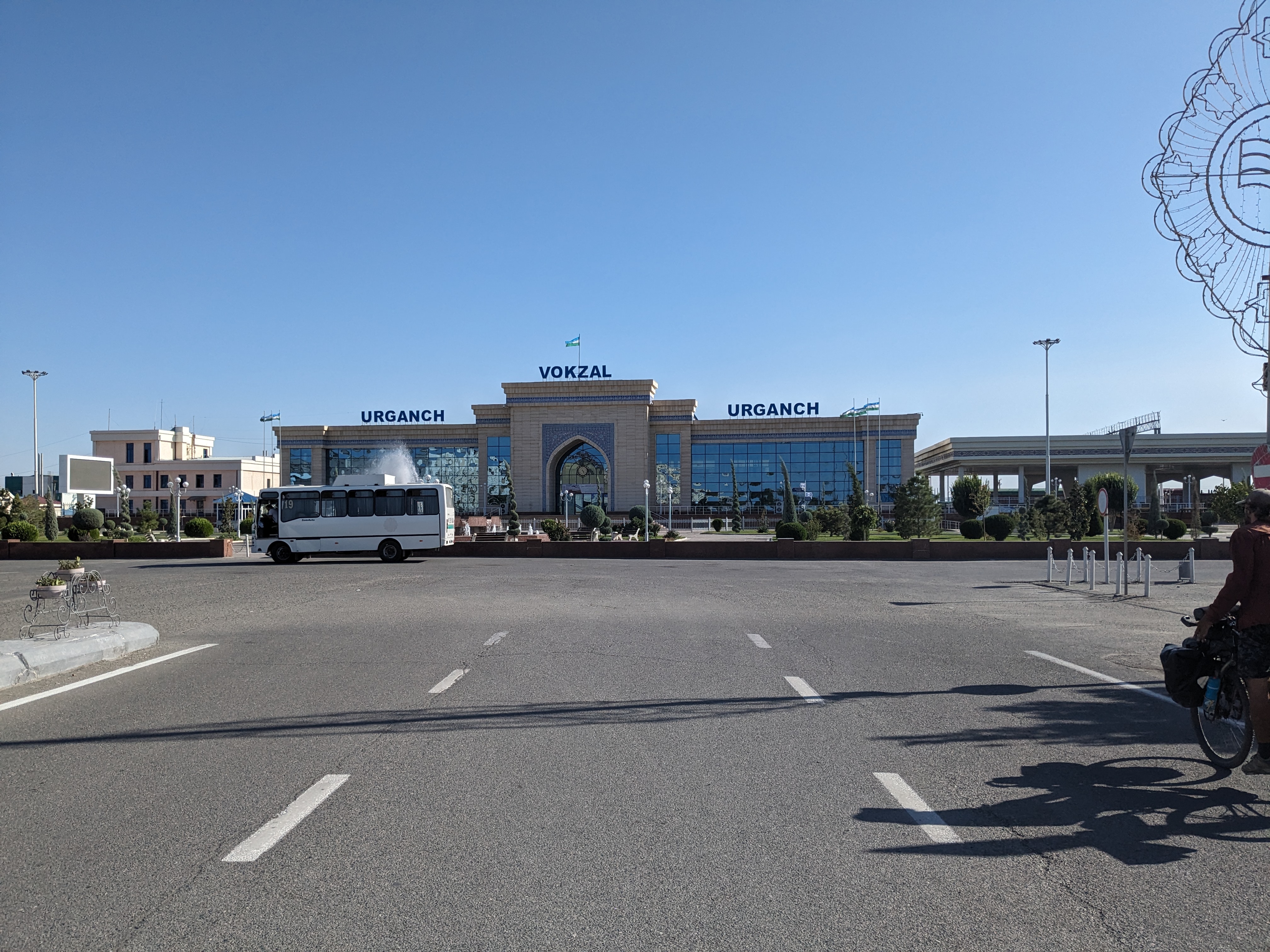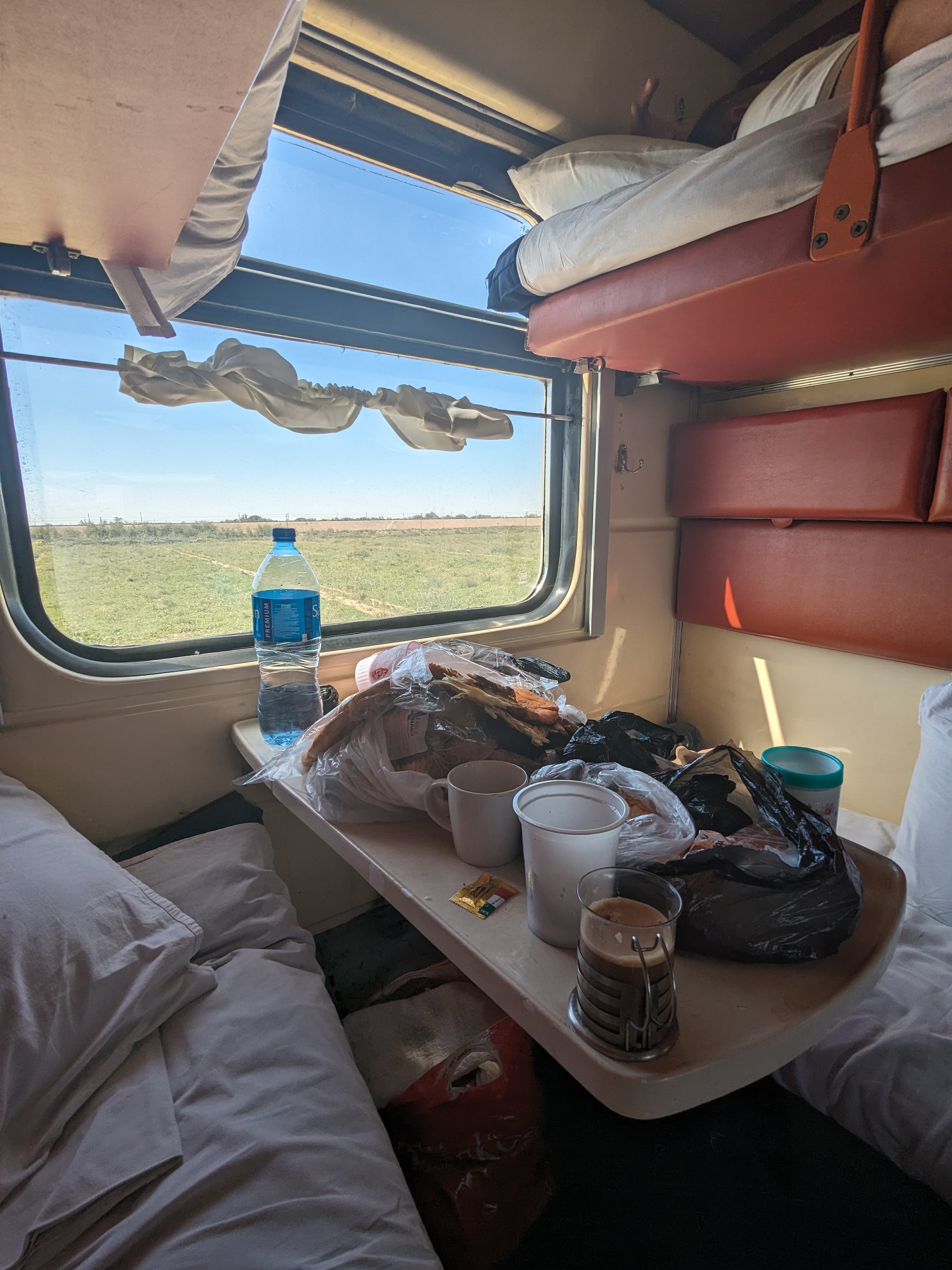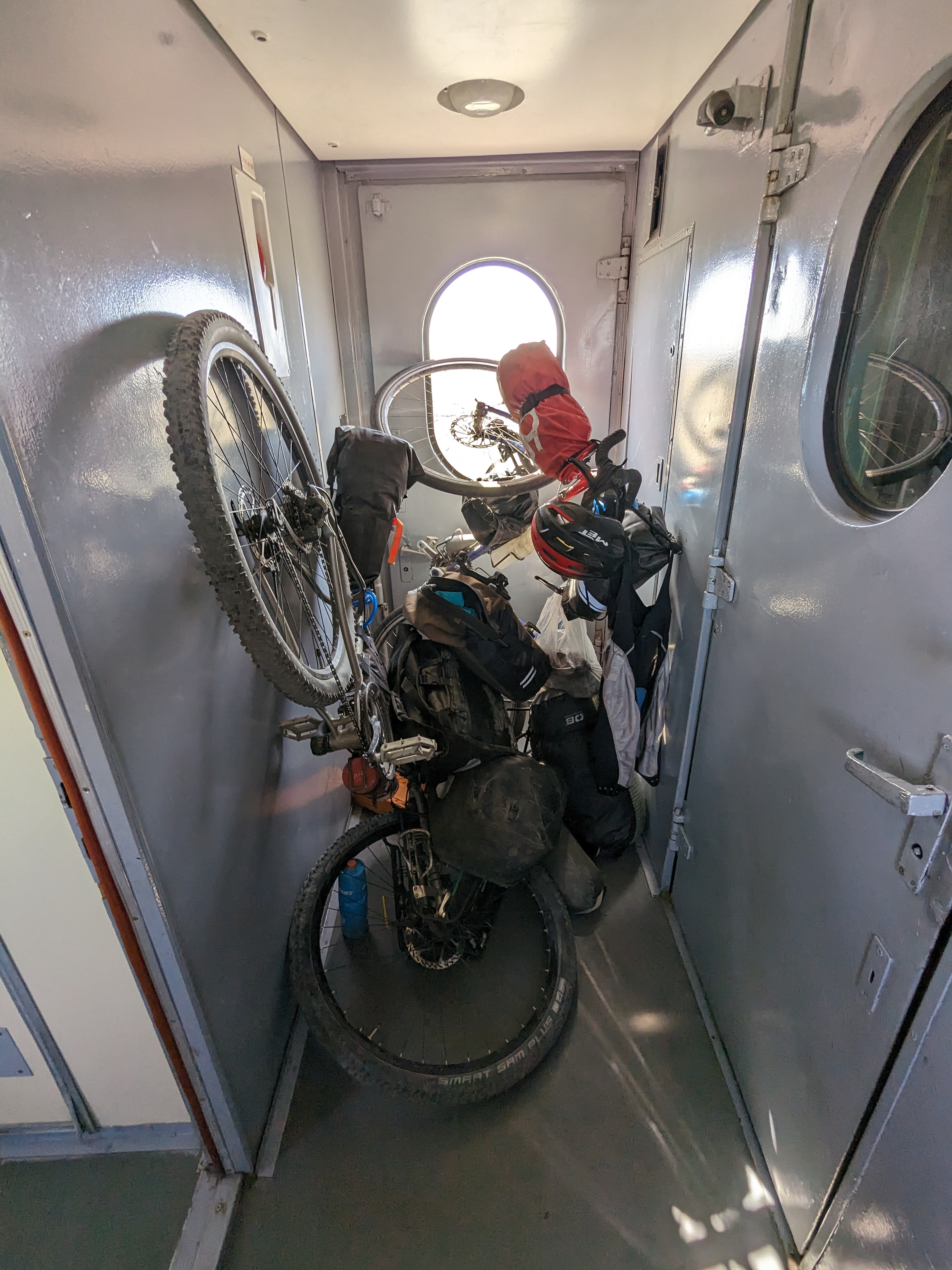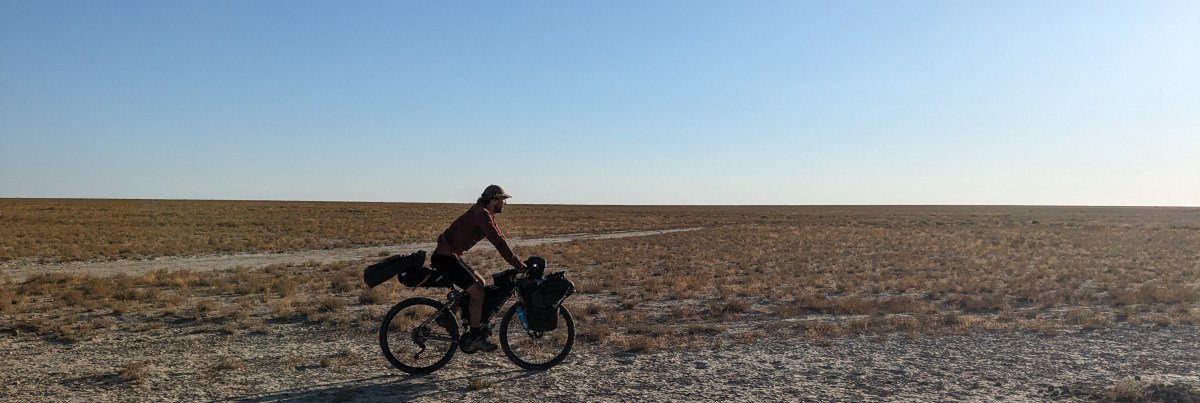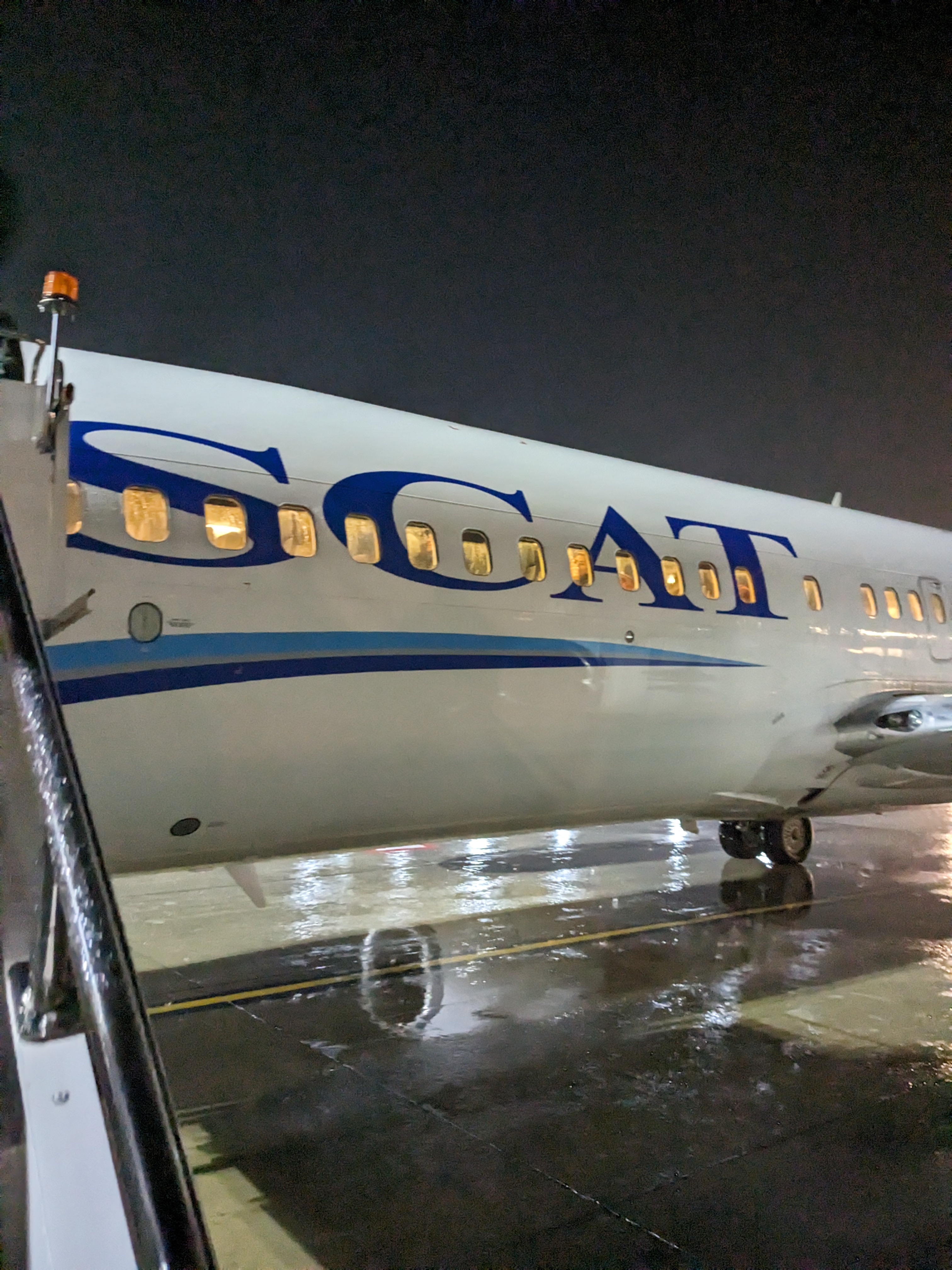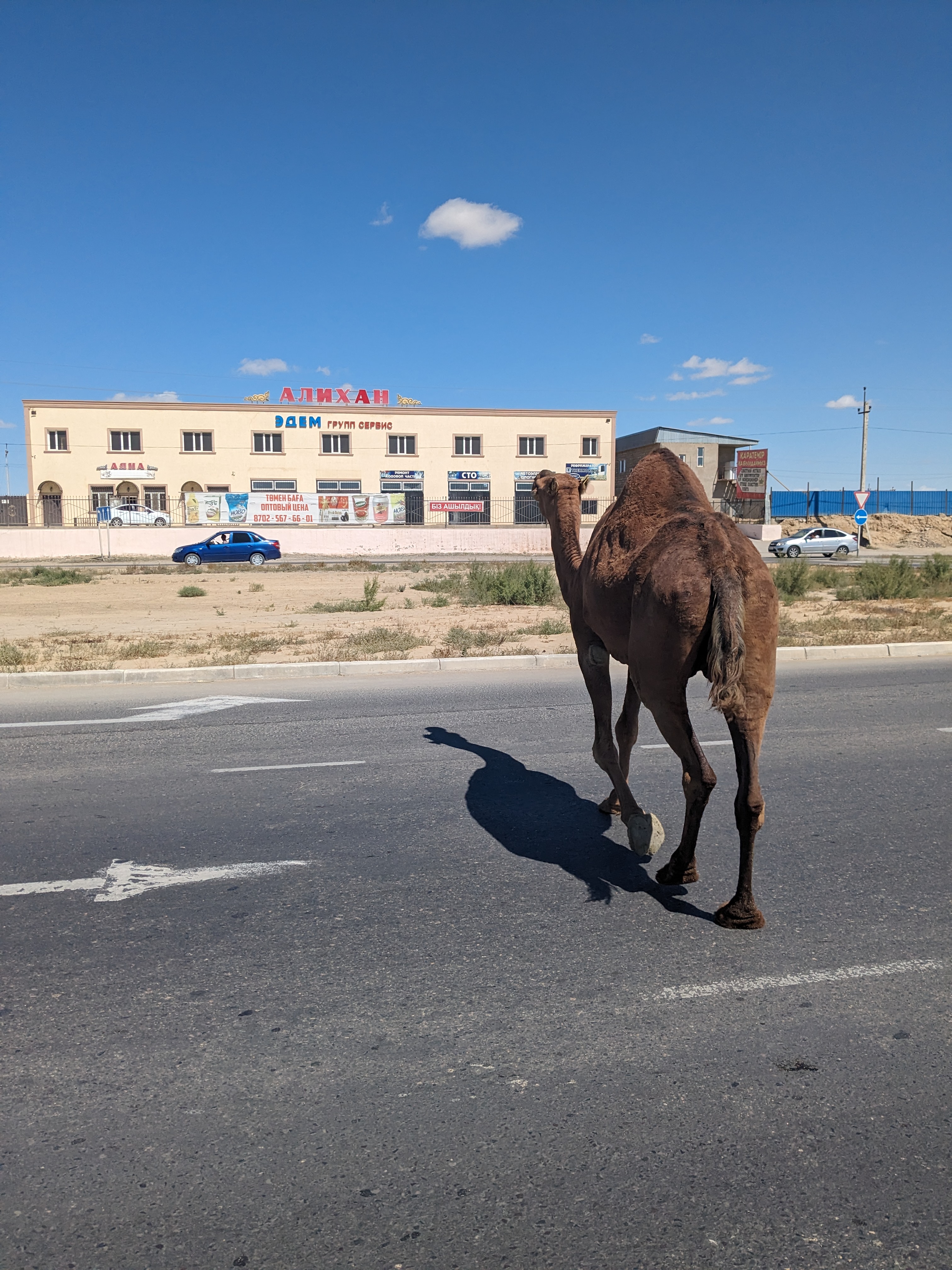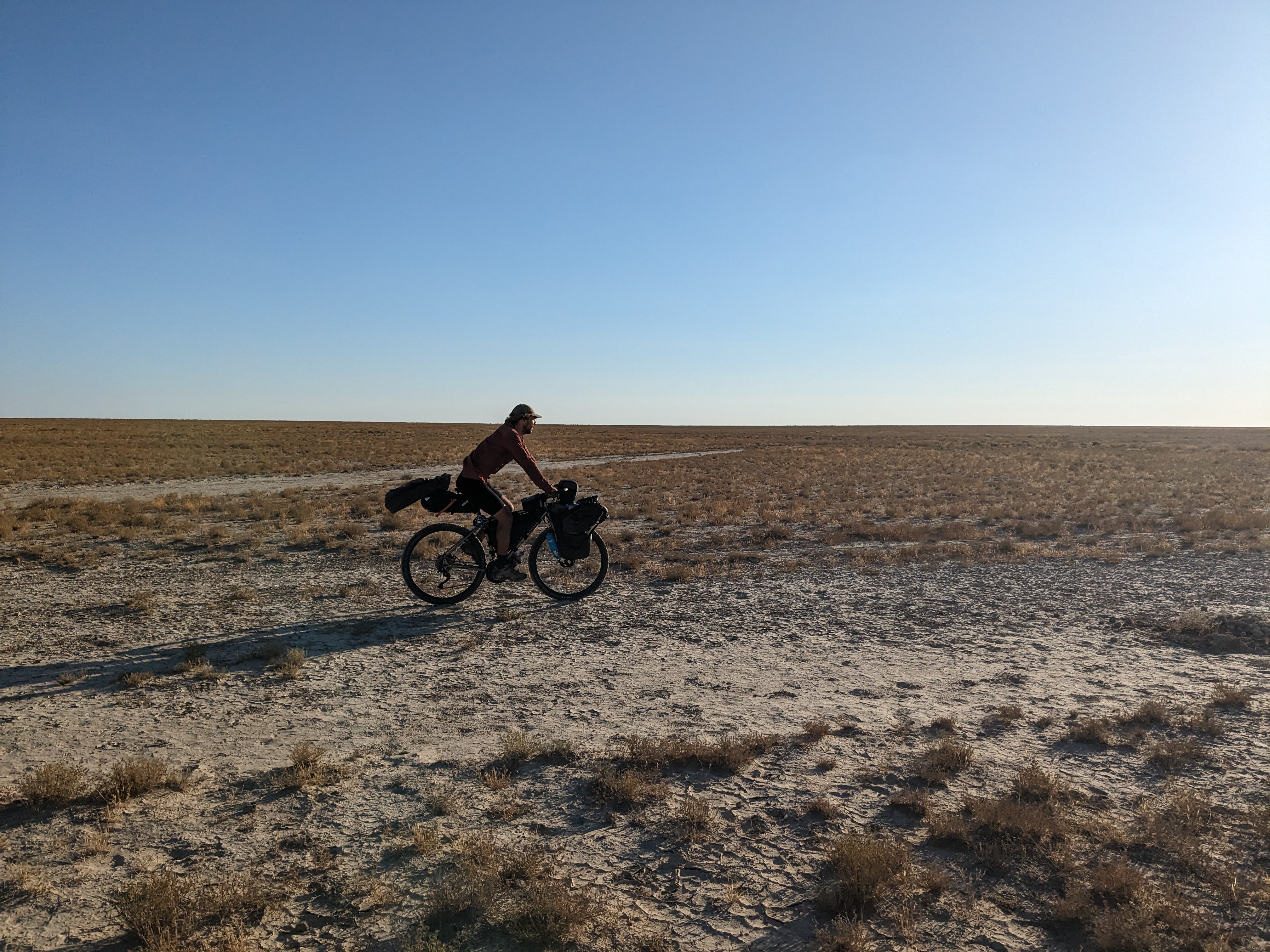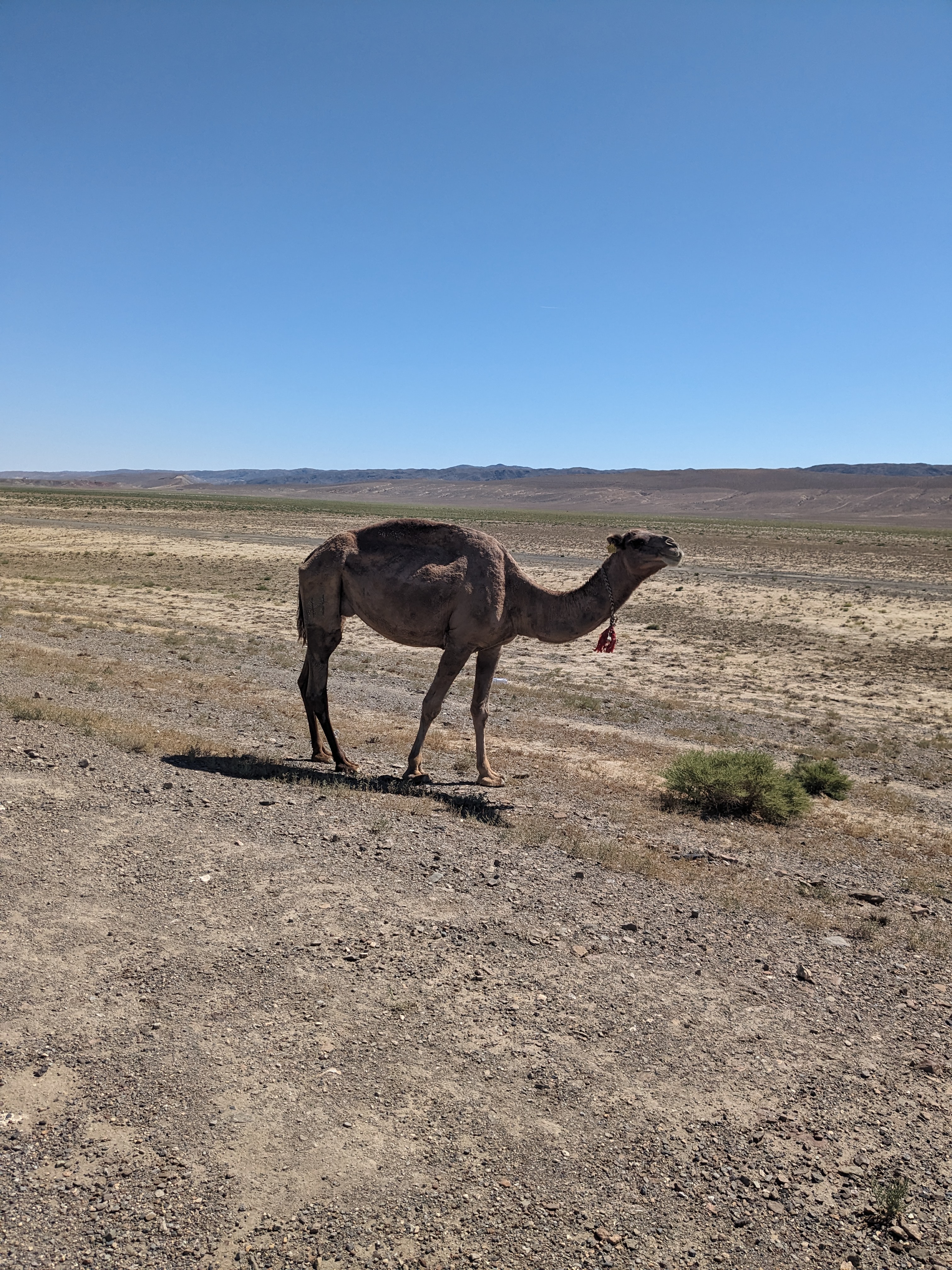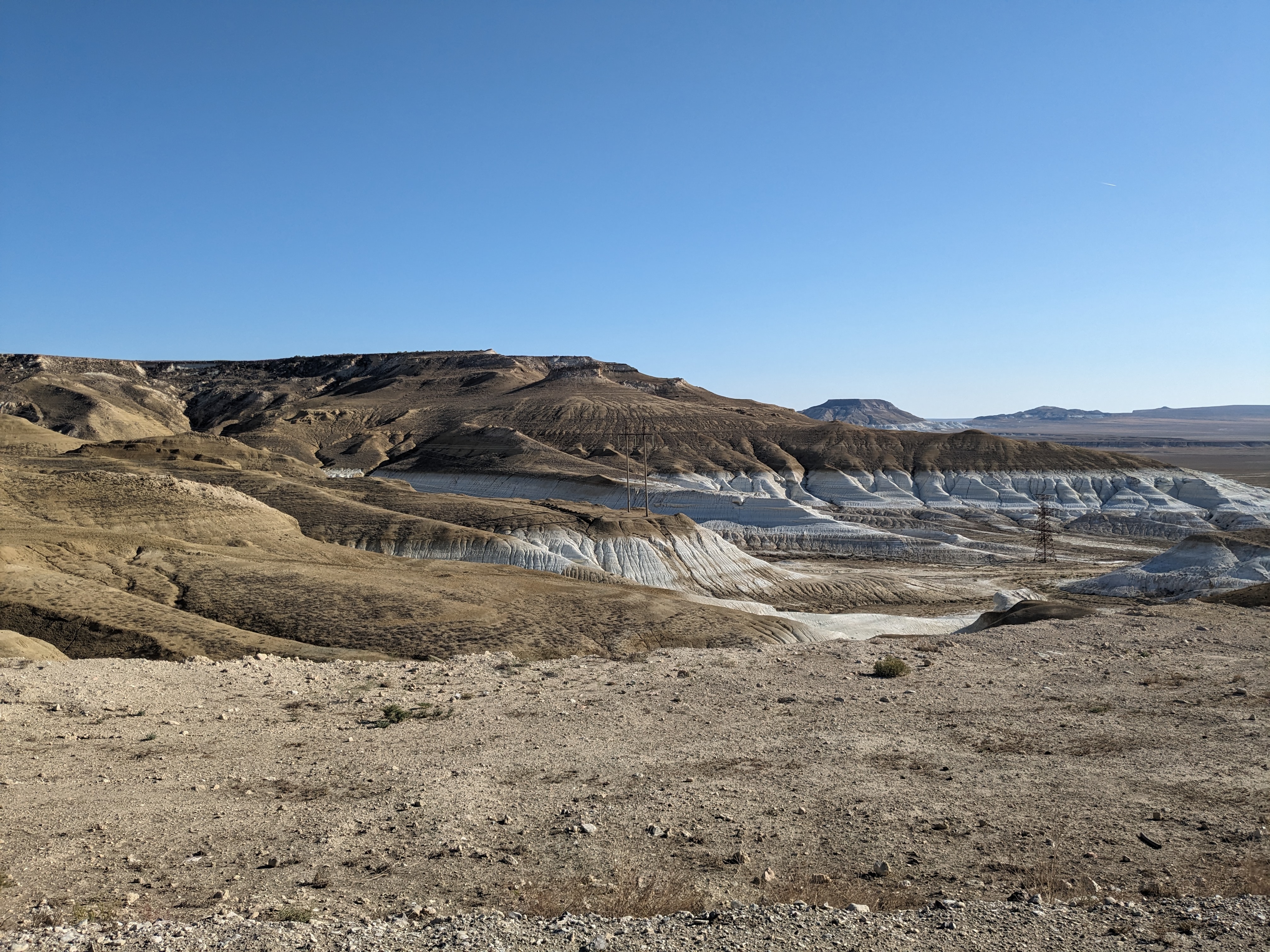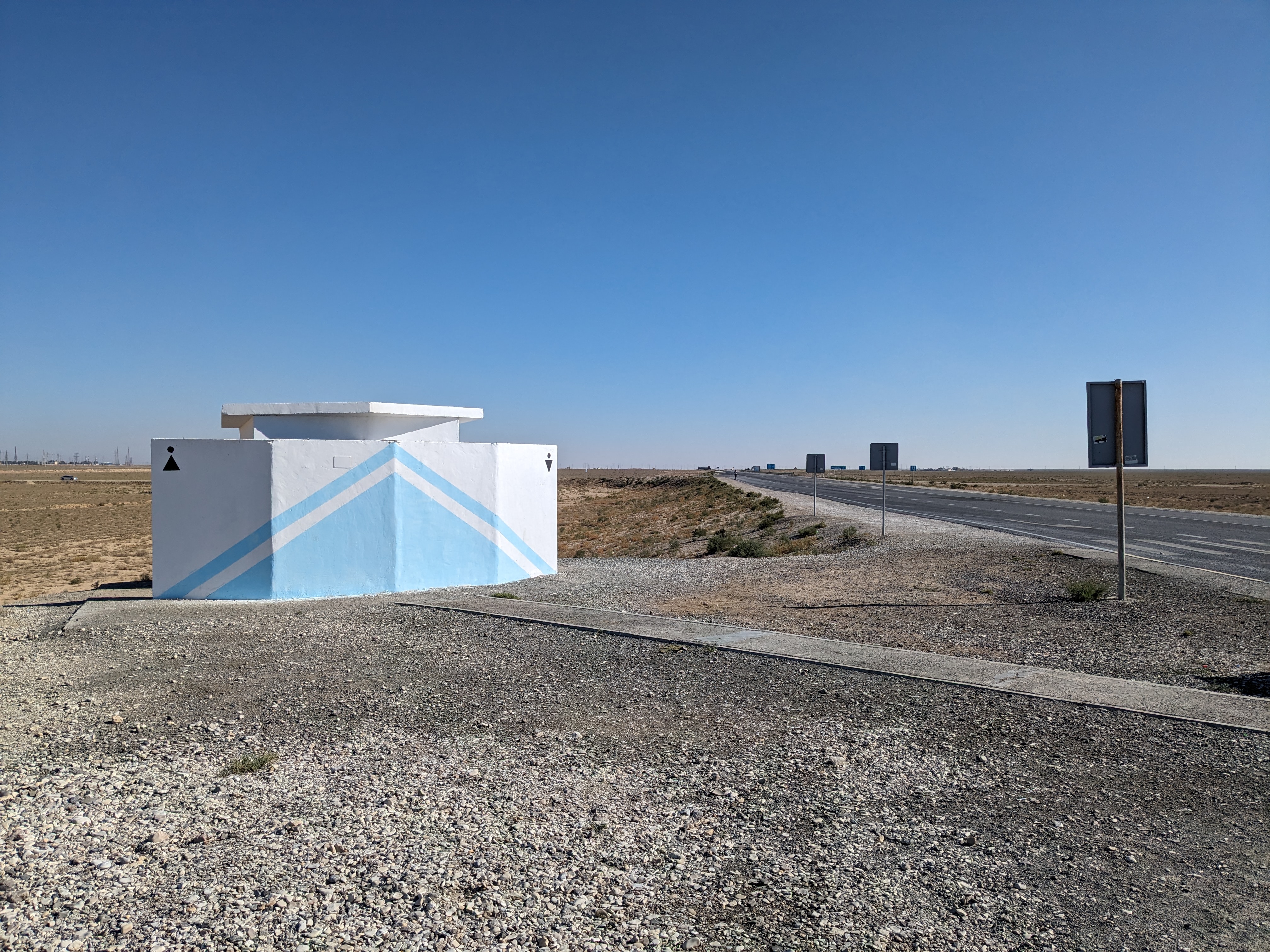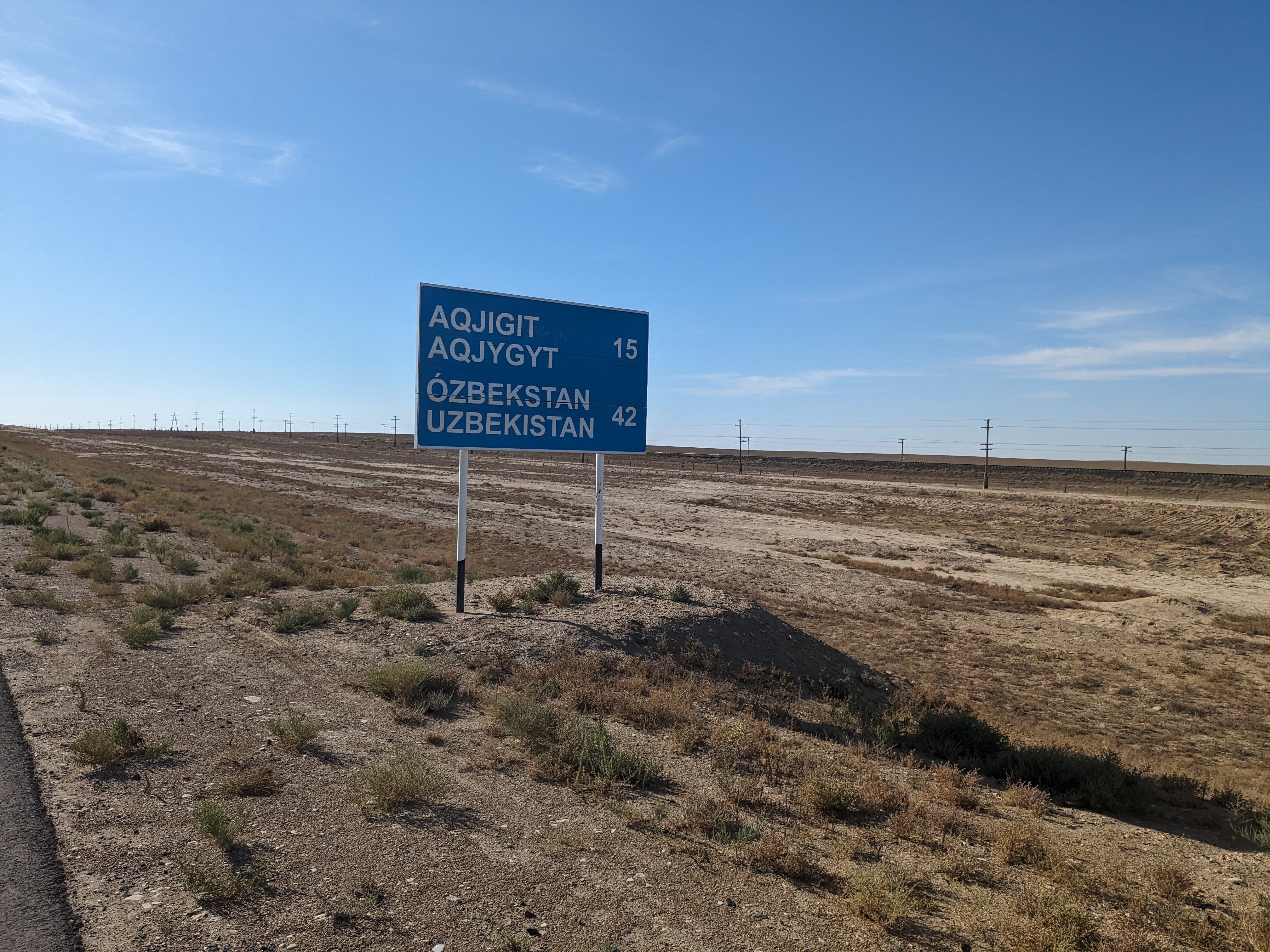Embarking on the next leg of my journey into the Pamir Mountains, I knew it would be the most challenging adventure yet. With treacherous roads, altitudes exceeding 4000m, and freezing nights, this segment had been looming as the ultimate challenge of my trip. Looking back, the last two months from Windsor to Dushanbe seemed like a preparation for this very moment, and I was excited to embrace the impending challenges.
The route from Dushanbe to Osh via the Pamir Highway is often hailed as the bikepacking mecca. Covering around 1400km through one of the world’s highest mountain ranges, it’s typically tackled in the middle of summer to avoid extreme cold at the higher altitudes. Departing Dushanbe on the 9th of September, we were acutely aware that we might have arrived late in the season, with concerns about plummeting temperatures as we ascended beyond 4000m.
Setting out with Joris, we faced a choice: the northern road or the southern route to the Pamir Mountains from Dushanbe. Recommendations at the hostel led us to the northern route, celebrated for its scenic beauty and tranquility, albeit with challenging road conditions. True to word, the route was breathtaking, but the rough road slowed our progress. Meanwhile, I grappled with illness, my diet dwindling to instant noodles, coke, fanta, and ice cream as I struggled to ingest anything else and was just trying to get some sugar in. After two grueling days, the physical strain became unbearable, prompting me to let Joris continue ahead while I took a day’s respite in solitude, hoping to regain my strength.
The following day, reenergised, I embarked on a demanding climb to 3200m through a quite barron landscape. I started to feel the altitude beyond 2500m, characterised by a slight pulsing headache. Eventually, I conquered the pass, greeted by a stunning yet precarious descent into the town of Kalaikhum. Here, I encountered my first military checkpoint—a daily occurrence henceforth—where displaying our passports and GBAO permit was all that was required to proceed however, they were always a nervous affair with unfriendly armed guards.
The quality of available food had rapidly declined since leaving Dushanbe. Bread, a staple, became scarce, while fresh produce was limited to eggs, onions, and garlic. Even tinned goods were often years past their expiration date. Consequently, we adjusted our meals to accommodate these limitations, mostly subsisting on egg fried rice, pasta with tomato paste, and plenty of the local Tajik biscuits which pretty much tasted like malted milks.
Continuing along the road paralleling the Afghanistan border, separated only by a river, was a sobering experience. On the Afghan side, we observed the locals living their lives, and even the Taliban and their flag and any crossing point. The valley was also strongly cloaked in dust, casting an unsettling atmosphere.
The first night, after choosing a camping spot, I was told to move by a Tajik army patrols. They explained I couldn’t camp in view of Afghanistan otherwise I may get shot during the night. I didn’t really see this as a possibility any more likely then being shot whilst stopped anytime during the day. Nevertheless, I relocated to behind an abandoned shepherd’s hut and subsequently, spent several nights in other creative concealed spots.
After the mountain pass, I was expecting better road conditions, however they never came. For 200km between Kalaikhum and the next town, Rushan, gravel and rugged terrain persisted. Roadwork was ongoing, involving controlled cliff face explosions, and often led to frustrating delays whilst the road was impassable, as I waited under the sun’s relentless gaze for often hours before they’d let traffic pass. This often had the added stress of hearing random explosions whilst cycling along, but I very quickly got used to it and felt safe cycling through this amazing landscape.
During one such delay, I was allowed to pass, but I struggled to navigate the rubble and gratefully accepted a construction worker’s assistance in transporting my bike in the diggers bucket.
Eventually, I caught up with Joris, who had been stalled for six hours due to road construction. His companionship was a welcome relief. Then, after three days of passing only sporadic villages, we reached Rushan and then Khorog—two larger towns, yet the food supply mirrored our recent experiences: out of date tinned goods and very little fresh food.
Opting for a hostel for a change of pace in Khorog, we looked forward to a warm shower and access to electricity and strong internet for very cheap as we chose to camp there. Our excitement was tempered when the entire town suffered a power outage around 7 pm but fortunately, power was restored during the night.
The next decision loomed—continue on the main road or explore the Wakhan Valley. Opting for the latter, we extended our journey by 200km but were rewarded with lush greenery and even the occasional apple or tomatoe in the shops. This area had very important significance 150 years ago, being the boundary between the Russia Empire to the north and the British Empire to the south but now it’s an incredibly peaceful place. An excursion involving a 500m climb up to the Bibi Fatima hot springs was a highlight, offering a warm wash under a fantastic waterfall.
After three days in the valley, the route took us back toward the main road. As we climbed, road conditions worsened with stretches of impassable deep sand and washboard roads. The altitude, exceeding 3500m, ushered in freezing nights. The relentless wind and cold temperatures after sunset at 7pm prompted early nights, with me forced to wear all my clothing and even use the emergency foil blankets as a safeguard against the cold.
The accent up to a peak of 4320m was relatively simple due to its low gradient however, we encountered difficulties in the descent, making very slow progress along the terrible roads. Nevertheless, the breathtaking scenery amid the high mountains offered consolation. Once we returned to the main road, thanks to a tailwind we made quick progress to our first town in 3 days—a welcome aid, given I’d run out of food!
With our supplies replenished, we made our camp near a locked-up shepherd’s hut, a clear sign that winter was approaching. Then, it was on to Murghab, the last town before the Kyrgyzstan border. Murghab felt like a place on the edge of the world, almost abandoned, with colossal gusts of sand sweeping through its empty streets. Our respite came in the form of a homestay, a unique arrangement where we stayed in a local’s home, enjoying both dinner and breakfast provided by our hosts. It was a much-needed break, complete with warm showers and a comfortable bed for the night.
Our journey took us deeper into the vast mountains, and we were fortunate to be joined by Jan, a 23-year-old German cyclist also on his way to Almaty. This leg of the trip proved arduous as we battled a relentless headwind. I also began struggling as the altitude increased, having the symptoms of what felt like the worst hangover ever—a constant, throbbing headache.
That evening, we made camp under a bridge at an elevation of 4300m, where the cold was bone-chilling. The following morning was no better; the biting cold persisted. After about 10 minutes of cycling, my gear cable snapped, which I suspected was due to the extreme cold. Although I replaced it, my bike continued to have shifting issues. I opted to choose a single rear gear and pressed on not wanting to be stopped for too long.
After crossing a pass exceeding 4600m, likely the highest point of my journey we descended along another afwul road. Our destination was the final town in Tajikistan, a place with only a tiny shop which we found with the help of the local children. We made camp near an abandoned wall, seeking shelter from the wind. However, the wall appeared unstable, and after we all stoked each other over the fear it may collapse in the night we decided to relocate.
The next day, our path led us into Kyrgyzstan. Officially, the border between Tajikistan and Kyrgyzstan has been closed since COVID-19. However, since July, tourists had been crossing with permission from the Kyrgyzstan Ministry of Tourism. Obtaining this permission simply required sending a WhatsApp message with a photo of our passports and intended crossing date to the tourism agency. Though many had succeeded using this method, some travelers had spent up to 24 hours camped at the border. Furthermore, we were hoping to cross on a Sunday which we’d been told was not a working day so approaching the border I was slightly apprehensive.
First, we cycled around Lake Karakul, marveling at its beauty, before cycling along the Chinese border marked by a fence that appeared to streach forever. We then conquered two mountain passes over 4200m, the latter marking the Tajik border which we were quickly let through with our passports stamped. Next, we had a 25km cycle down the mountain and through the no man’s land to arrive at the Kyrgyzstan border point. This was probably the most beautiful scenery of the trip cycling between snowy mountain peaks over 7000m.
The process aat the border was straightforward; our passport and WhatsApp message were scrutinized, and our possessions searched, a routine we had grown accustomed to at various border crossings. They always seem to go the same where you open a bag and say what’s inside of it whilst showing them the thing on top, then move onto the next bag. Finally, our passports were stamped, and we crossed into Kyrgyzstan the whole process taking about an hour.
Kyrgyzstan greeted us with a change in landscape: lush green plains with the mountains as a distant backdrop. About 100m from the road, we pitched our tents by a dried-up riverbed enjoying a warm evening and amazing sunset.
In the ensuing days, we cycled toward Osh, mostly descending through valleys with a couple mountain passes to contend with a couple mountain passes to contend with. Arriving in Osh, I opted for a hostel for some much-needed recuperation feeling quite burnt out.
The cycling hasn’t been too challenging with gradual gradients most of the time and the option to just stop for the night if it gets too much, however the experience had proven far more demanding than I anticipated. The challenges included the scarcity of good food, the biting cold from evening to morning, and the mental fatigue from struggling along the bad roads.
After taking a day to reflect on my experience through writing this, it was definitely type two fun and an amazing adventure. The last two and a half weeks have flown by and the feeling now having conquered the Pamir Highway is ecstatic. It will be hard to find the next bigger challenge in the future but I can relax in the knowledge for the rest of my trip nothing will come close to being as difficult.



